See CALL TO ACTIVISM Page 131


See CALL TO ACTIVISM Page 131

CELEBRATING THE MAGIC CONNECTION BETWEEN BOYS AND THEIR DOGS IN THE 19TH CENTURY 1866 - 1900
in collaboration with HUMANTIFIC
Rare Cabinet Card Photography

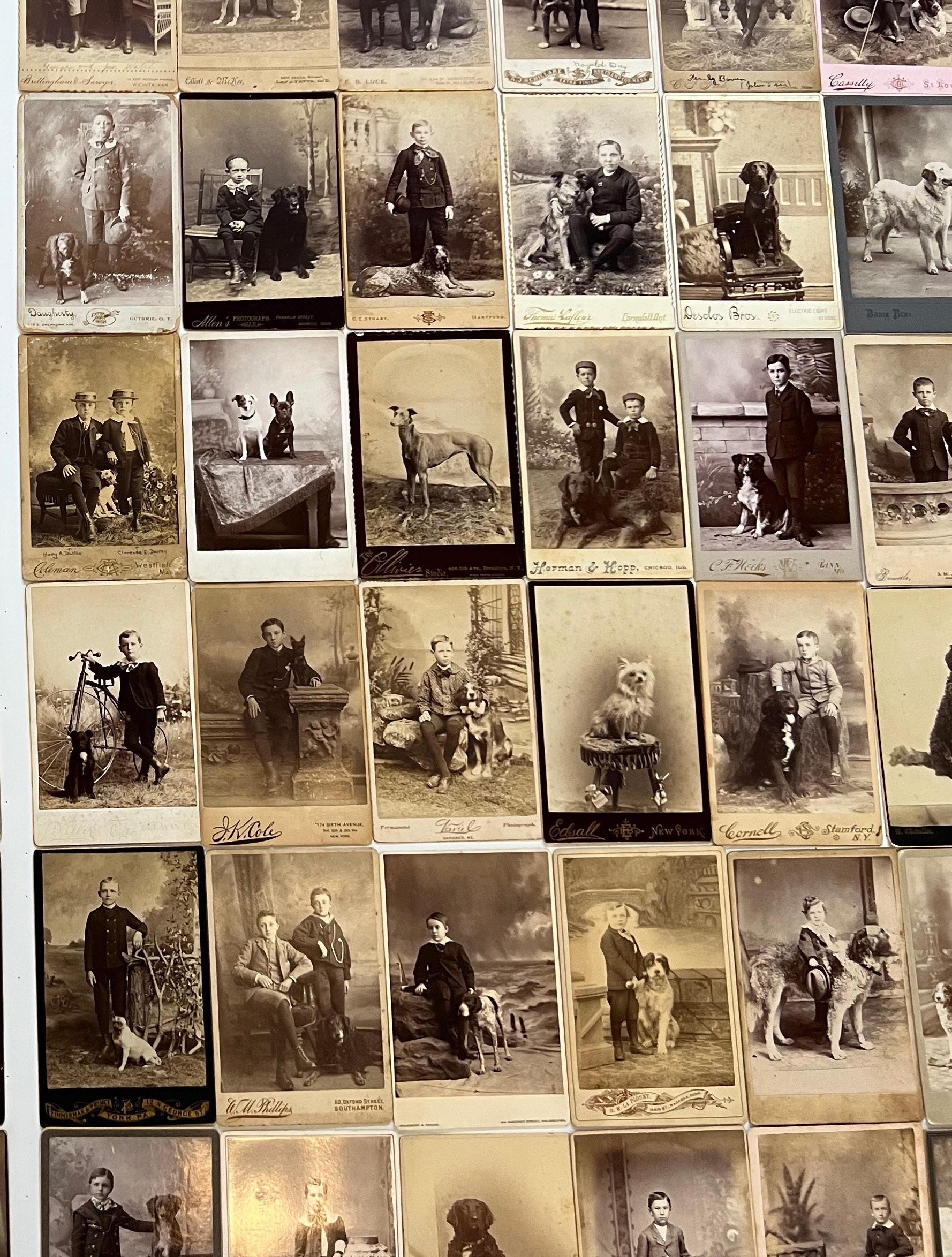
CELEBRATING THE MAGIC CONNECTION BETWEEN BOYS AND THEIR DOGS IN THE 19TH CENTURY
1866 - 1900
in collaboration with HUMANTIFIC
Rare Cabinet Card Photography
CELEBRATING THE MAGIC CONNECTION BETWEEN BOYS AND THEIR DOGS IN THE 19TH CENTURY
1866 - 1900
in collaboration with HUMANTIFIC
Rare Cabinet Card Photography

CELEBRATING THE MAGIC CONNECTION BETWEEN BOYS AND THEIR DOGS IN THE 19TH CENTURY 1866 - 1900
EMERSON COOPER in collaboration with HUMANTIFIC
First USA Edition
Copyright © 2024
AUTHOR/CURATOR/COLLECTOR: Emerson Cooper
CONCEPT: Emerson Cooper, HUMANTIFIC
BOOK DESIGN: HUMANTIFIC: Jorge Garcia Pfretzscher, Elizabeth Pastor
DIAGRAMS: HUMANTIFIC
RESEARCH: HUMANTIFIC
COPYEDITING: Cathleen McGuire
Al rights reserved. No part of this book may be reproduced in any manner whatsoever without permission from the author
Published by HUMANTIFIC Press Limited
526 W 26th Street, 515 New York, NY 10011
www.Humantific.com
Library of Congress cataloguing-in-publication data has been applied for ISBN 1-000000-000-0
Printed in TBD by TBD
This is a book about time passing as much as it is about boys and their dogs.
Welcome readers. You are holding in your hands a special book that will hopefully entertain, inform, and inspire you.
At the heart of this book—several years in the making—is artist Emerson Cooper’s beautiful and unique collection of 19th century cabinet card photographs. It’s a dog lover’s extravaganza, containing 200+ dogs and three cats!
This is unique material that mirrors the deeply reflective spirit of the reclusive artist himself. While the photos are the star of the show, speaking volumes on their own, we wanted to enrich readers’ experience by weaving into the mix numerous explanatory diagrams that help provide a deeper field of additional information related to cabinet card photography and the fleeting era in which it resided.
We were lucky and thankful that Emerson was agreeable to not only provide access to his amazing archive, but to collaborately engage in creating an underlying purpose for this book beyond historical photograph-sharing. As visual sensemakers we love to work with rare, exceptional content that can become the creative foundation for inspiring various forms of positive change, small or large in this complex world full of messy challenges that we all live in today.
Emerson brought an avalanche of ideas that turbo-charged our own thinking around possibilities for activating this vintage photo collection in contemporary ways. “Let’s also do an exhibition to raise money for dog shelters” was among the many ideas that Emerson brought to the table.
In visual explanation form this book provides a glimpse not only into the enduring special relationship between 19th century children and their beloved pet friends, an incredibly inventive era in American history. By design there is also a call to action.
The purpose of this book, agreed upon among its enthusiastic collaborators, is not only to provide a historical record, but to inform and inspire various forms of community action around a set of animal-related challenges that are near and dear to us.
We hope you enjoy this book. If you get inspired to engage in some form of contributory participation, even better. Past, present, and future dogs (and cats) will thank you.
Elizabeth Pastor & GK VanPatter CoFounders HUMANTIFIC for GOOD SenseMaking for ChangeMaking New York
In this specialized Beloved Eternity collection there are numerous minority group boys represented, but of course we wish there were more.
If it was possible to travel back to that period in American history we would like to make sure this aspect of photography was done differently and for all kids.
If we could time travel back to 1866 as modern-day problem framers and problem solvers there is one particular problem that we would like to fix: Diversity and inclusion. It becomes clear to any collector of 19th century photography that not everyone in the period was photographed as part of everyday life.
The cabinet card era represents a significant step towards the mainstream popularity of photography in the United States but there was still a ways to go before we all got there. After ten plus years of widely scouring flea markets, and the internet, very few 19th century cabinet card portraits of African American boys with their pet dogs were found. When we looked at other books and other 19th century photo collections as part of our research, we found this historical absence to be startlingly common in that period. Of the books we looked closely at, including one from a recent museum exhibition of general 19th century cabinet cards, totally 509 images, only 5 were found to contain black persons.
In this specialized Beloved Eternity collection there are numerous minority group boys represented, but of course we wish there were more. If it was possible to travel back to that period in American history we would like to make sure this aspect of photography was done differently and for all kids. If only that were possible.
Instead what we are left with is the idea of pointing this out in the present in hope that such inclusion is happening today, in hope that this book might inspire more portraits in that direction for a future book. Since none of us are time travelers it is a problematic that we can all play a role in helping to address in the present.
Boys and girls and their favorite friend dogs are now and will hopefully always be universal positive energy to all of us.
Truth be told, I’m not sure I can fully convey here the many connecting levels that I found and made across the collection. Some are very personal. Some took me a long time to figure out.
There was a sense of togetherness brewing as the collection grew.
In a world where more than three billion images are posted online every day, you might wonder what possible importance this relatively small collection of 200+ 19th century portrait photographs might have. Over the course of ten-plus years building this collection, I wondered this a few times myself. I have found it to be true that it is not always clear where one is going, or why, at the outset of building a collection.
Often beginning as an intuitive act, I believe it is highly probable that many collectors begin building collections without really understanding any possible underlying meaning, significance, or patterns. It is only later when the collection begins to take shape that the collector looks upon it and sees a reflection on many things, possibly including their own self.
For me, such insights began to happen several years ago after I was lucky enough to visit the studio and massive photography collection of Dr. Stanley Burns here in New York City. I had numerous “aha” moments that day. Perhaps the most significant was seeing several books in progress in his studio using miniature printed versions of each image.
It was such a simple thing, but it stuck with me. Seeing the photos posted up on a board all together in one place in a way that they could be viewed as a whole helped me understand not only the potential of my own collection, but a way forward for this book.
Subsequently, in my small studio I had an assembly of tiny images up for a prolonged period of time as the collection seen in this book slowly grew. Much was considered and learned by gazing upon that assembled whole as a work in progress.
It seems clear that out of the millions of cabinet-card photos made during the thirty-plus-year period between 1866 to 1900, a small fraction of the photos were portraits of boys with their dogs. Unfortunately, many of the images seen in this book (found in flea markets and elsewhere) long ago became detached from their identities, families, and stories.
Scouring the New York City fleas as part of my Saturday-in-the-city routine, I understood these images had gotten lost in the big world. It was during that gathering time that it occurred to me there was a sense of reconstituted family brewing as the collection grew. The now-found images were arriving in a new, imaginary, community with others who had also been lost. That’s the way I thought about it during the gathering period. This book is that community.
As this part of the story suggests, entangled in the mix of any collection is always what the collector has experienced and is experiencing in their own life.
In the last few years as I have gotten older, I have begun to notice what could best be expressed as “time.” In my early life I had not paid much attention to it, but then all of a sudden grasping time—and how much had passed—began to pop into my mind on a regular basis.
I began to see that time and the passing of it was deeply embedded in this collection. All else that we see in it is built on that underlying foundation. This is a book about time passing as much as it is about boys and dogs.
A collection like this contains many emotional images in which there is an understanding on the viewer’s part that the subjects captured in the photos— the boys and dogs—are all long gone. Likewise, many things seen in the timeline that occurred in the boys’ lifetimes are gone, while some remain in constantly evolving states. For me, that long-gone dynamic creates a specific type of energy in the photos that is difficult to describe in words.
Truth be told, I’m not sure I can fully convey here the many connecting levels that I found and made across the collection. Some are very personal. Some took me a long time to figure out. The mind it seems works in complex, nonlinear ways.
Of course, when working on a book the overarching connections are always somewhere in one’s thoughts. As the book begins to take form and you embark on that creative journey, you stumble upon ideas, read things, and make connections along the way.
One day, I saw a story in the news about a man who made it his hobby to visit a nearby graveyard to clean the older stones after he noticed that most of the folks buried there were forgotten after several generations had passed. The notion that many of us will eventually be forgotten a few generations from now stuck with me, although I really did not know what to do with it at the time. I collected up that notion.
Another day, months later, I found a postcard in a box. It read: “It is here only for a short time and then it is gone.” That fragment of thought likewise stuck with me.
An old friend sent me an article describing a man who took his beloved dog on a retreat in the final days of the dog’s life. Again, a snippet embedded itself in my consciousness.
For me, portrait photography has a sacred kind of presence. As far as I know, none of the boys or dogs seen in this book were famous, but to me this does not diminish their power. It is no secret that some of the photographers had great skill, while others not so much. Regardless, in these photos we see the boys as individuals, most often standing, accompanied by, sometimes holding onto,
I began to see that time and the passing of it was deeply embedded in this collection.
There is one last thing that I should tell you in this introduction before I go.
their beloved animal friends.
Of course, we have no way of knowing what exactly was happening in their lives, what was going on in their families at home at that time. Looking at their faces, seeing their body language and that of the dogs, we can only guess. These were boys facing whatever triumphs and difficulties nineteenth-century life was sending in their direction. For reasons lost in time, some of the dogs appear to be rather fortifying, if not protective.
The boys donning their finest attire for their visit to the photo studio would have been typical at that time, while bringing their dog along was atypical and quite creative.
Regardless of various attire imperfections, the boys and dogs showed up and whatever they looked like on that particular day, theatrical or not, was captured for eternity. Most look brave and hopeful, not perfect. It was in that fortified, imperfect standing that I could see a connection to my own early life.
All that and probably more became loosely sewn together in this book. The threads are all there, whether they are visible or not.
There is one last thing that I should tell you in this introduction before I go. It is something that crept up on me really, but upon reflection belongs here.
I guess many of us have in our lives experienced a “Rosebud” moment or two. I certainly have had that experience, rather like a doorway appearing suddenly that you then find yourself, without warning, on the other side of.
One night recently as this book was underway, I was lying in bed reading and into my mind popped a sequence of events I had not consciously thought about for a long time. It was a little time-capsule “Rosebud” memory.
I remembered a winter day years ago when I was around the same age as the boys in the photos, I had taken my sweet, new, black-and-white puppy, Bandit, out for a walk in the snow. Off the leash, enjoying himself, he was suddenly struck by a car and passed away. It happened in a few seconds of time right in front of me. I remember it shocked me deeply. One moment we were in one place, and a few seconds later in quite another.
The instant loss of innocence for me and my little dog was world-shattering. I probably aged ten years that day. It was a slice of time that I wished I could get back, but could not. Those ten minutes and that day still bring tears to my eyes. Of course, I survived and subsequently years later had another dog, Echo, but that winter day most certainly stuck with me.
I never thought about the connection between this collection, this book, and that winter day until that recent reflective evening. That realization took a long time to land, but there it was.
If I think about all the threads and connections in this book, perhaps the most important one is the realization that although the cabinet-card photography era ended—with those days now long gone—the dynamic between boys and dogs survives and resonates with many. That’s the good news, but there remains work to be done.
This brings me to the underlying purpose of this book aided and so much better expressed by my Humantific friends: It is not just to share history, but hopefully to inspire an expansion of appreciation for our dog and cat friends. The suggestion just made so much sense to me.
If you are inspired by this book, you can find a few participatory suggestions in the last few pages. Your voice is needed.
I learned a lot doing this book project. Above all, it has been a big reminder to me that our time here on planet earth is short, and we should do our best to make good use of it. I have made a promise to myself to be mindful of this every day. I know that clock is ticking.
In closing, this advice from Buddha stuck with me as well.
“The trouble is, you think you have time.”
This book is dedicated to the beautiful spirit of Bandit, my first dog, and to every dog lost and/or found not appearing in this collection.
Big love to all.
Emerson Cooper
Your voice is needed. . .


1900
This is not intended to be a history of photography book, but if we were to imagine ourselves to be time travelers able to jump back in time and land near the Flatiron building in New York City before the turn of the century, we might notice that the theatre in all of its murky, cloaked, creative power was very popular at that time.
That popularity coincided with the arrival of the larger cabinet card photography format which, unlike its predecessor, the cardede-viste, enabled a much broader stage and with it many more creative possibilities — the likes of which had not been seen before.
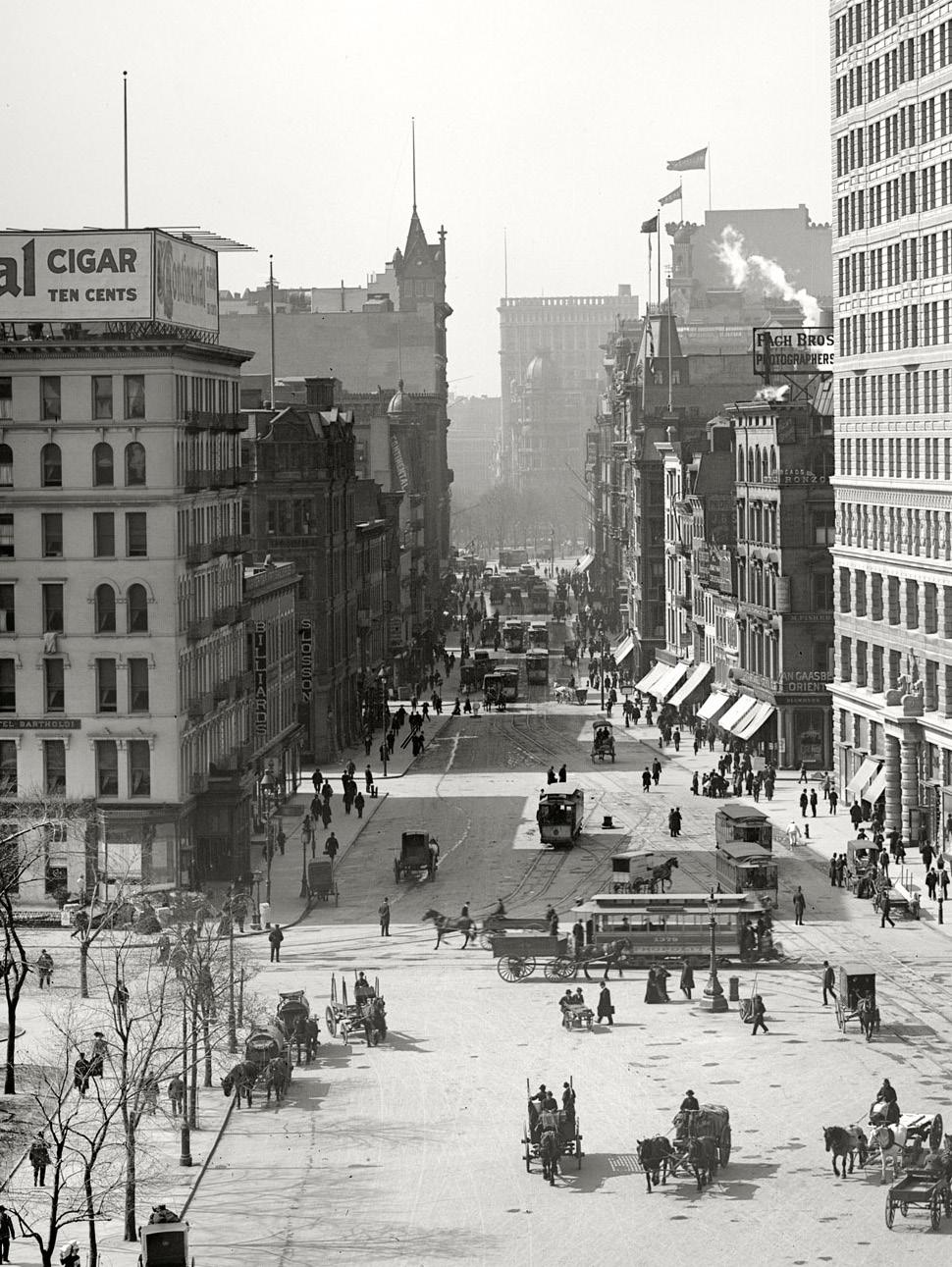
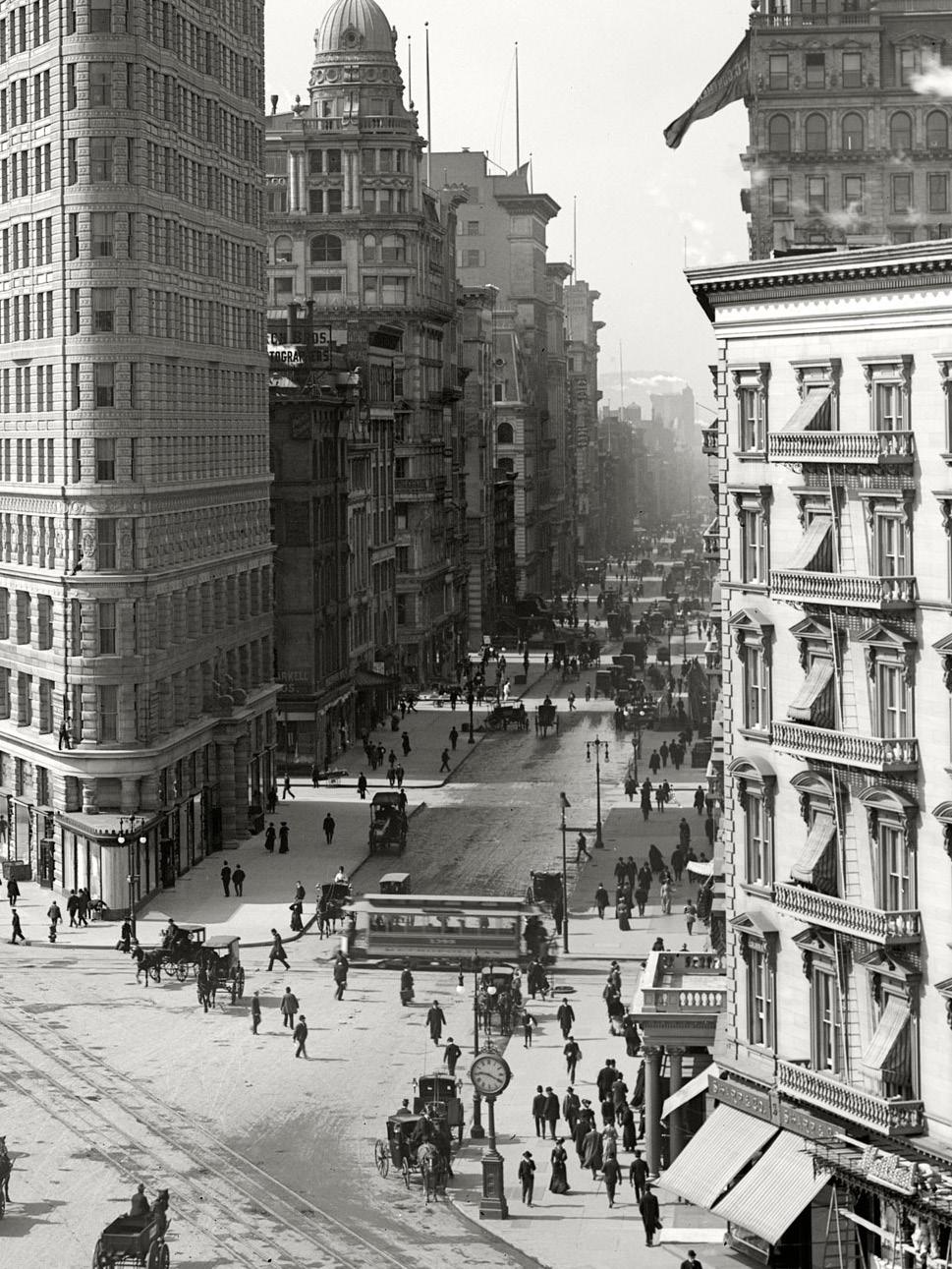
Cabinet Cards in Historical Context
Cabinet Cards in Historical Context
Daguerreotype 1840-1864
Tintype 1856-1900
Shot by Pro
Shot by Amateur
A Pro in the cabinet card era meant a person who knew how to operate the large box camera, not necessarily a skilled person with formal compositional training. Some studios had both sets of skills, some did not. is book is focused here
Cabinet Cards (USA) 1866-1900
Ambrotype 1855-1865
Carte de Visite 1860-1890
Eastman Kodak Brownie 1900-
Cabinet Card photos, known as albumen prints, were typically mounted on card stock, 4 1/4” x 6 1/2”.
Popular from the mid-1860s to the turn of the century, cabinet card photographs provide a window into what is sometimes referred to as the Golden Age of Photographic Portraiture in America.
These photographs played an important role in documenting what families, adults, children, dogs, and cats looked like during that threedecade period before the turn of the century.
In cabinet card photography, both the camera and the paper were evolving technologies, moving the world towards the mass availability of photography as a form of knowledge and information sharing.
Cabinet Cards were superseded by advancing photography technology and the demands of an increasingly mobile American society.
It was the last era of photography before the camera became small and mobile enough to move outside, changing the world forever.
The cabinet card images in this book represent a 34-year moment, frozen in time, for us to reflect upon, appreciate, and enjoy.
Among the most noticeable characteristics of these cabinet card photographs is that they were all taken indoors in constructed settings with faux painted backdrops, sometimes depicted as outdoors. Camera technology evolved over the thirty-plus-year cabinet card era, but remained rather large and not easily mobile. In those days you went to where the camera was. ousands of small photo studios existed across the country as photography became more popular and accessable.
1900-today
At the turn of the century, Kodak introduced the hand-held Brownie box camera. It was revolutionary in that the camera, smaller and mobile, began going to where the action was. In that moment photography and the world changed forever. In many ways we are still in that moment, now digitized. First introduced in 1900, the Kodak box camera, primative by today’s standards, sold at that time for $1. (approximately $30. today).
In the Cabinet Card era, you went where the camera was to have your picture taken.
When you look at a cabinet card many layers of evolution and creativity are present.
Photographing a dog alone was an extraordinary act of love as it was a considerable expense.
Cost of Cabinet Cards
In those days, the cost of a studio portrait sitting was incorported into the production costs of the cabinet cards. While prices varied across the country and became less expensive as the era progressed with an average cost being in the range of $2-$3 per dozen. at would be approximately $35-$52 today.
Some photographers were masters of composition, while some were not.
Creative studio backdrops depicted outdoor, indoor or hybrid sceneries. ree-dimensional props often added depth to the image.
Noteworthy is the evolution of boys clothing. At that time, boys often wore knee pants until the age of sixteen. is helps us identify the age group of these boys.
Note-worthy is the evolution of dog breeds. Many are still with us.
In that era, the camera aperture had to remain open for several seconds. Often moving dogs were blurred.
A feature of cabinet cards made from early negatives was the ability to reproduce the image. In theory and practice, more than one image could exist, although multiple image examples are rarely seen in boys with dogs. Many photos in this book would be one-off survivors.
Duplicates would have been passed among family members. Negatives were most often stored by the photography studio for future reproduction. Within the genre of boys with dogs, why so few duplicates are found today remains somewhat of a mystery.
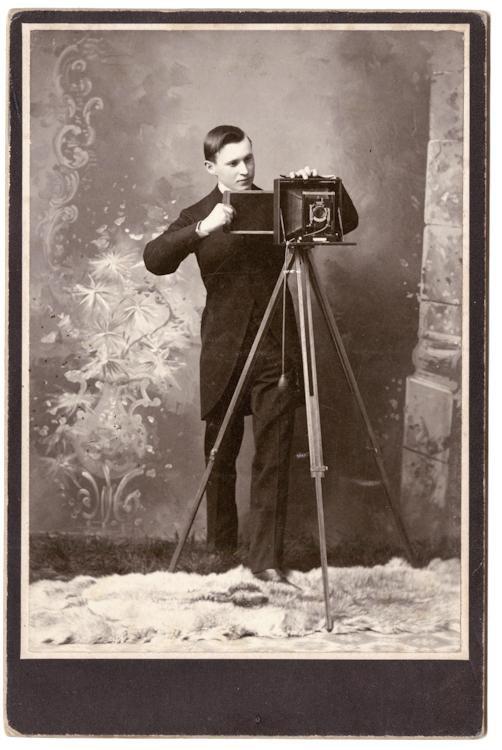
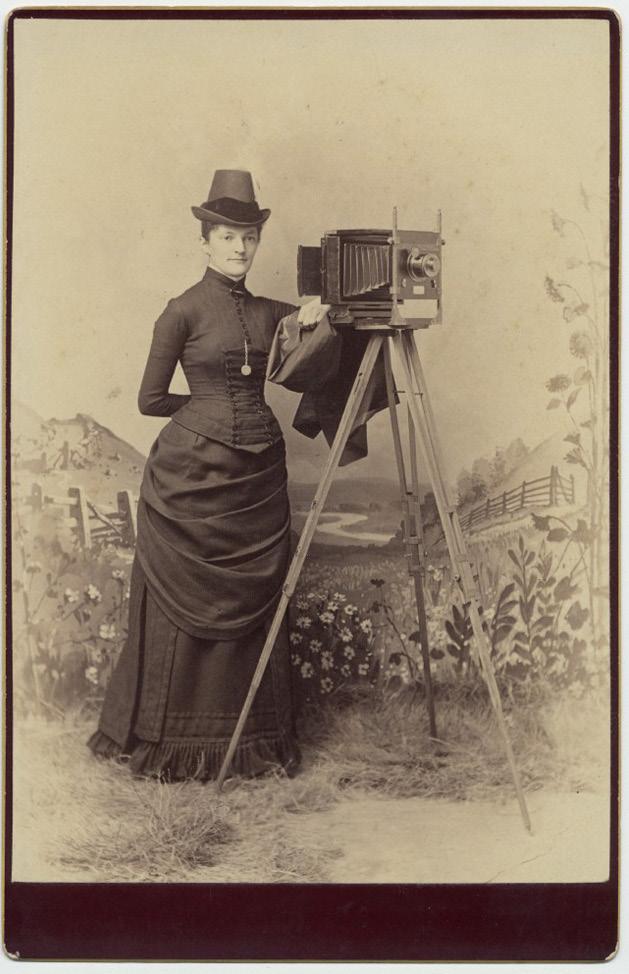
In 1866, the American Civil War had been over for just two years, President Abraham Lincoln had been assassinated the year prior, and a new form of photography had arrived in the United States.
Known as cabinet cards, to denote where the photographs were often displayed in homes, this form of photography spread rapidly across the country with many small photography studios popping up to offer portrait photographic services. Cabinet card photos were larger in format than the previously popular carte de visite and were reproducible—two big selling points at that time.
The 200+ lucky dogs seen in this book lived during the American cabinet card photography era—1866 to 1900.
Their images captured one day in a local photo studio, most of these dogs have been resting in heaven for 100+ years. Many of the dogs would have passed away before the First World War began in 1914. Some of the boys might have lived into the 1970s-80s.
In this book we honor their spirits.
SEE: Timeline Pages 70-71
Lifetimes Past Pages 72-73
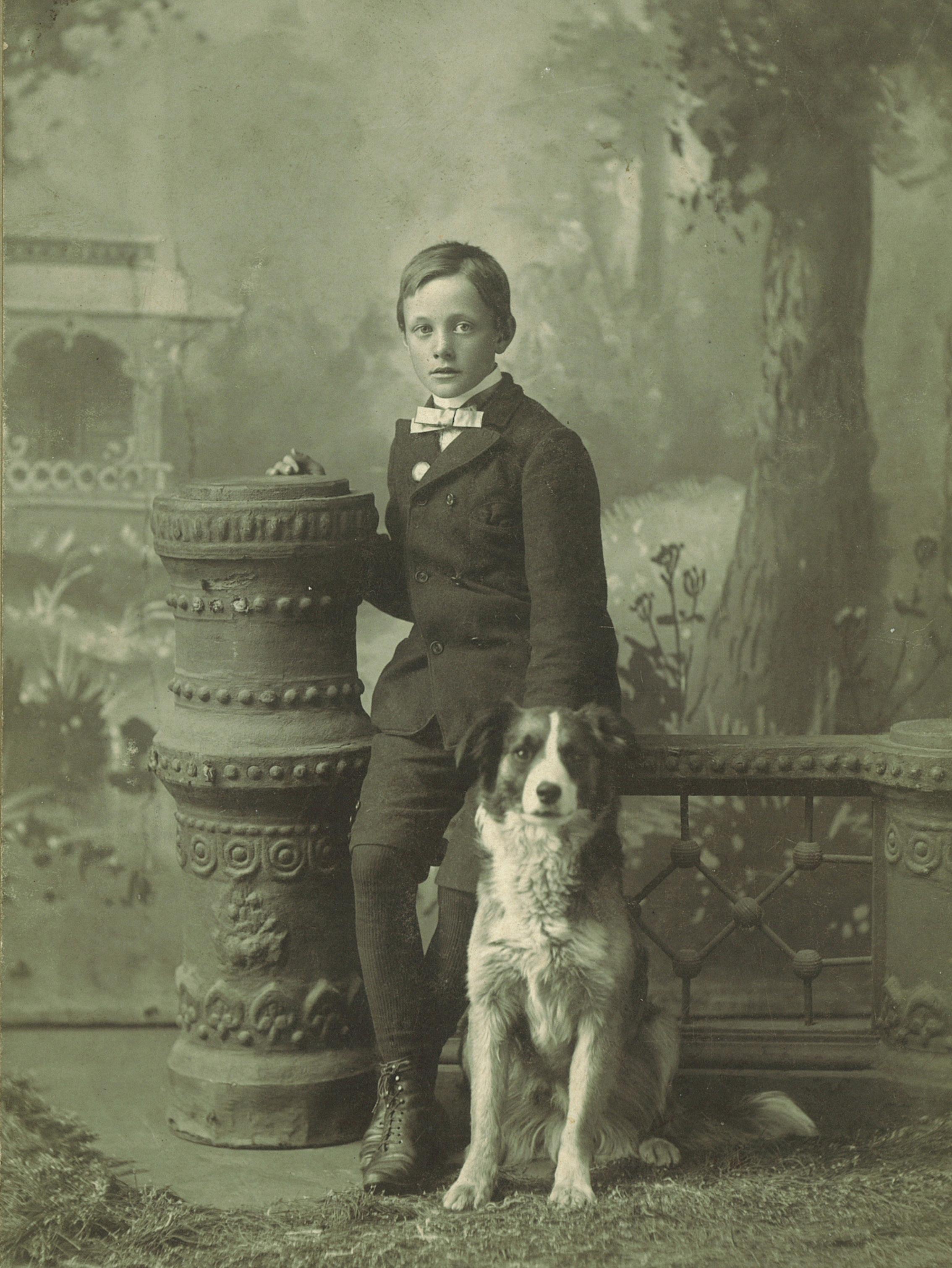

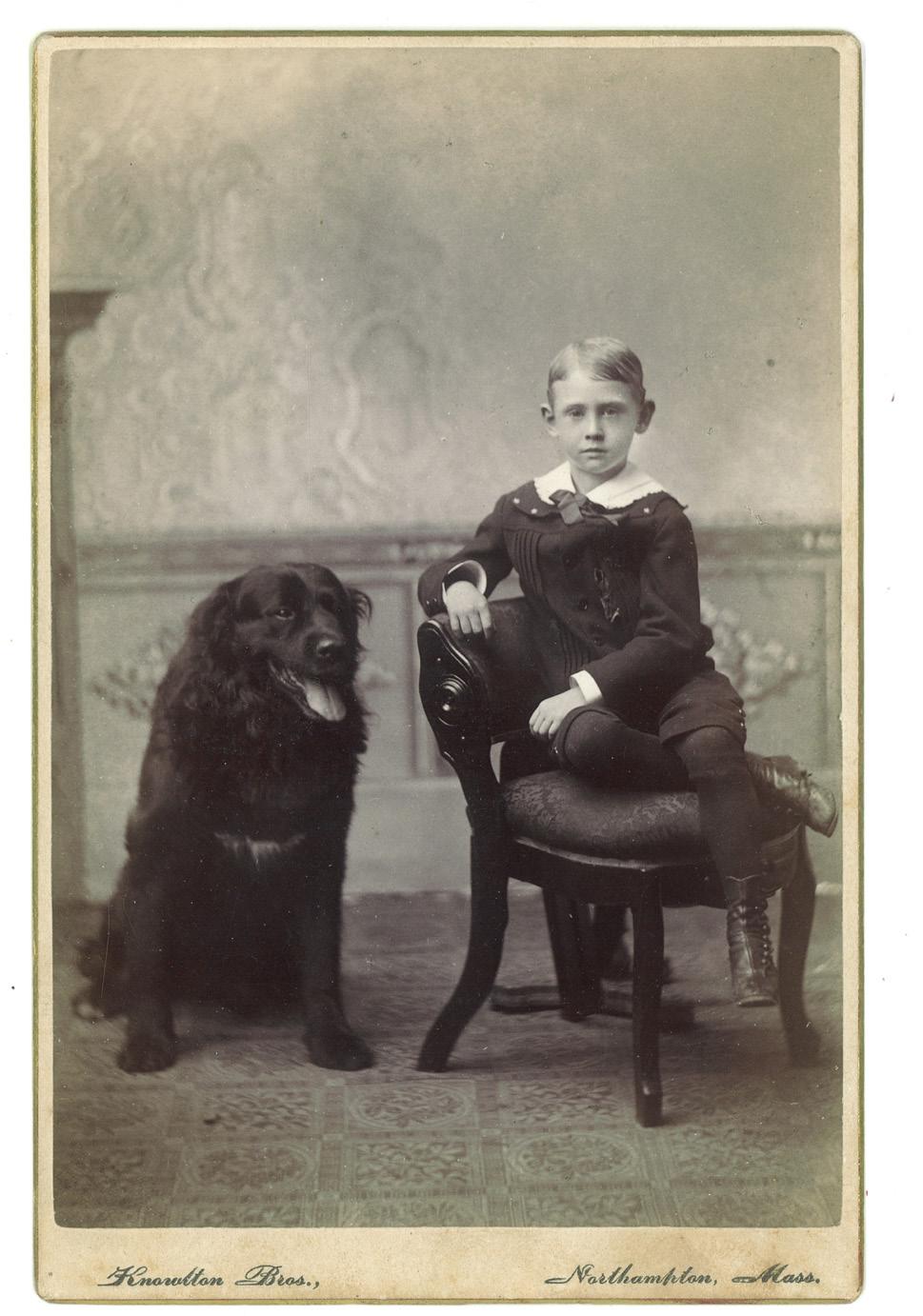

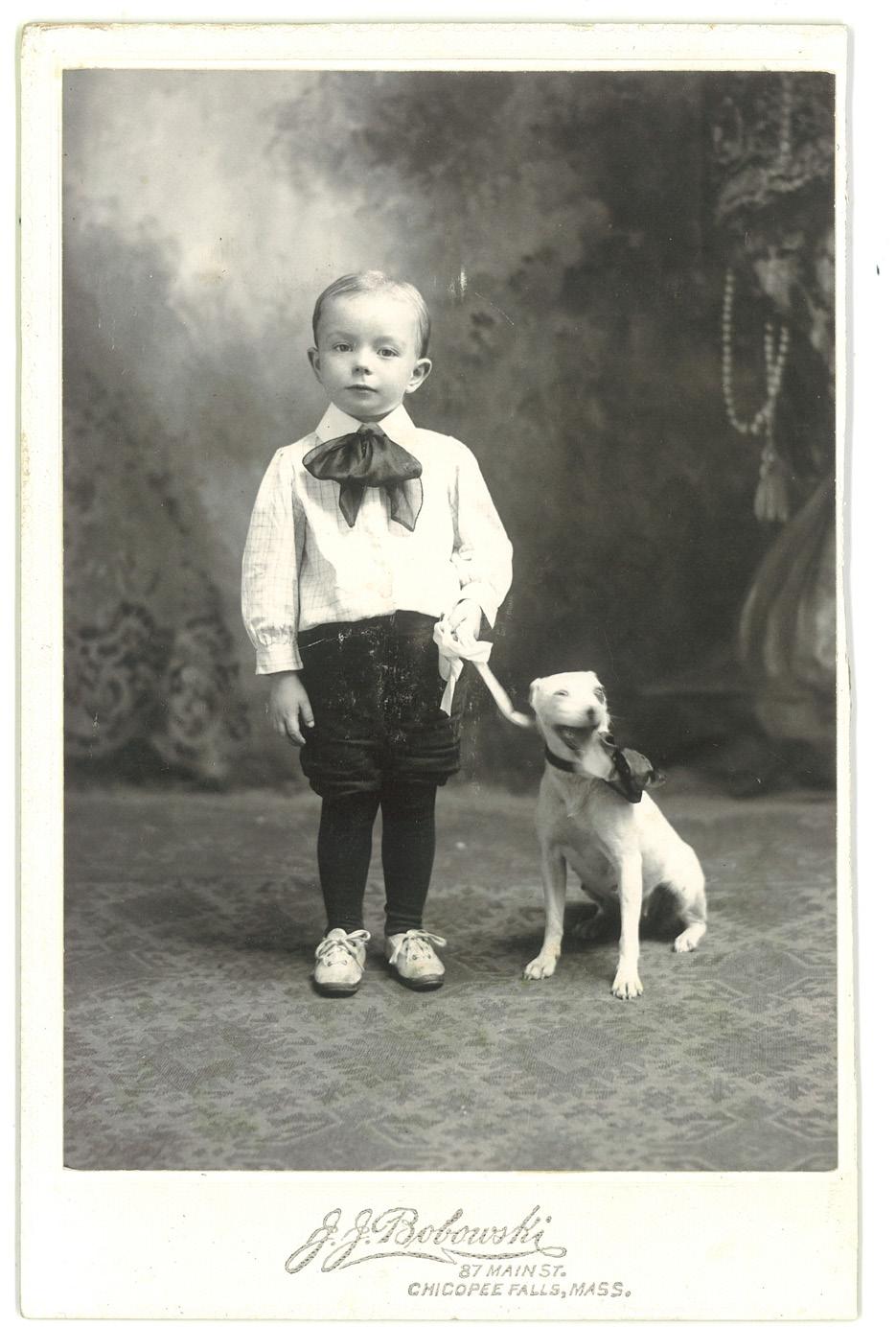
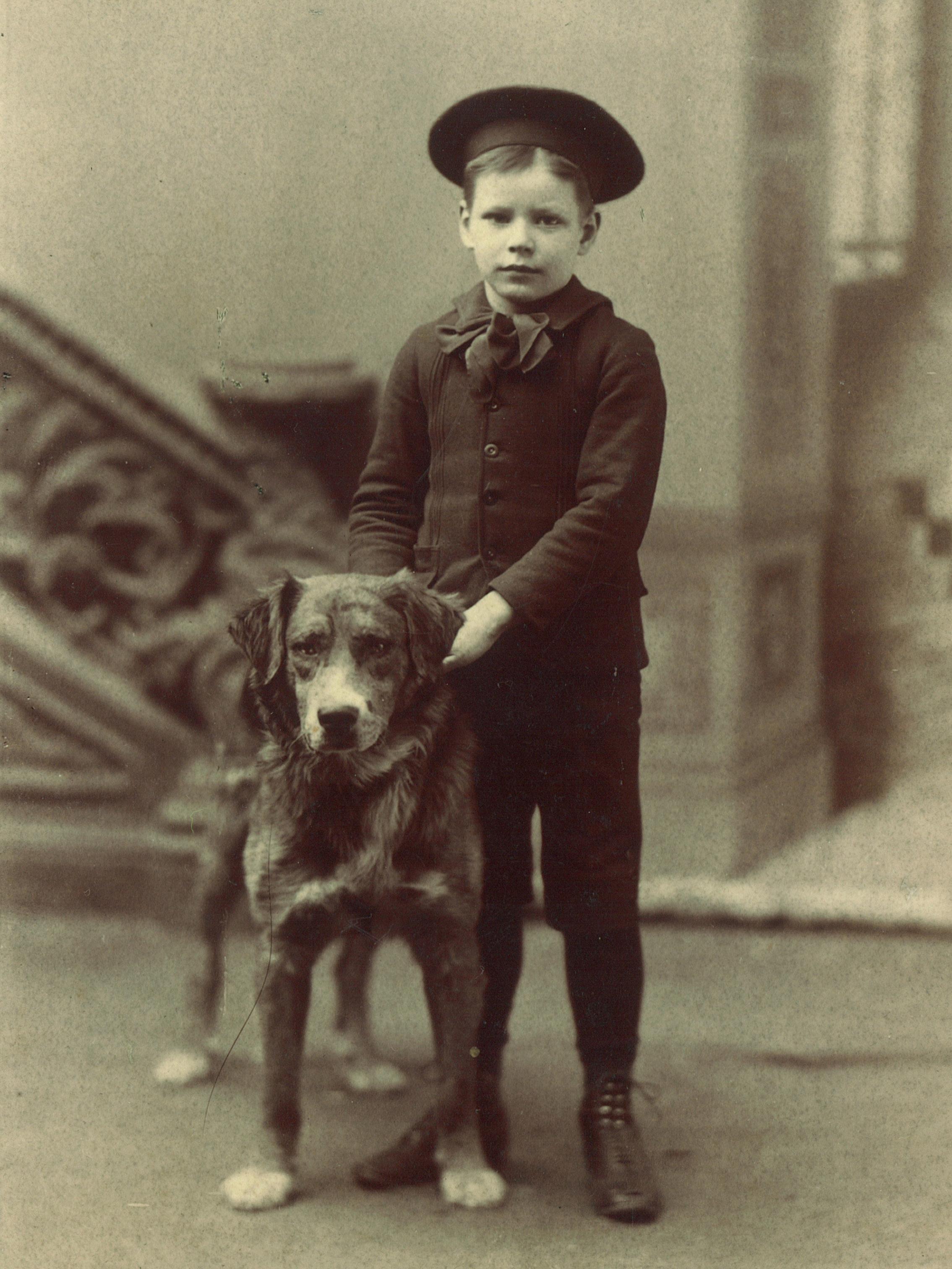
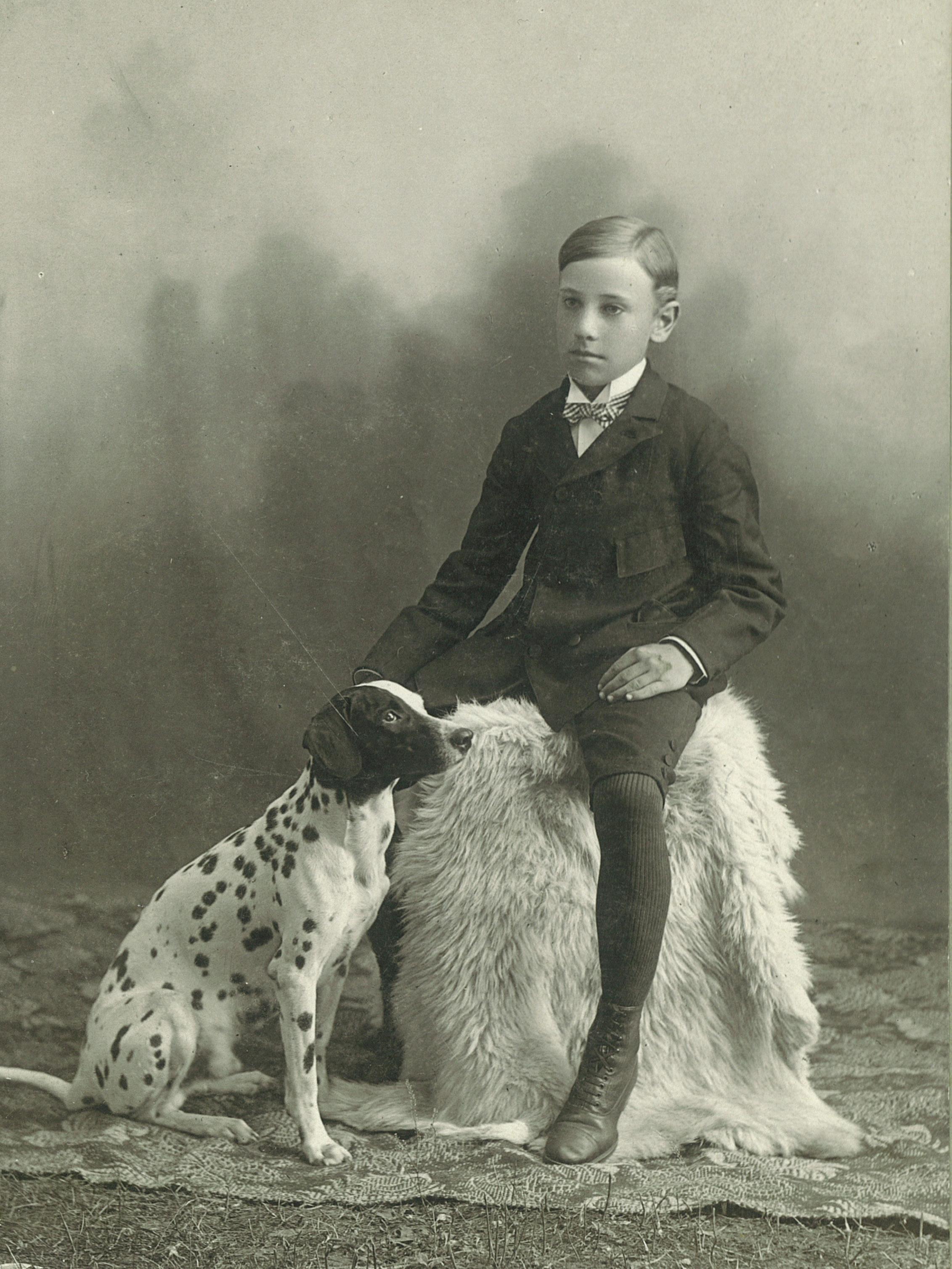


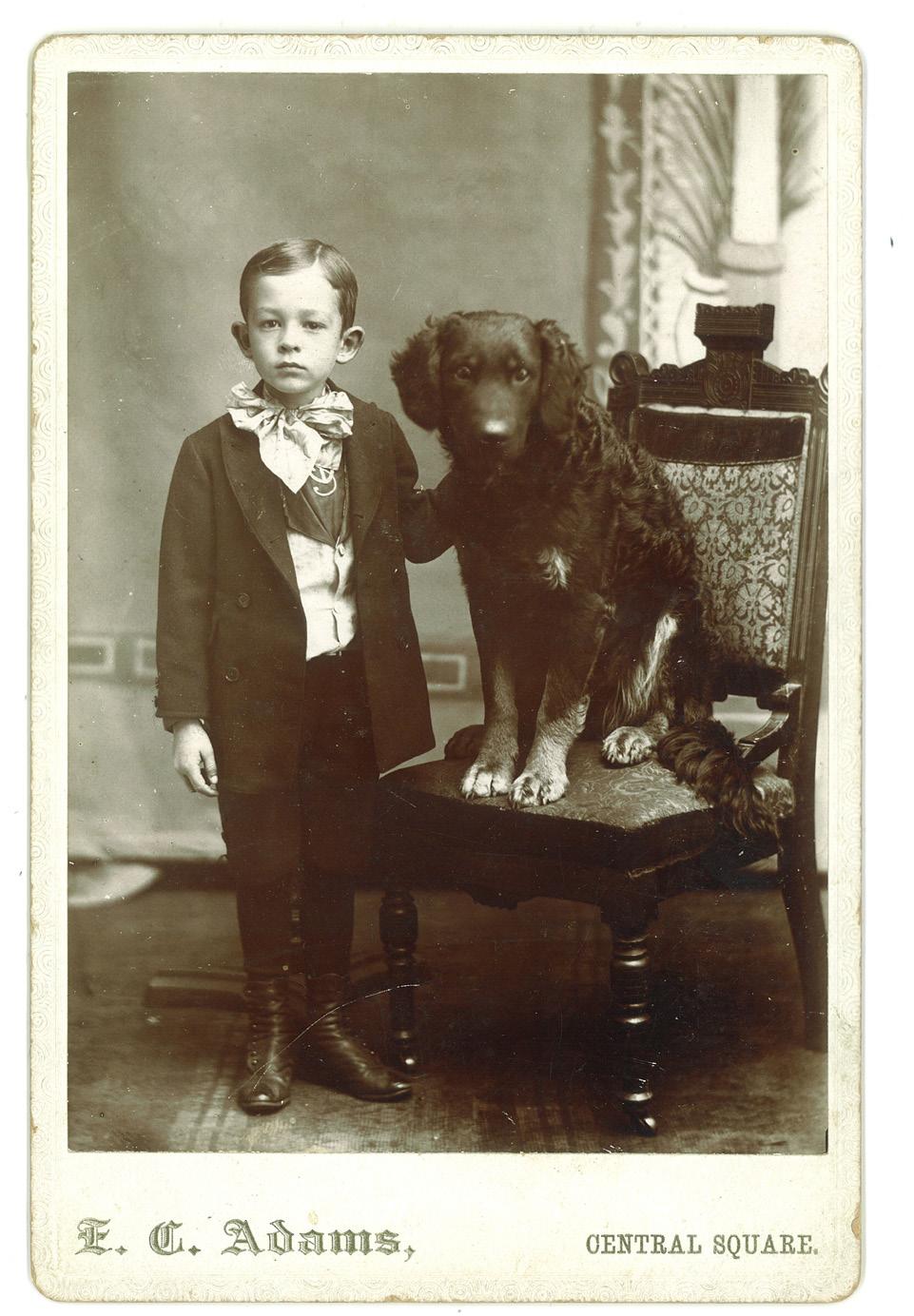

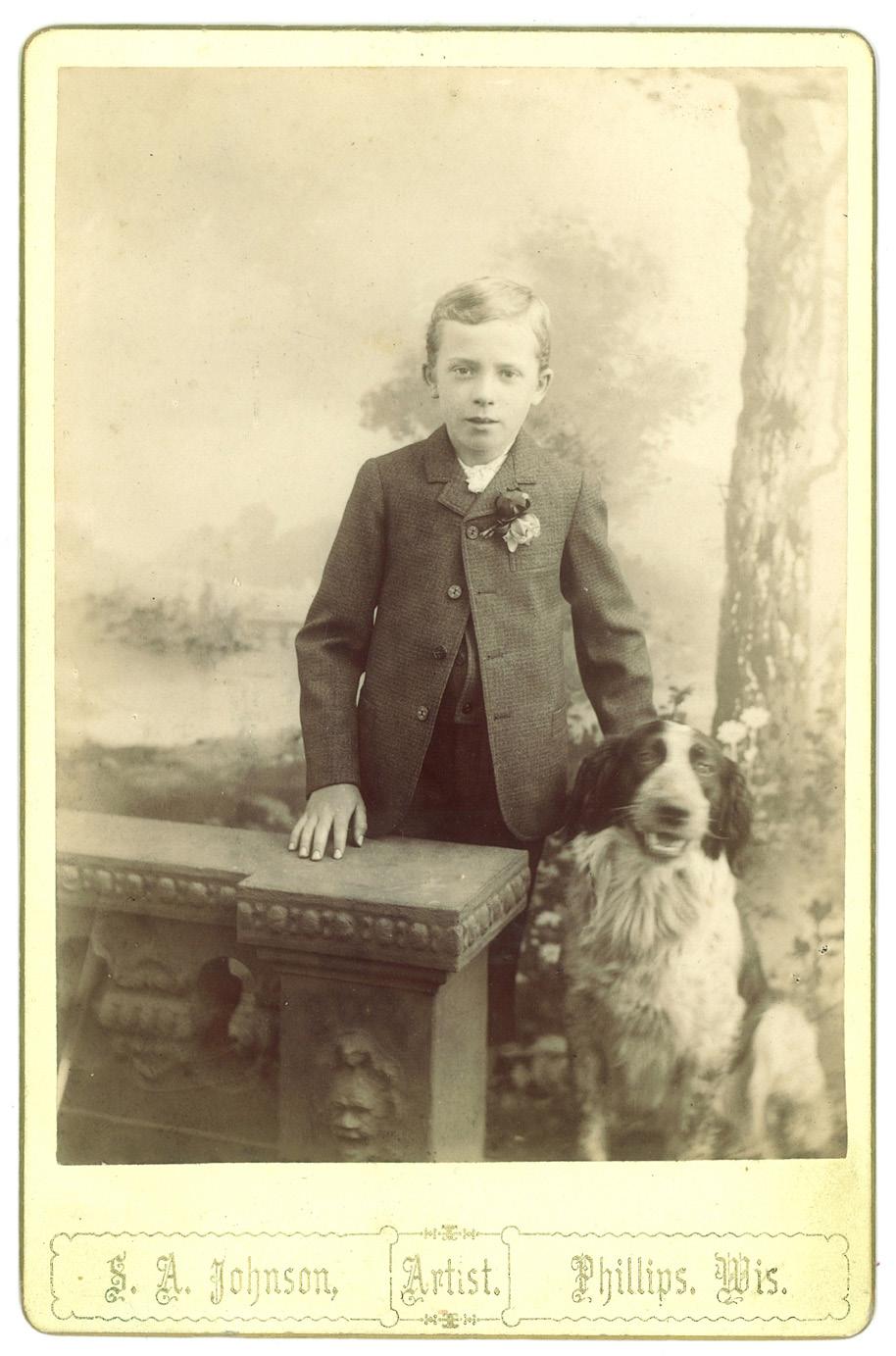
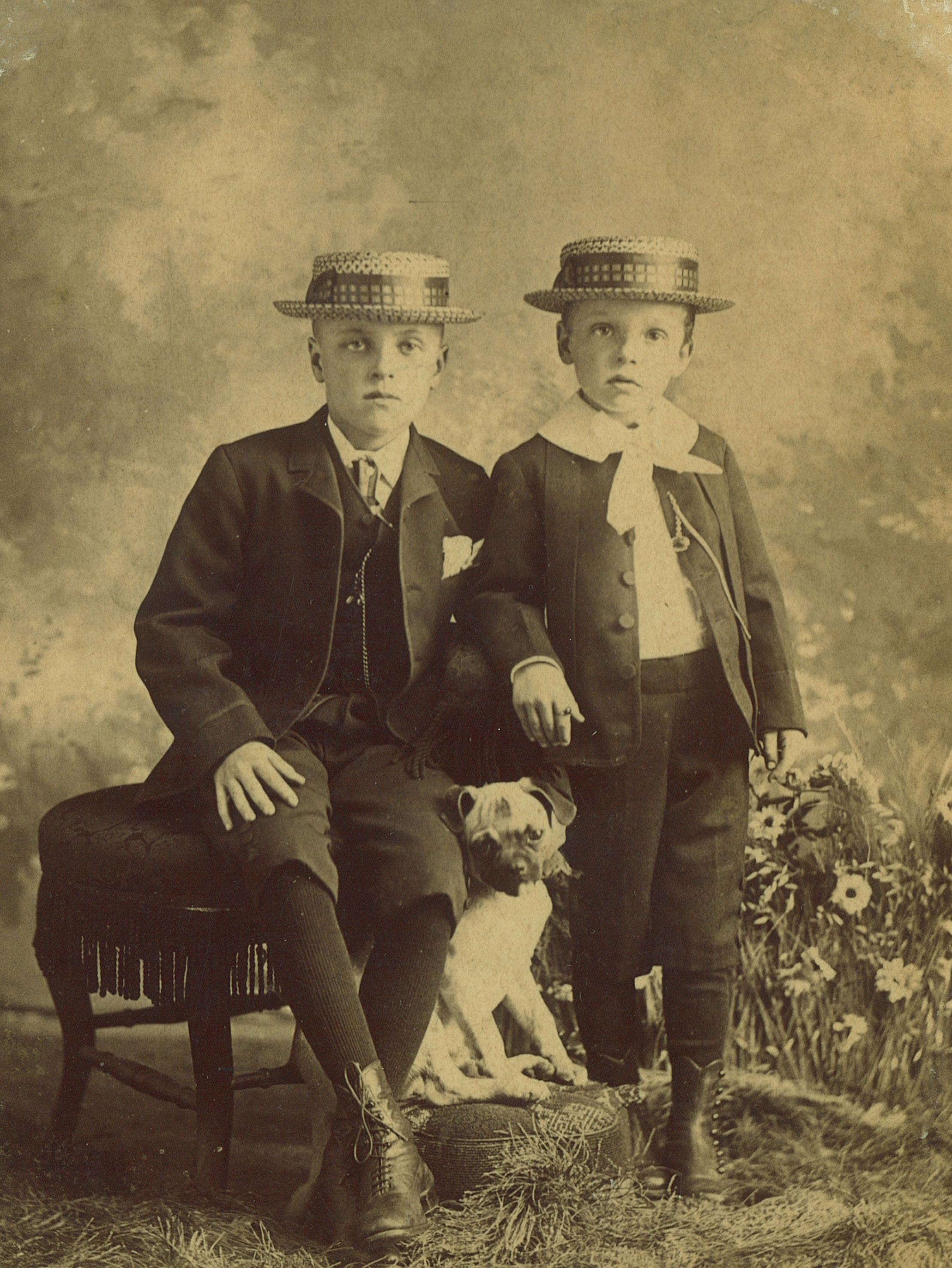
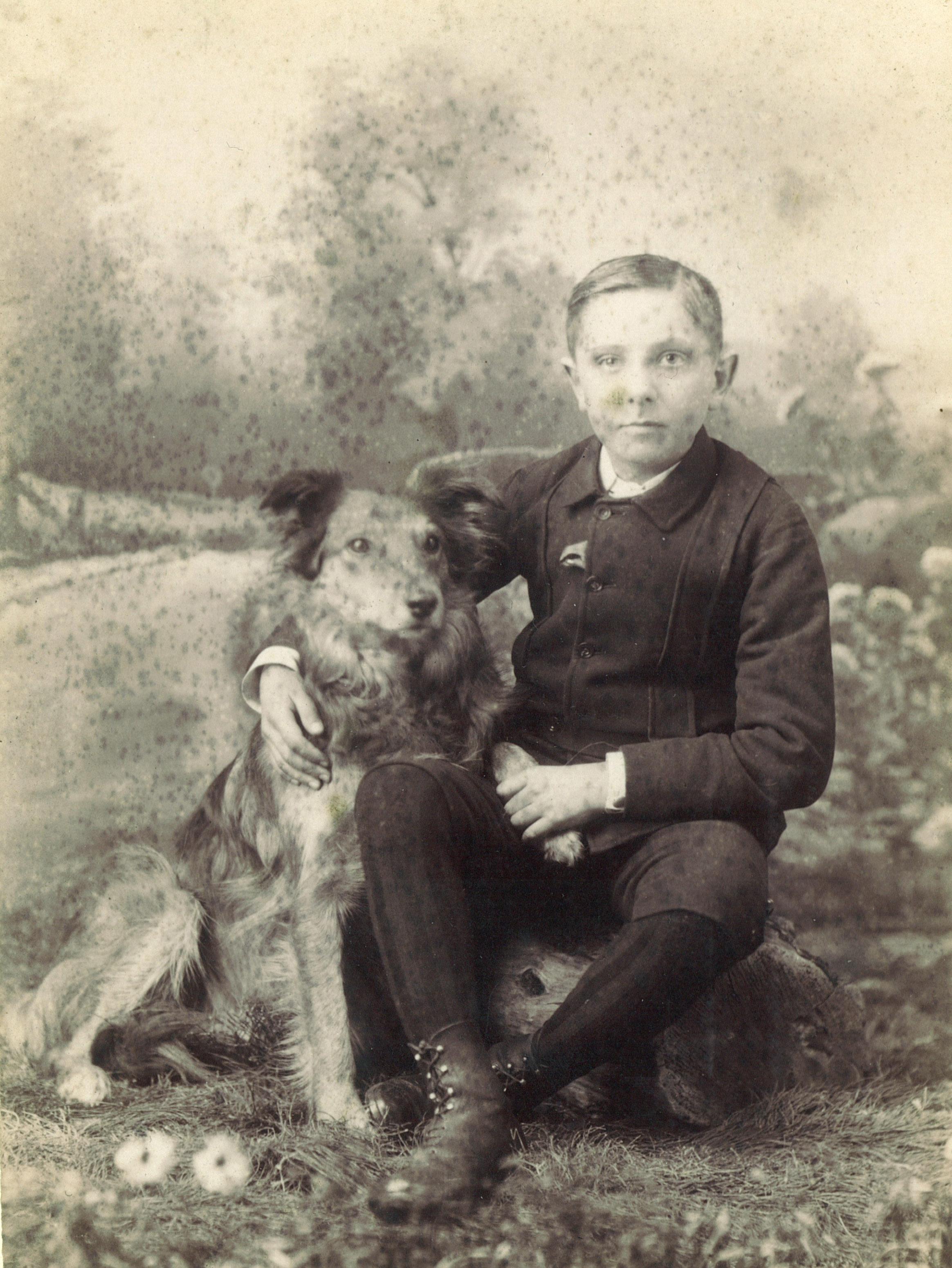
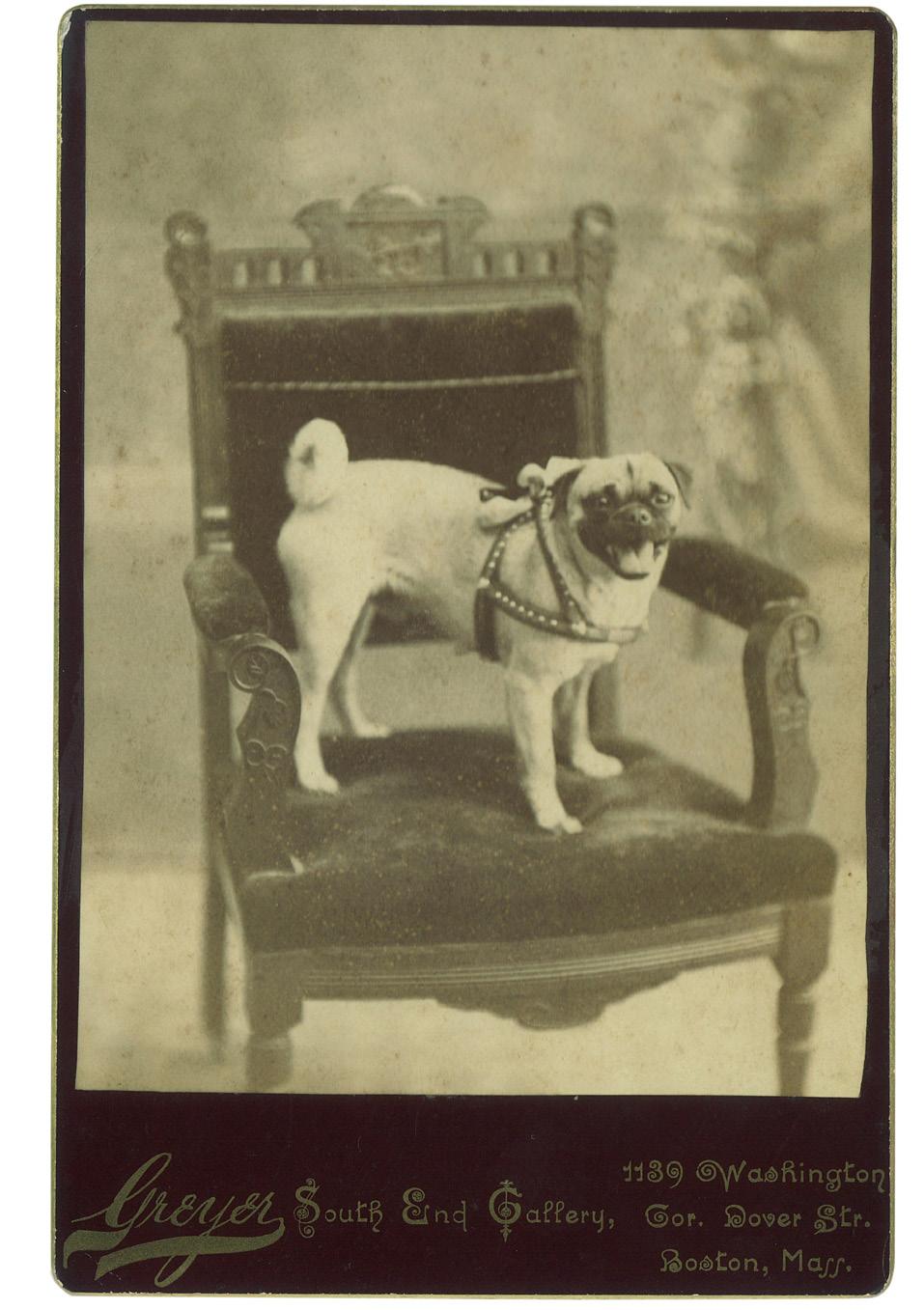
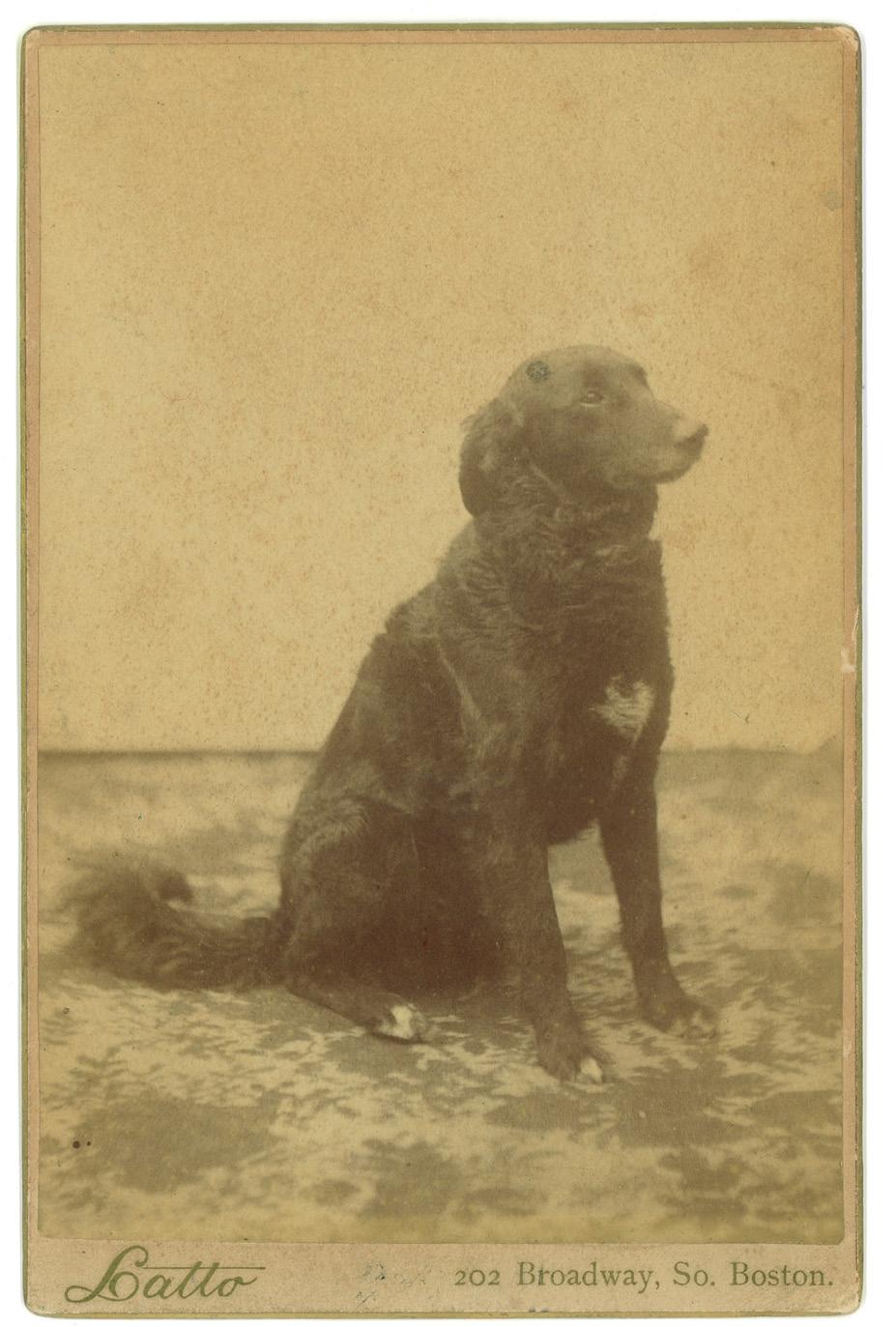
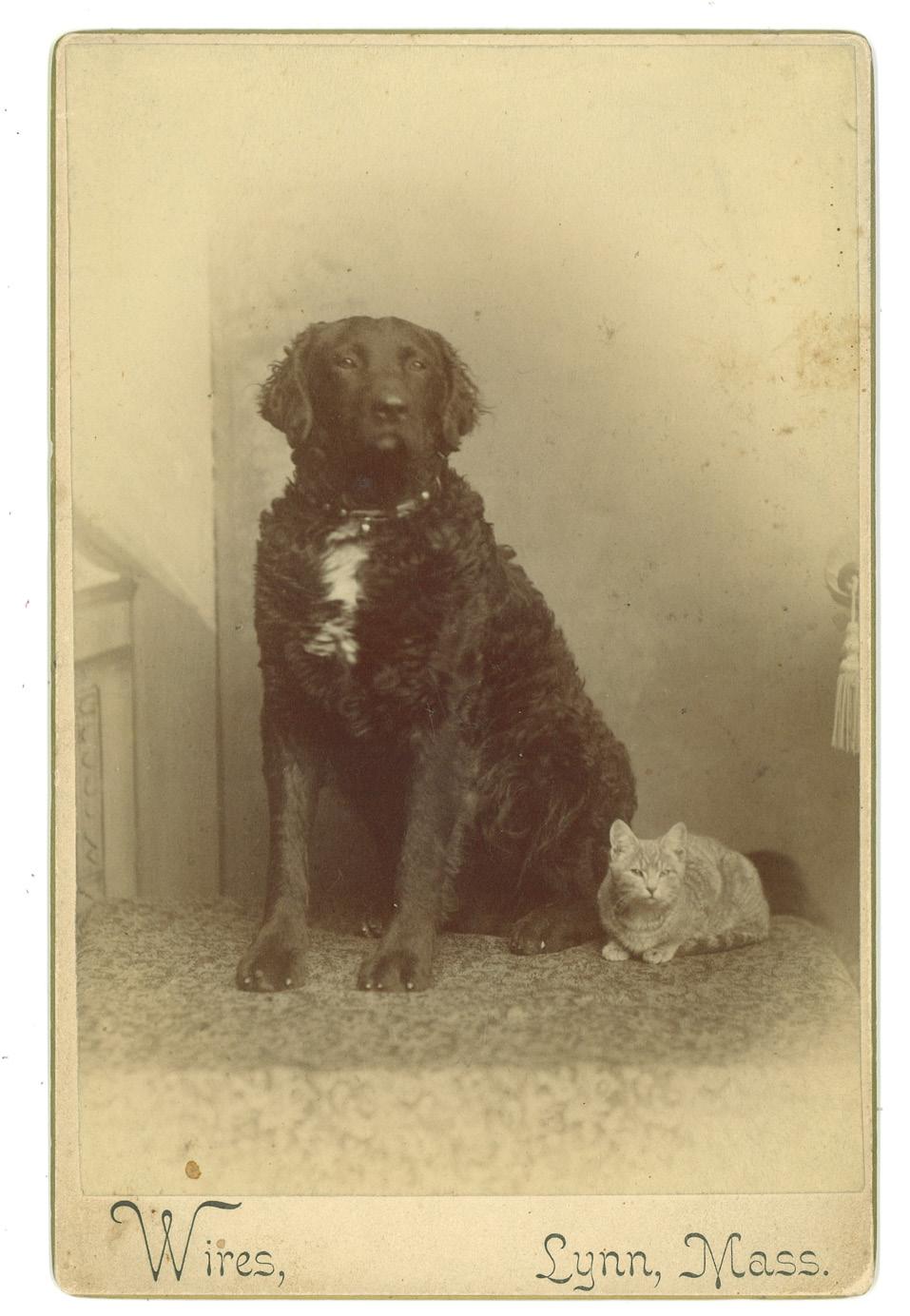

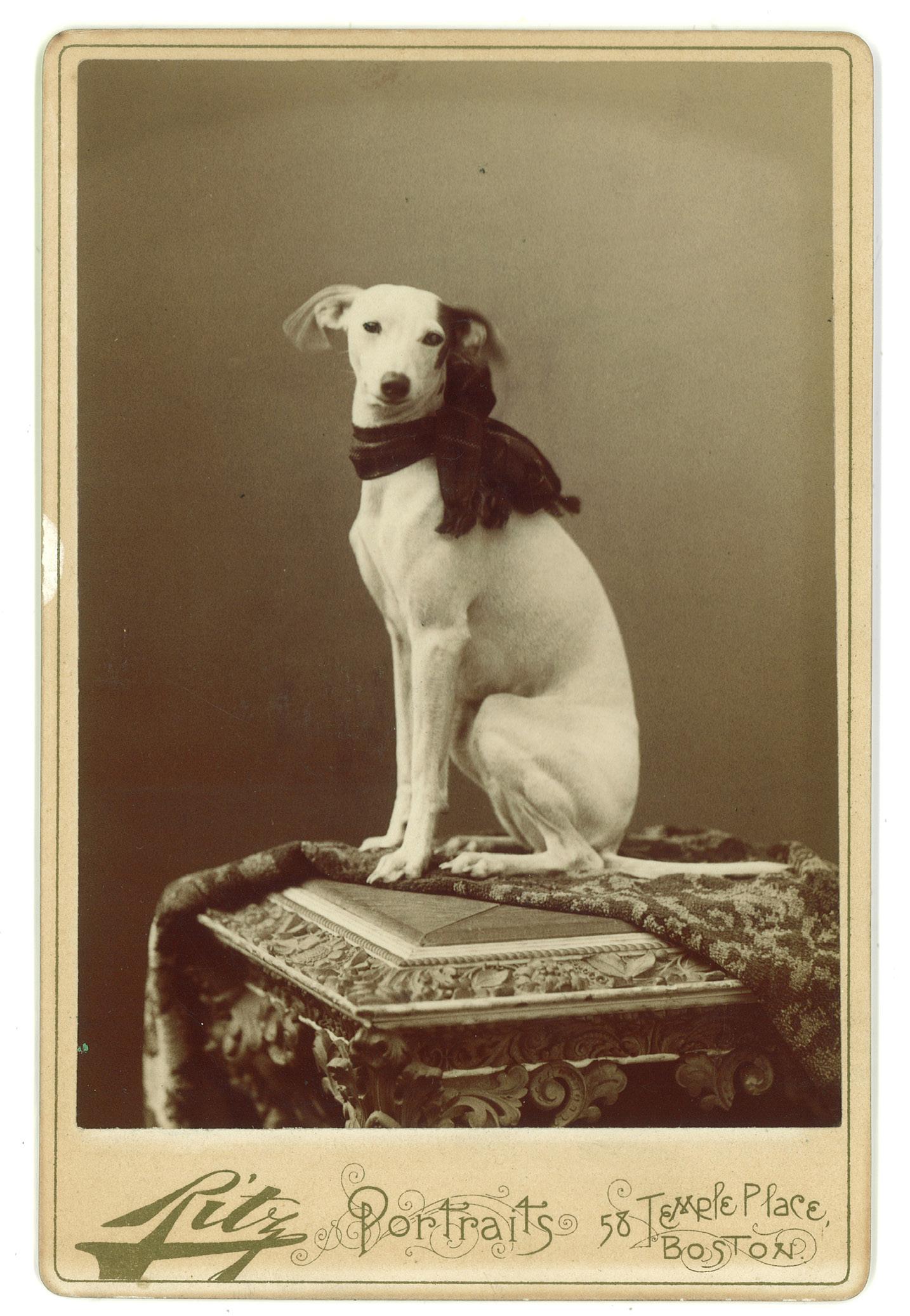
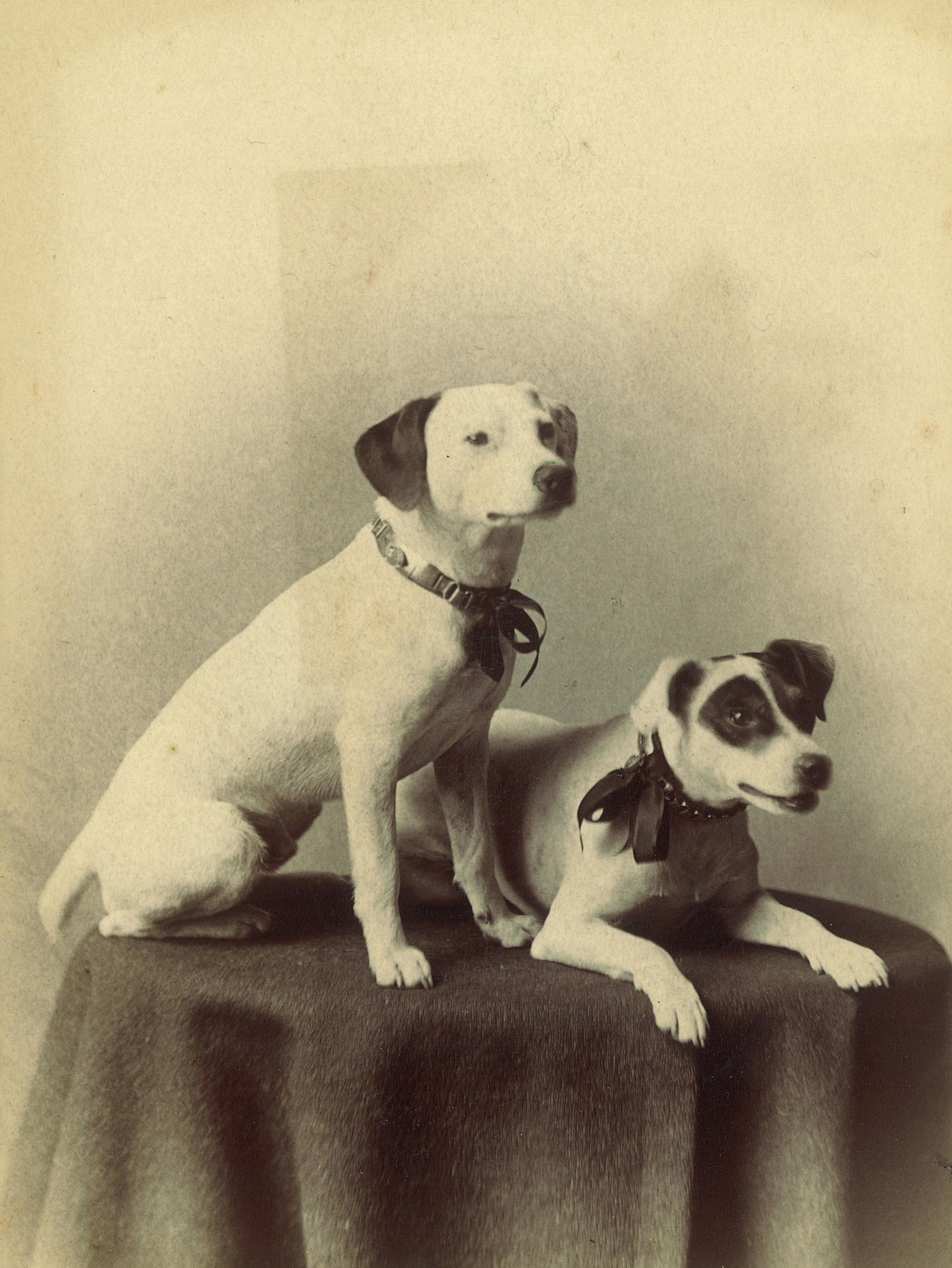
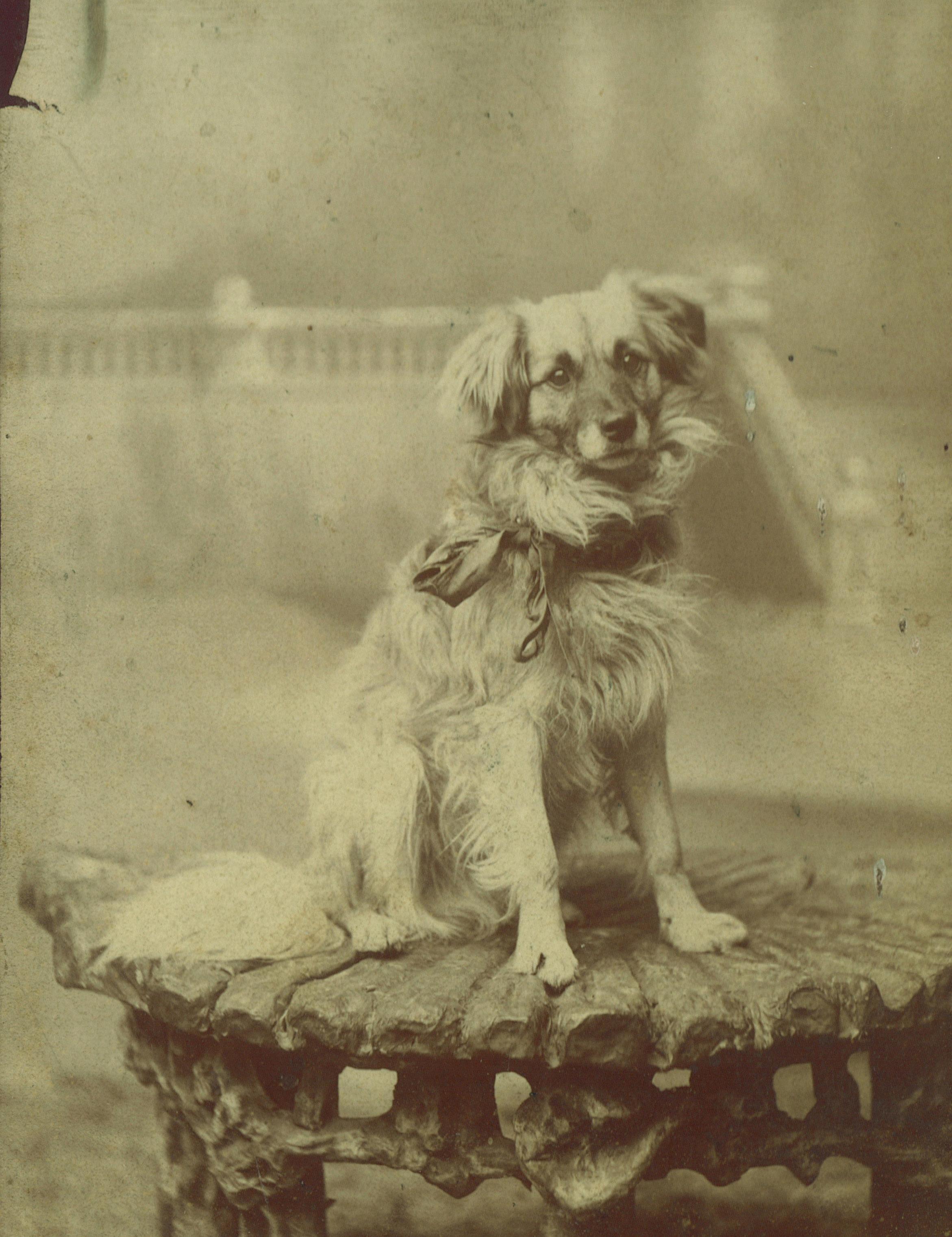
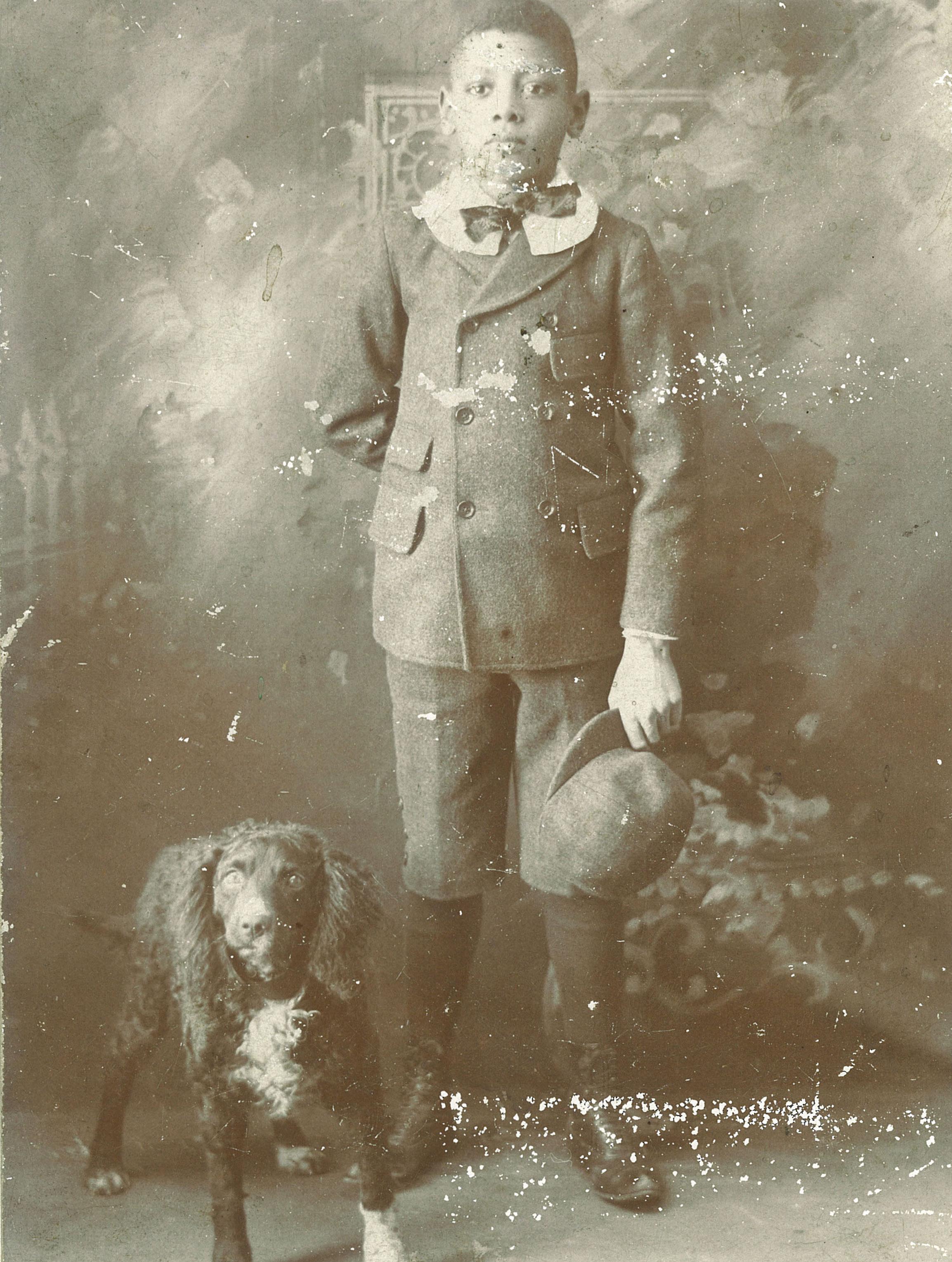

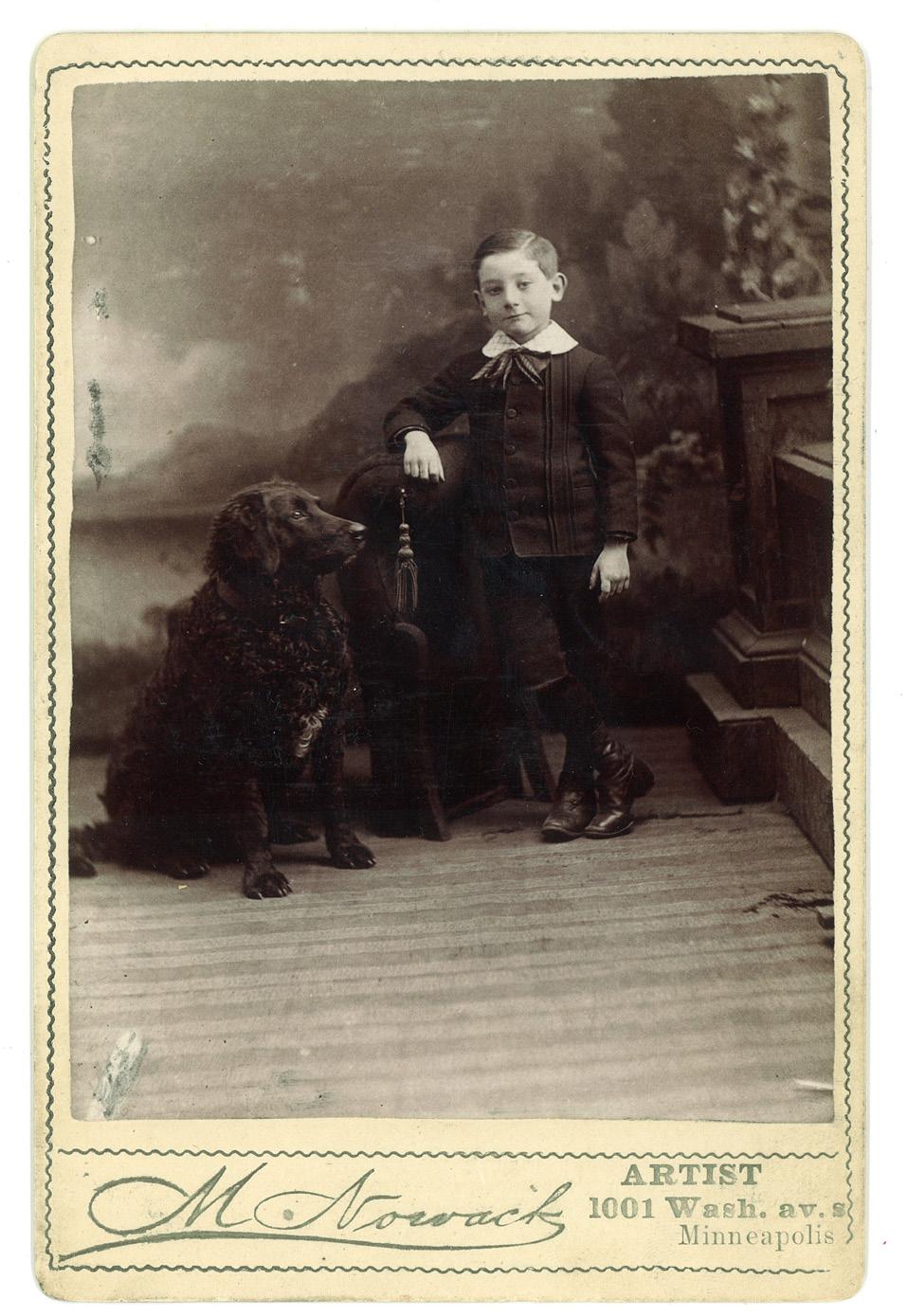




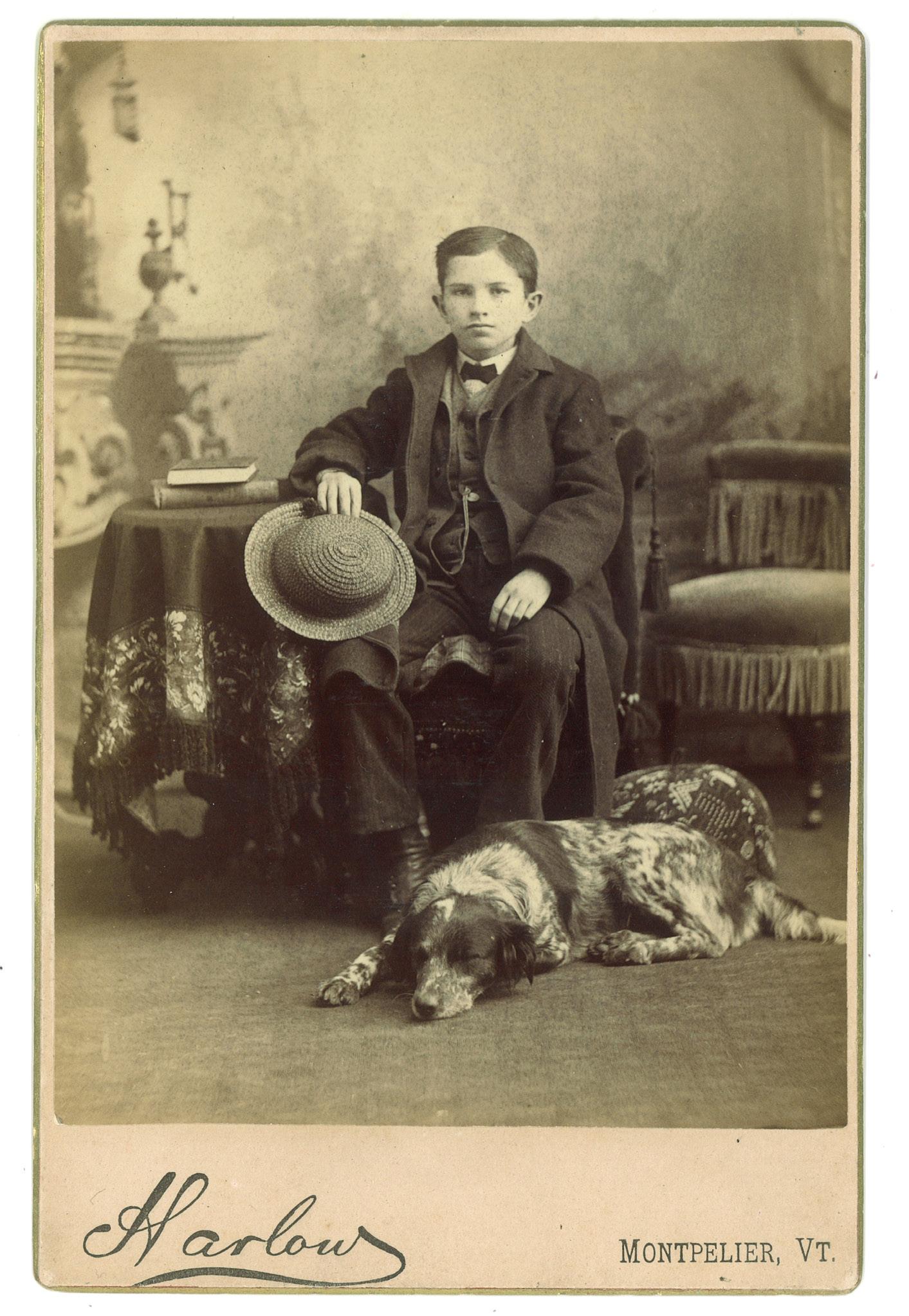
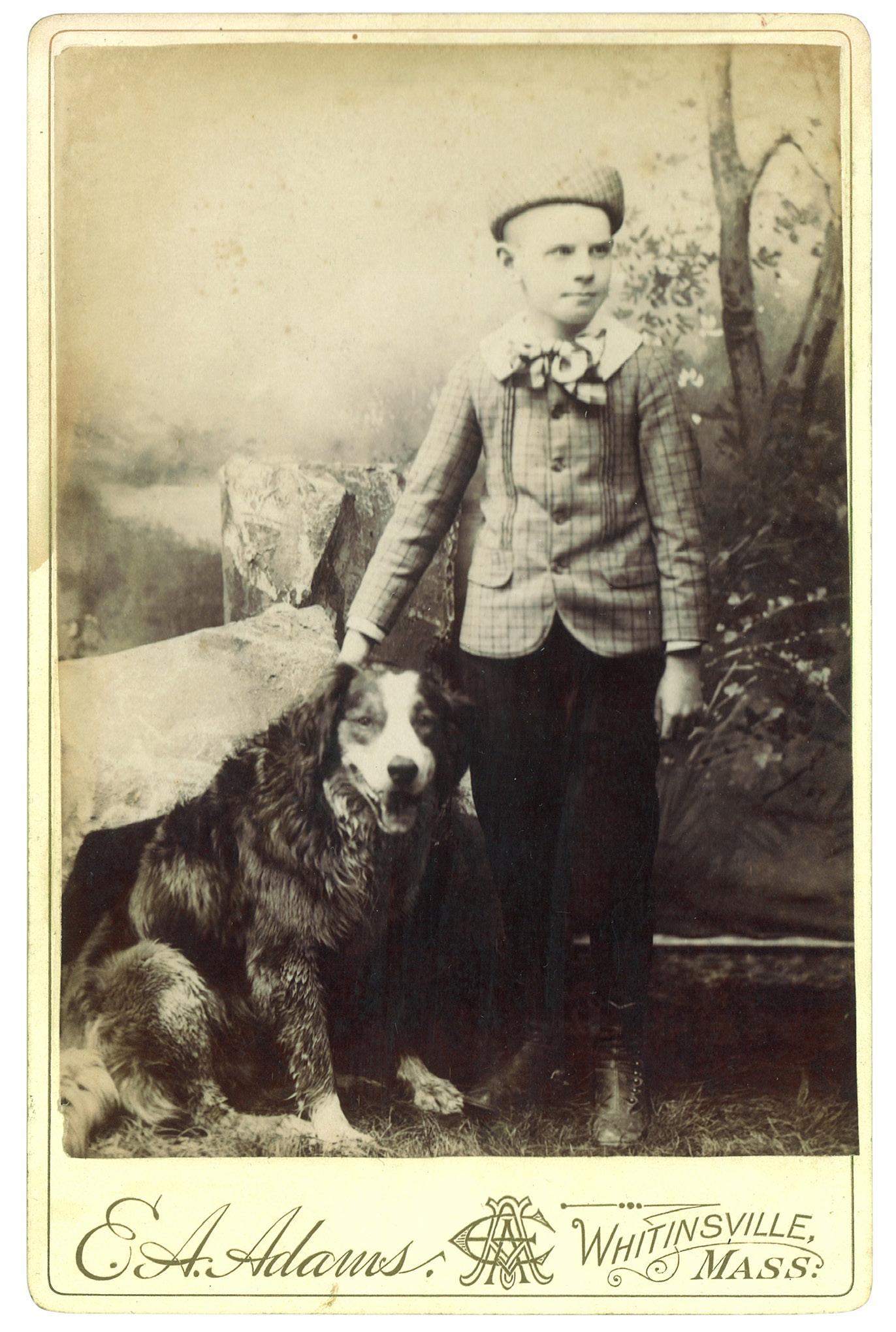


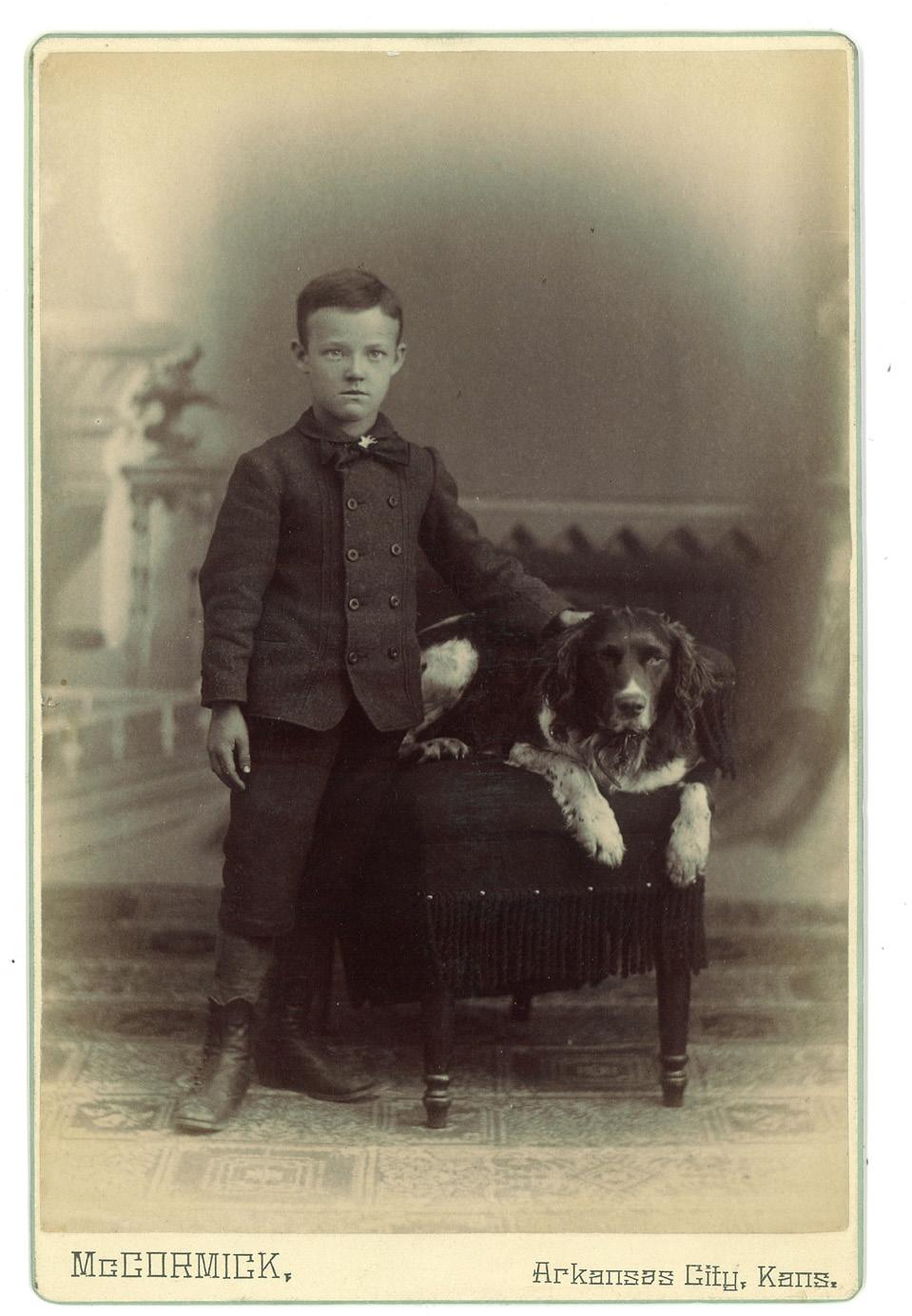

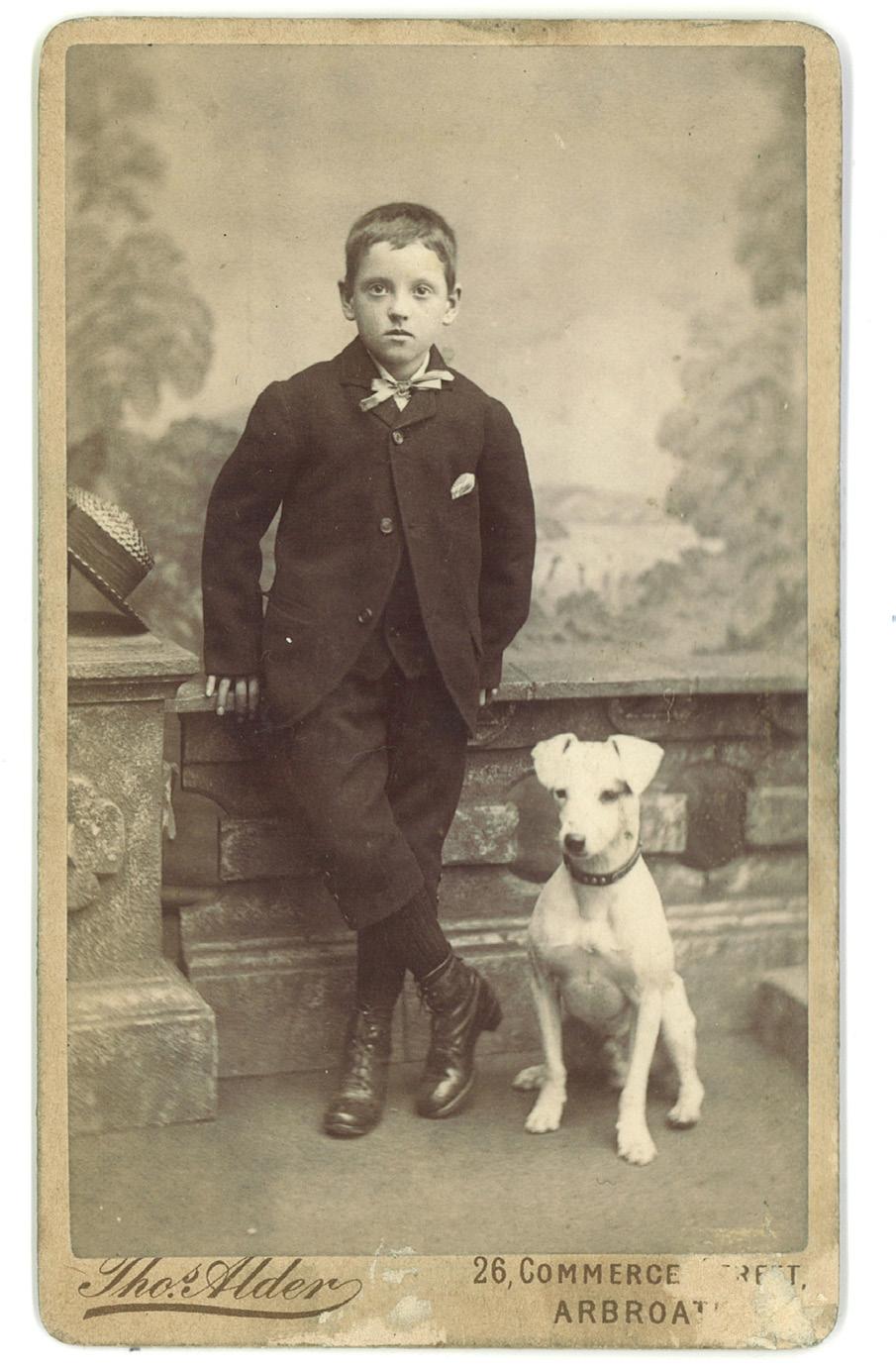


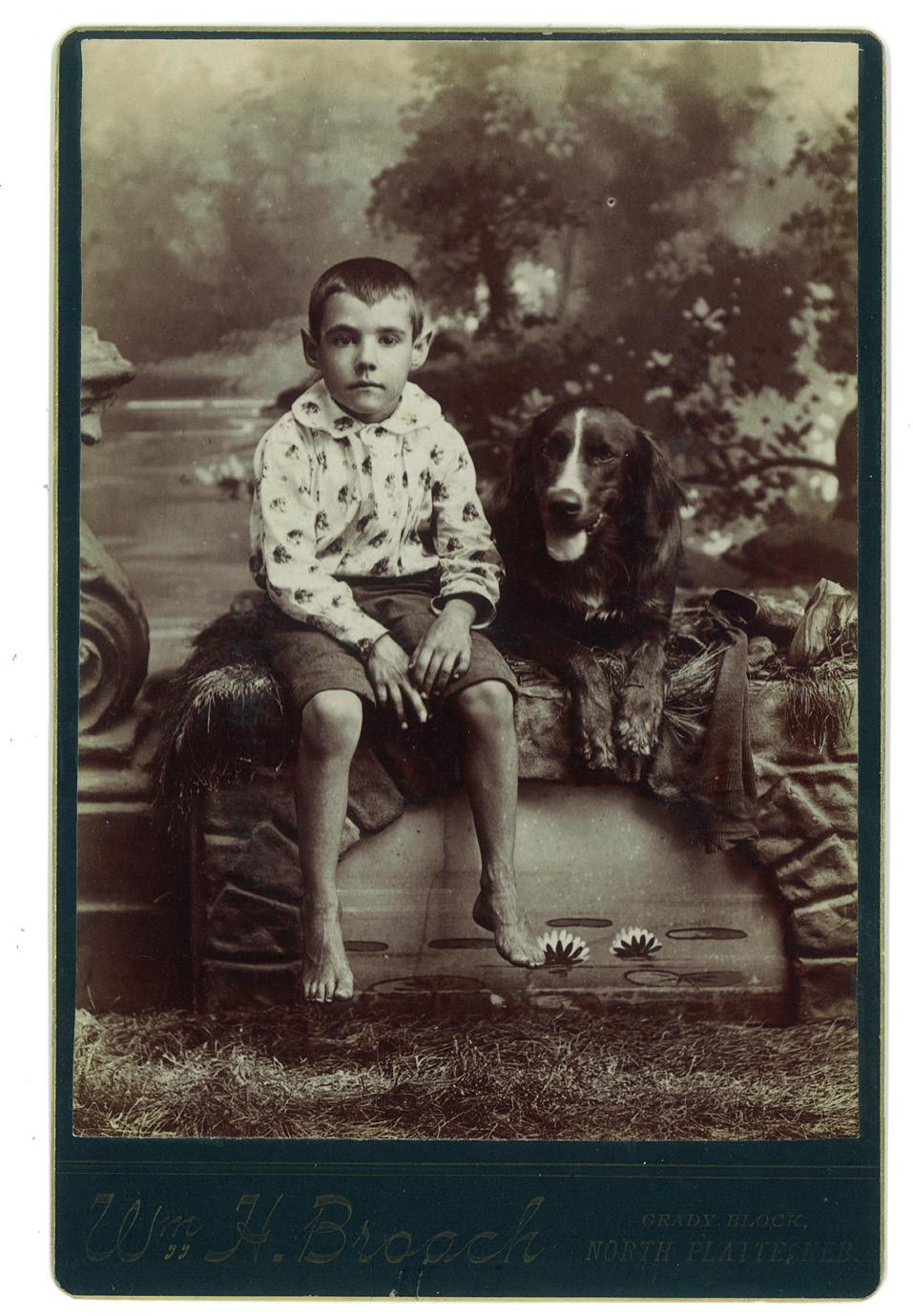
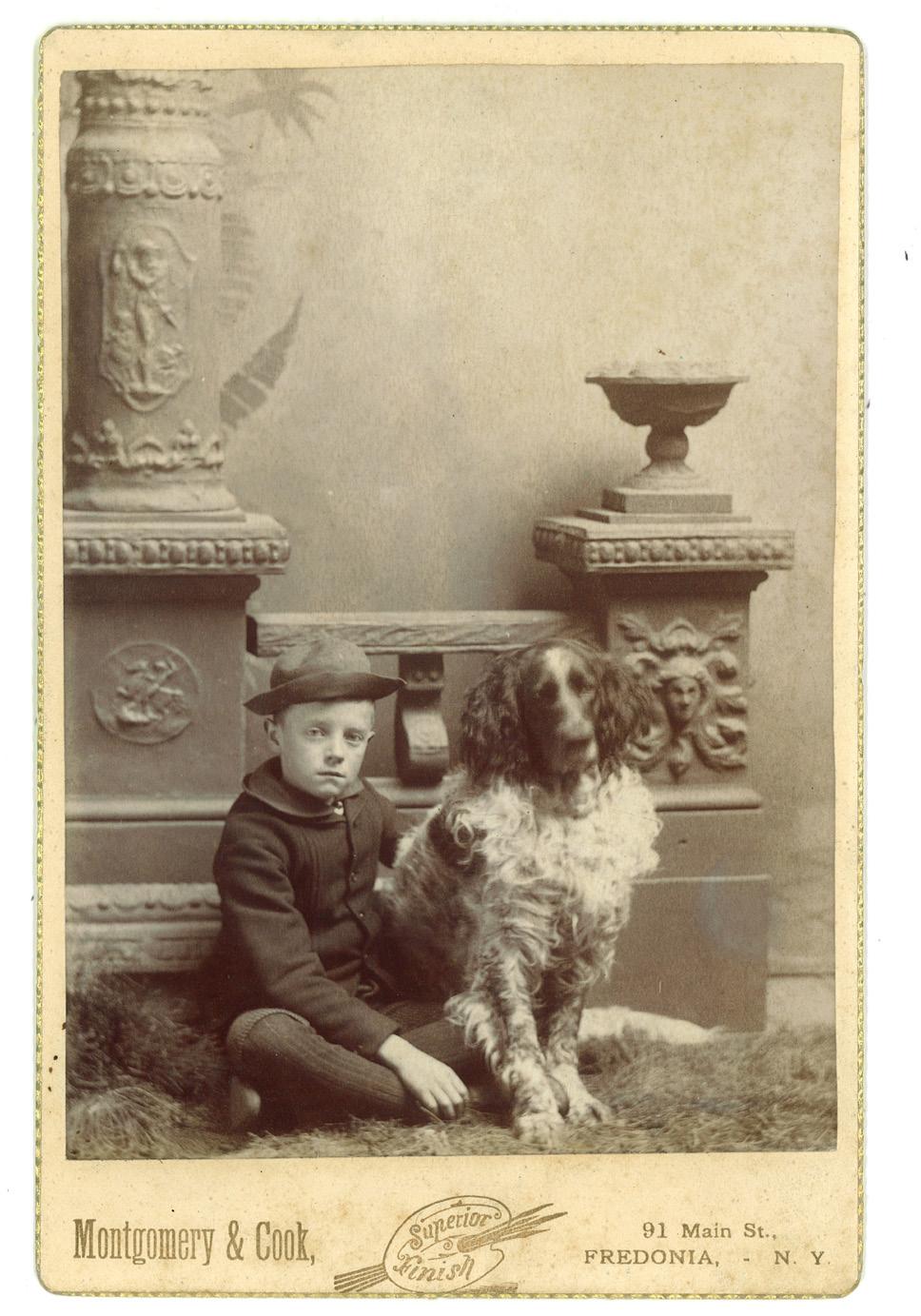
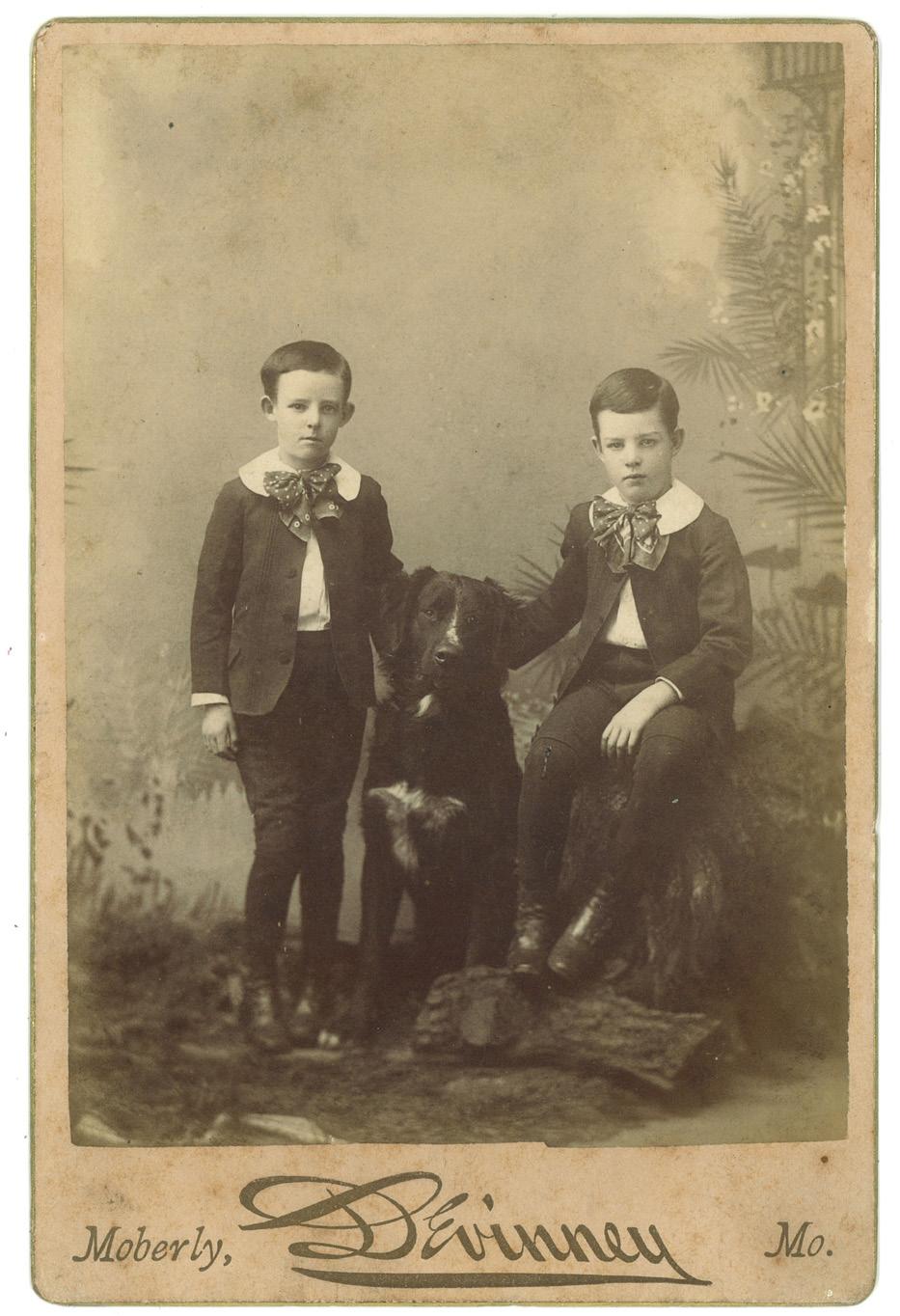
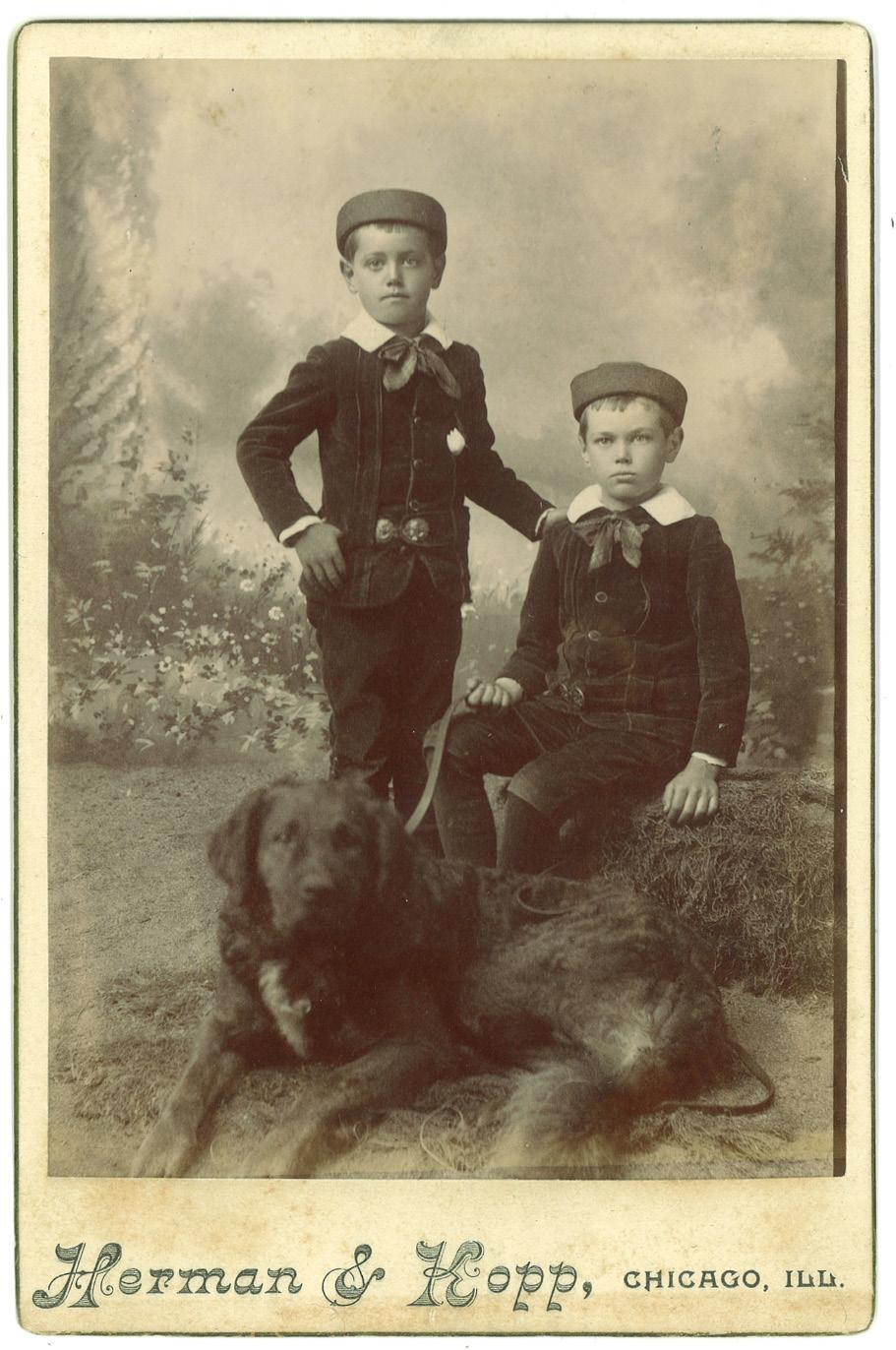




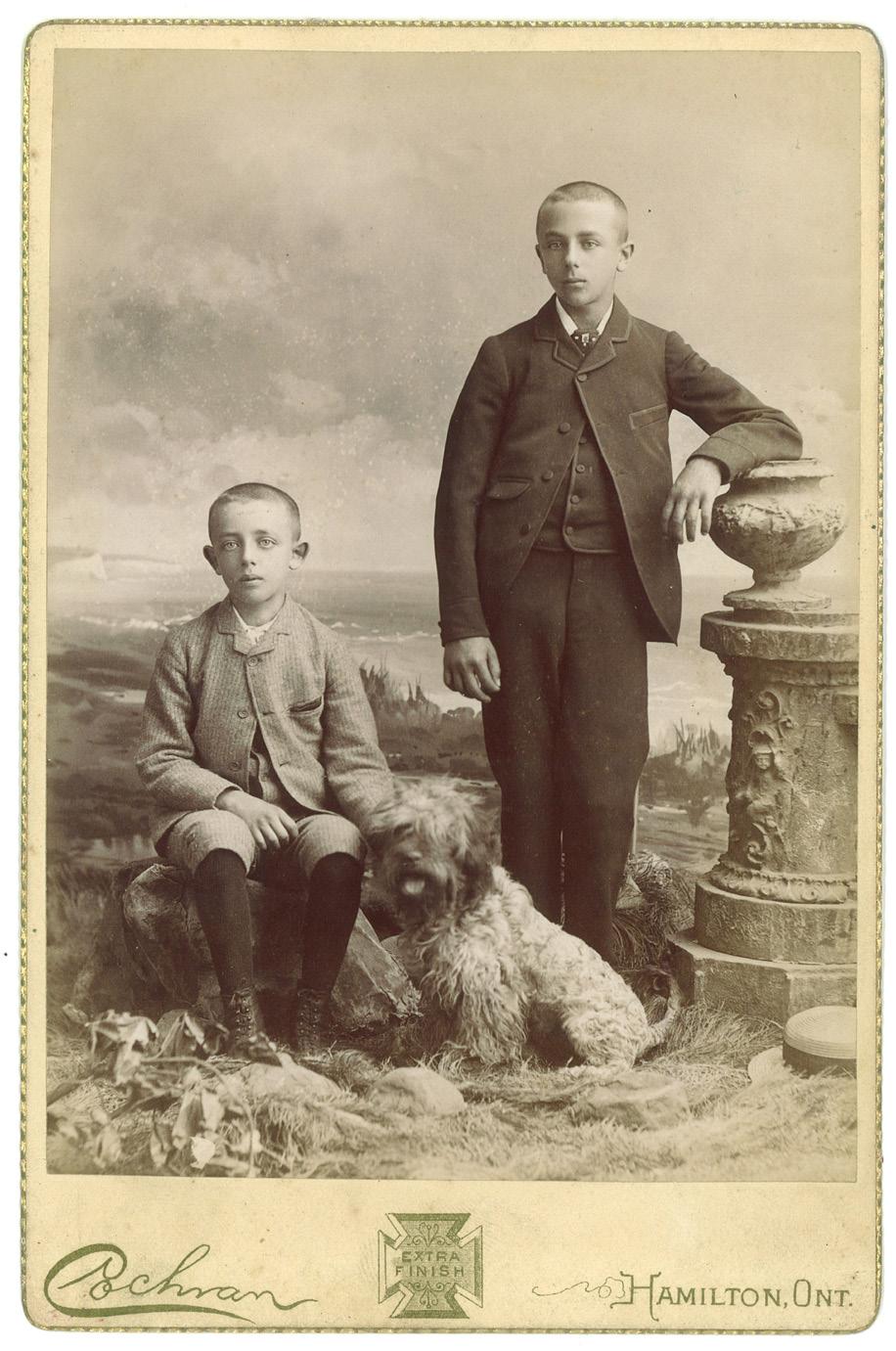


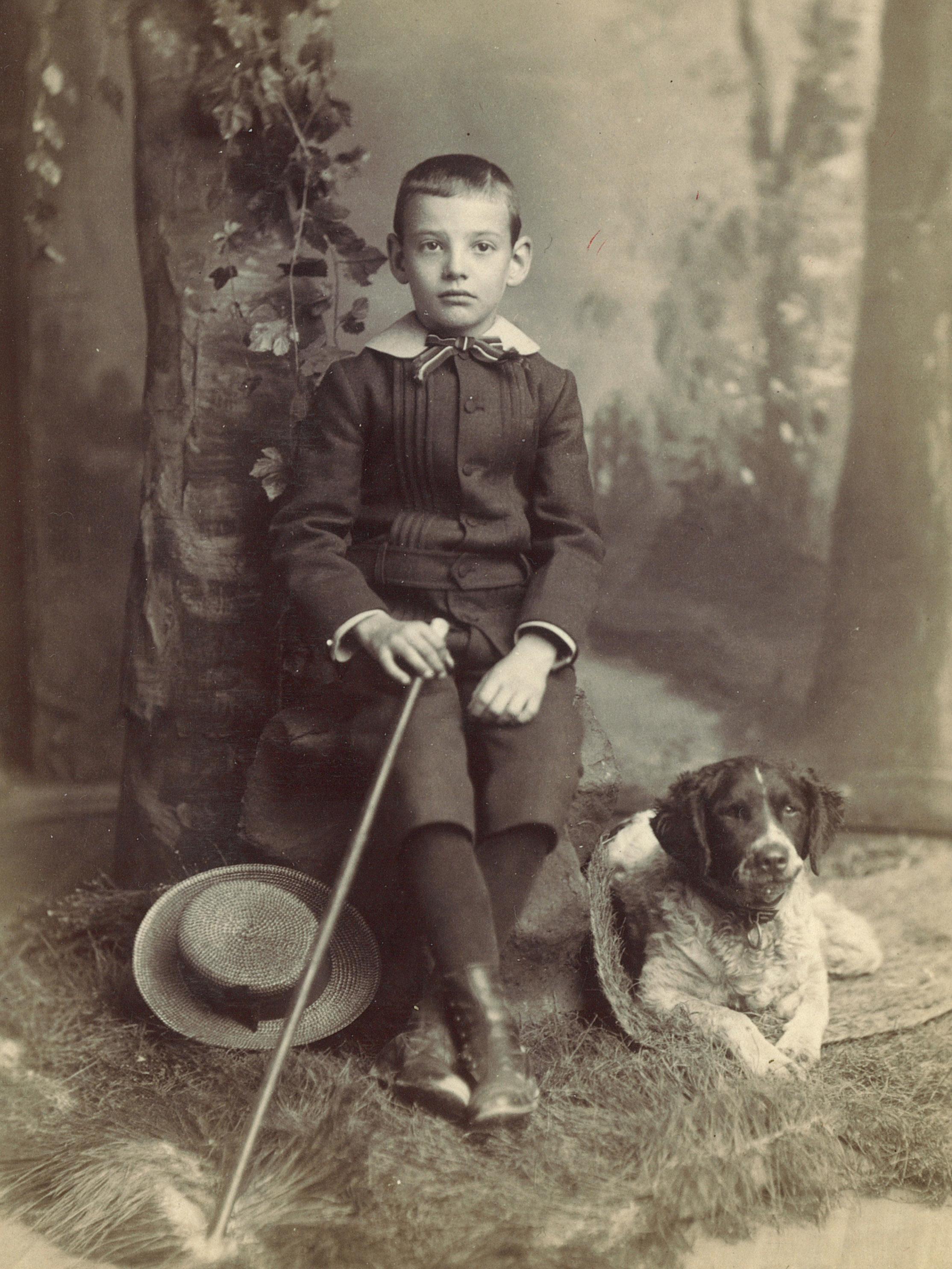
Duration of a Dog’s Life
15 - 16 years
12 - 15 years
Upon first reading it might not be obvious, but visible within this book are two parallel journeys: one of boyhood and the other a dog’s life.
Both are relatively short in duration. Both are unique, one-time events that pass by, never to return.
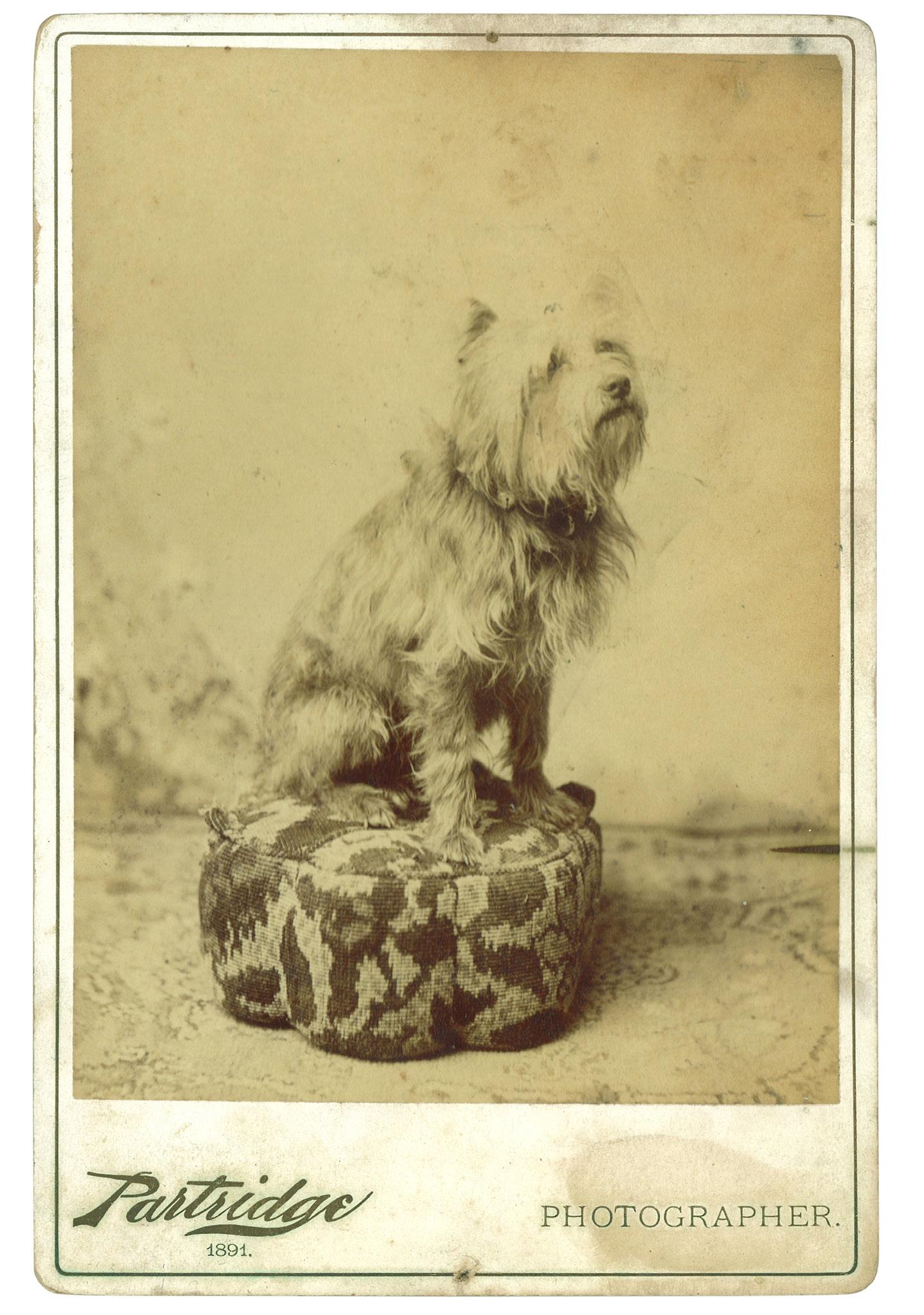
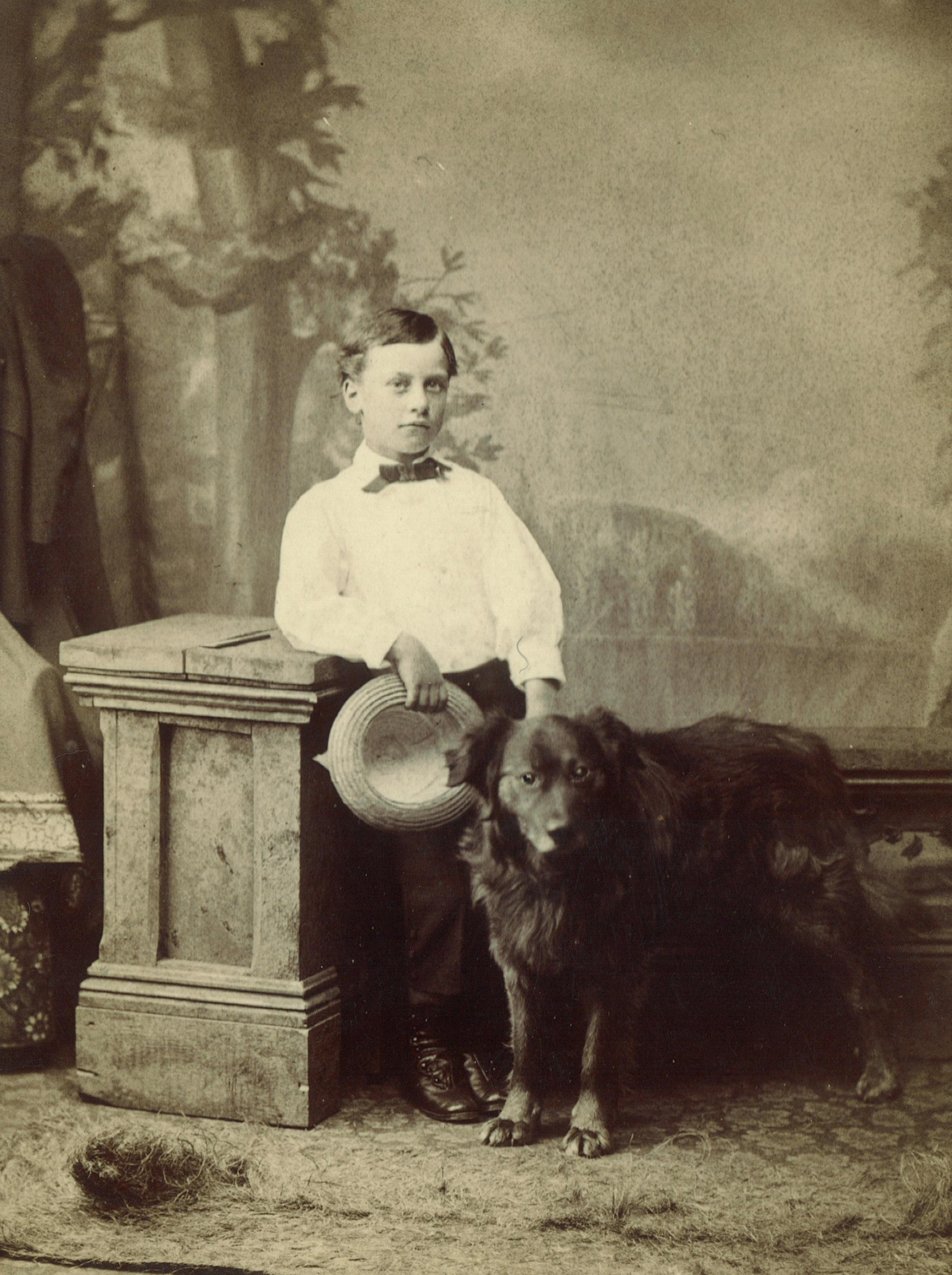

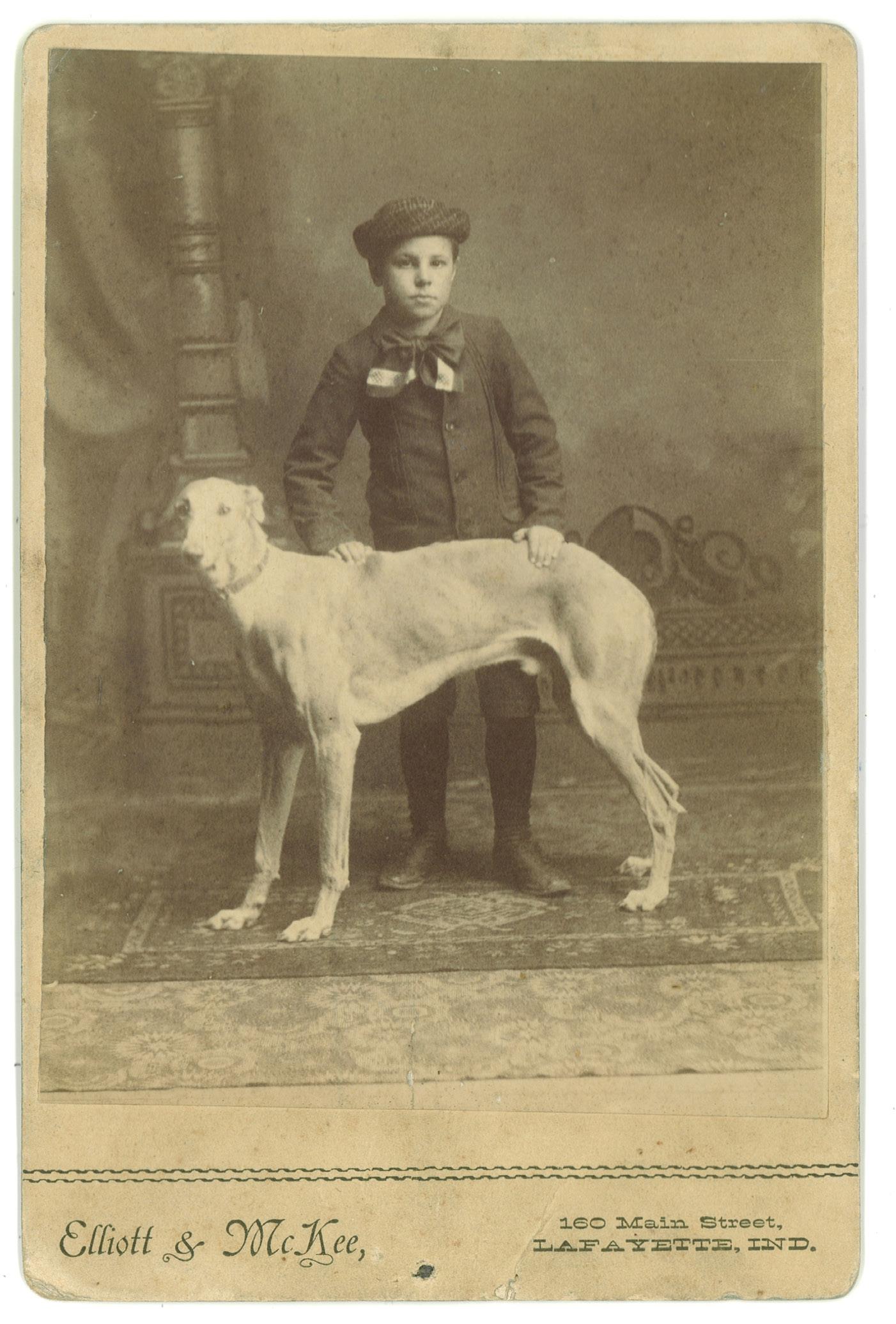
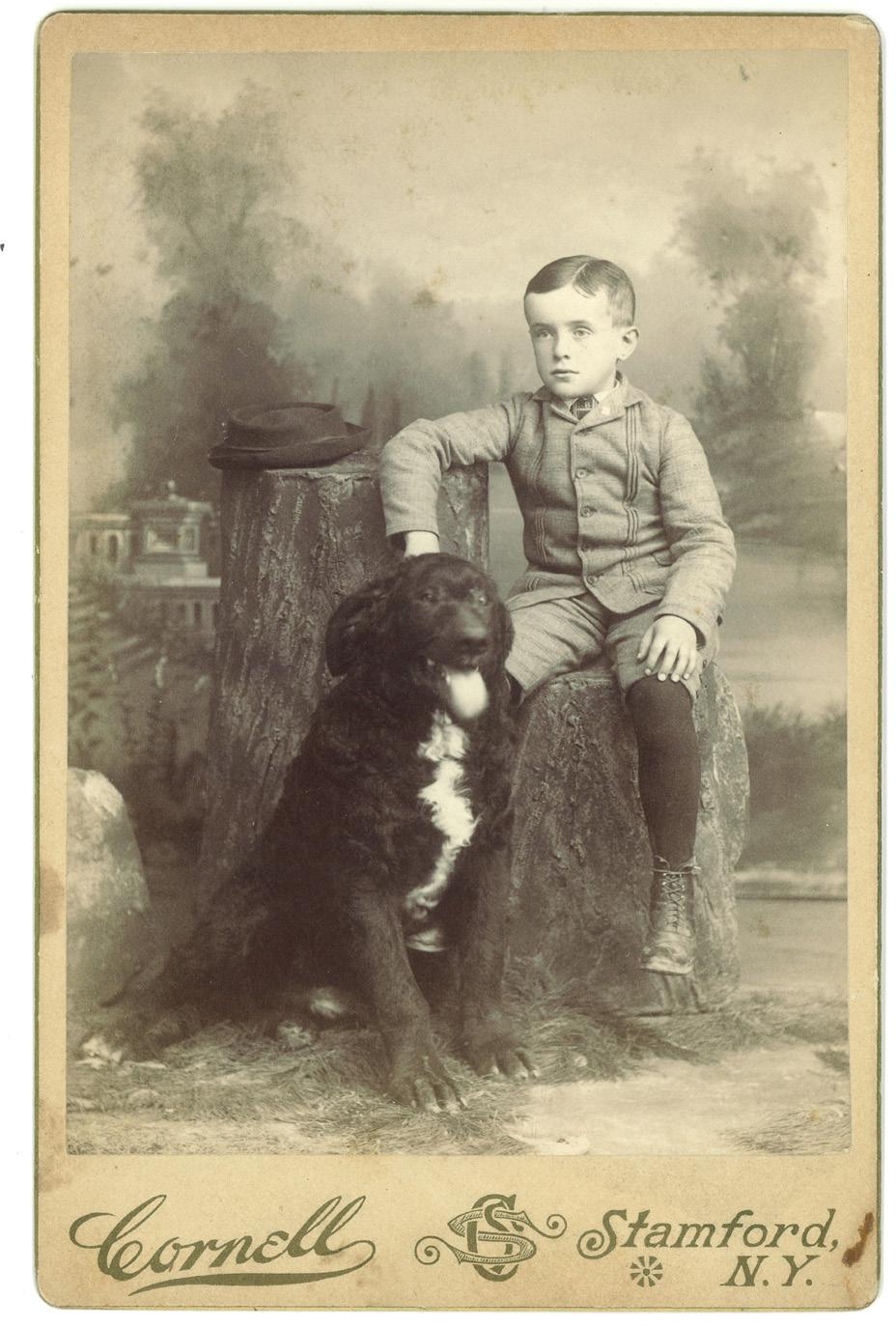
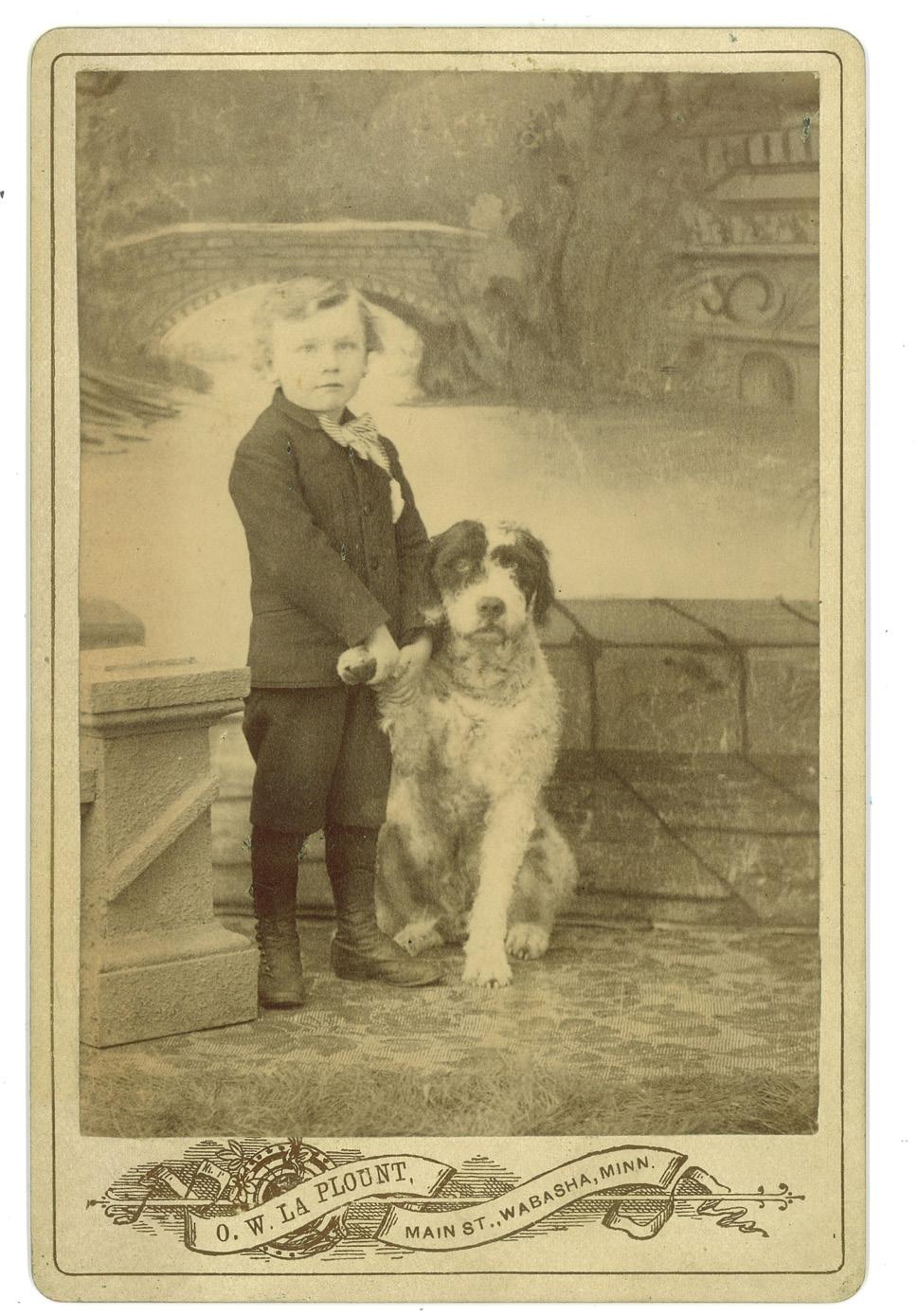
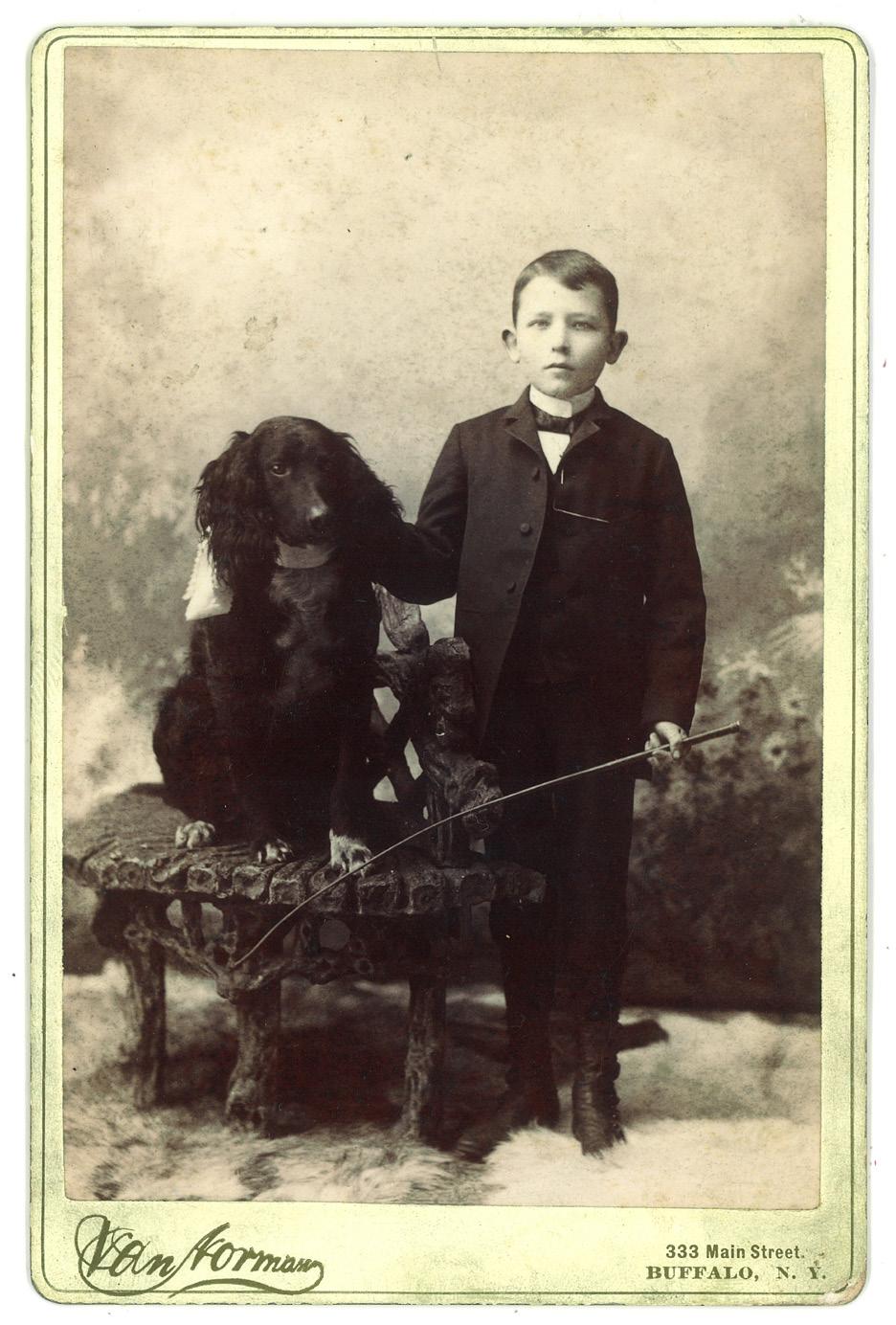
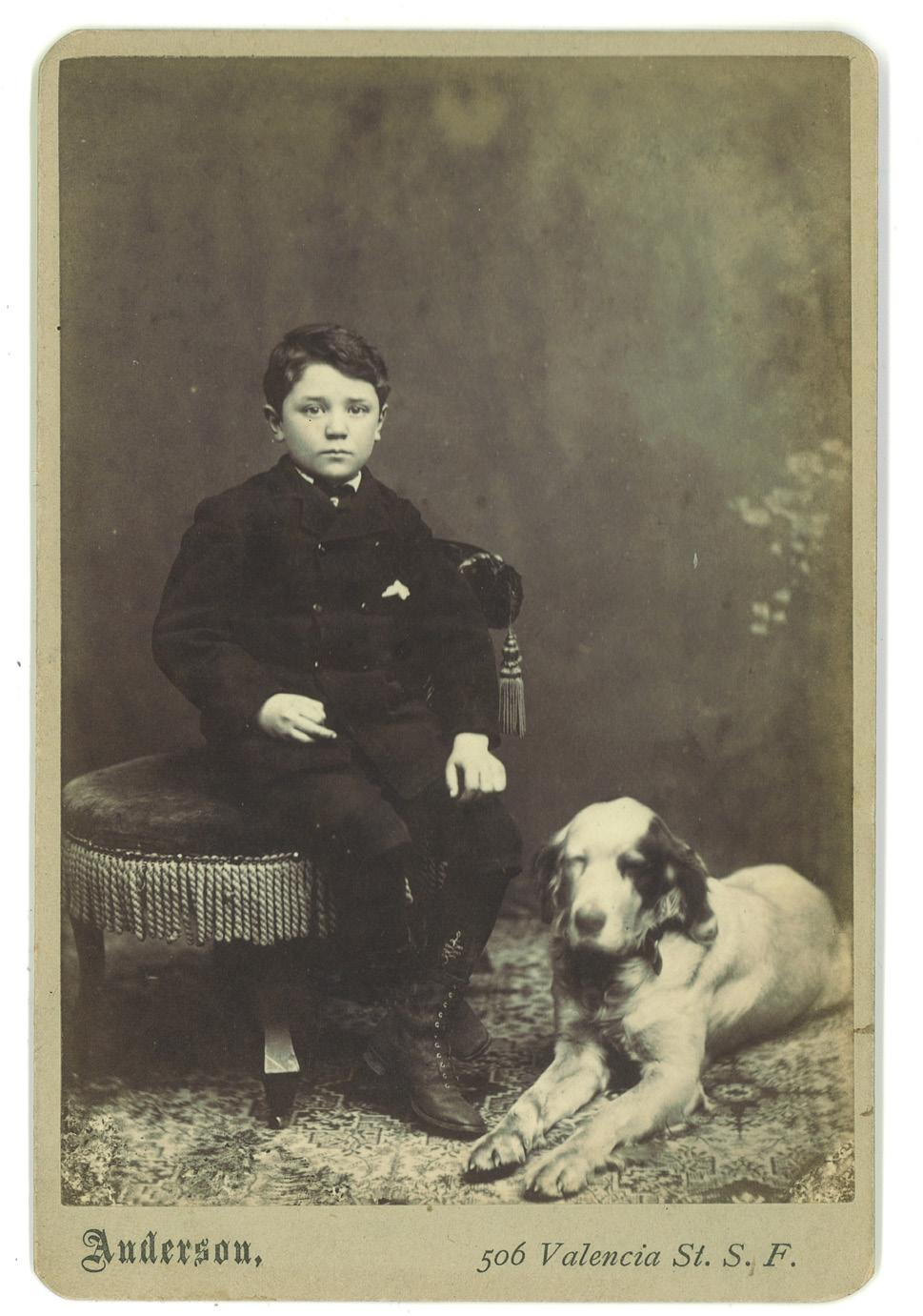
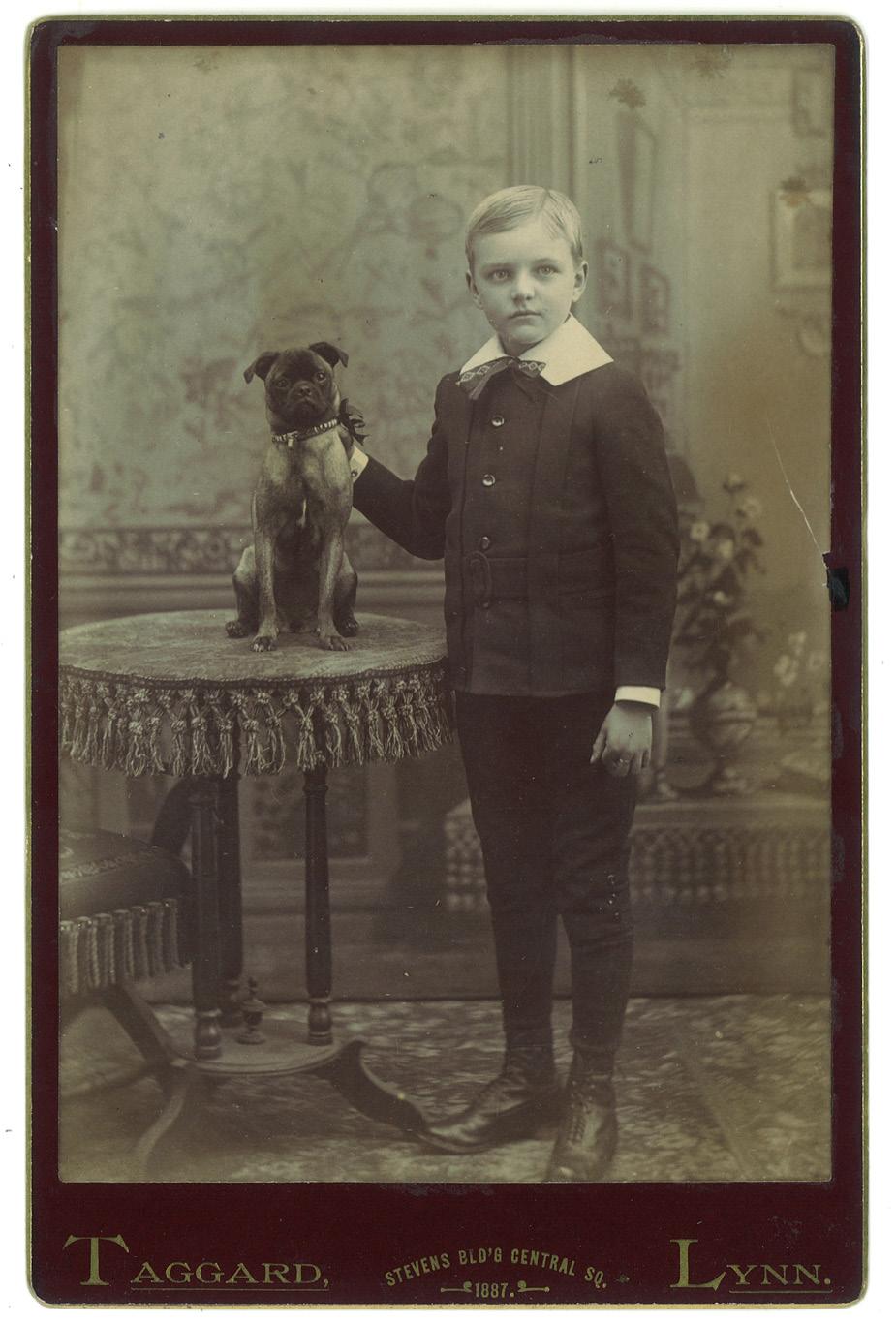
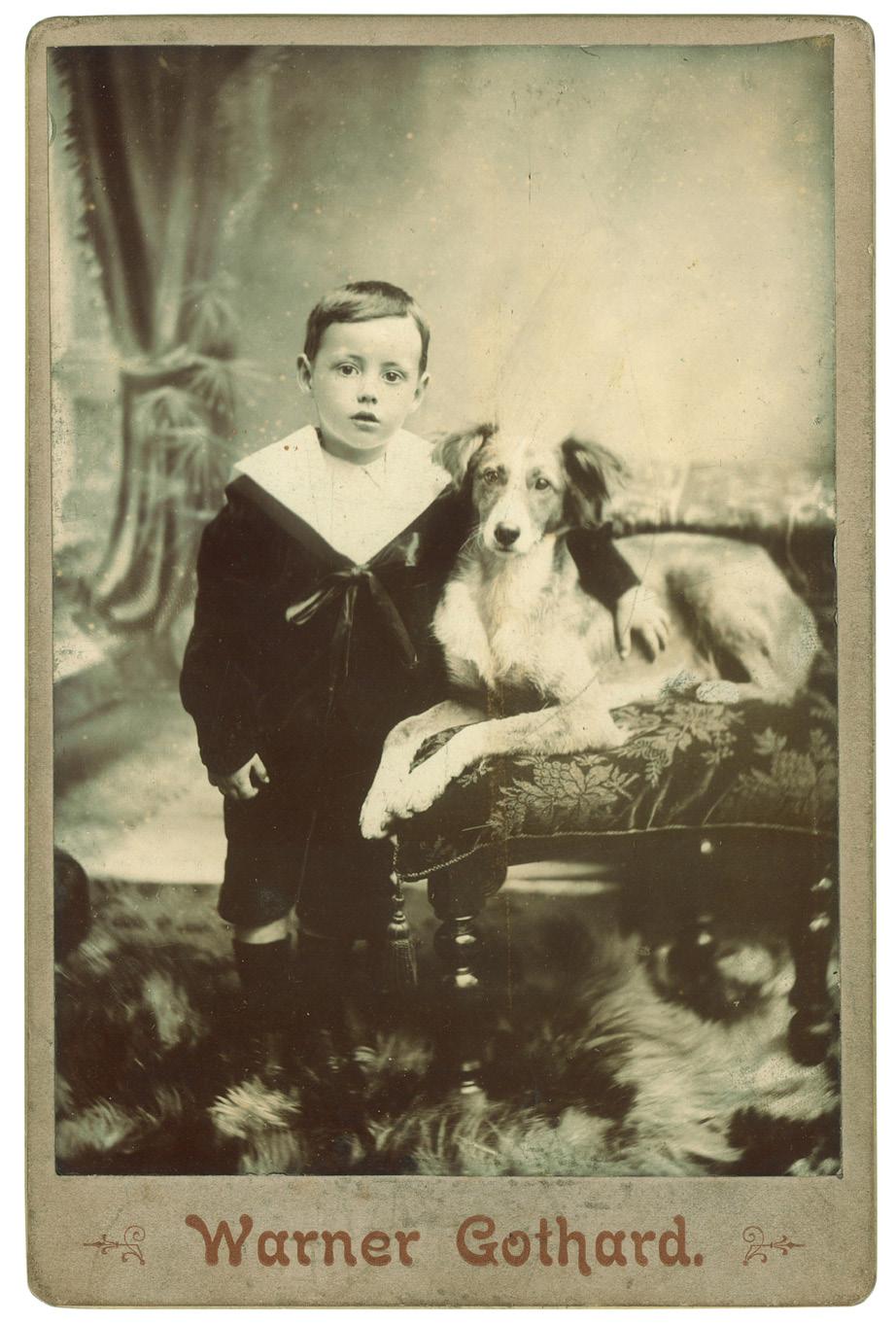

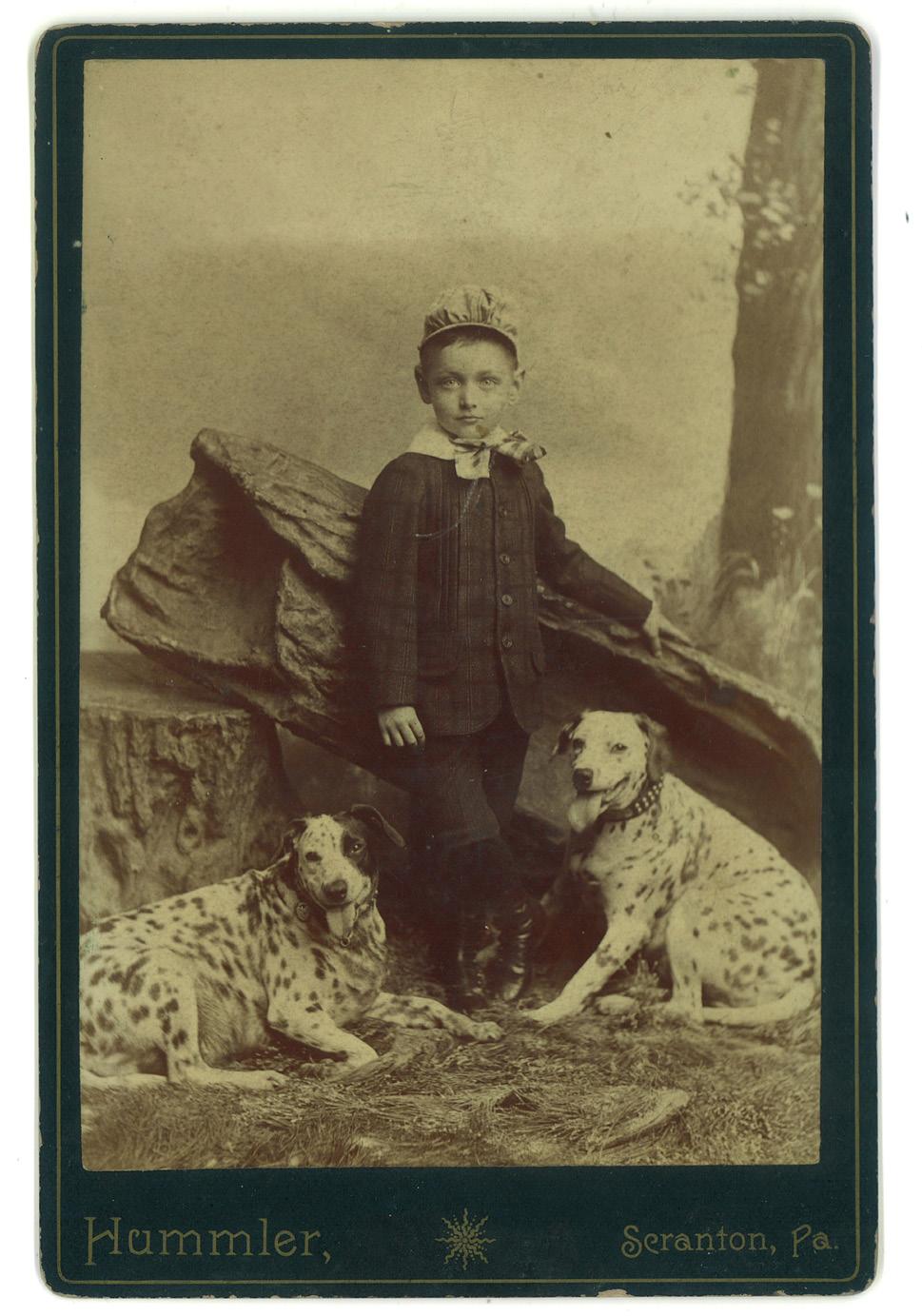

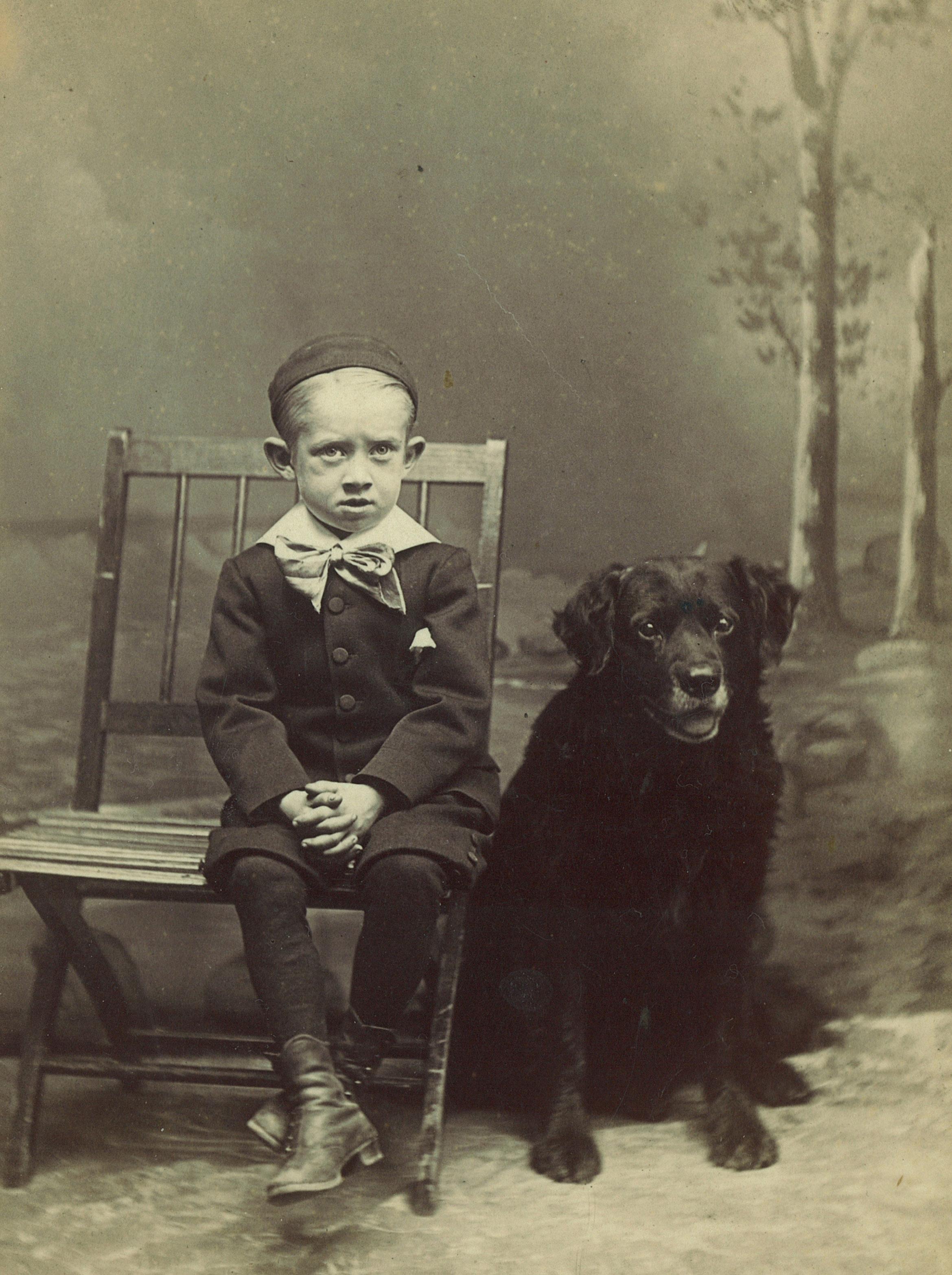
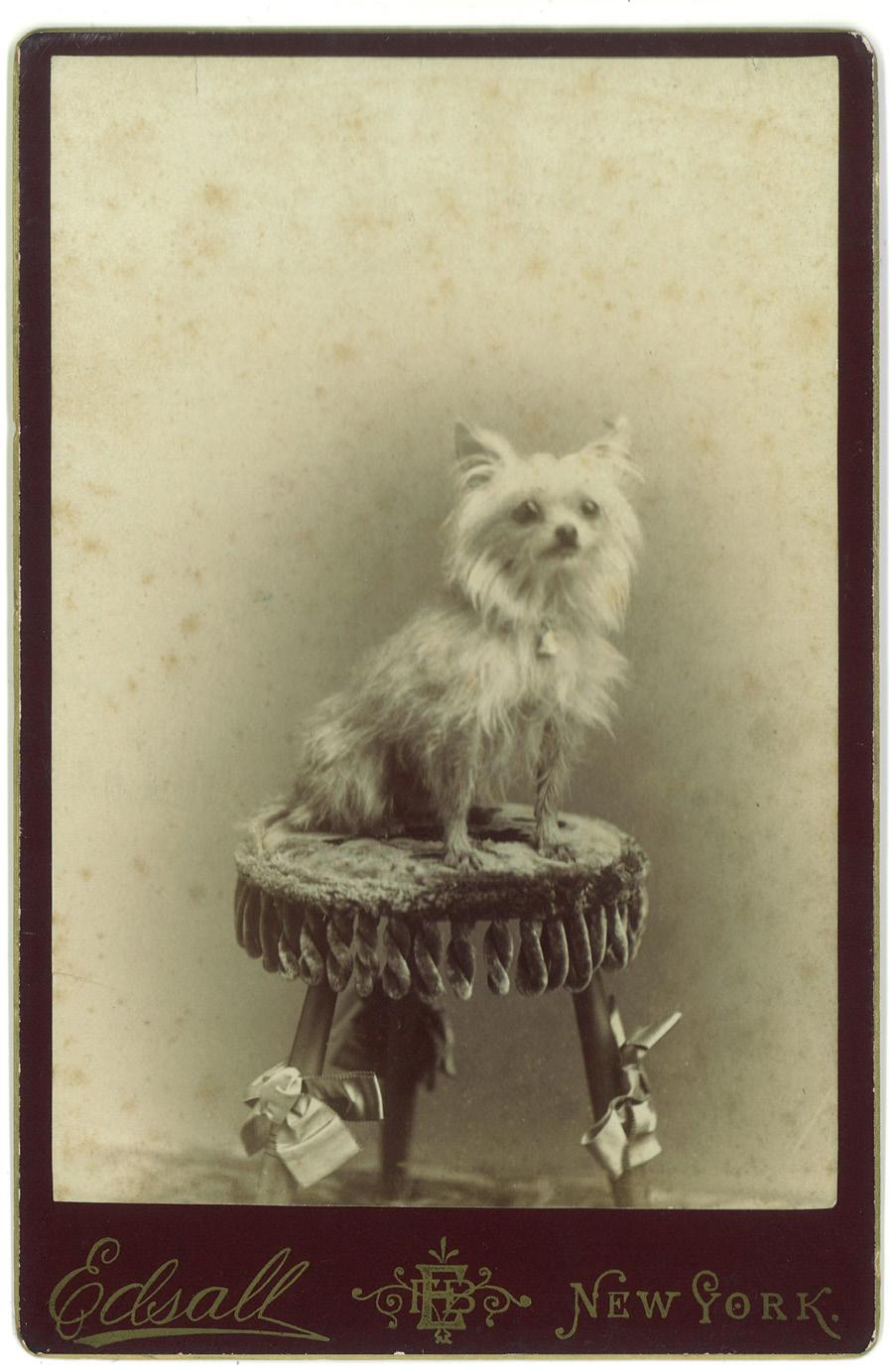
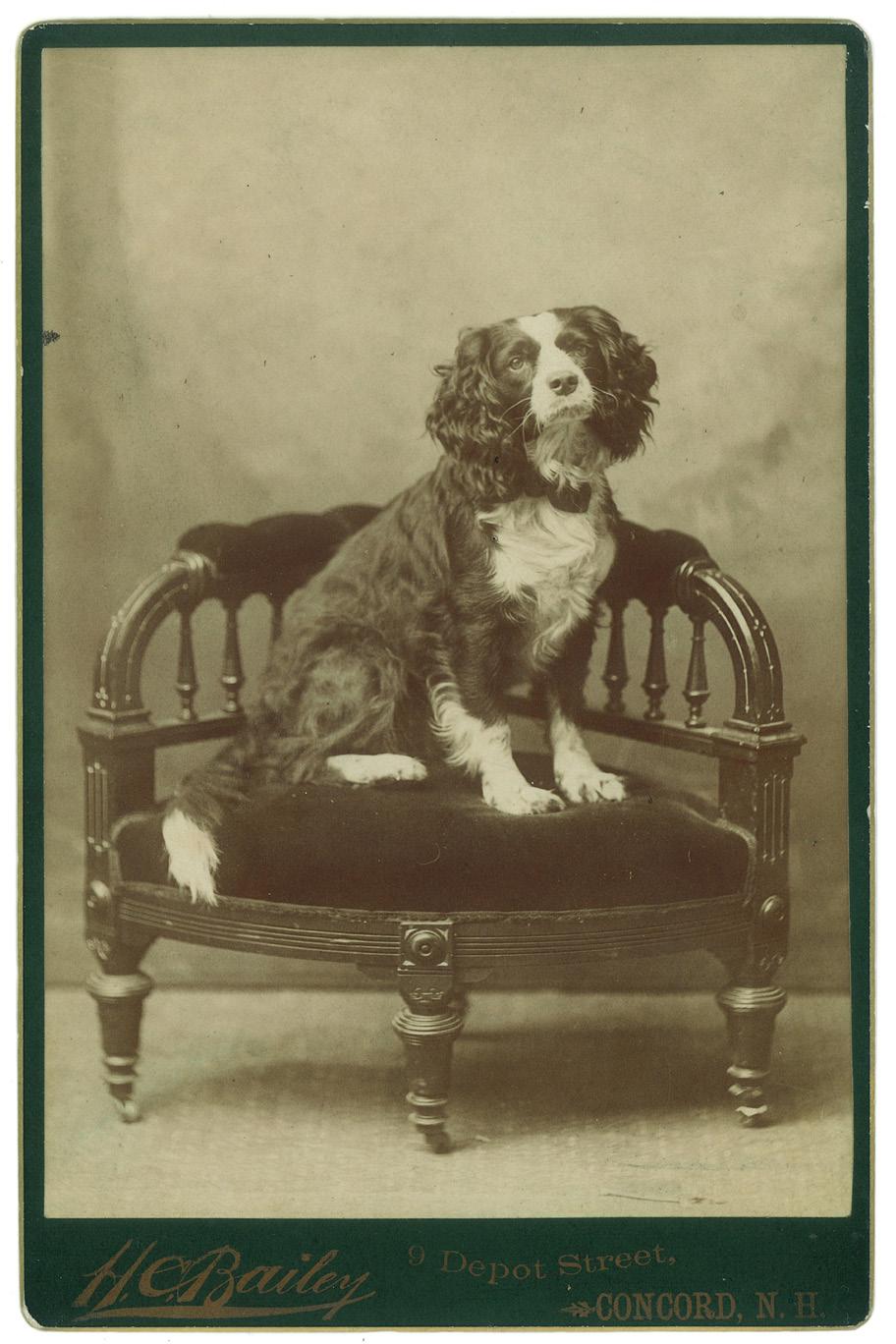


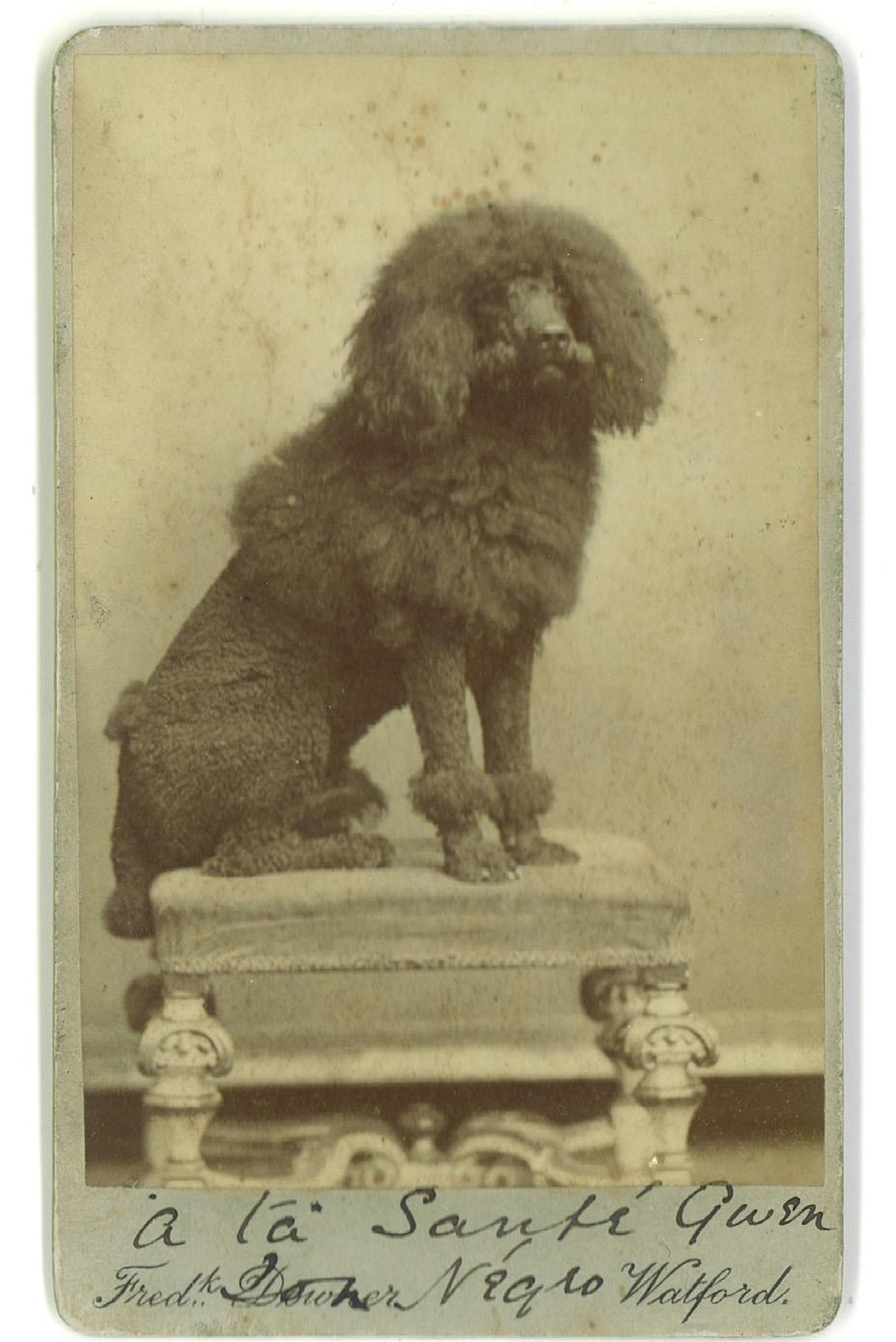
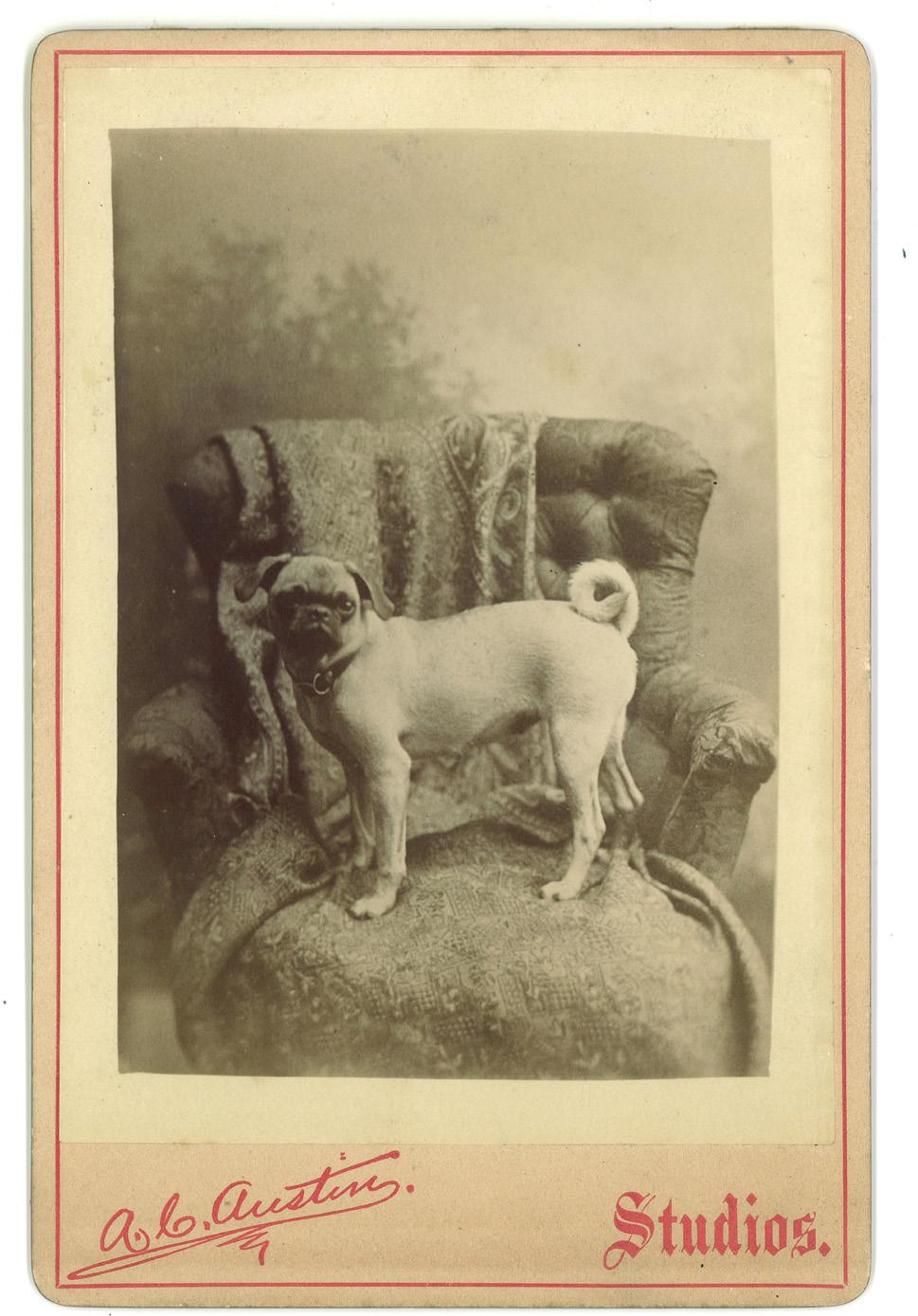
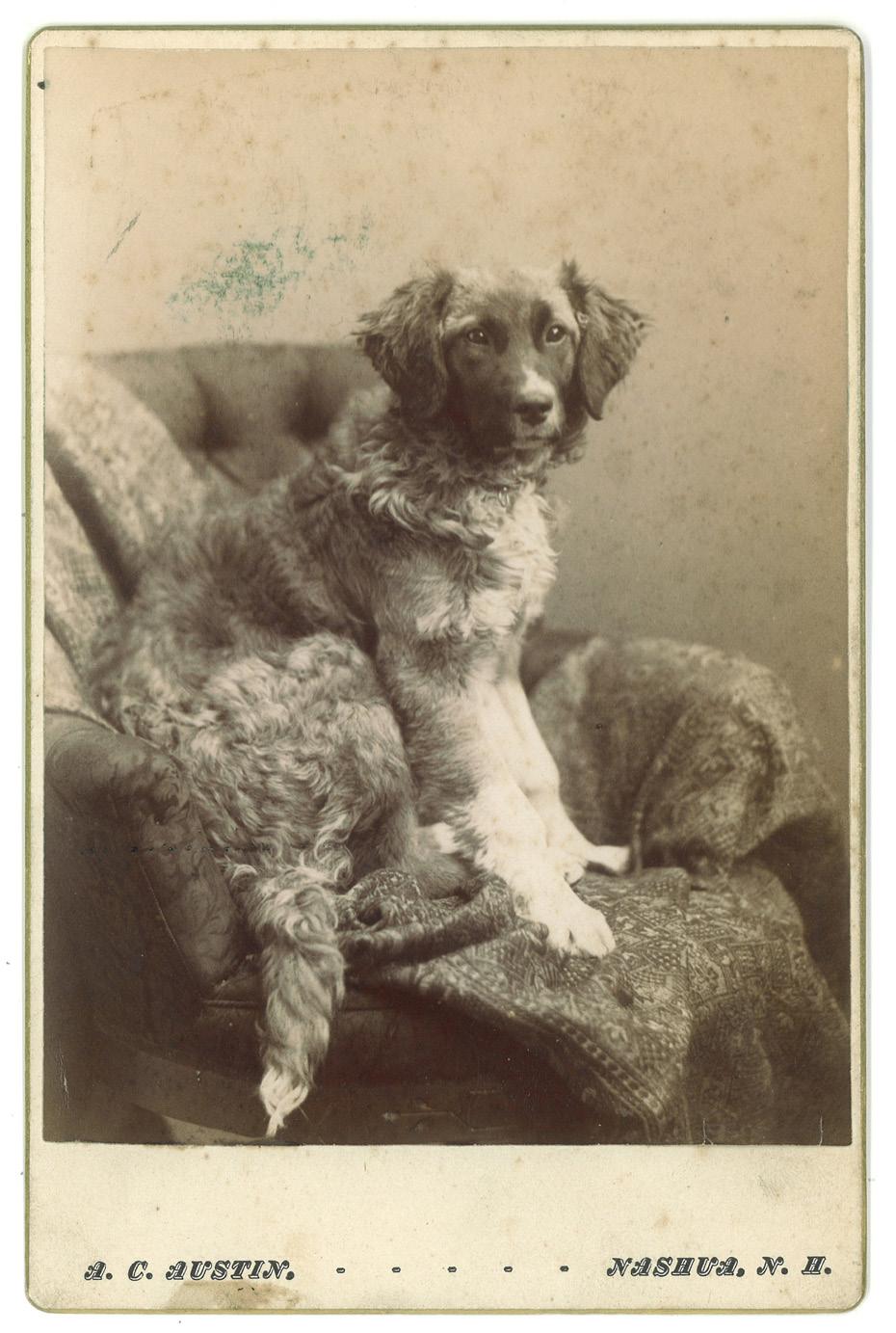
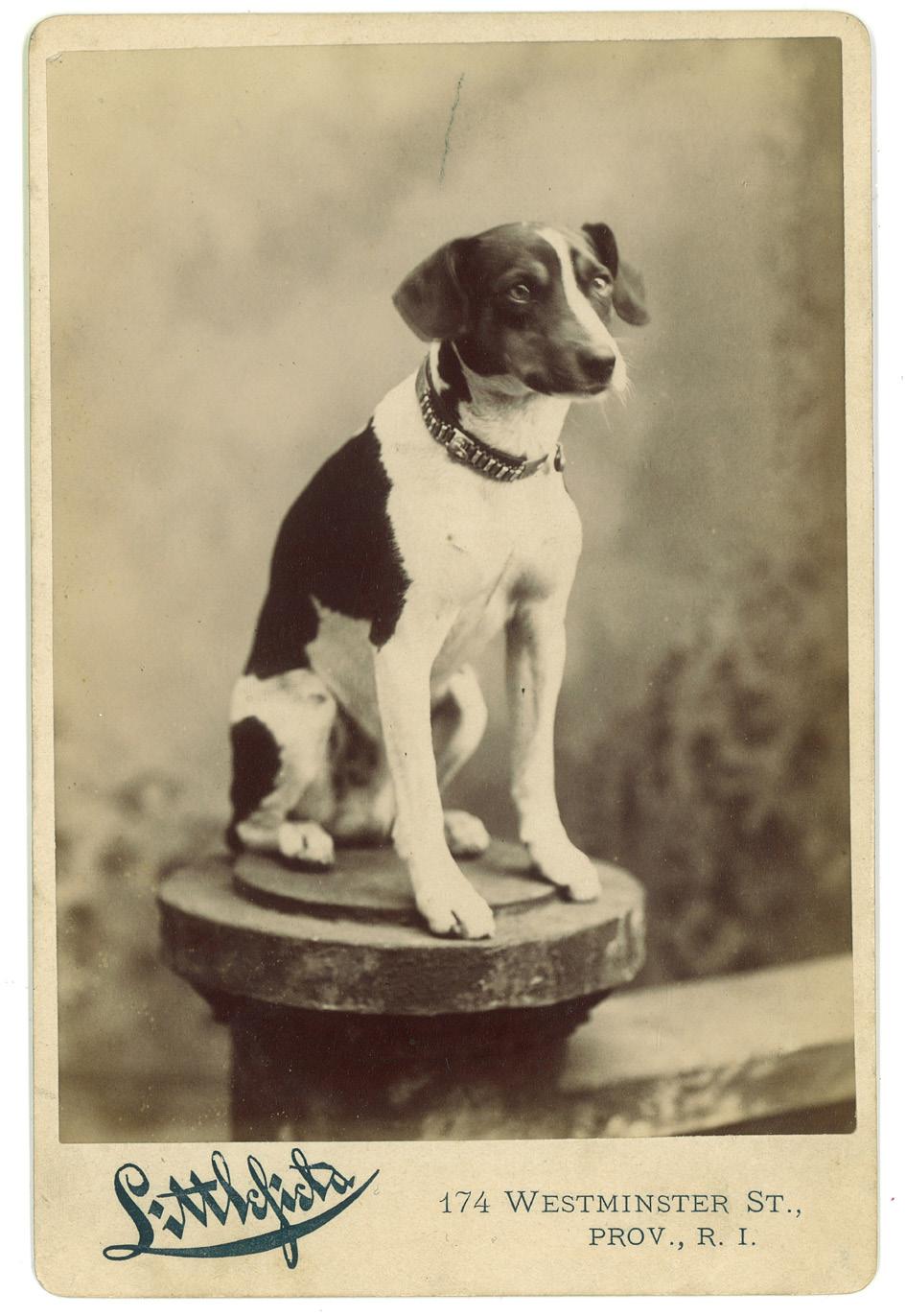
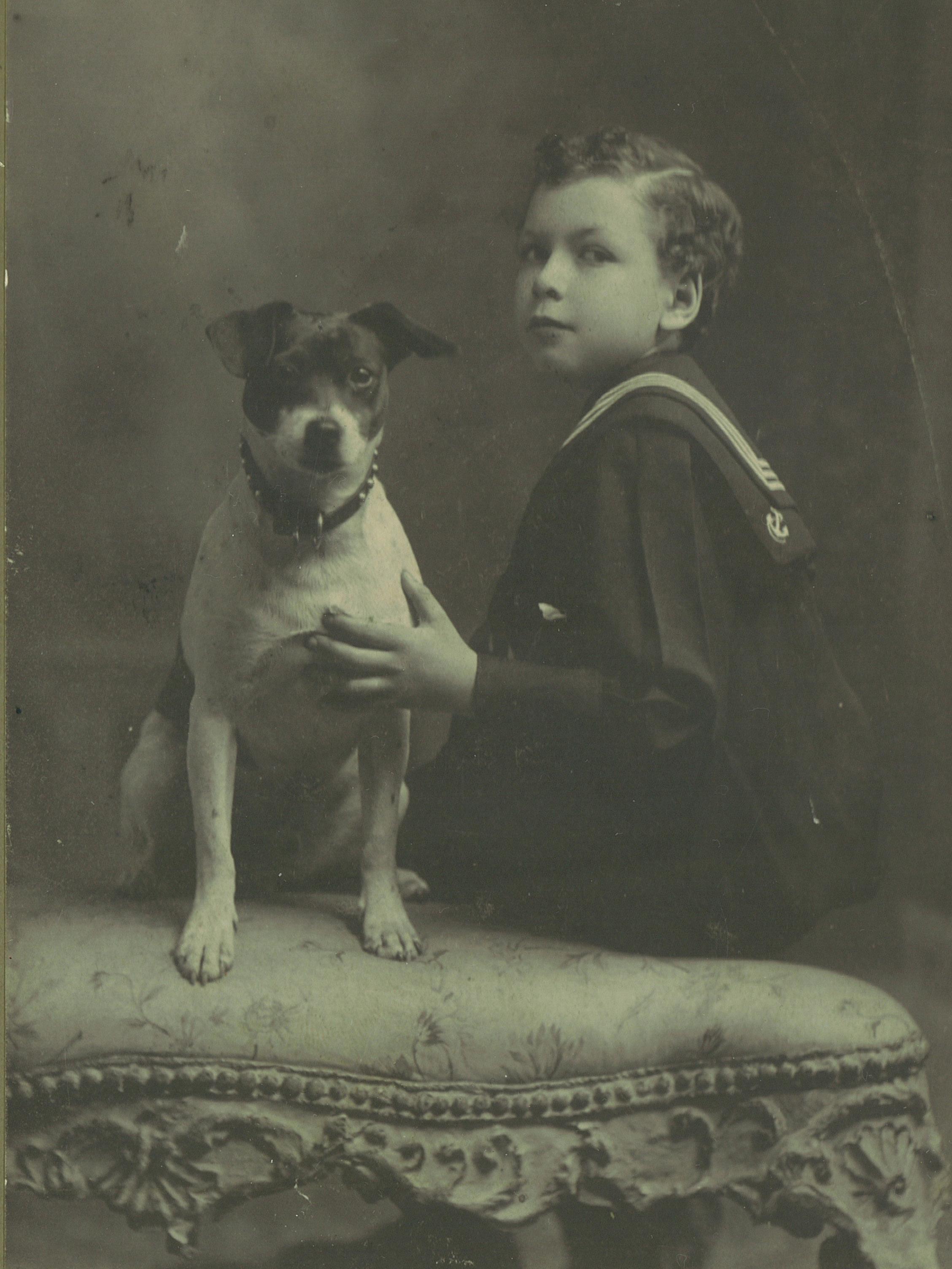
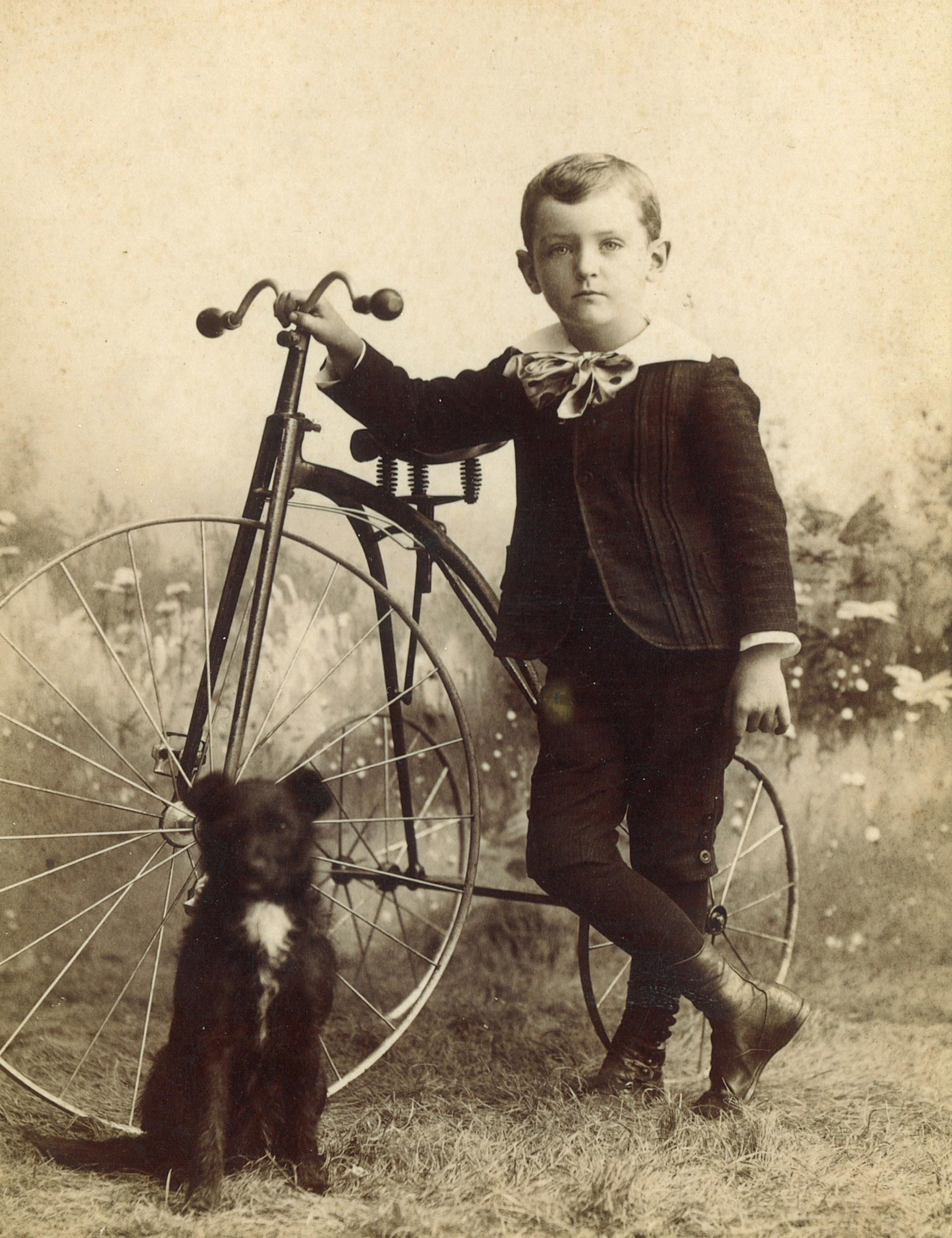



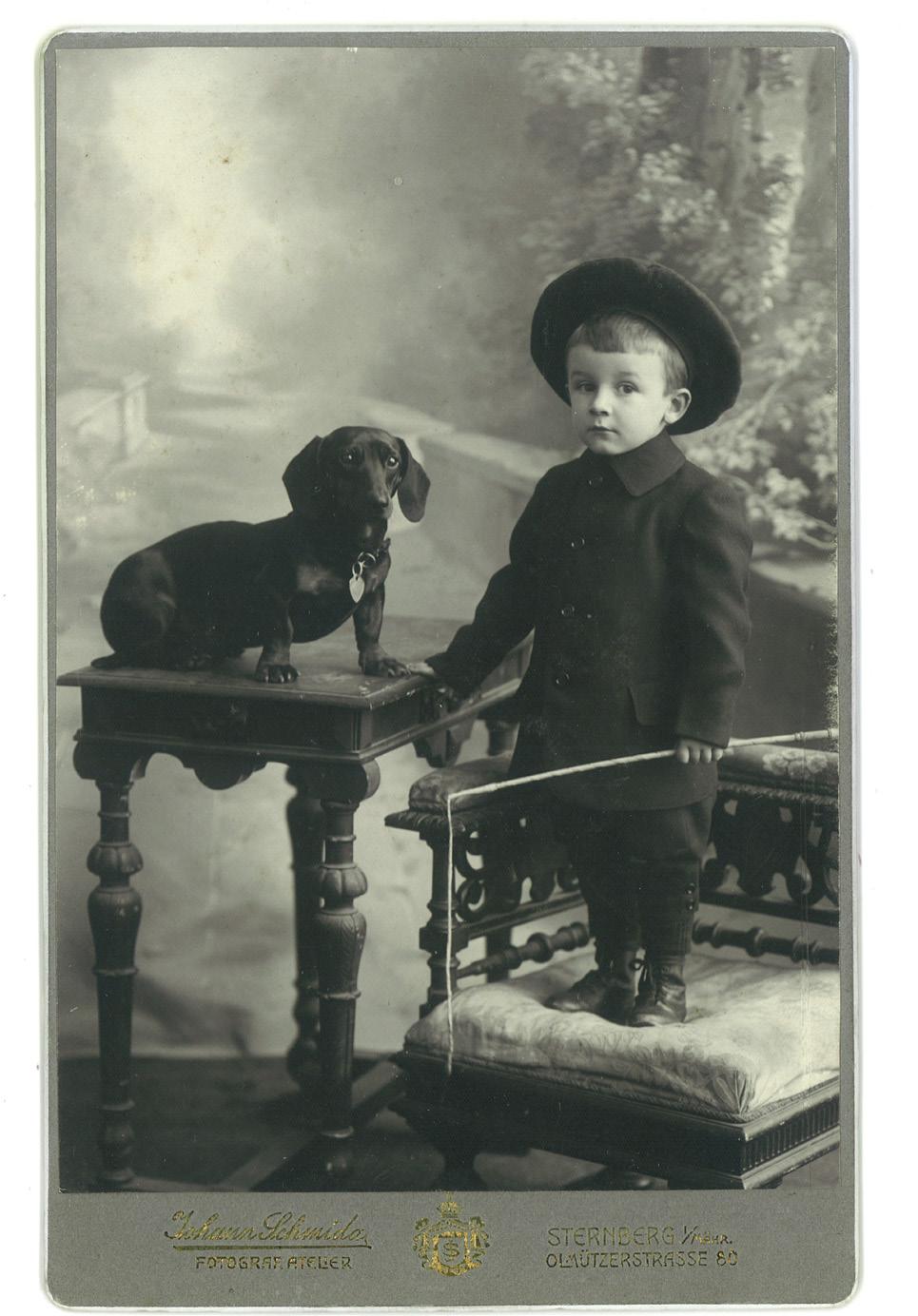
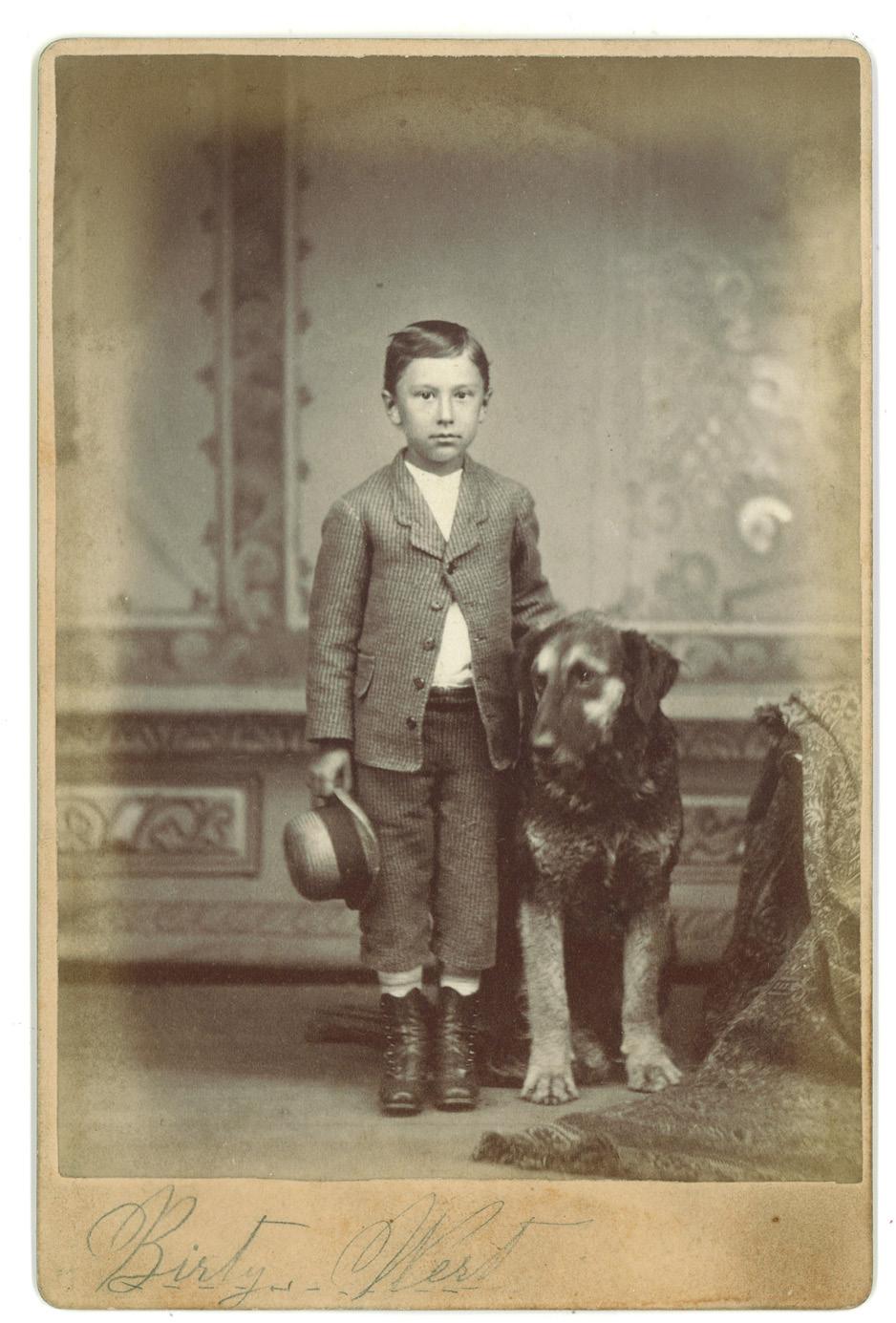

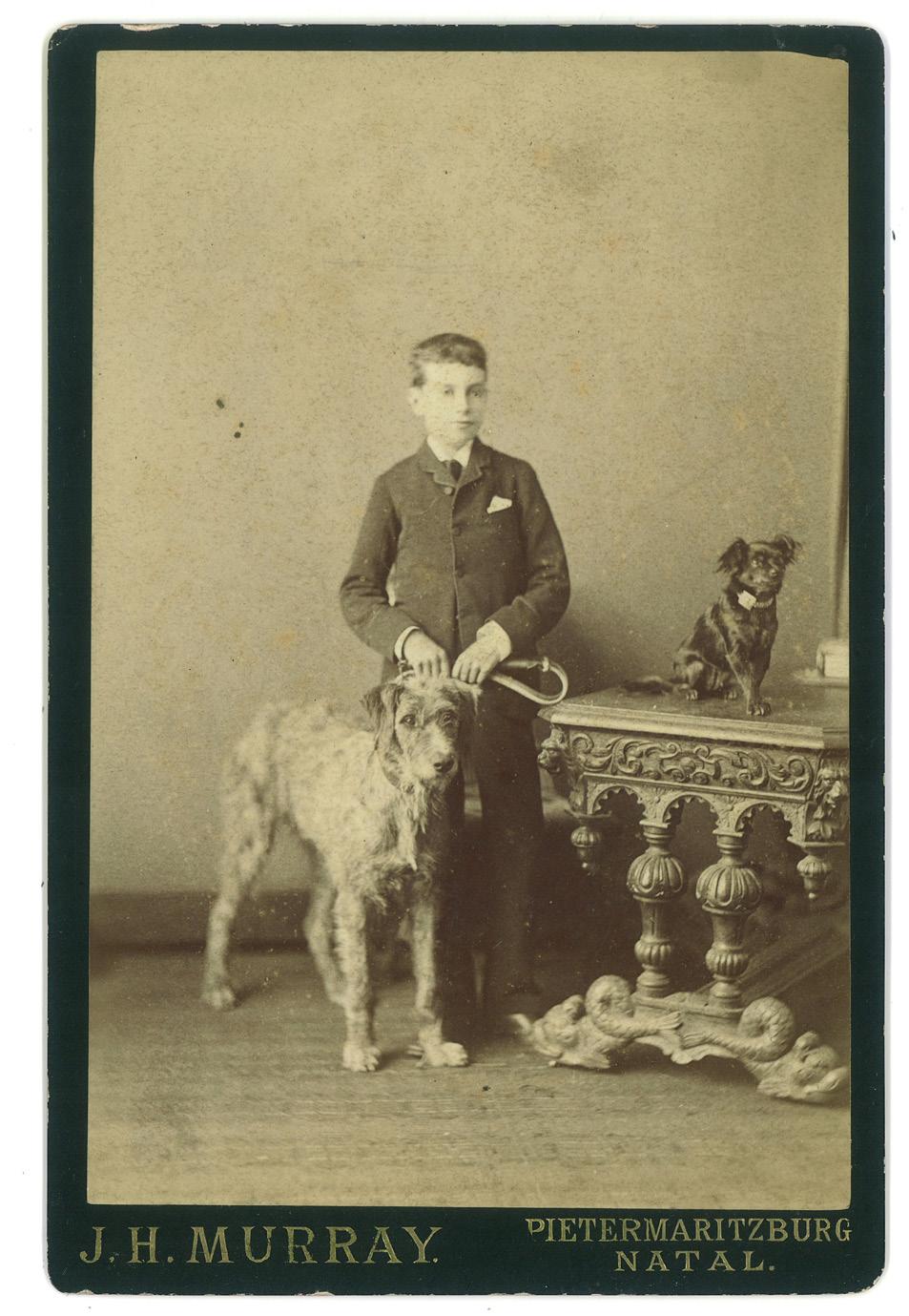

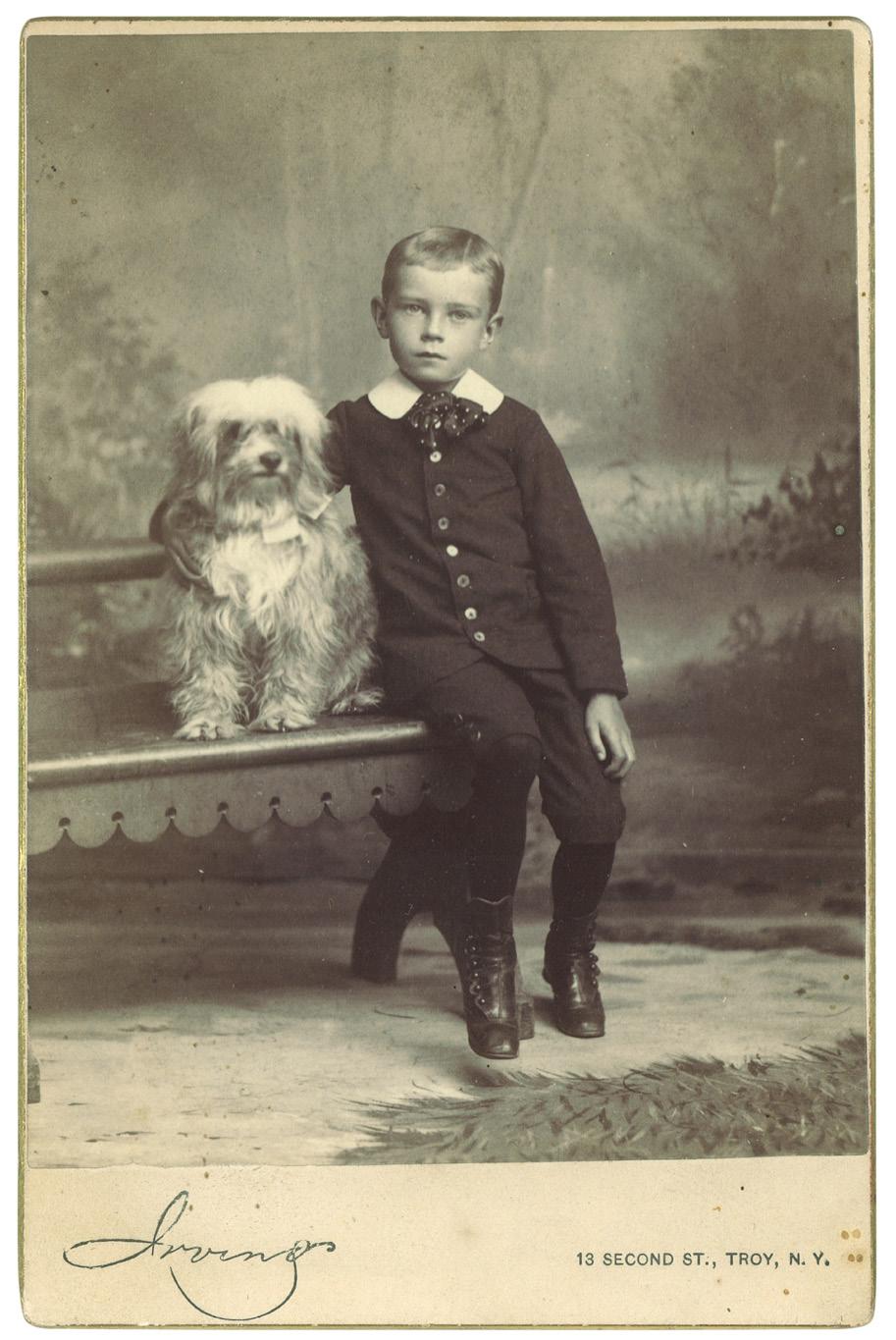
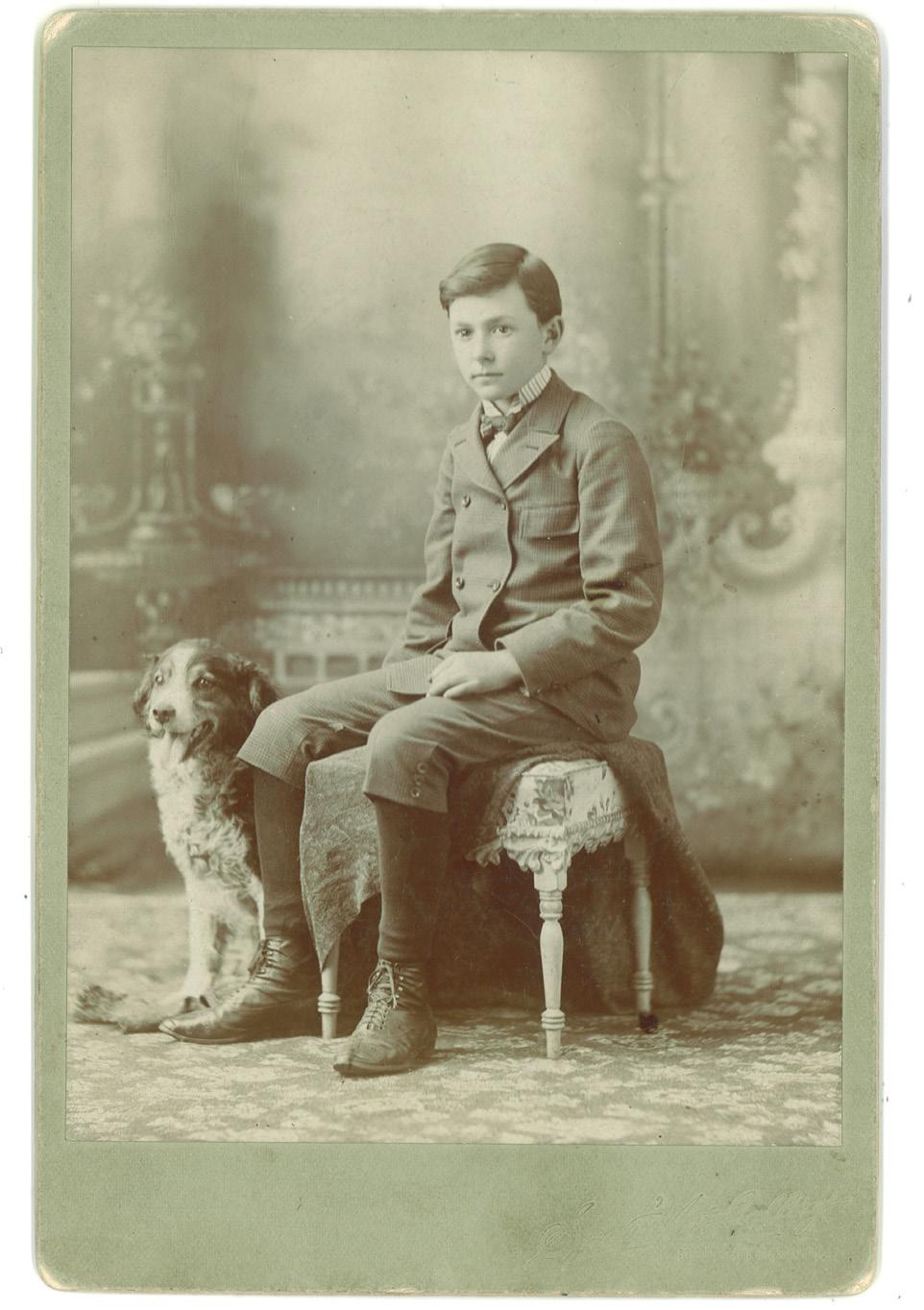
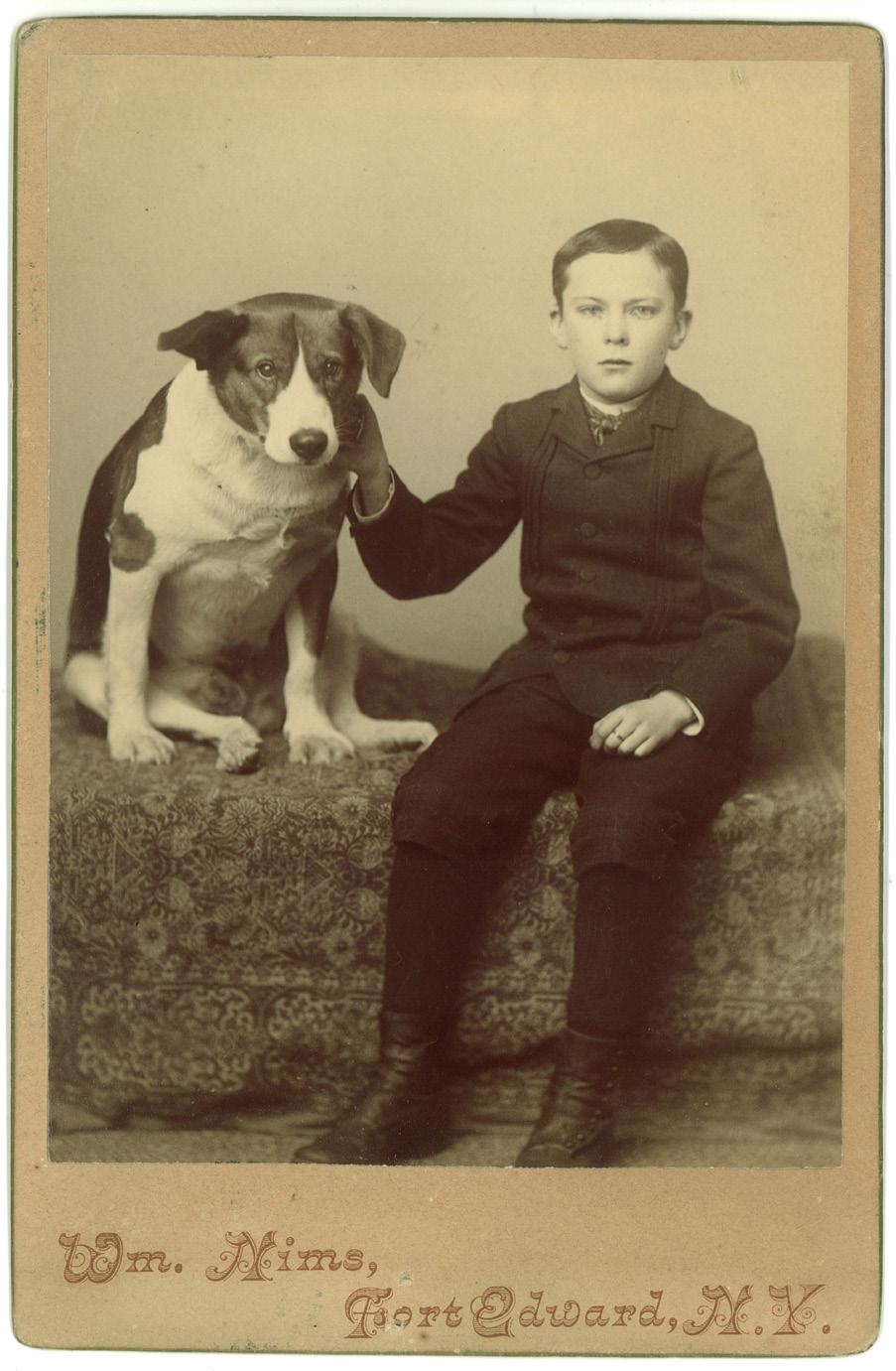

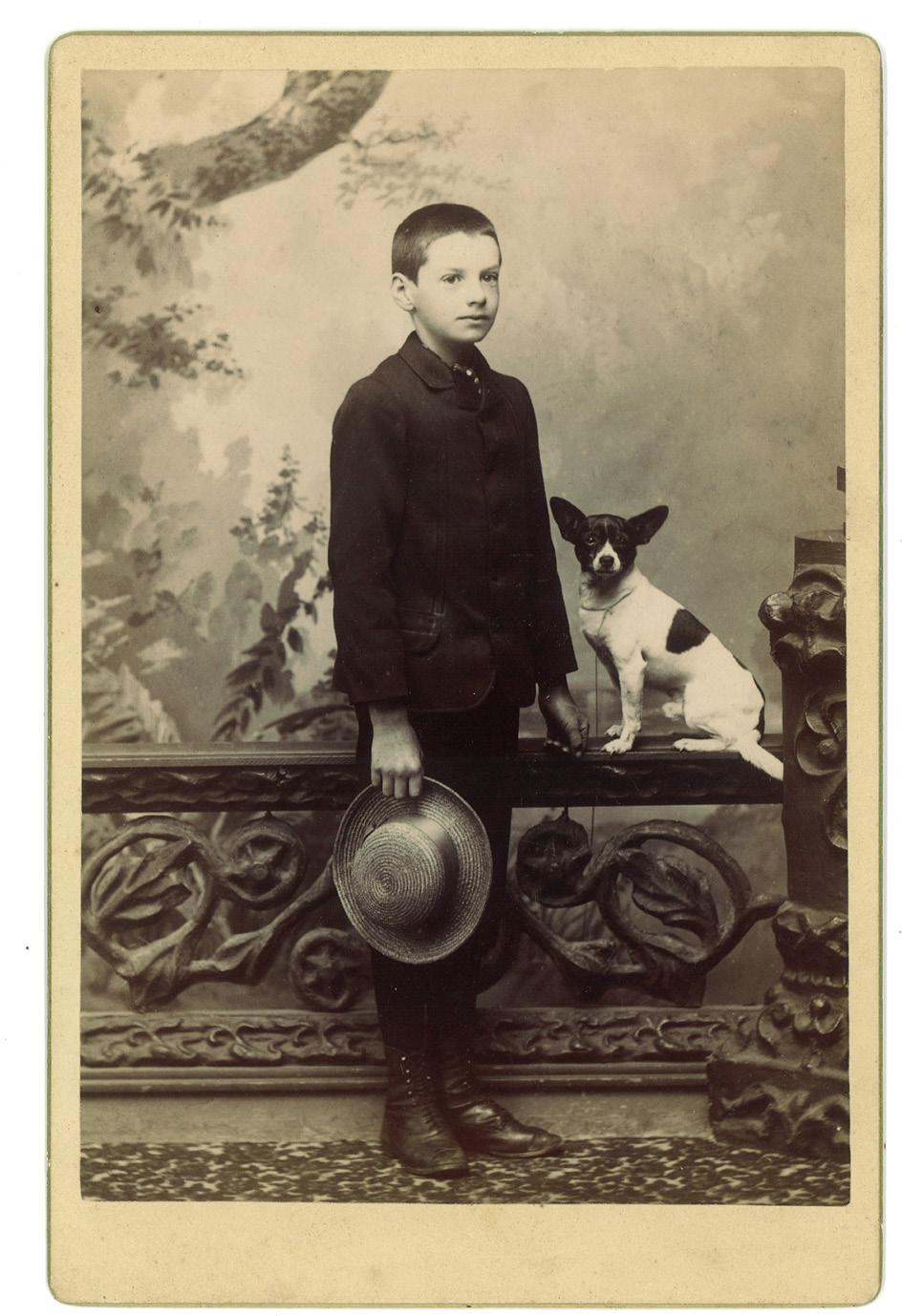
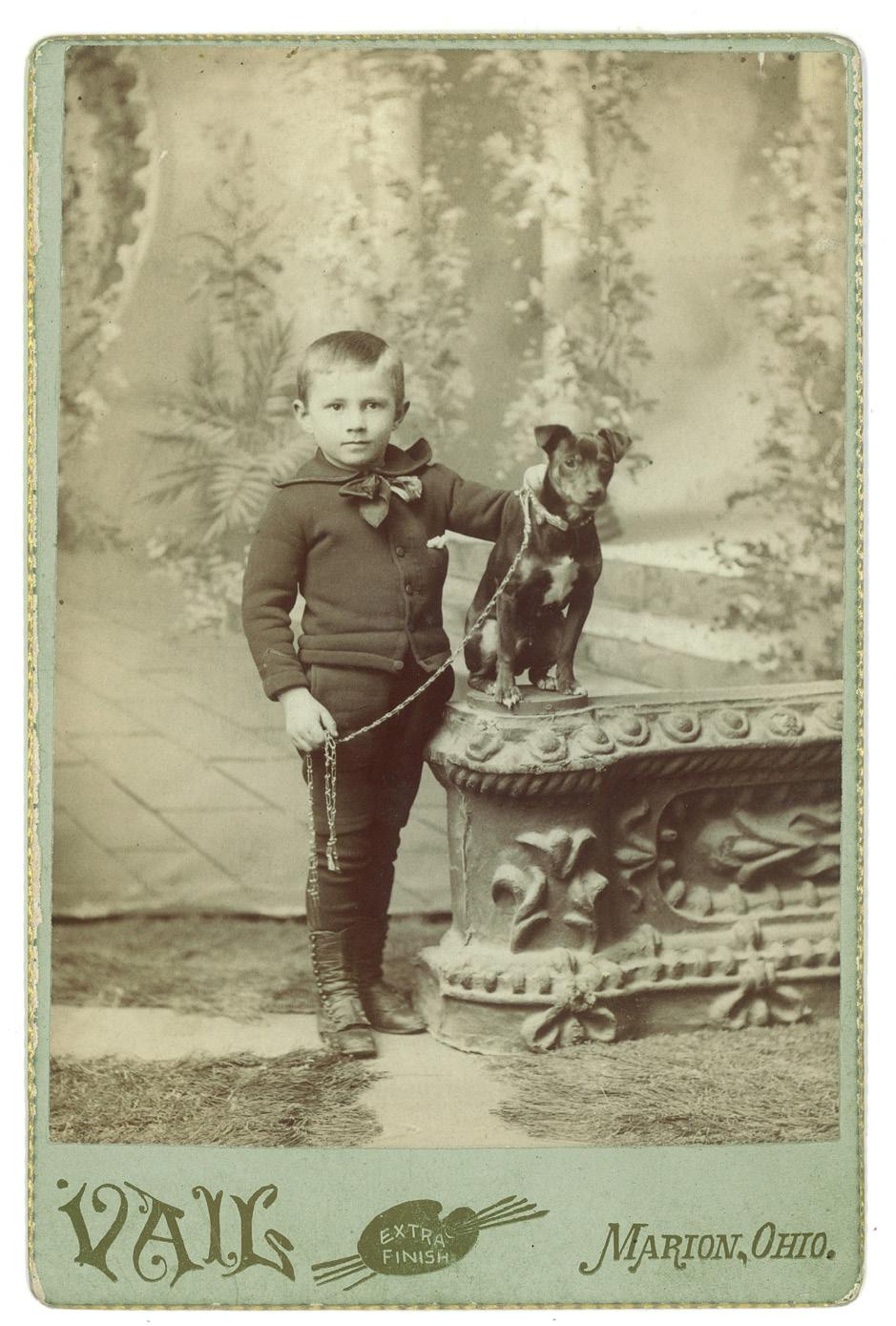

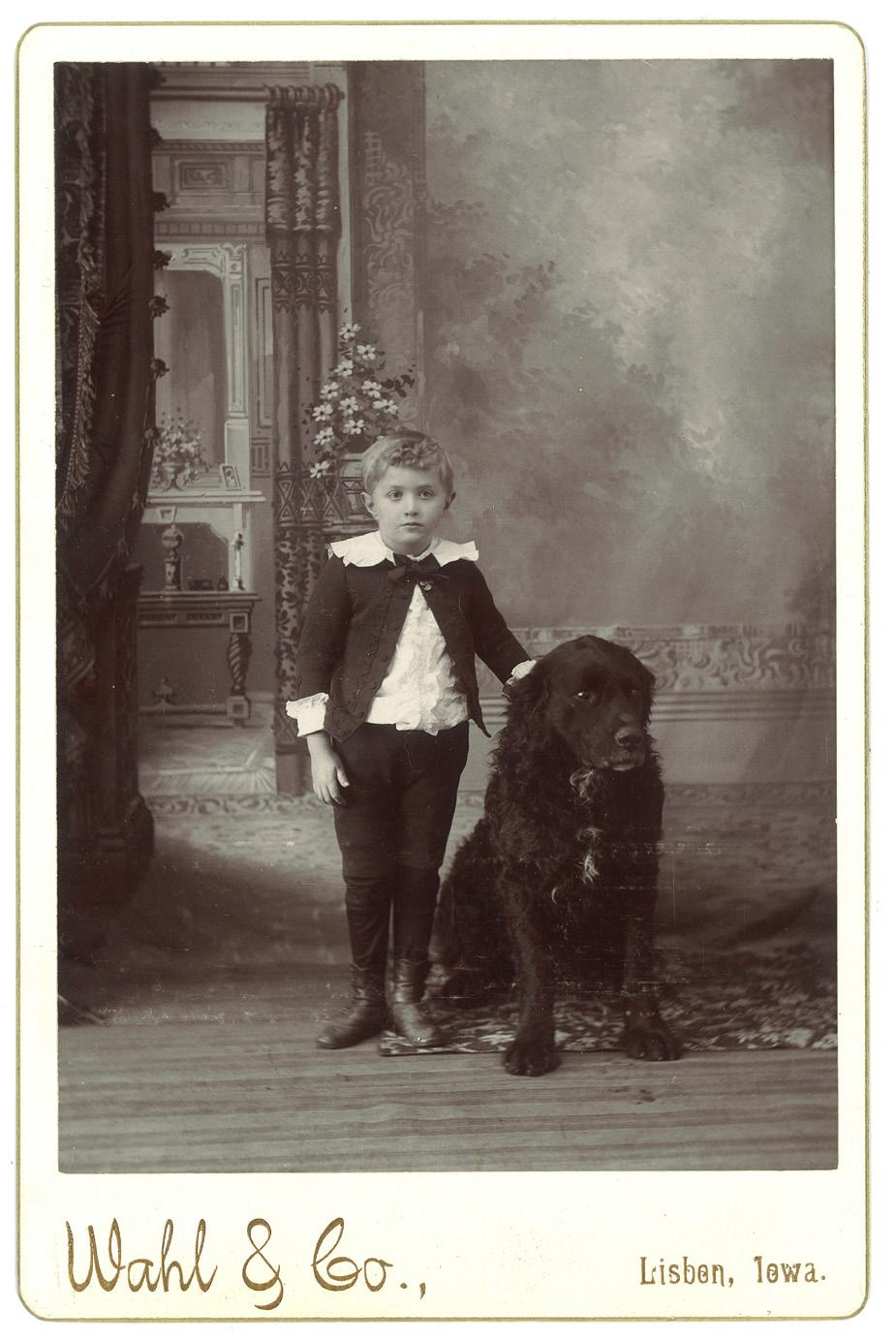
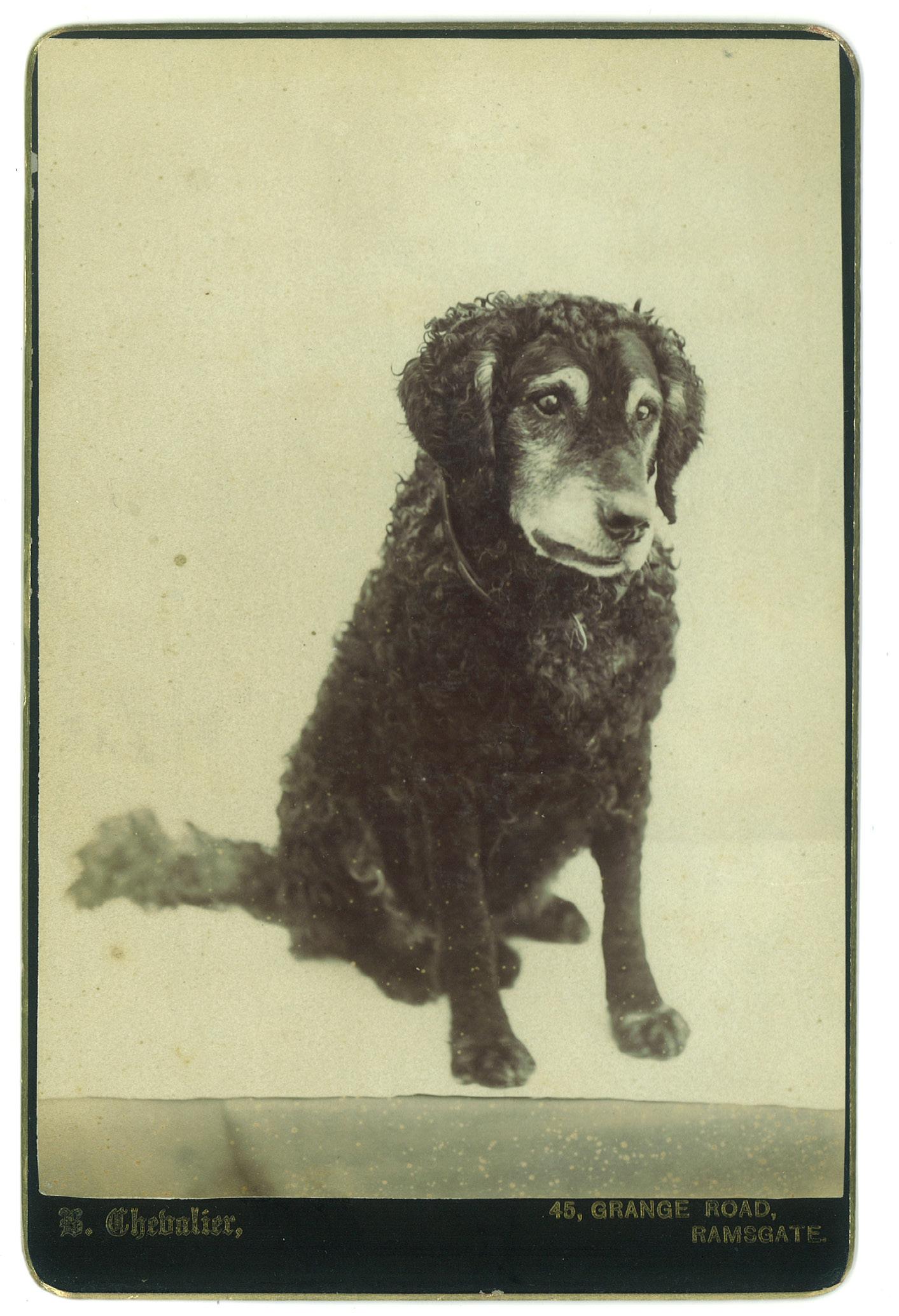
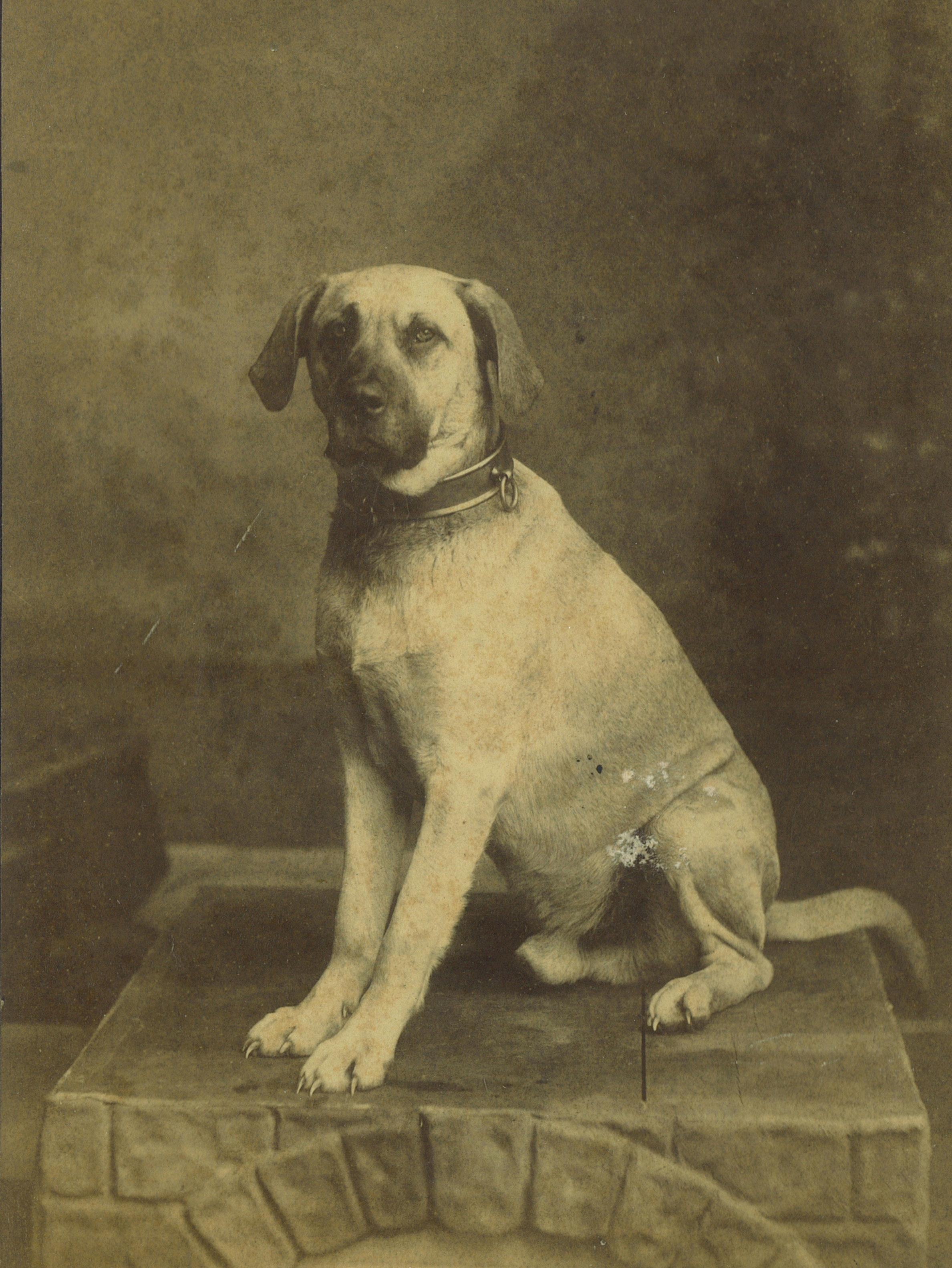
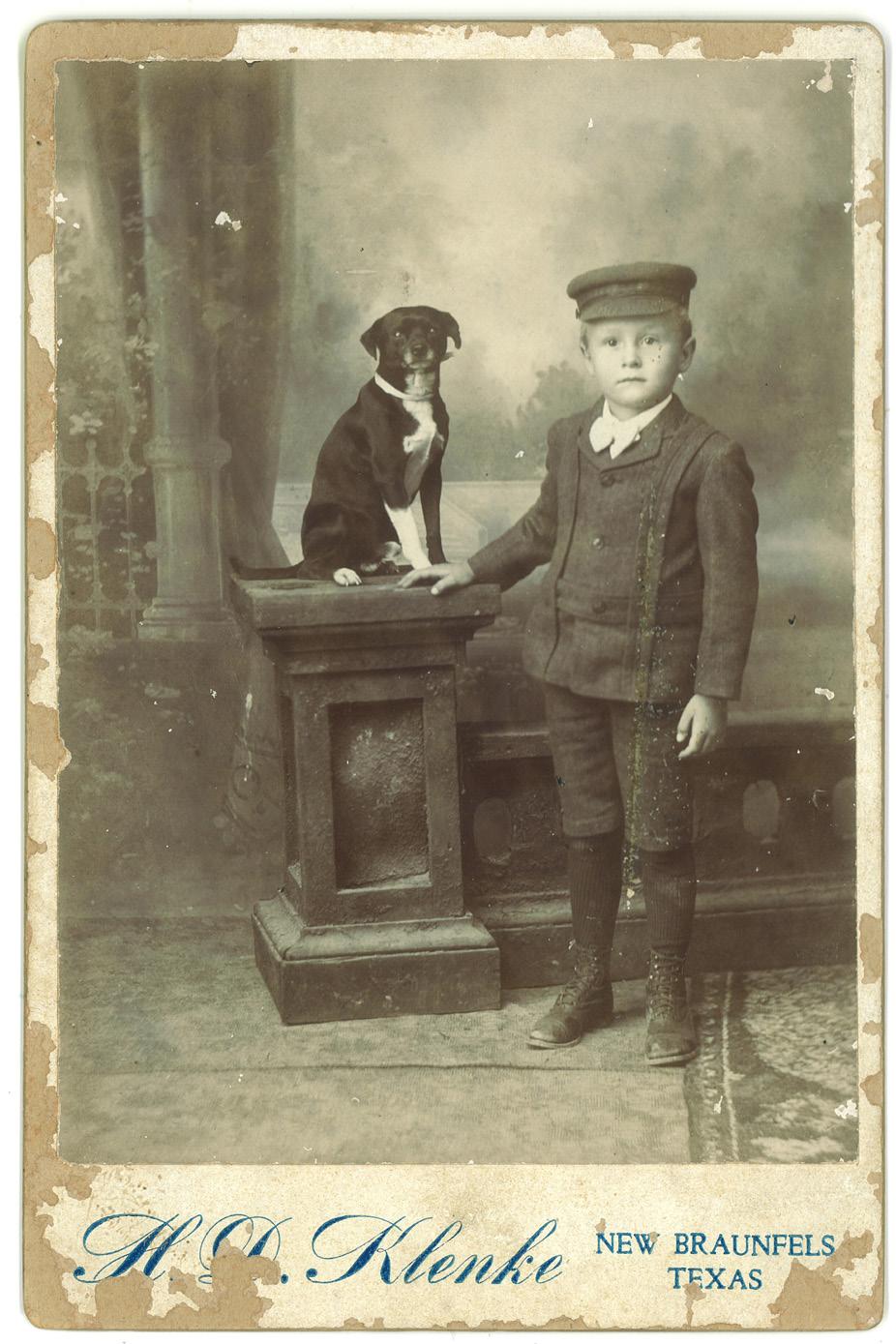
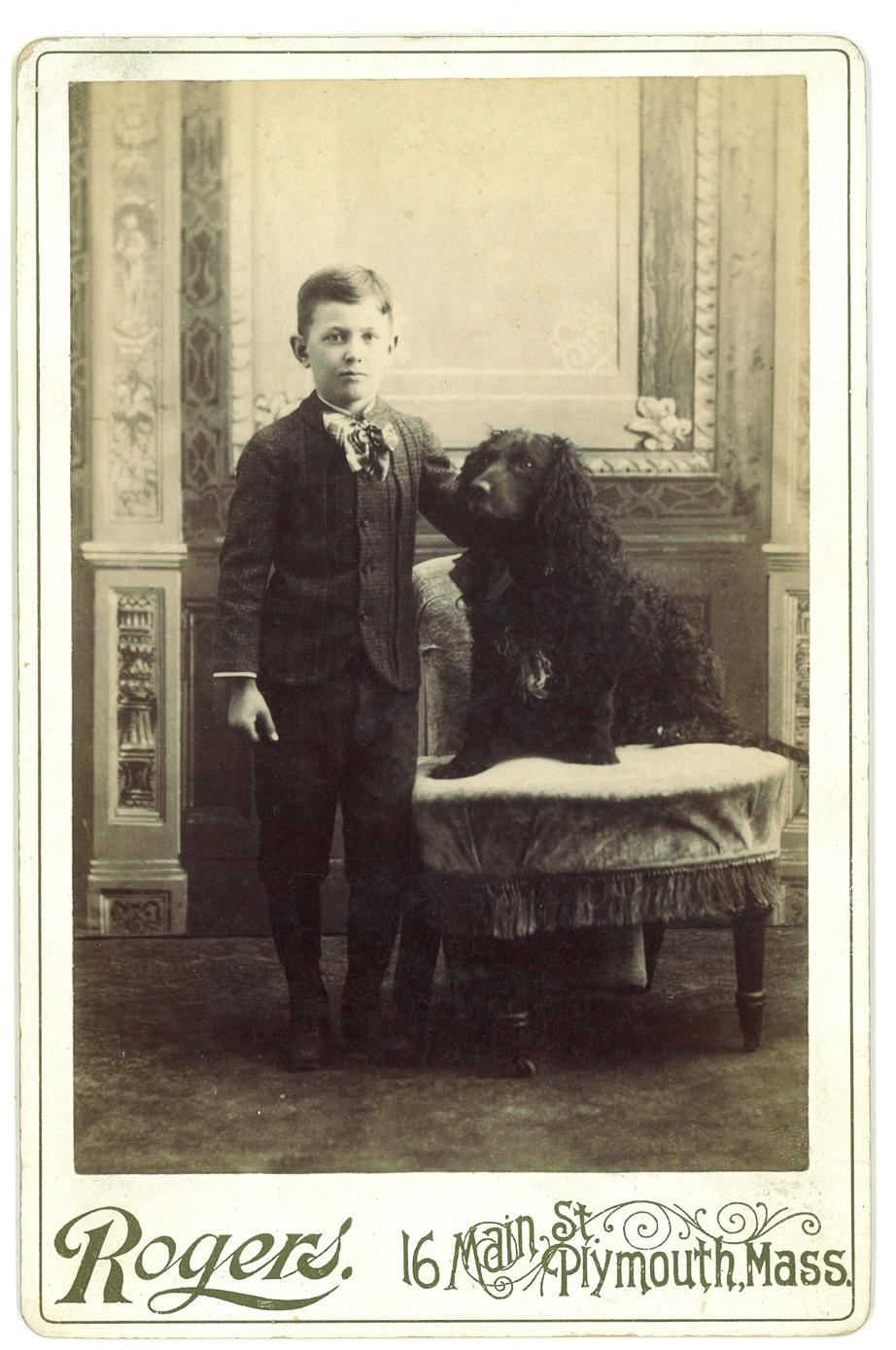
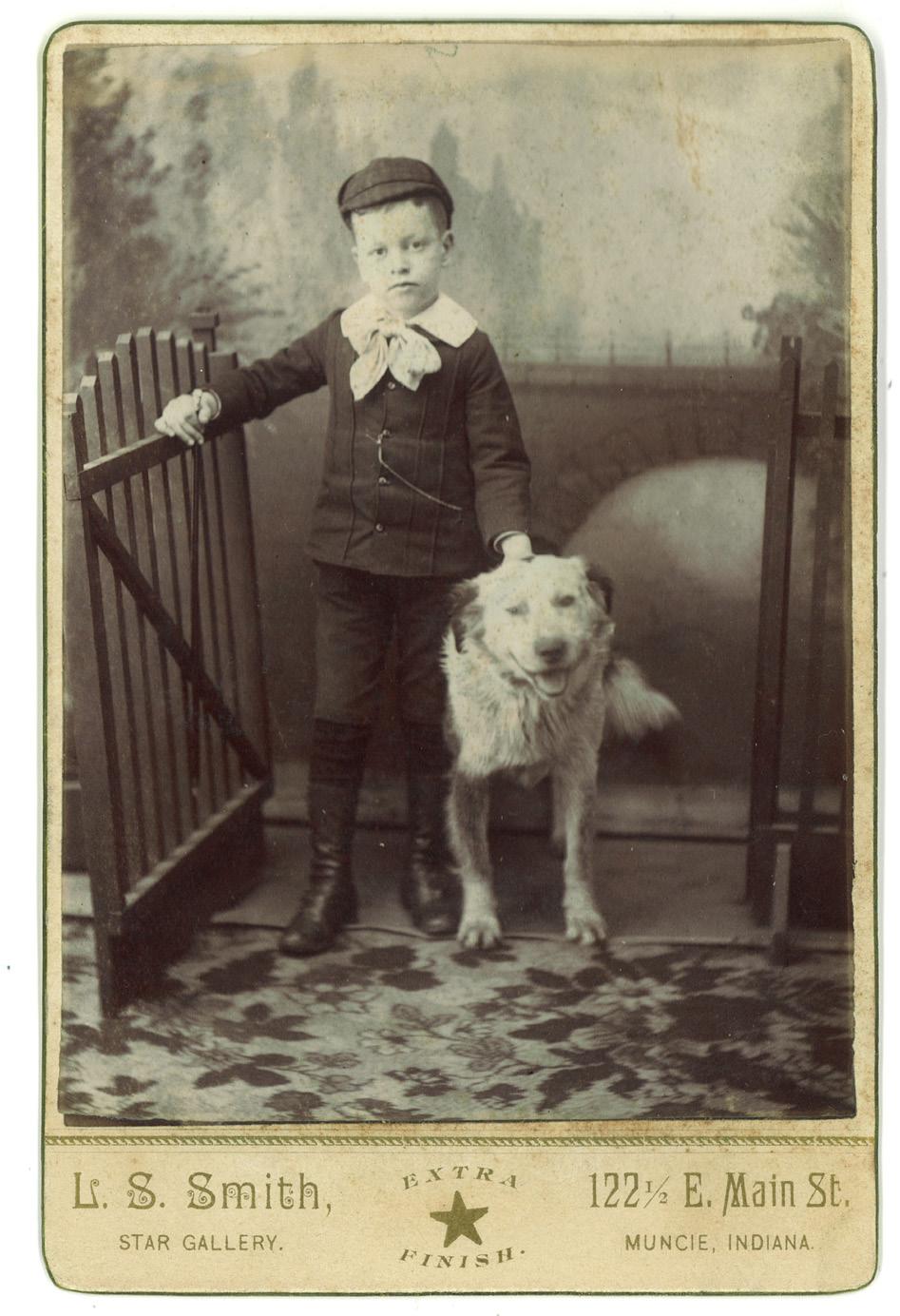
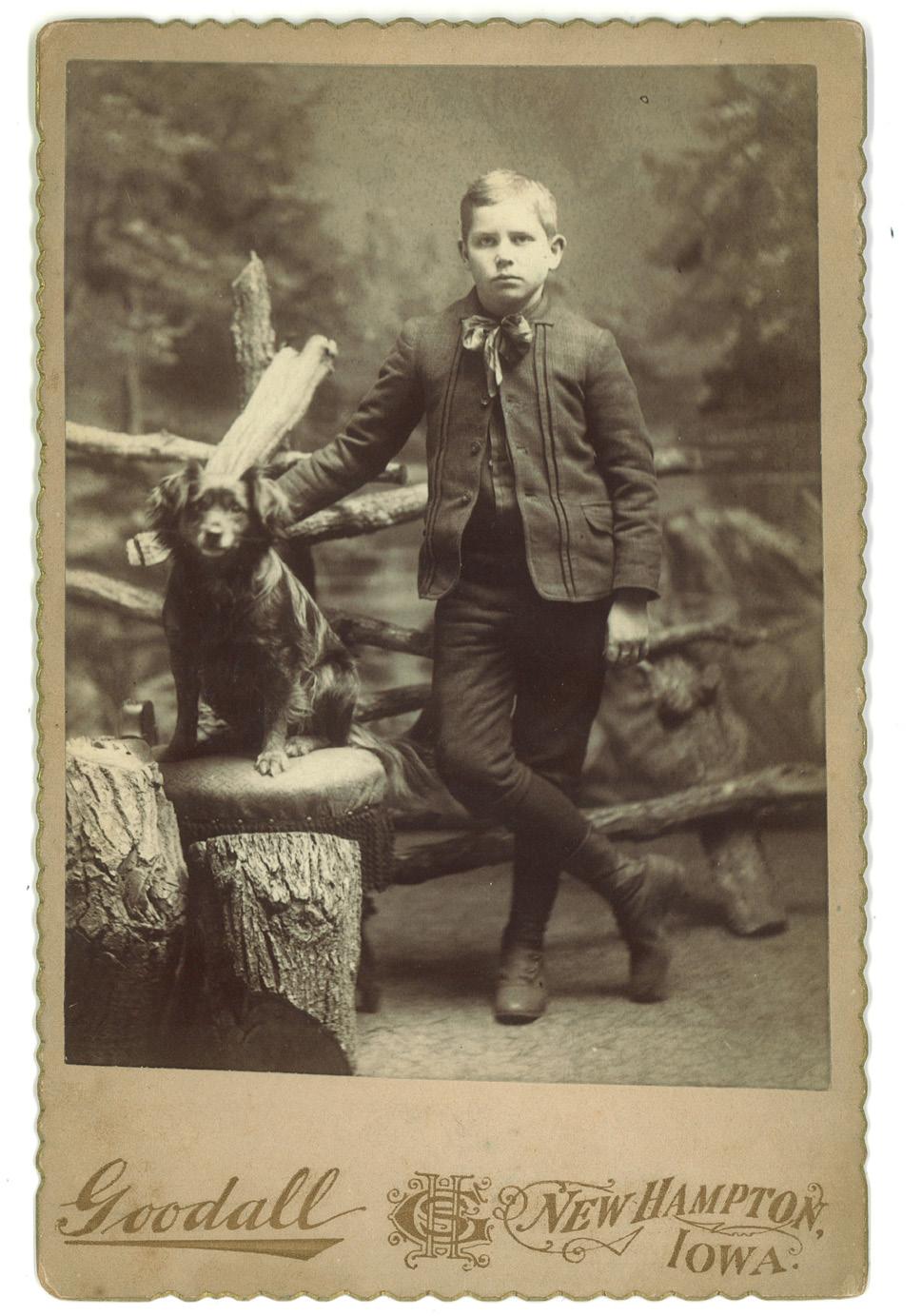


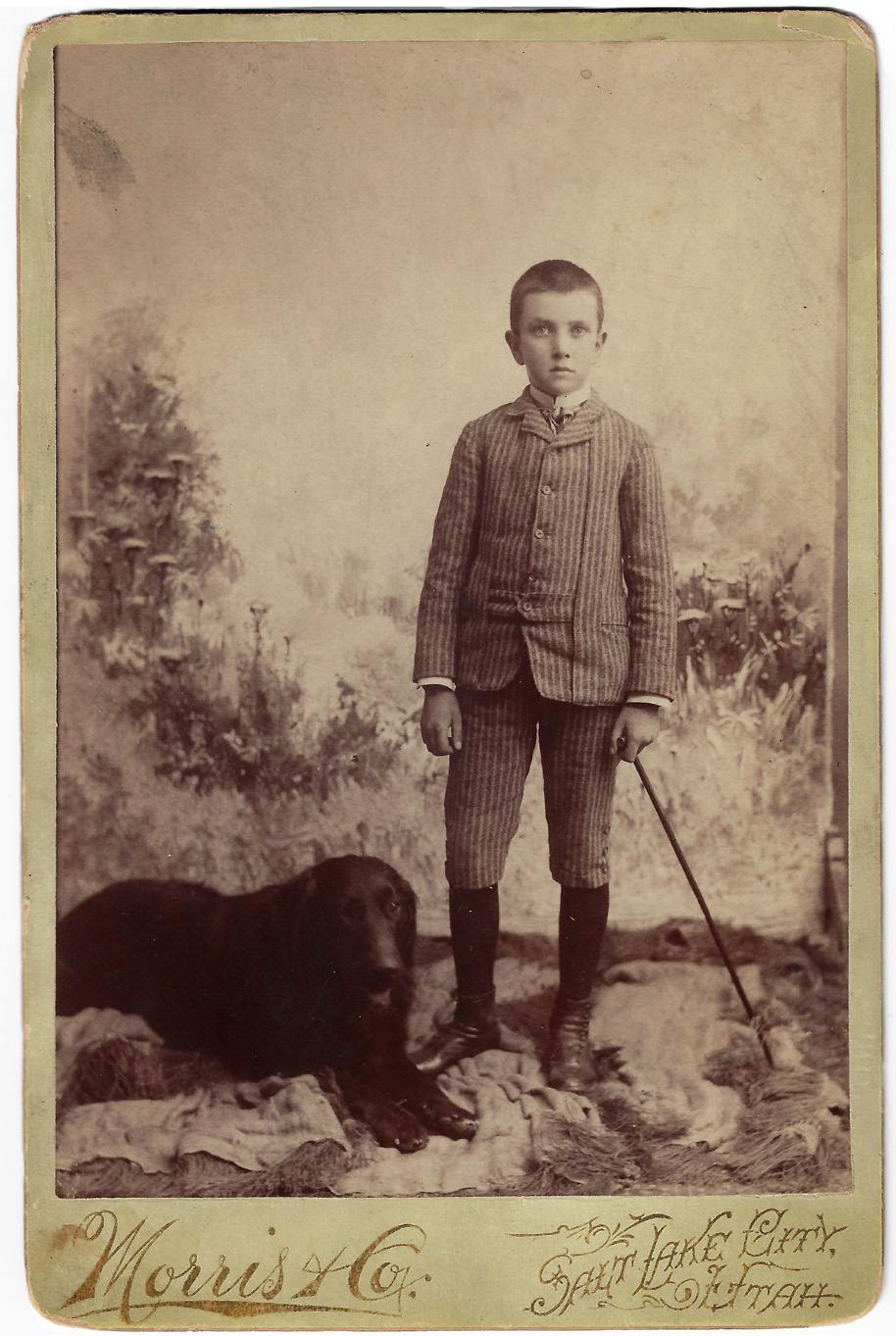
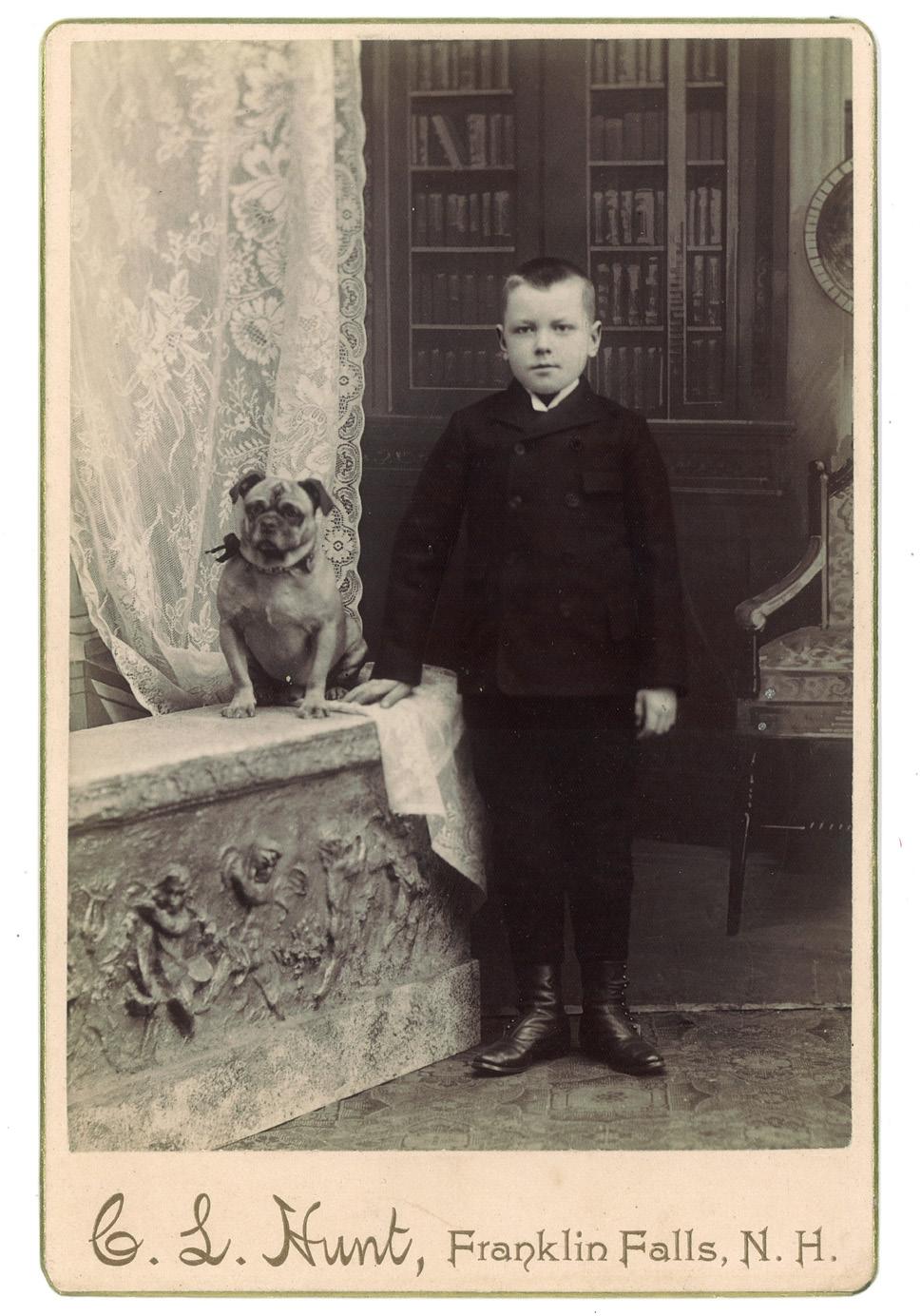
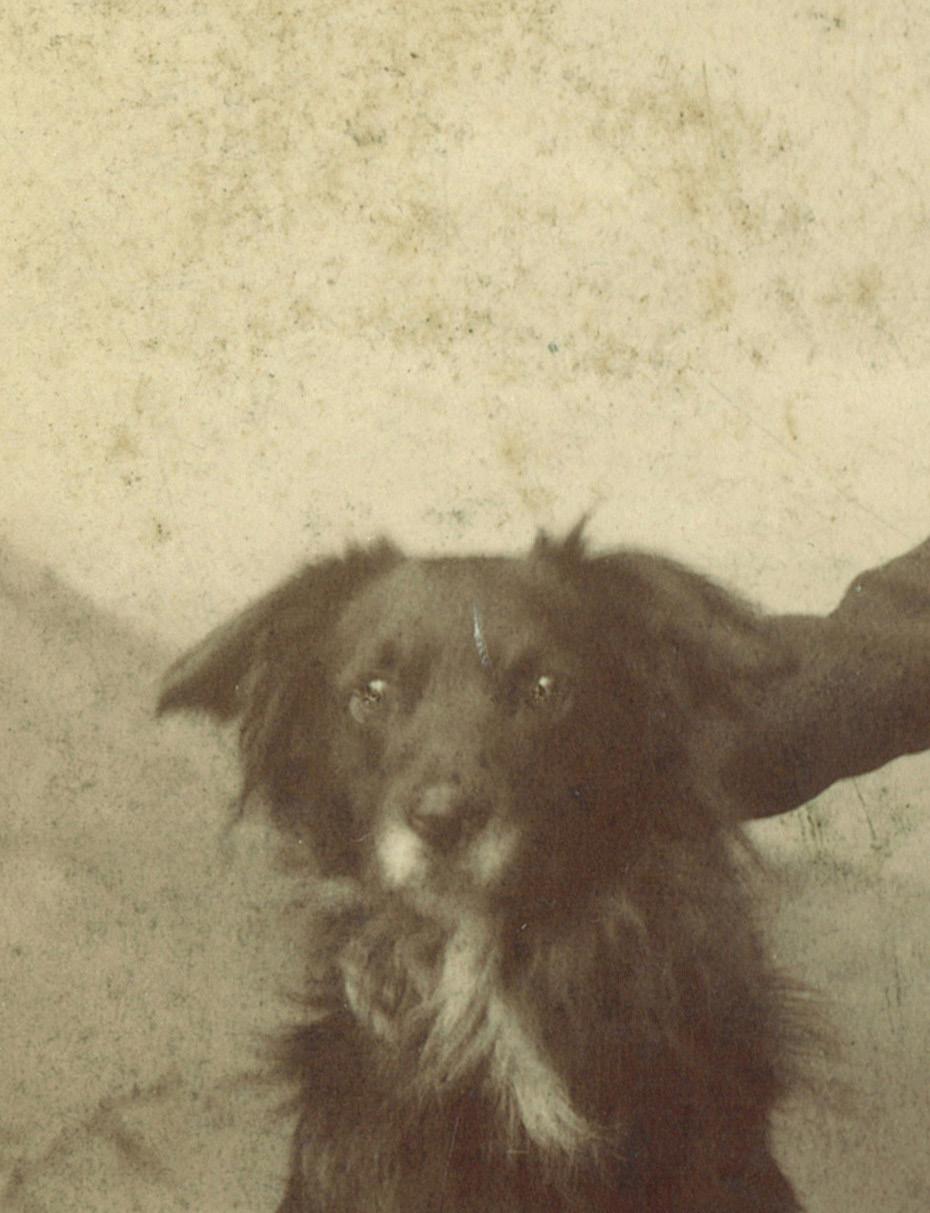
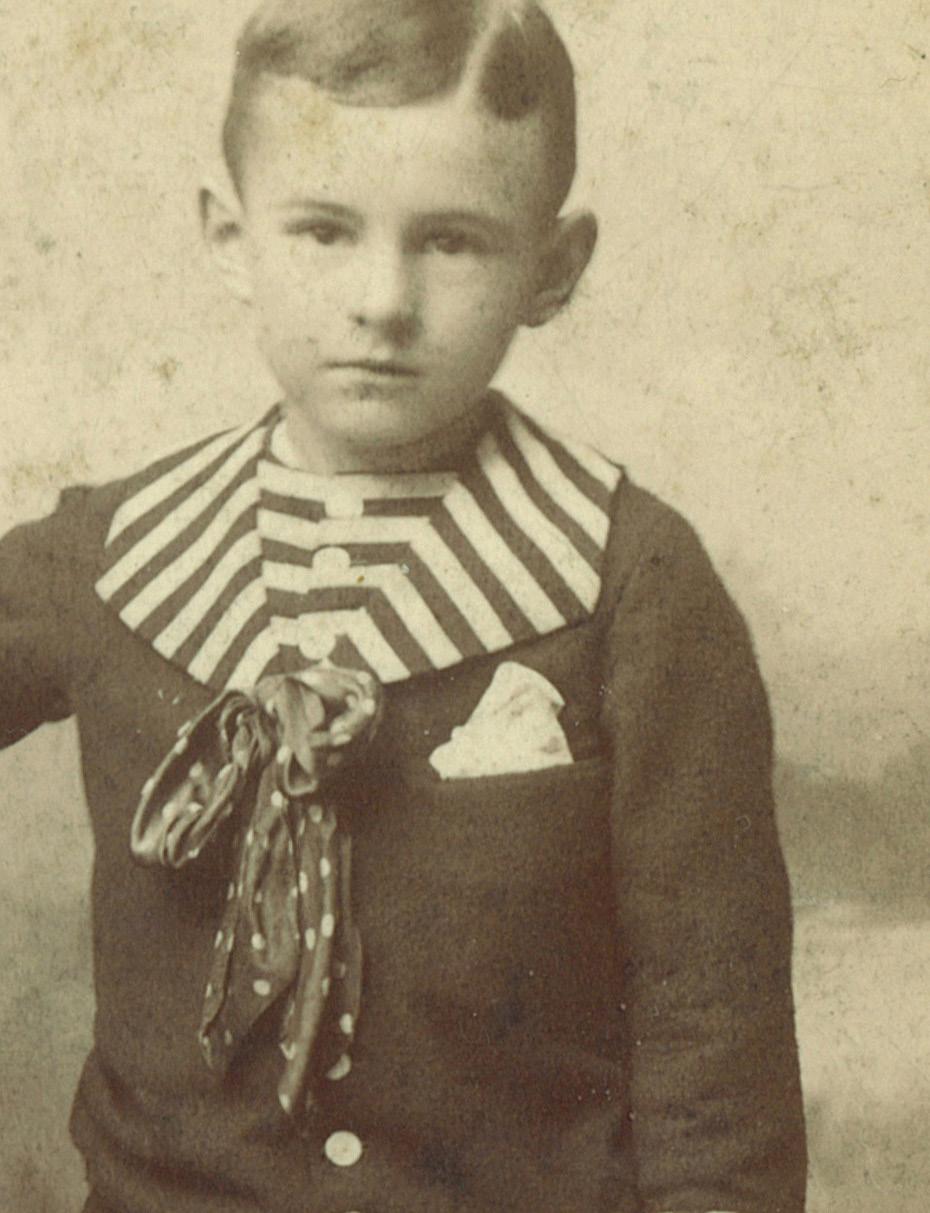
1866
Cabinet card photography introduced in USA
ASPA incorporated
1862 Henry David oreau dies
1861
Civil War begins
1864
Civil War ends
1860
1867
Abraham Lincoln nominated President Mathew Brady photographs Lincoln 1865 Abraham Lincoln assassinated
C. Scholes invents typewriter
1869
Transcontinential railway completed
1870
1873
Stock Market Panic
1872
1877
1879
Edison invents phonography
Yellowstone National Park created 1876
1st amendment guarantees voting rights irrespective of color
Abolition of slavery
1863
Cabinet card photography introduced in England by Windsor & Bridge Studio
e Battle of Gettysburg e Emancipation Proclamation Henry Ford born
1881 Picasso born
1878
Edison invents electric filament lamp
Alexander Graham Bell patents telephone
Mark Twain publishes Tom Sawyer
1882
Ralph Waldo
Emerson dies
Virginia Woolf born
Edward Hopper born
1886
Many important events occurred during the cabinet card photography era.
Emily Dickinson dies
John Pemberton invents Coca Cola
1889
Vincent Van Gogh paints Starry Night
1885
George Eastman invents film
Motorcycle introduced 1888
George Eastman invents box camera
1893
1895
Frederick Douglas dies
Buckminster Fuller born
Gas-powered car introduced in USA
1896 Mathew Brady dies Scott Fitzgerald born
1900
Unofficial end of the Cabinet card photography era
Eastman Kodak introduces Brownie camera, cost $1
1903 Wright brothers fly Kittyhawk
1902
Charles Lindbergh born
1898
H.G. Wells publishes e War of the Worlds
1887
Georgia O’Keeffe born
By the turn of the century cabinet card photographs were diminishing in popularity.
DOG LIFETIMES PASSED
HUMAN LIFETIMES PASSED CABINET CARD ERA: 30+ years
3 4 5 6
7 8 9 10 11 12
2.5 HUMAN LIFETIMES
12 DOG LIFETIMES
Human life expectancy in the United States circa 1900 was 45-50 years, rising steadily to 78 years by 2020.
ere are several factors that determine the longevity of dogs, including size, breed, and the general health of the animal. Small dogs tend to live longer than their larger counterparts. Scientists are not entirely sure why this occurs. is diagram shows an average circa 1900.
Based on these averages, 12 dog lifetimes and 2.5 human lifetimes have passed in the 156 years since the dawn of the cabinet card photography era in 1866.

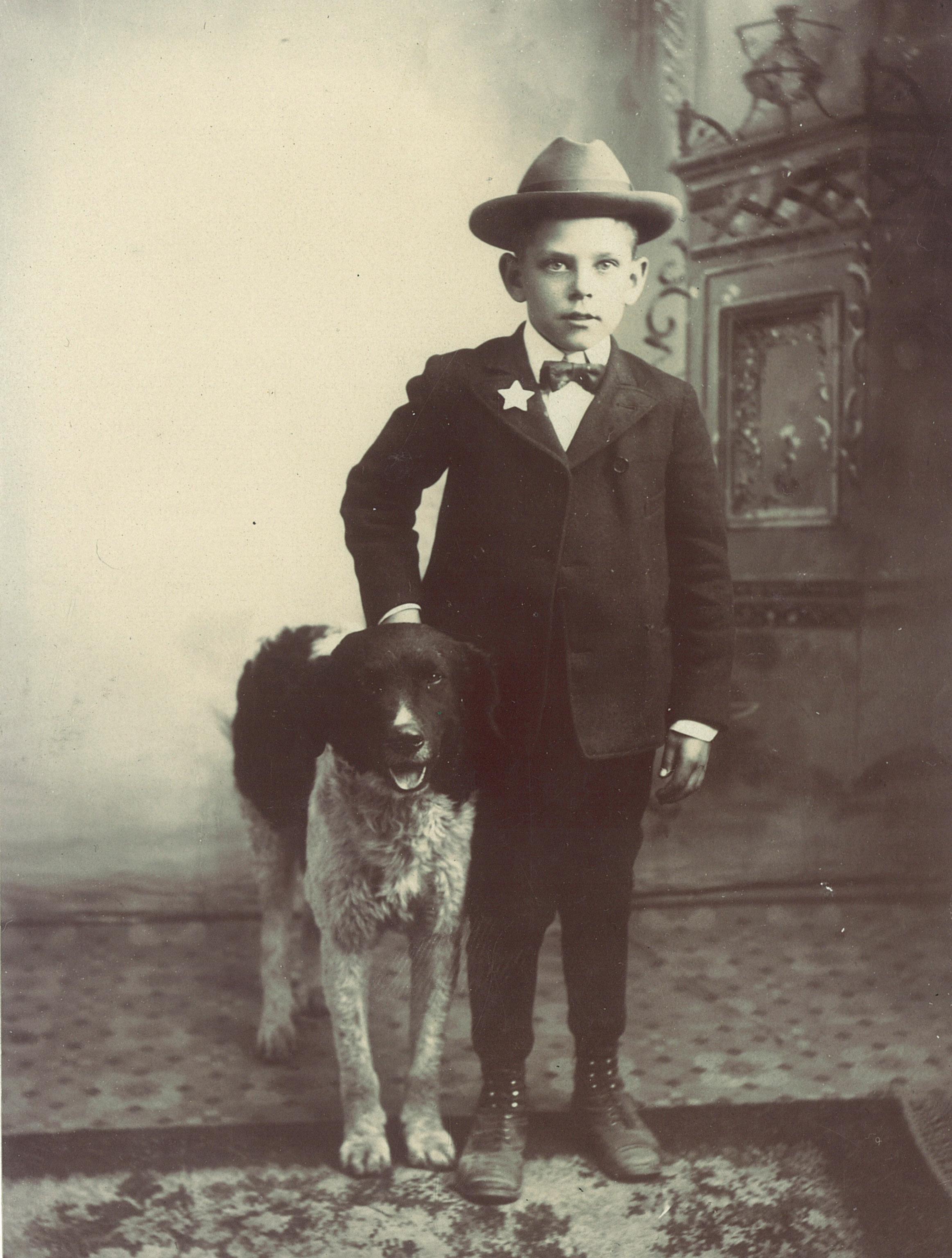
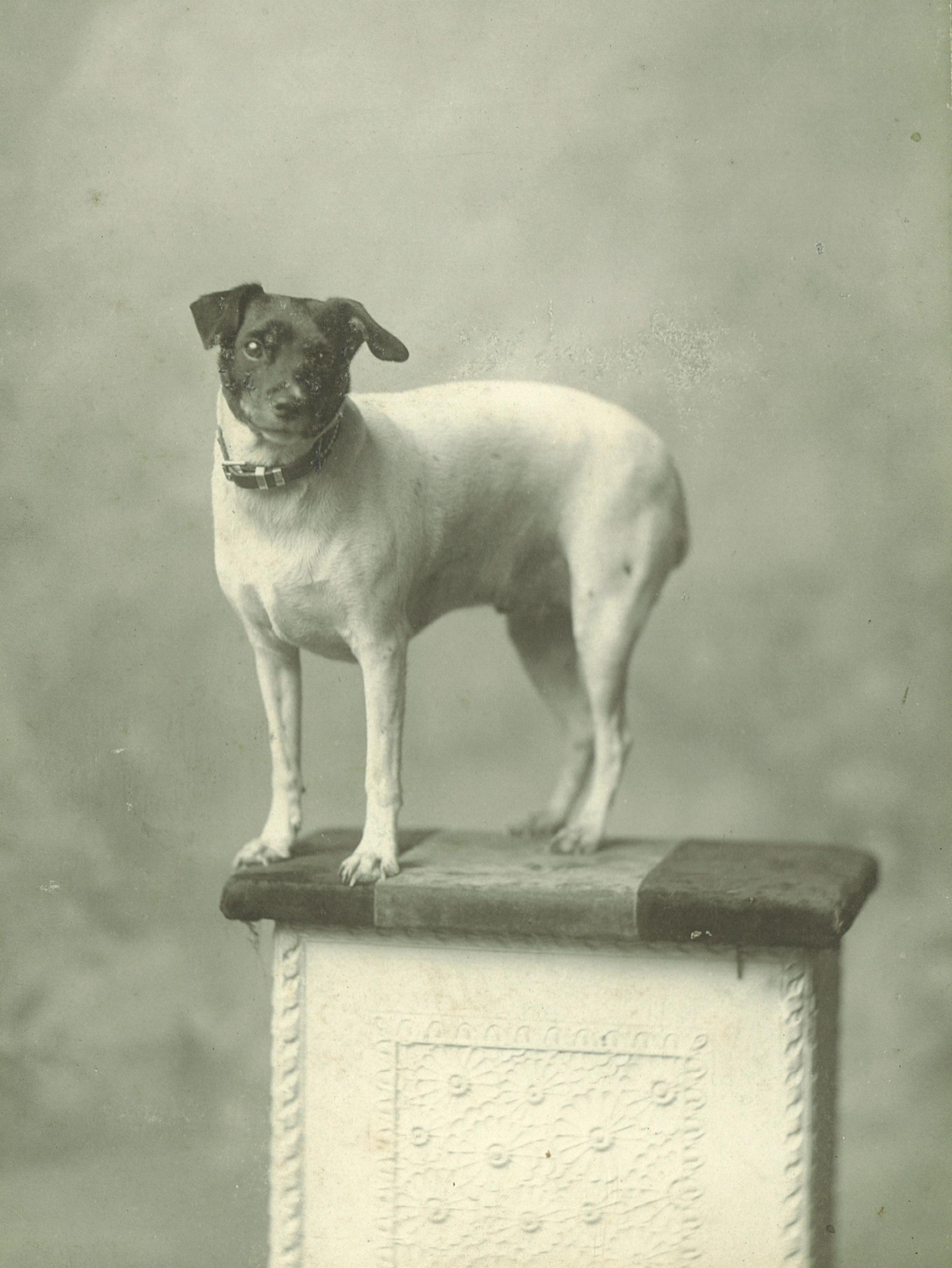
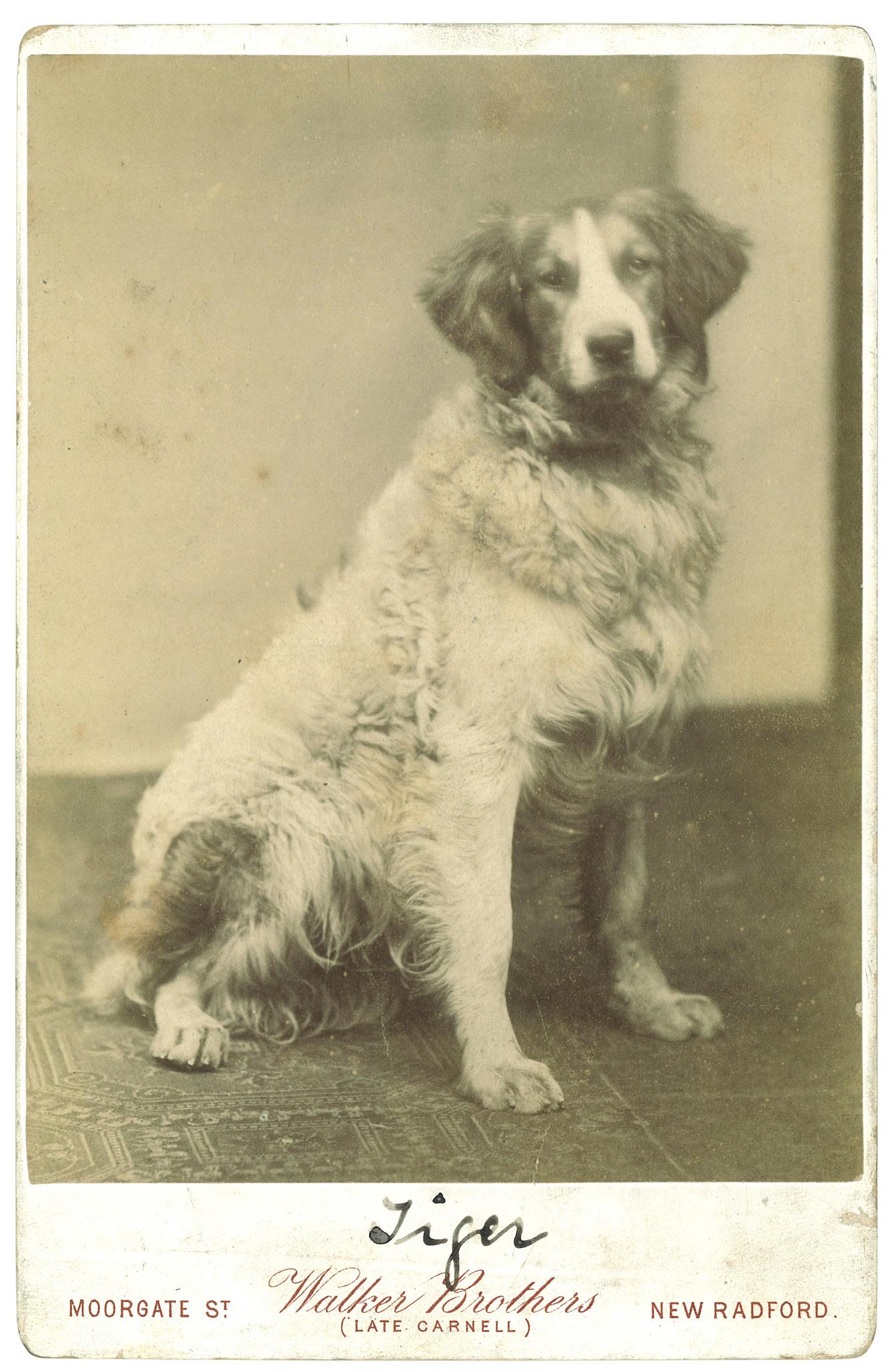
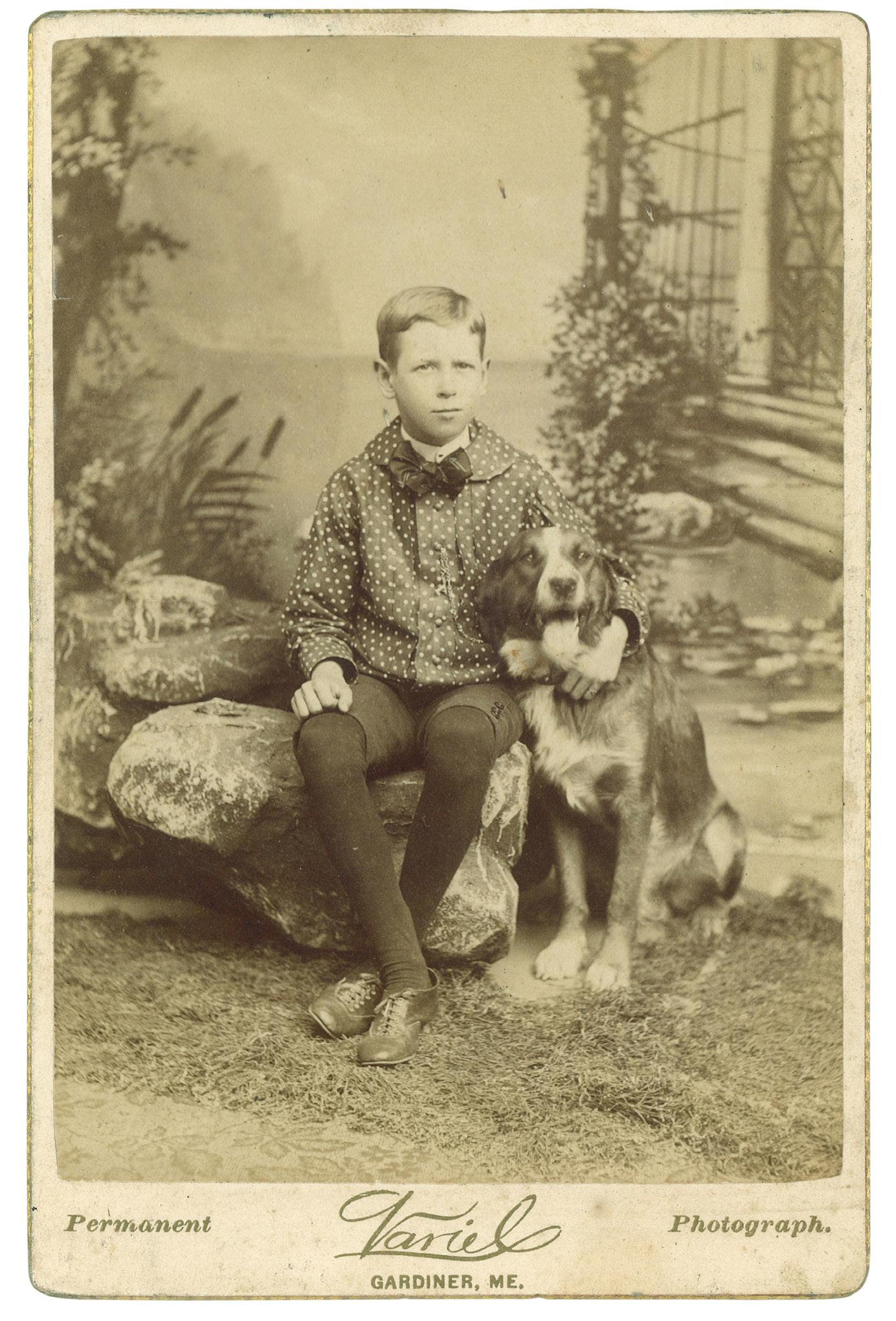
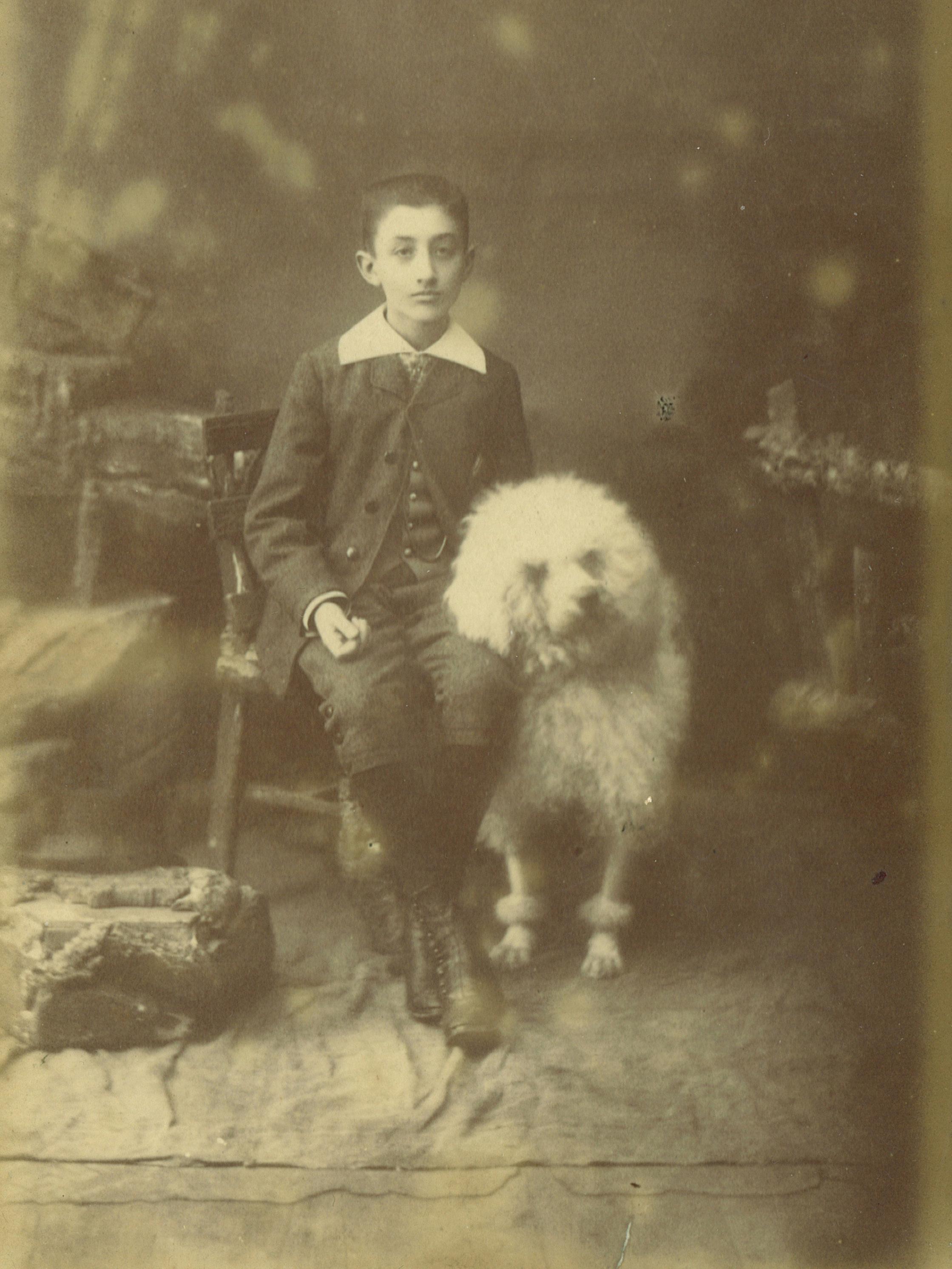
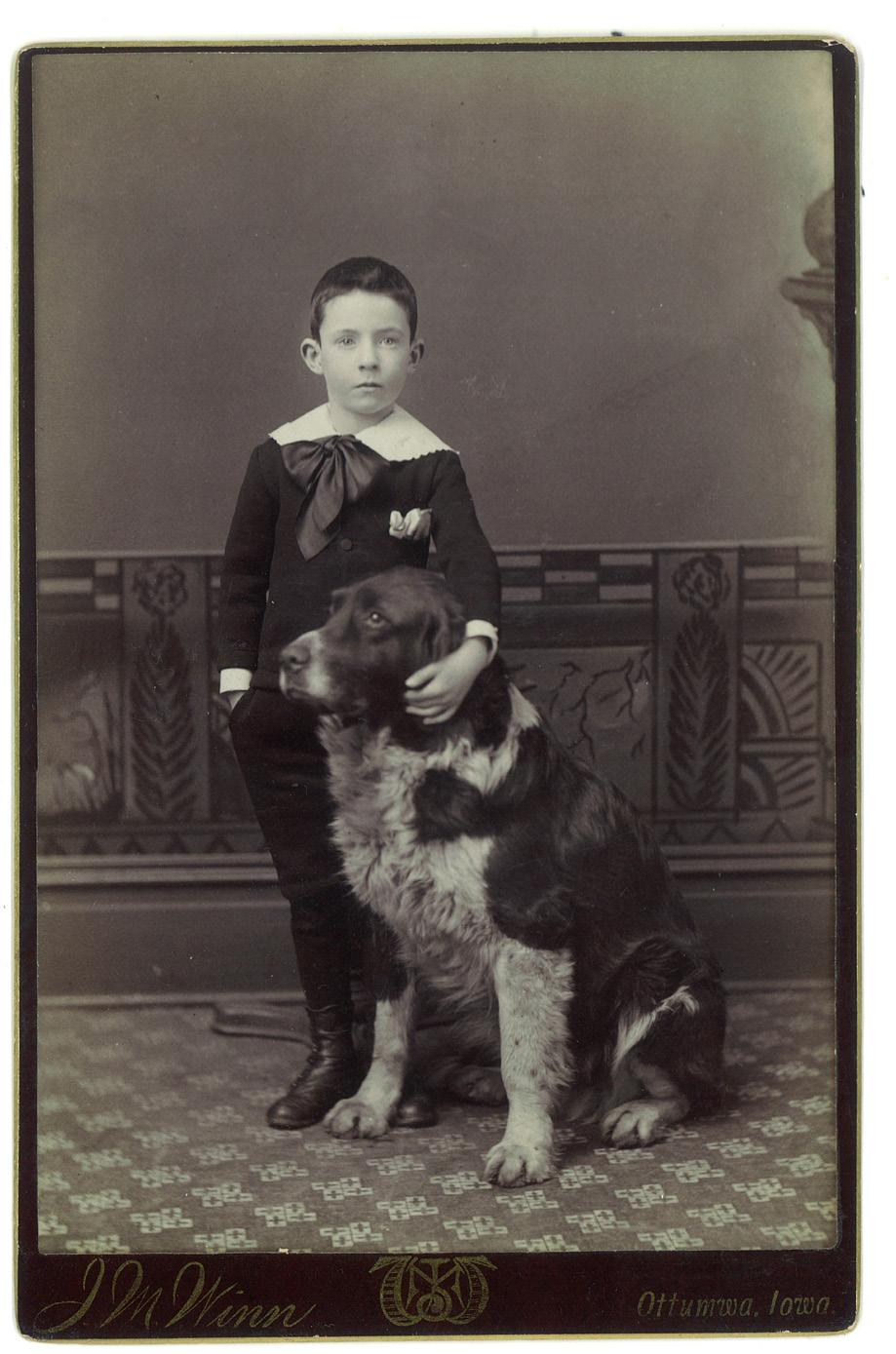
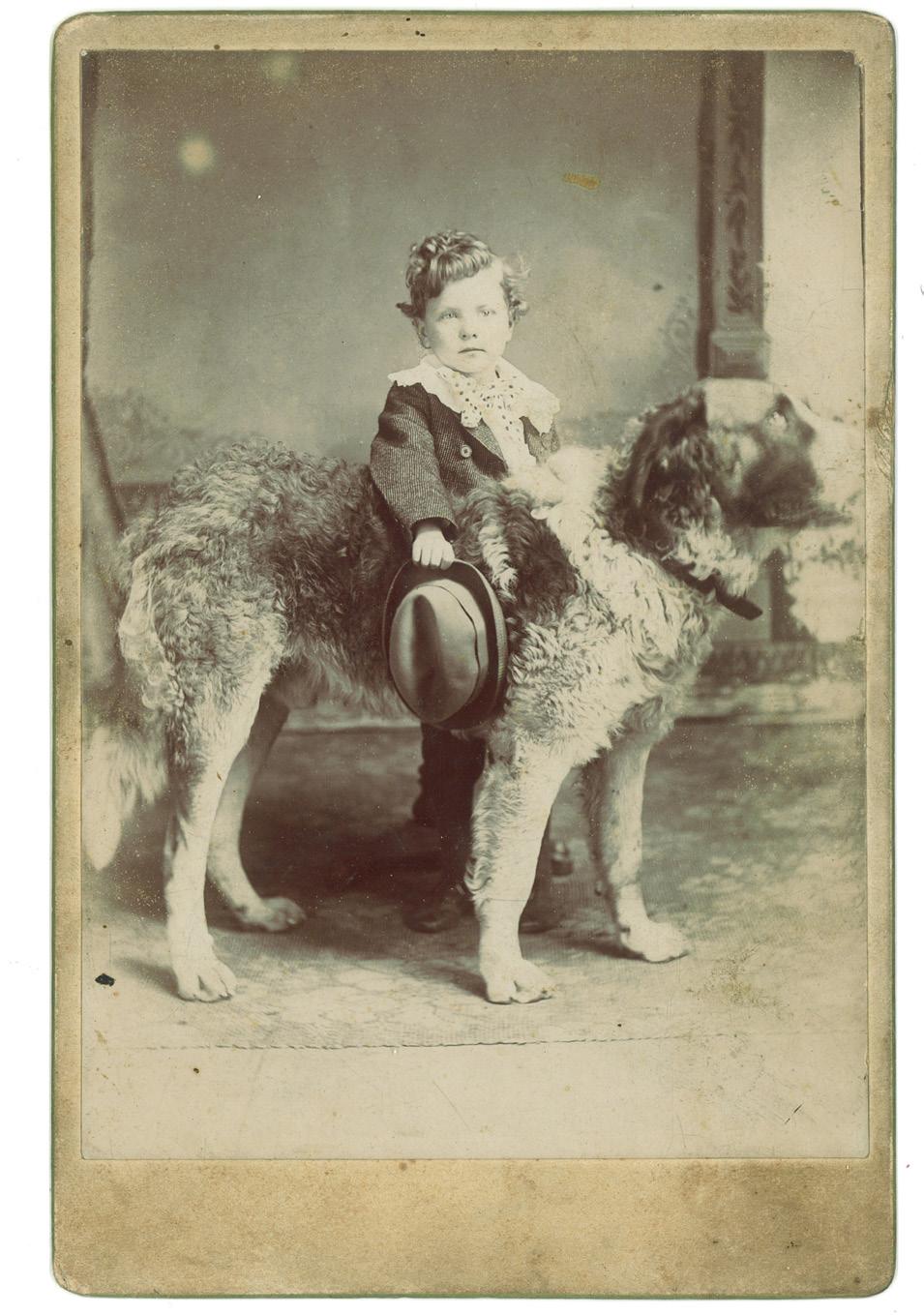




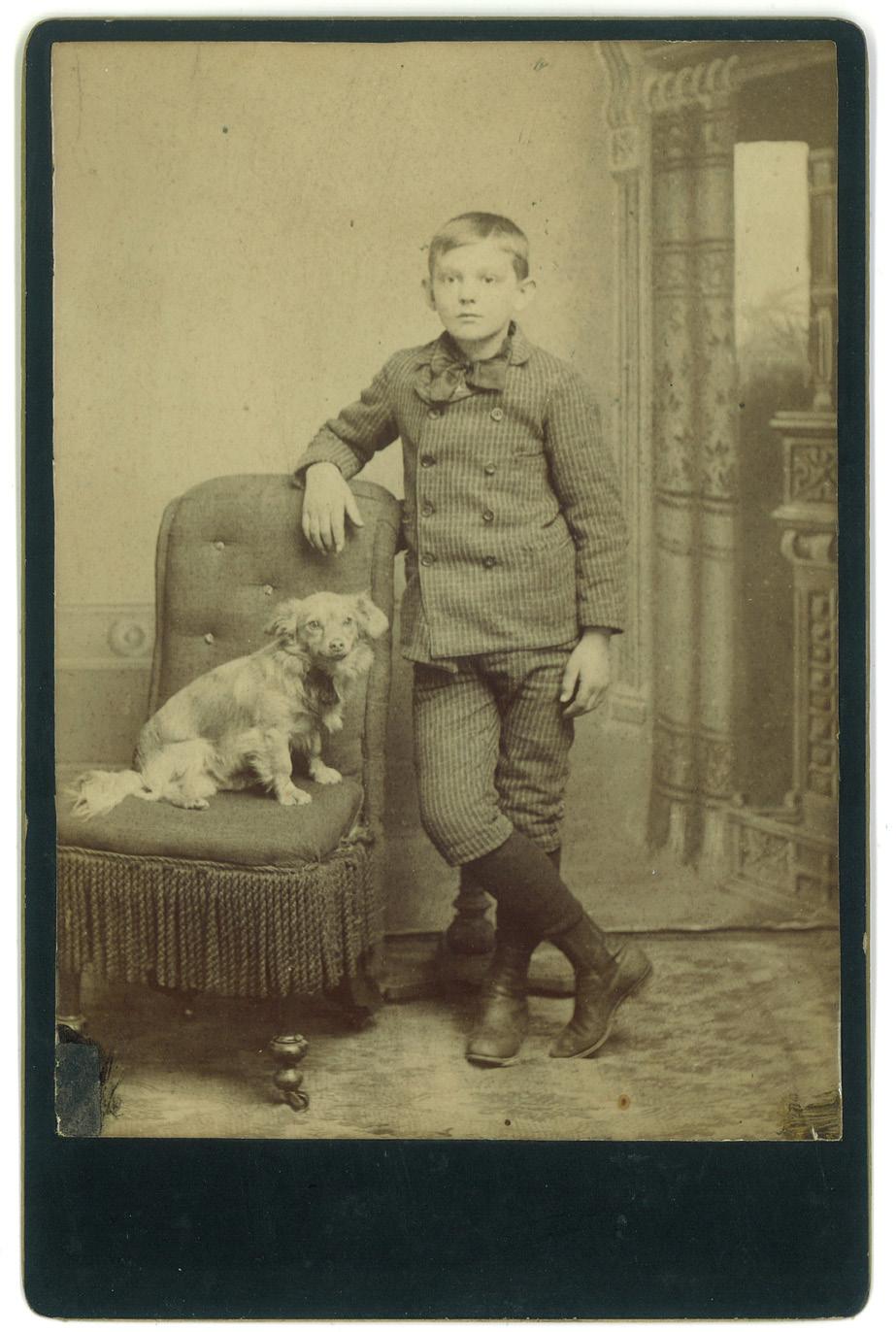
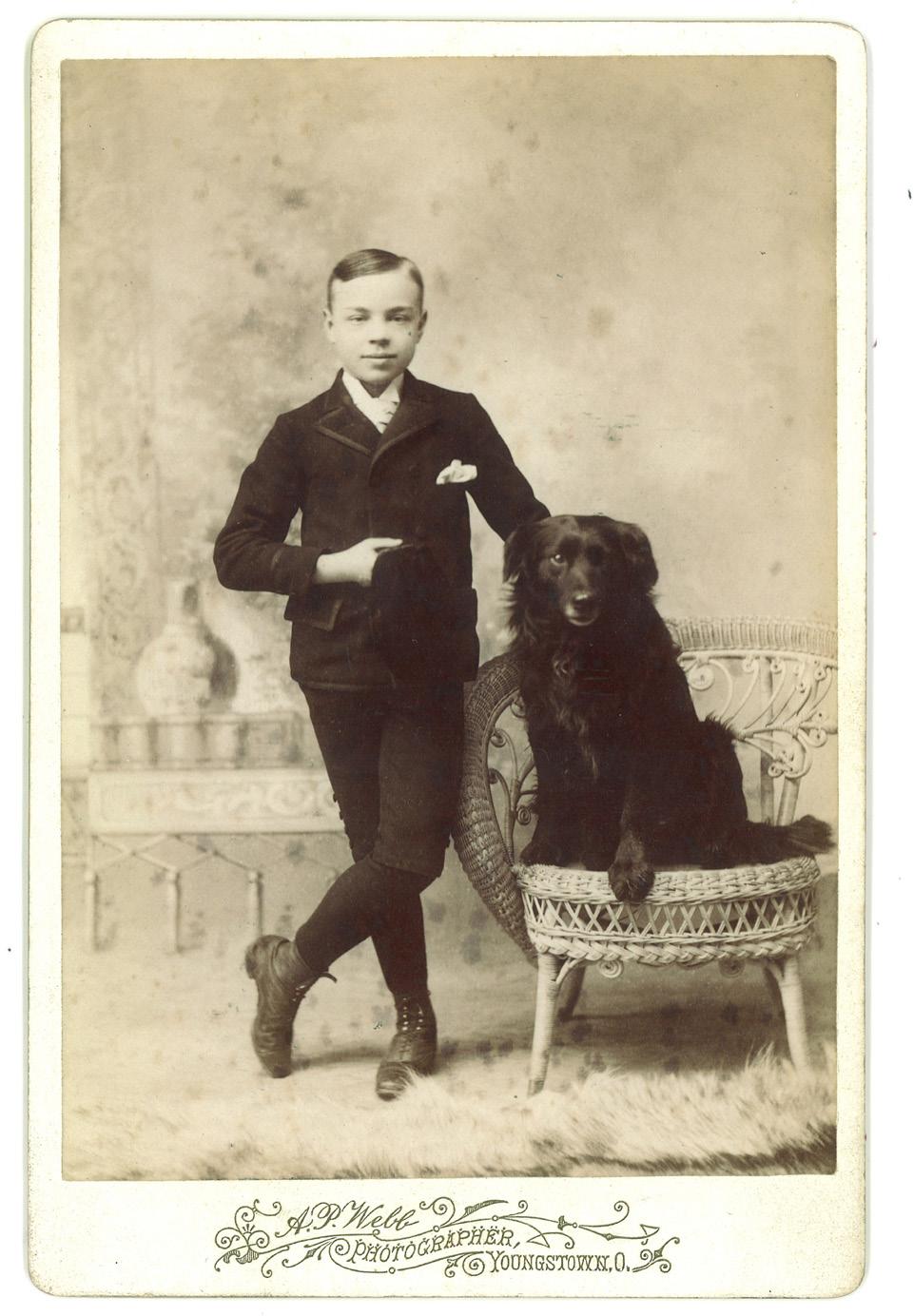
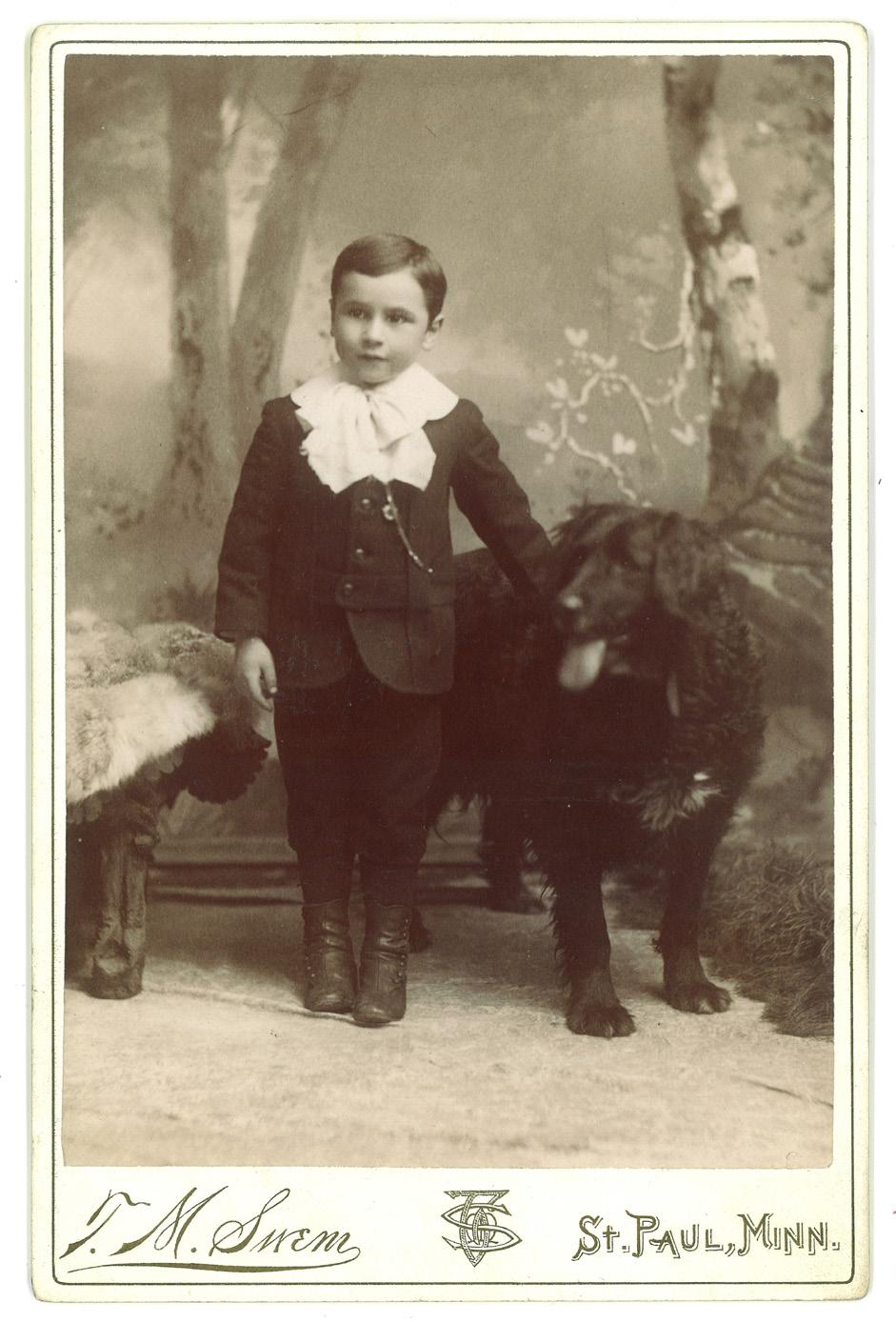
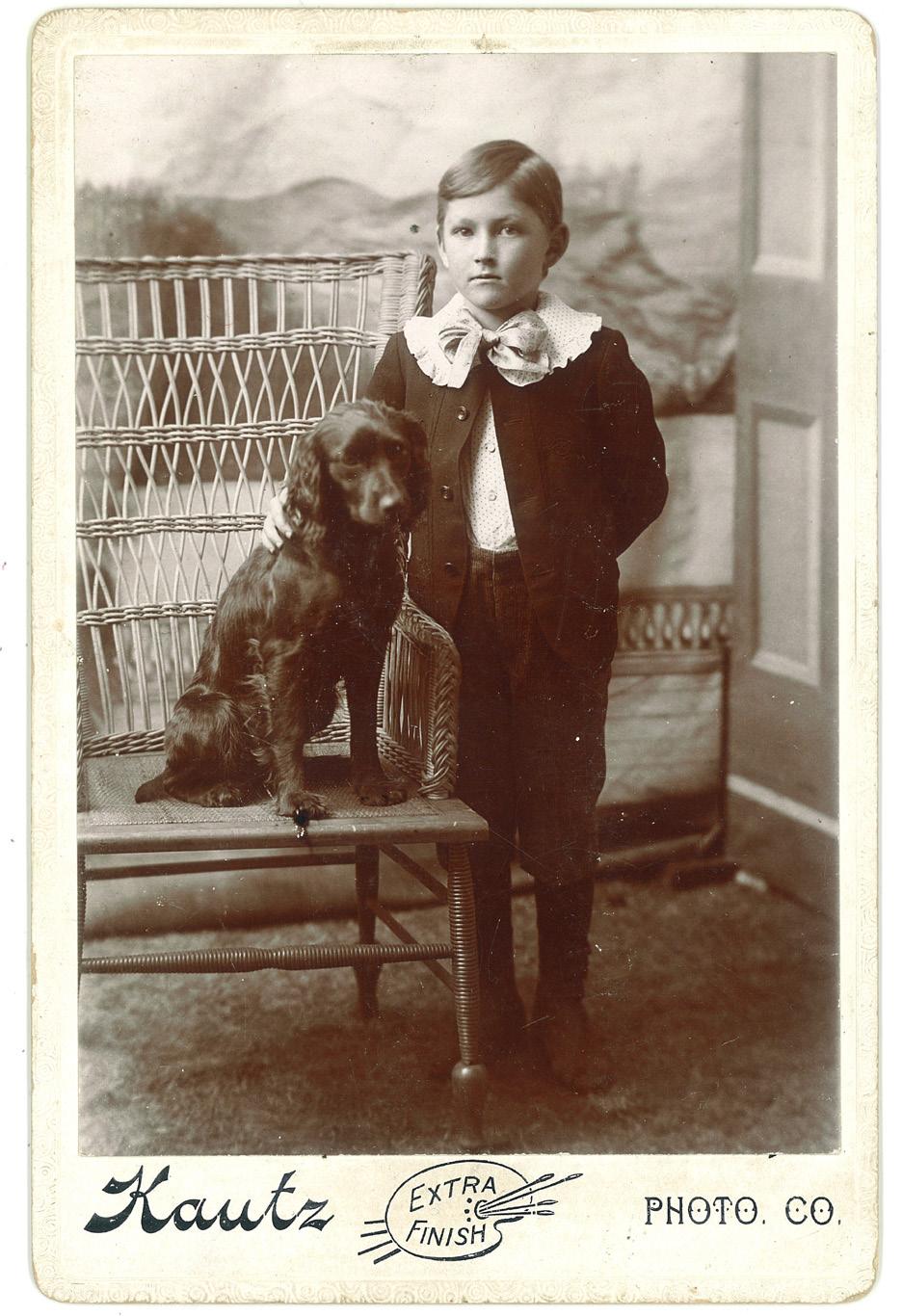

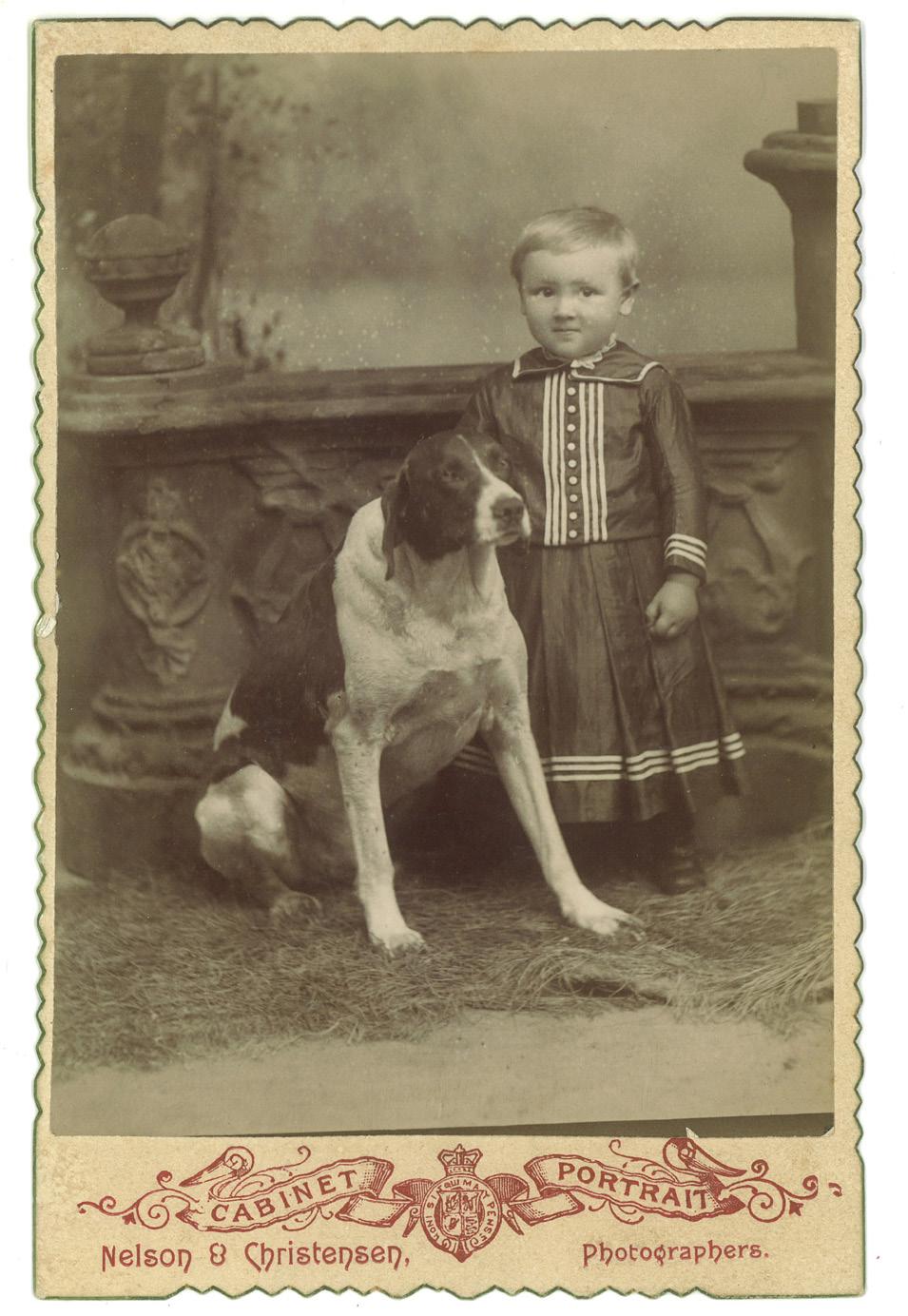
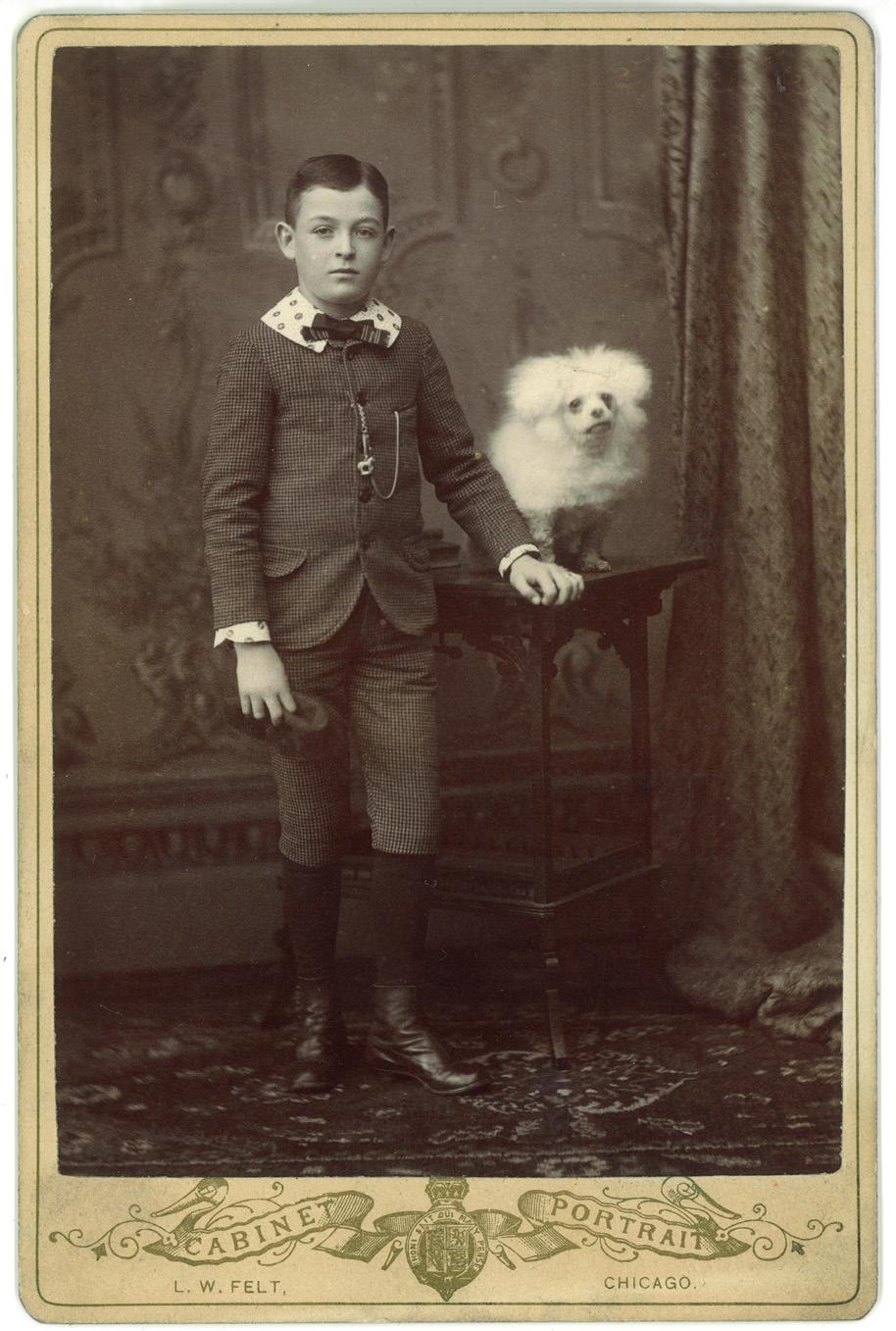
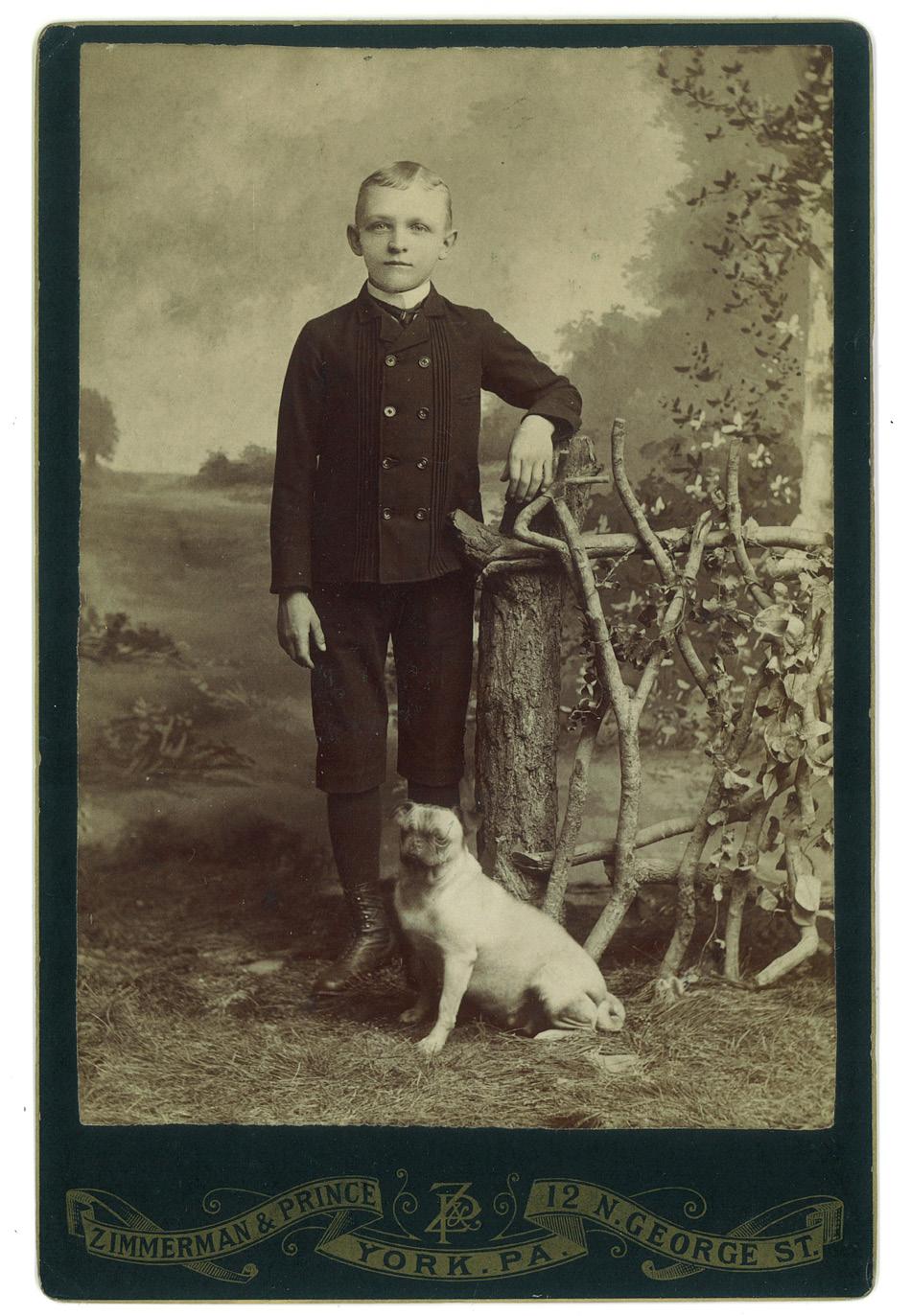
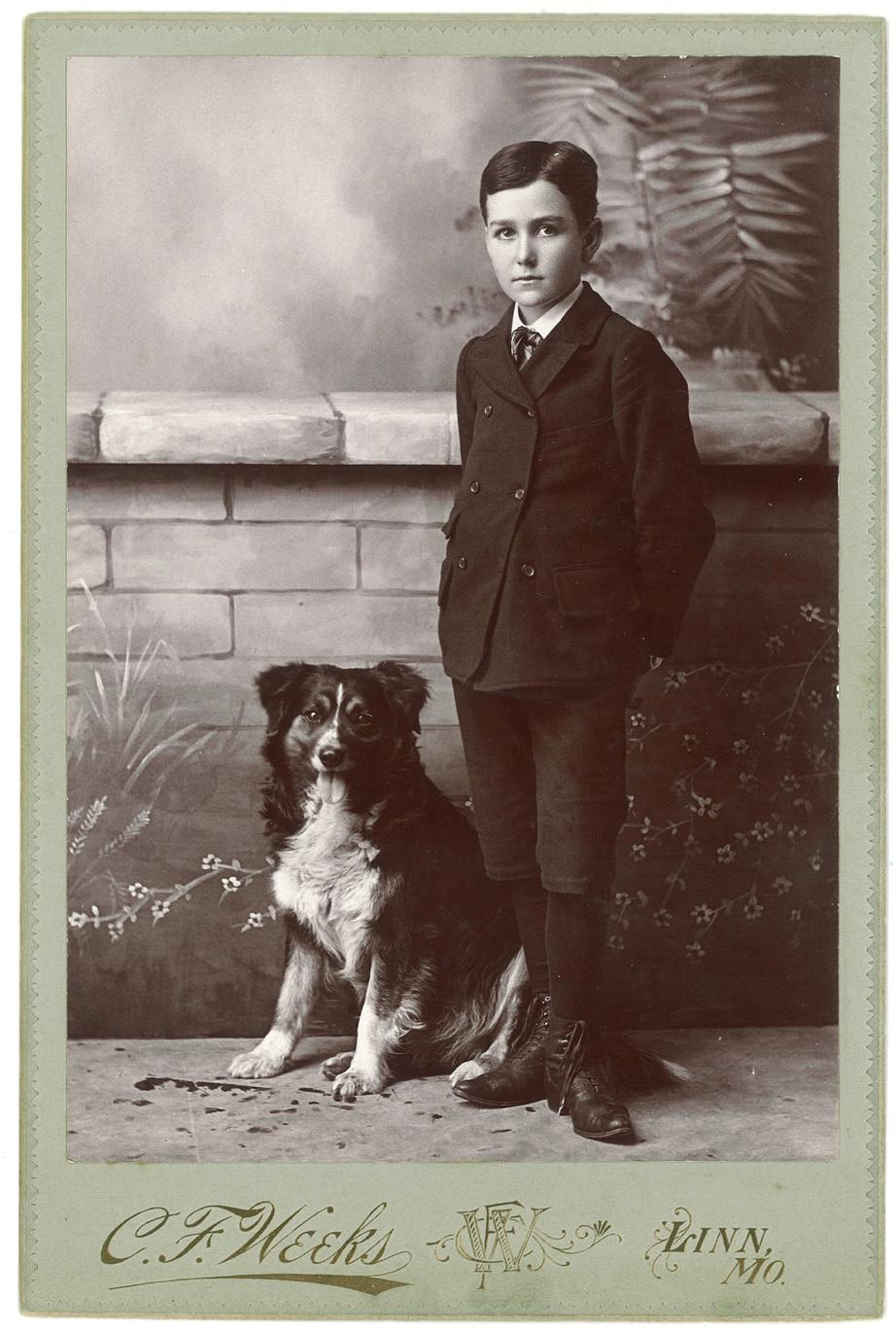
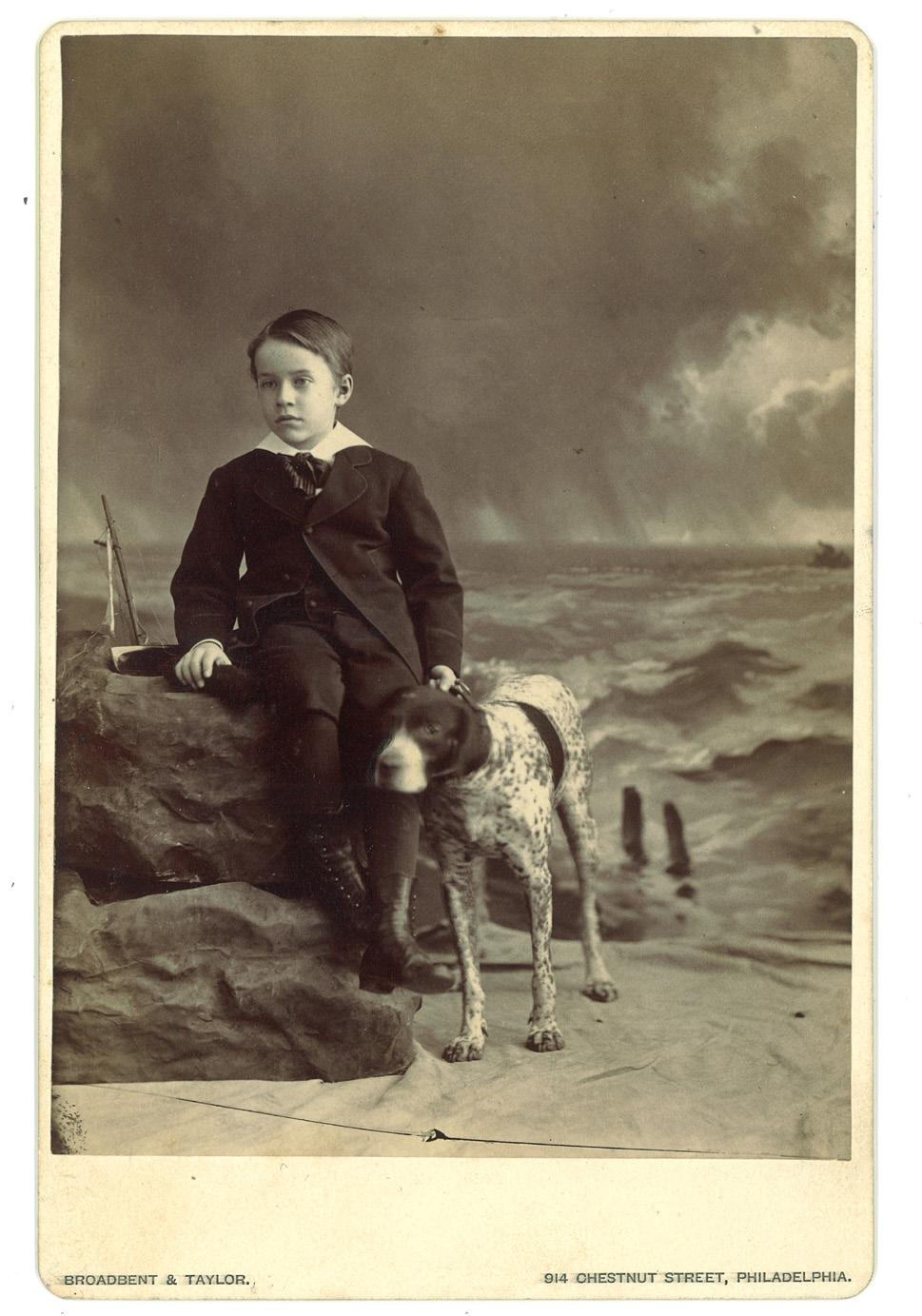



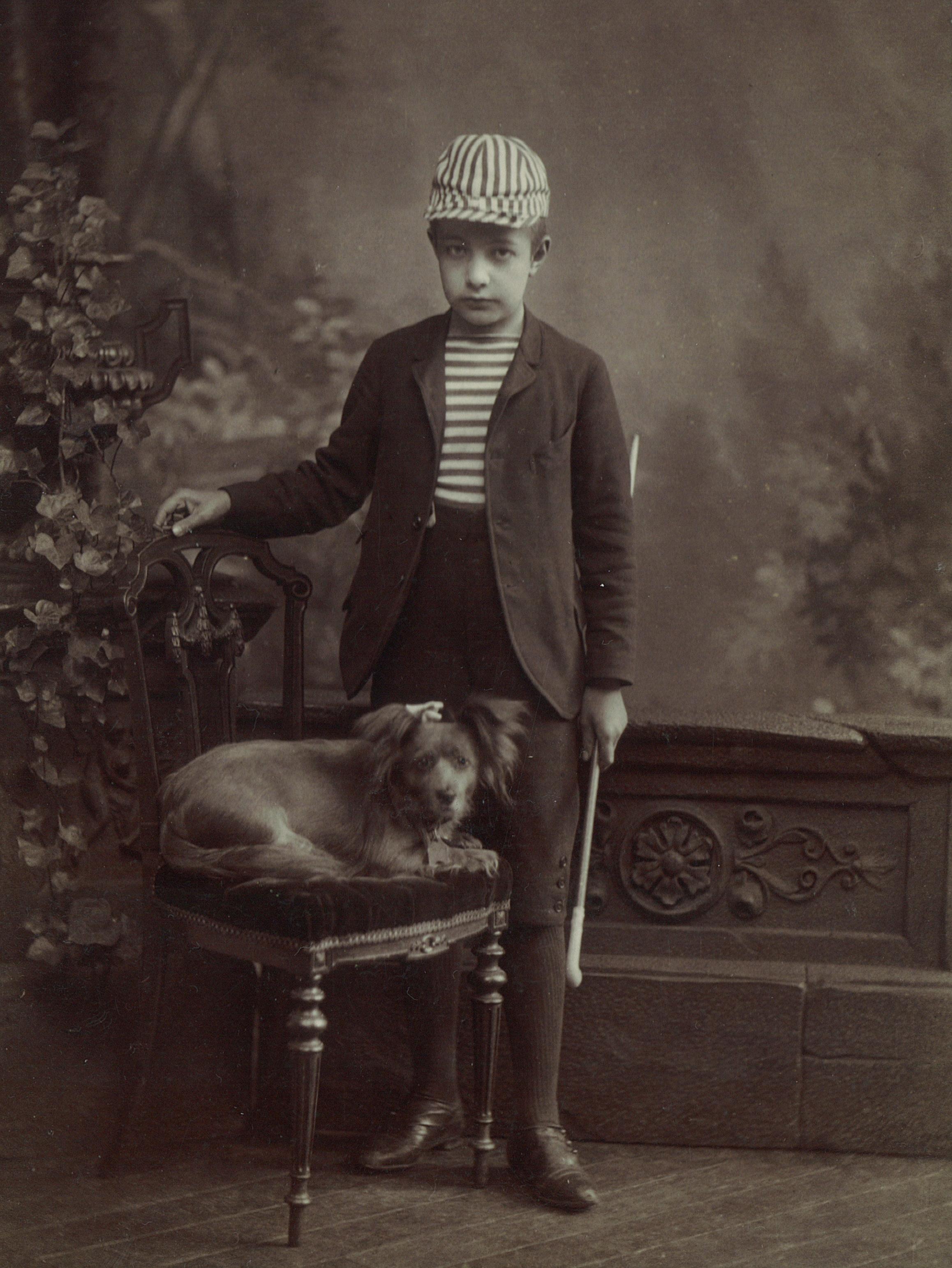

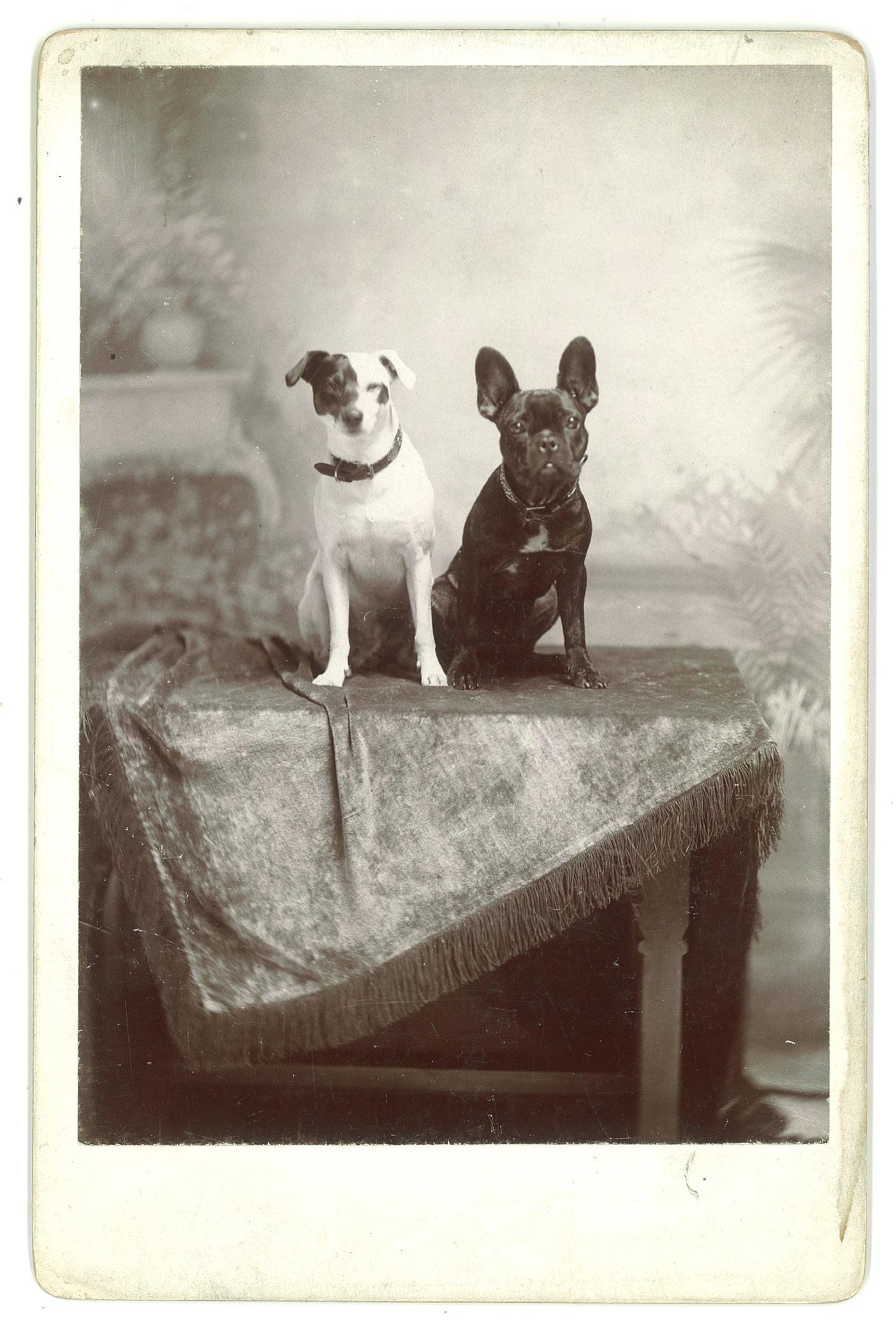
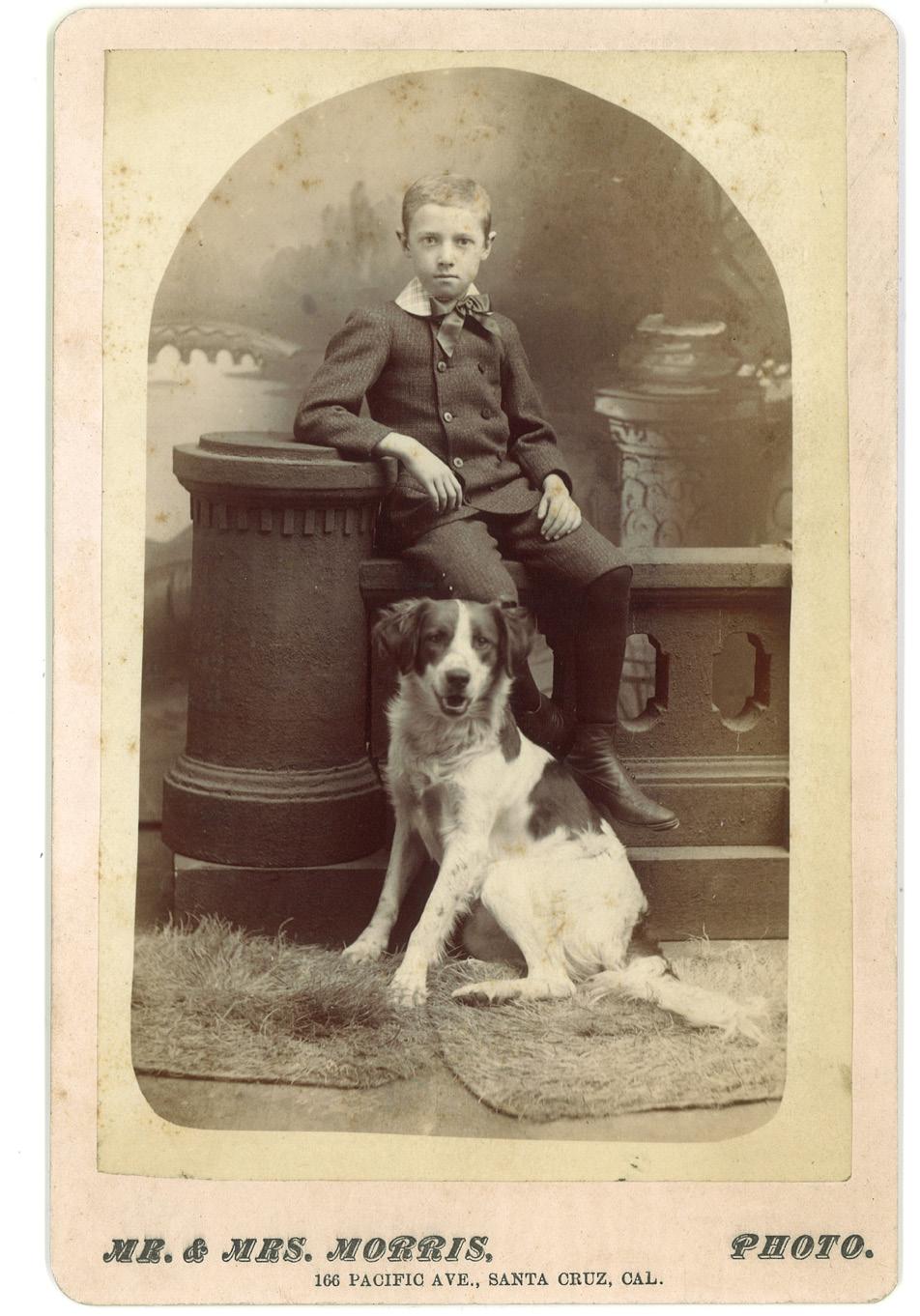
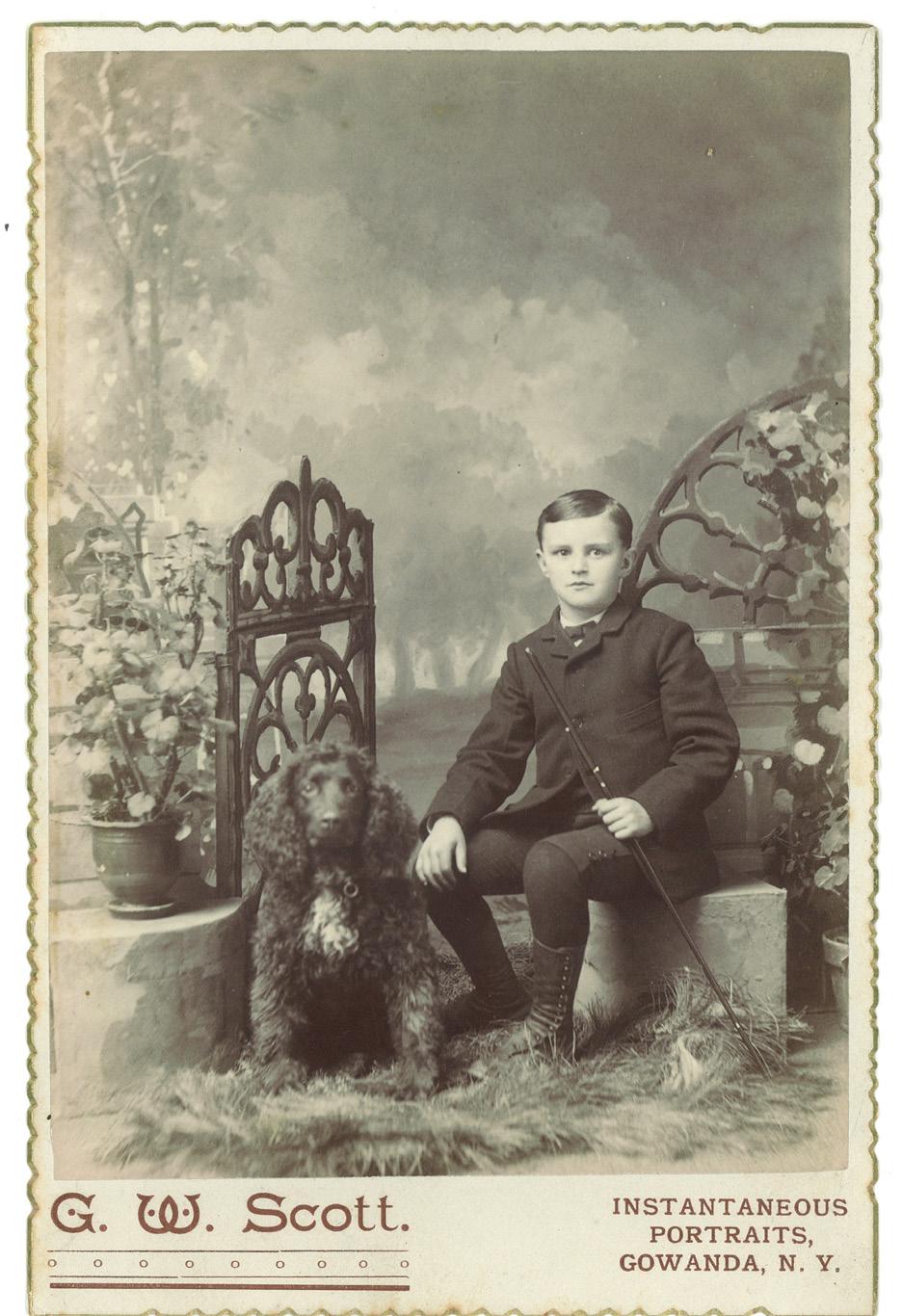
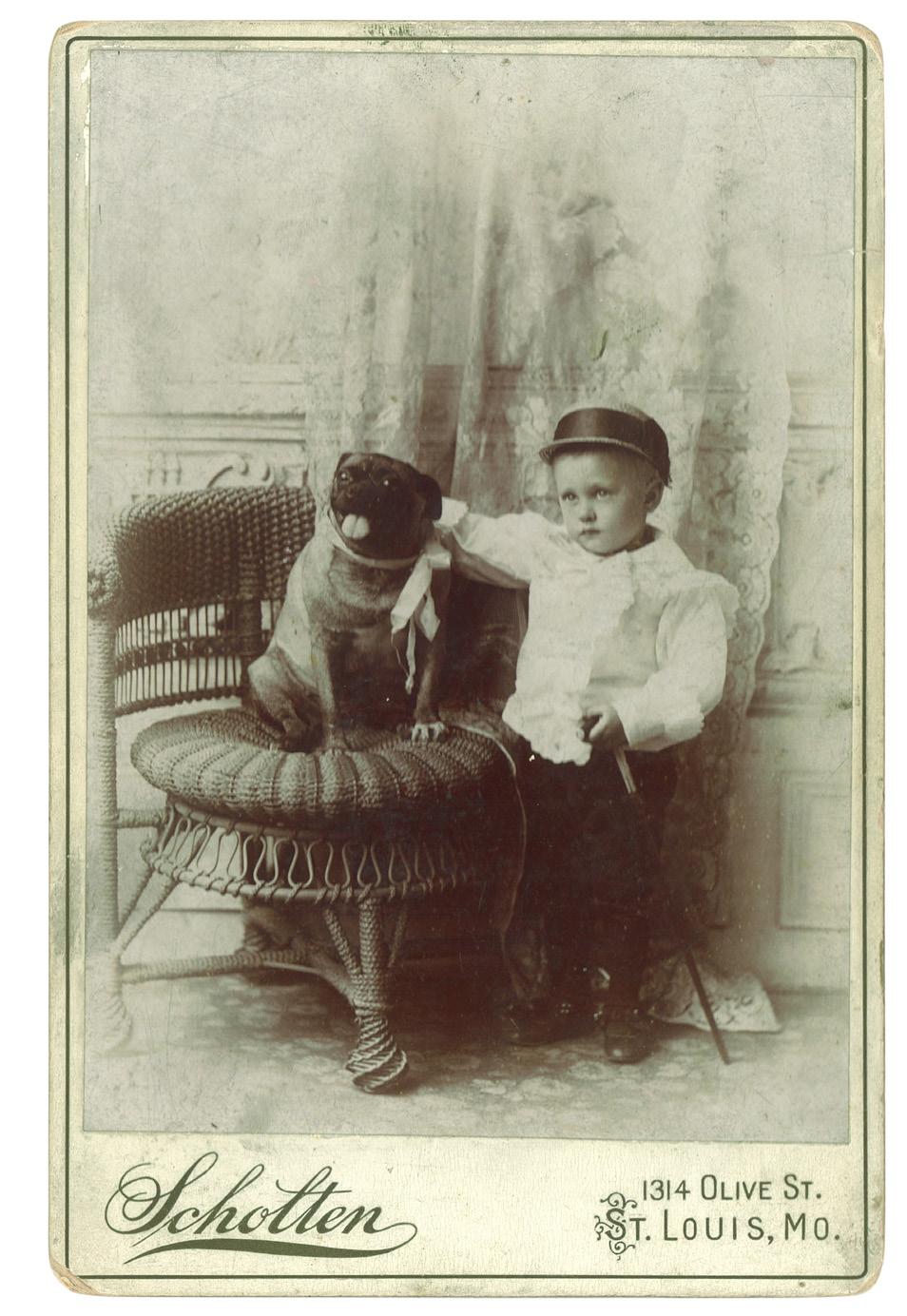
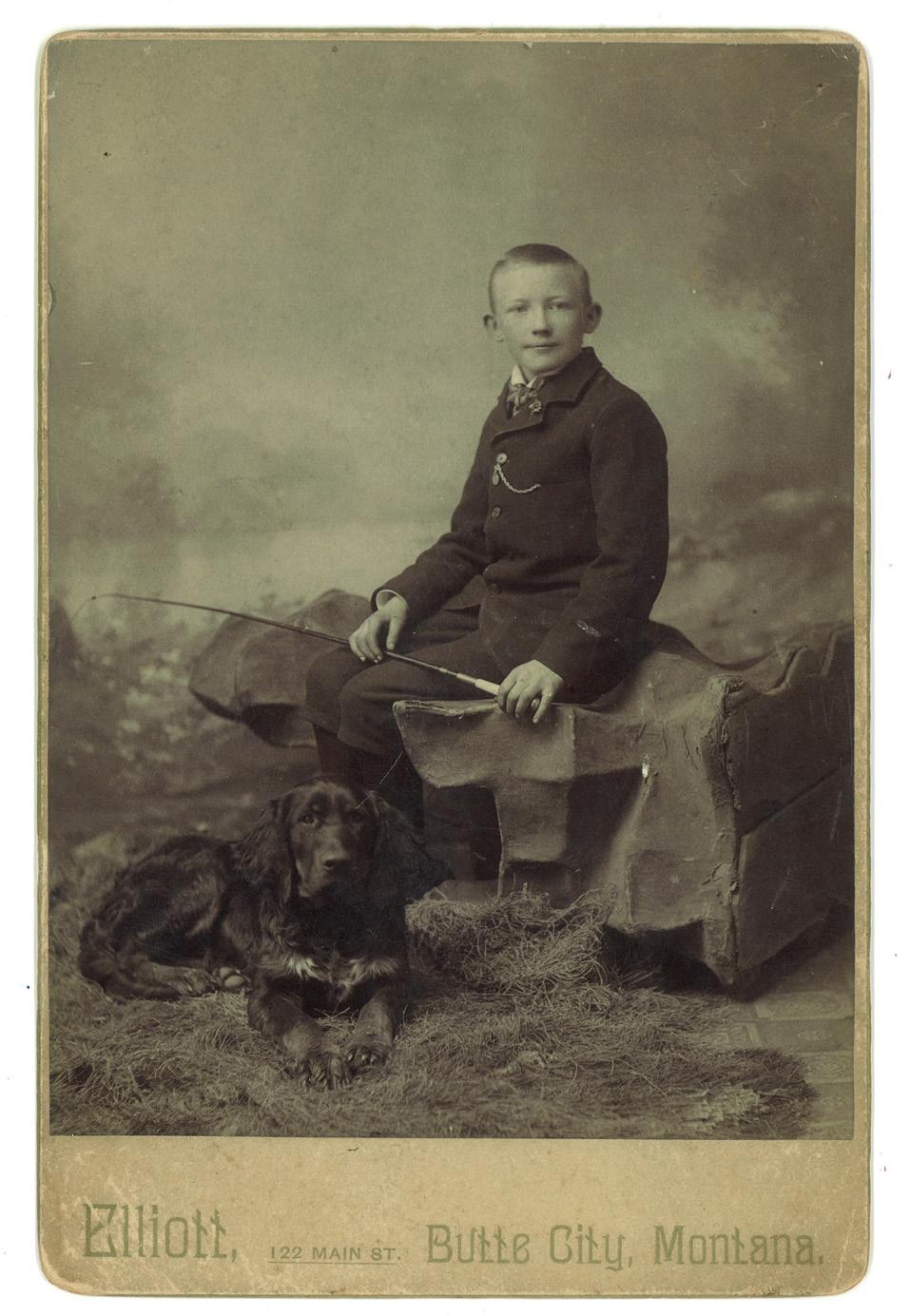

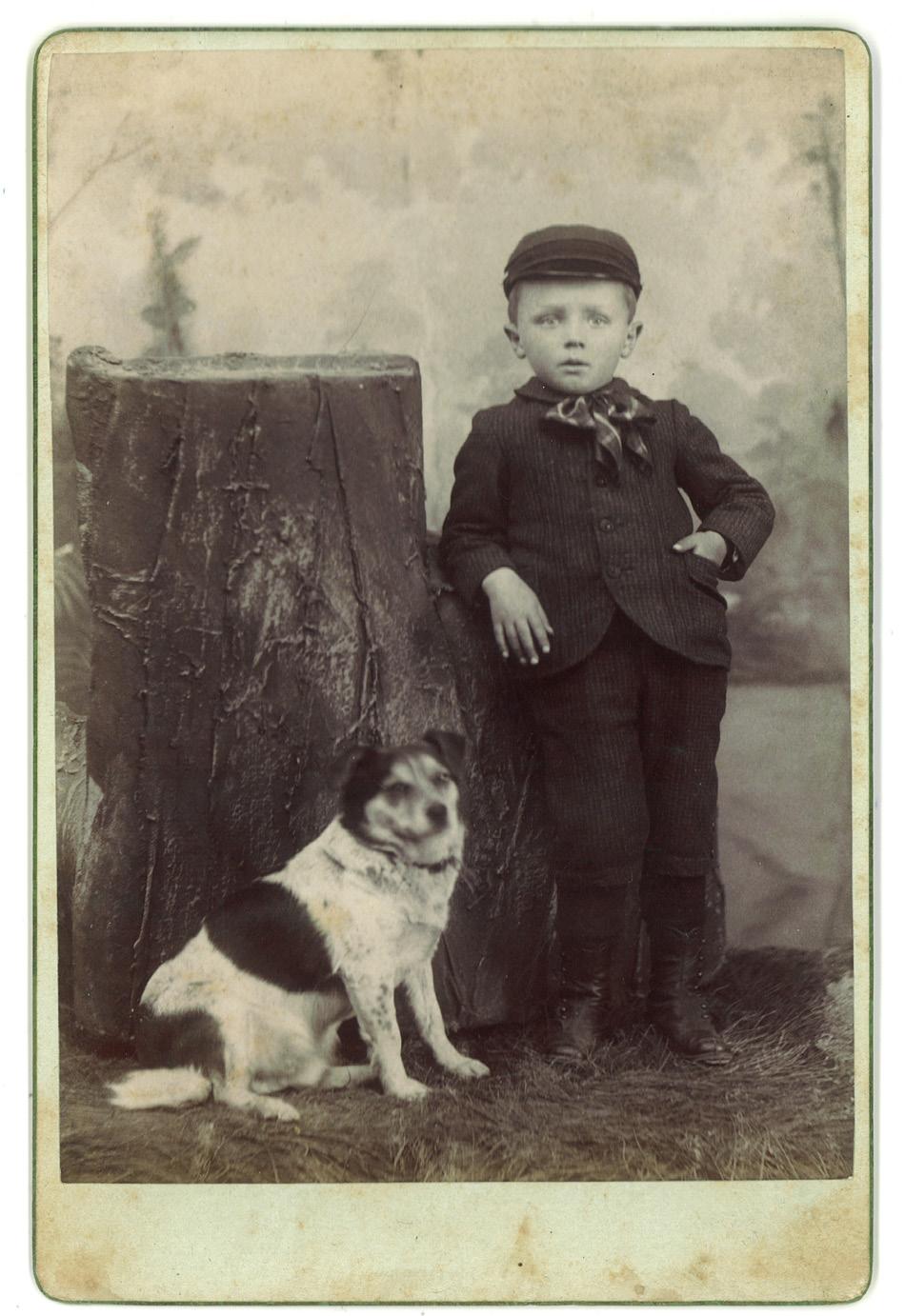

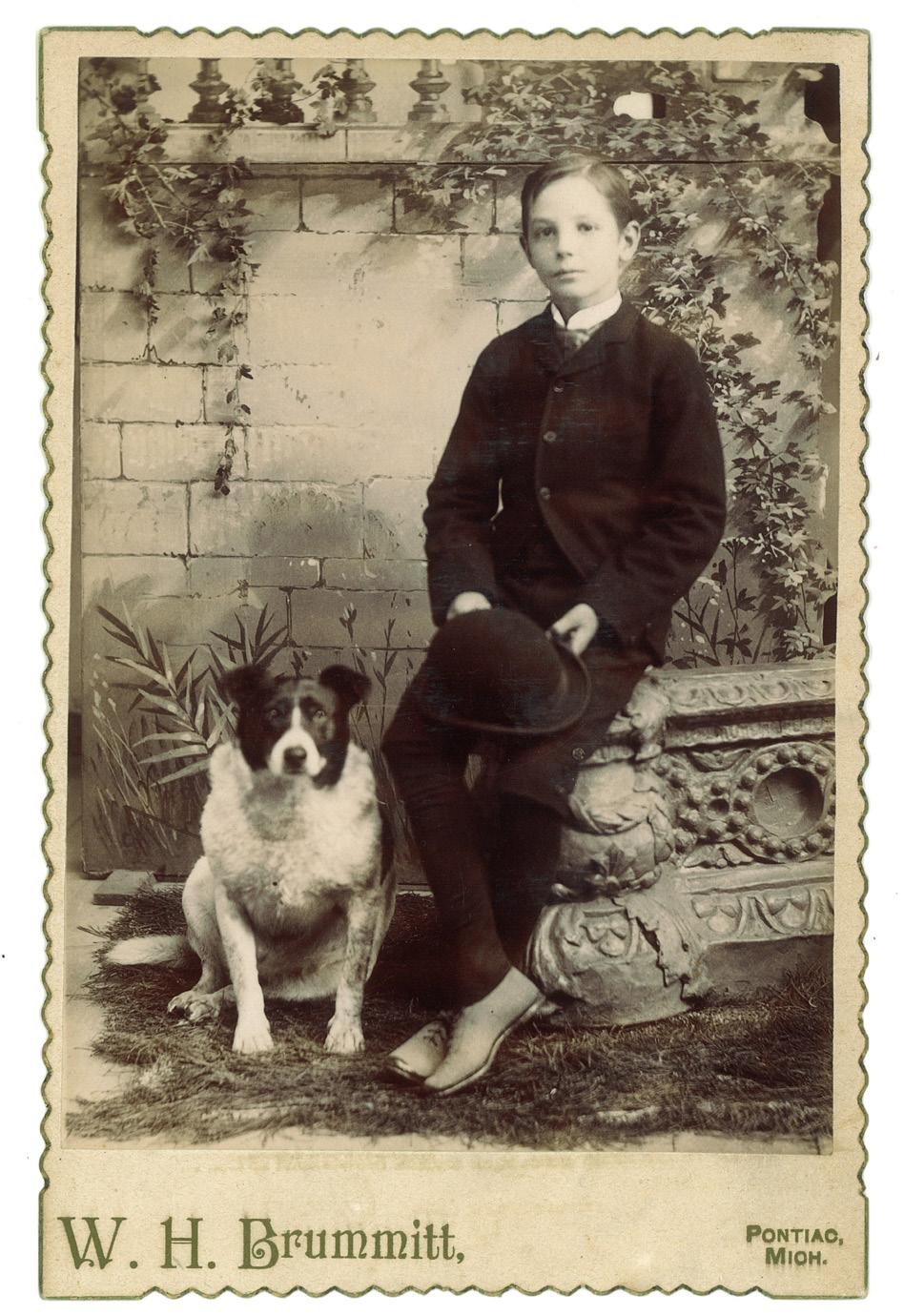
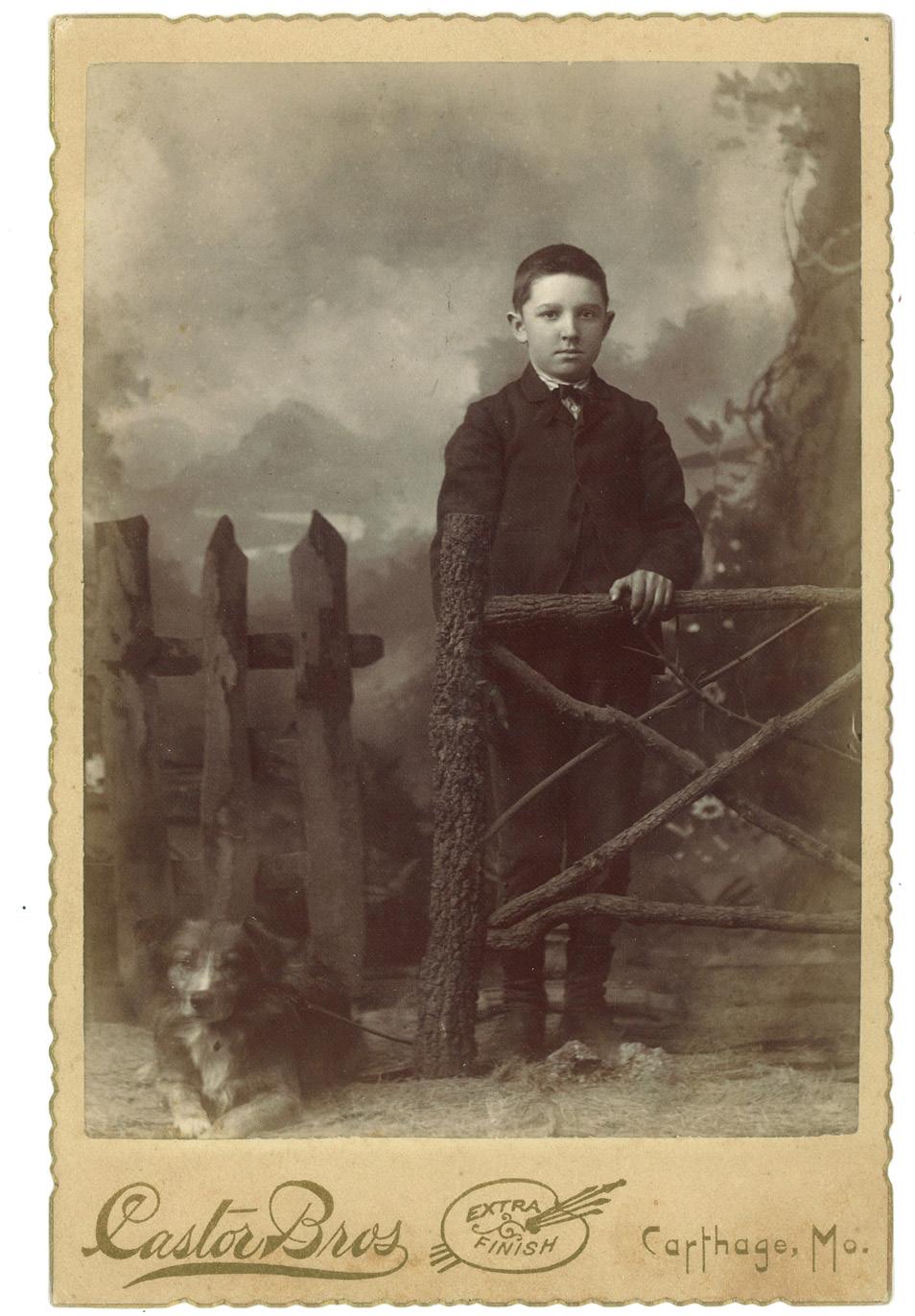
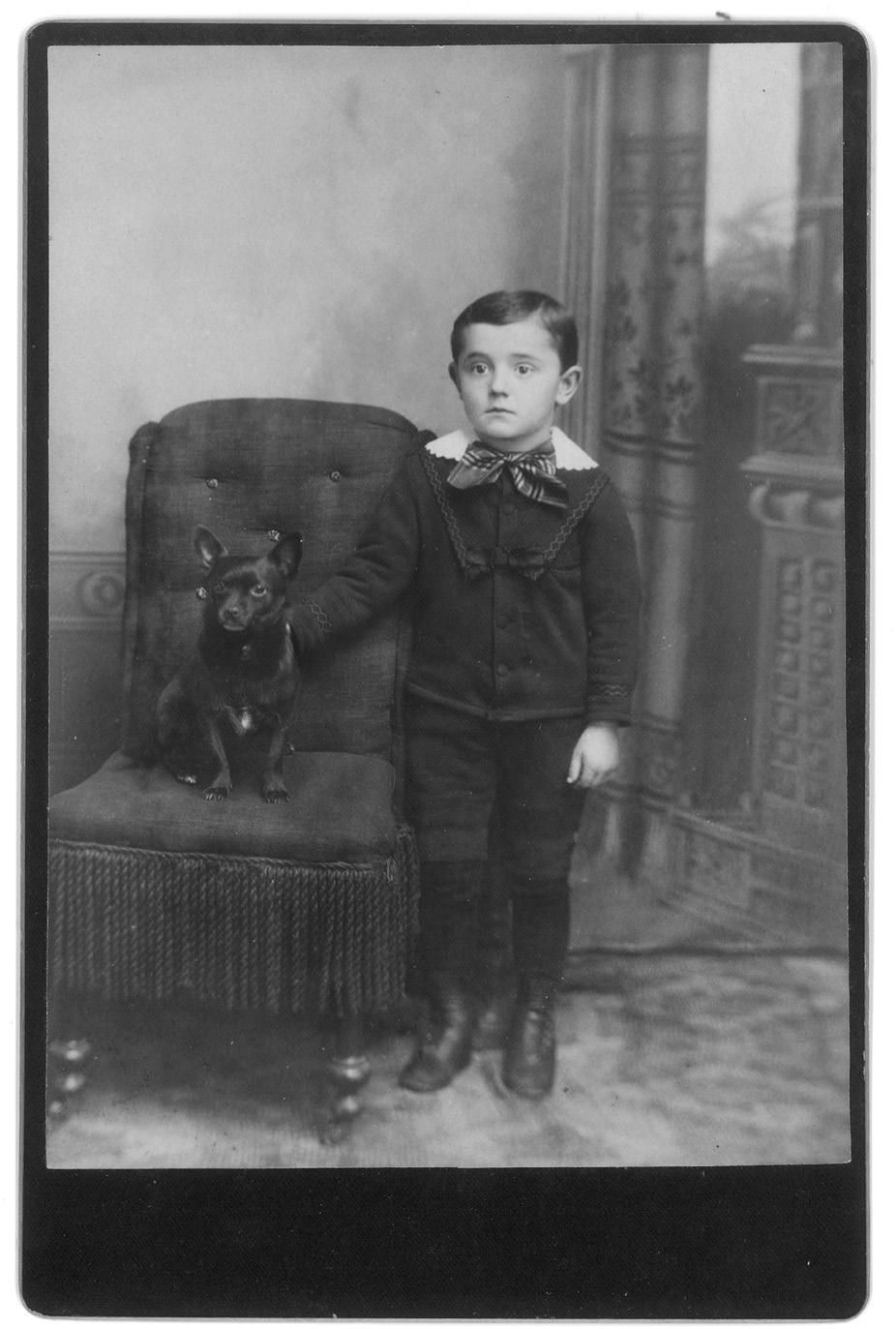

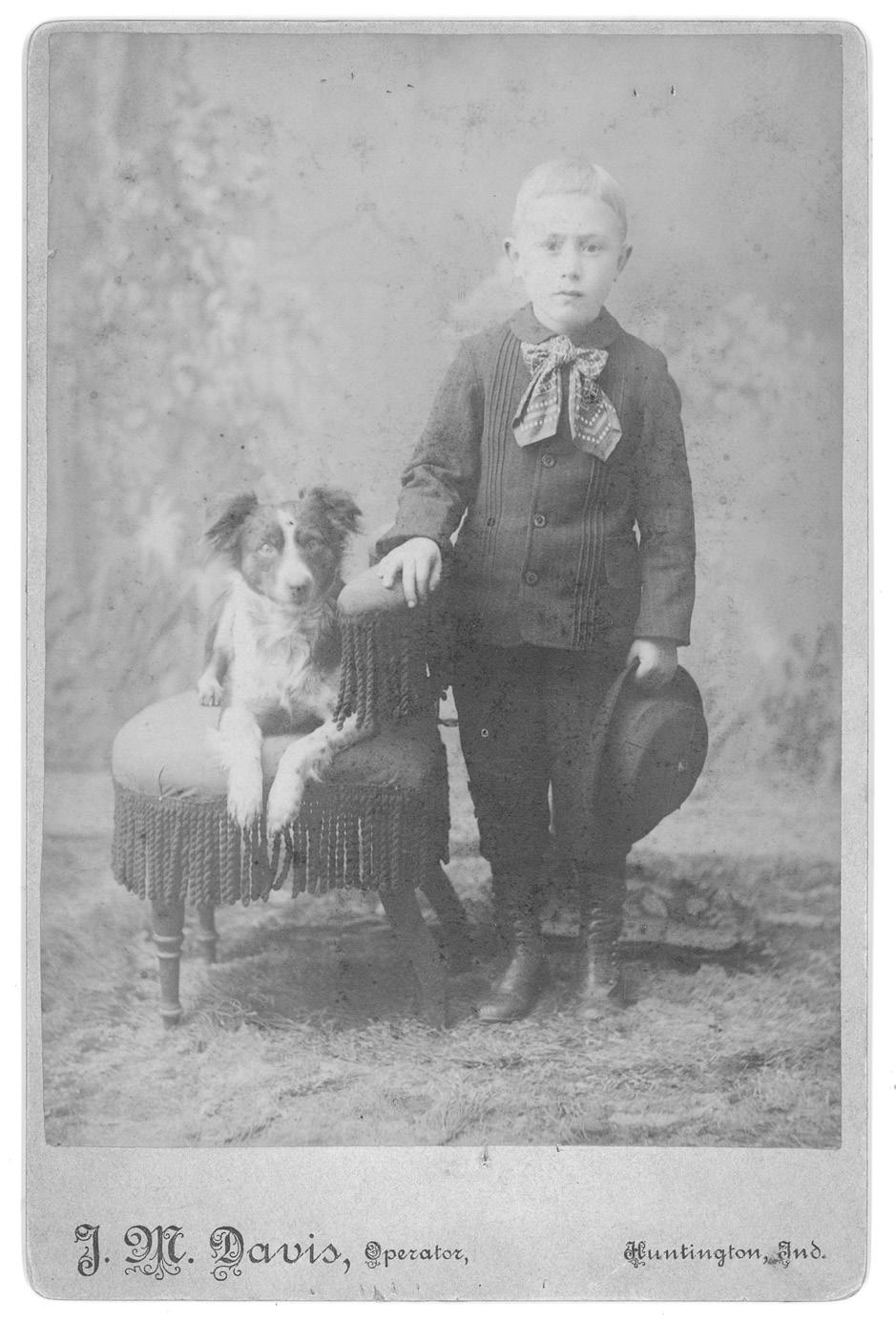


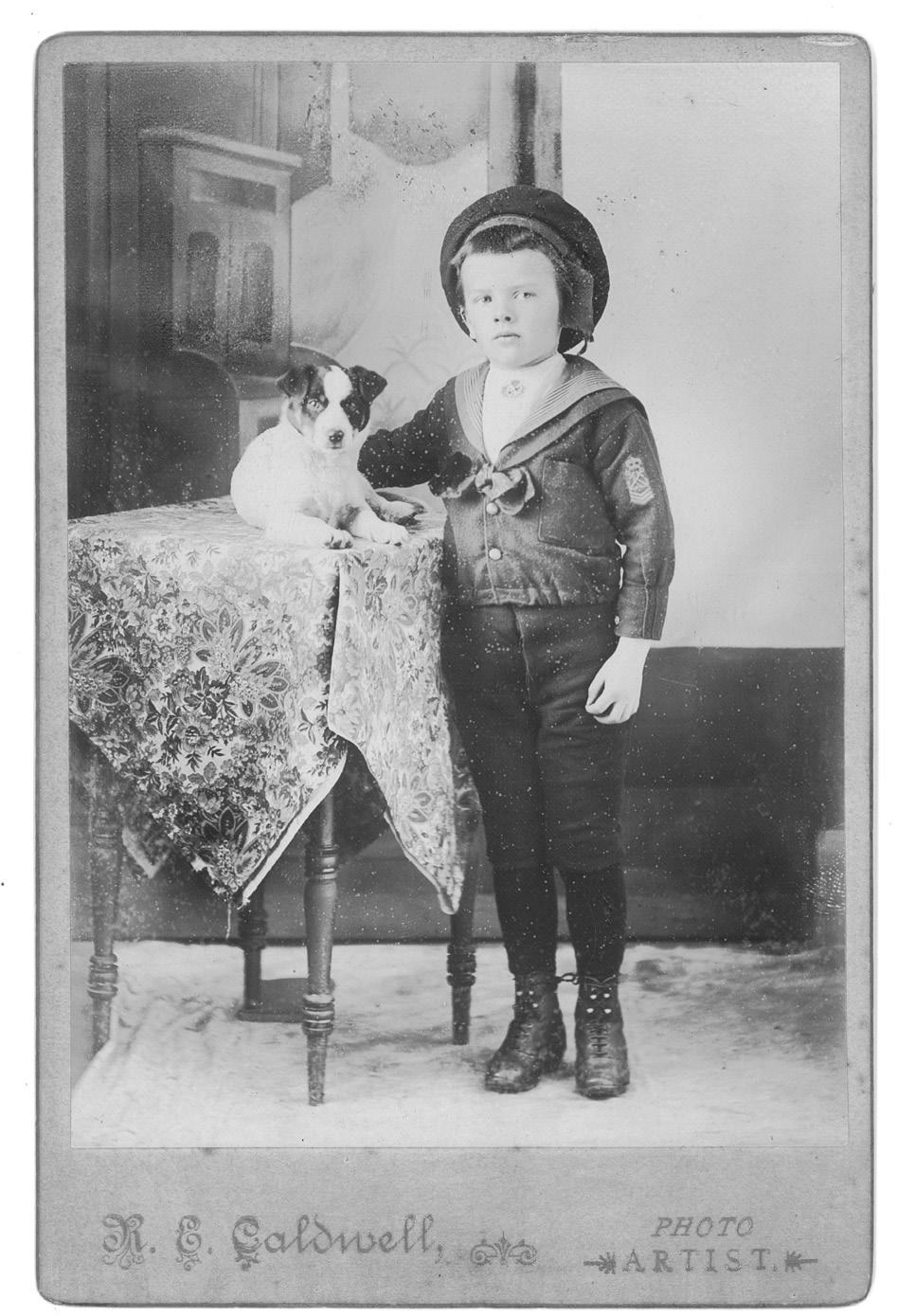
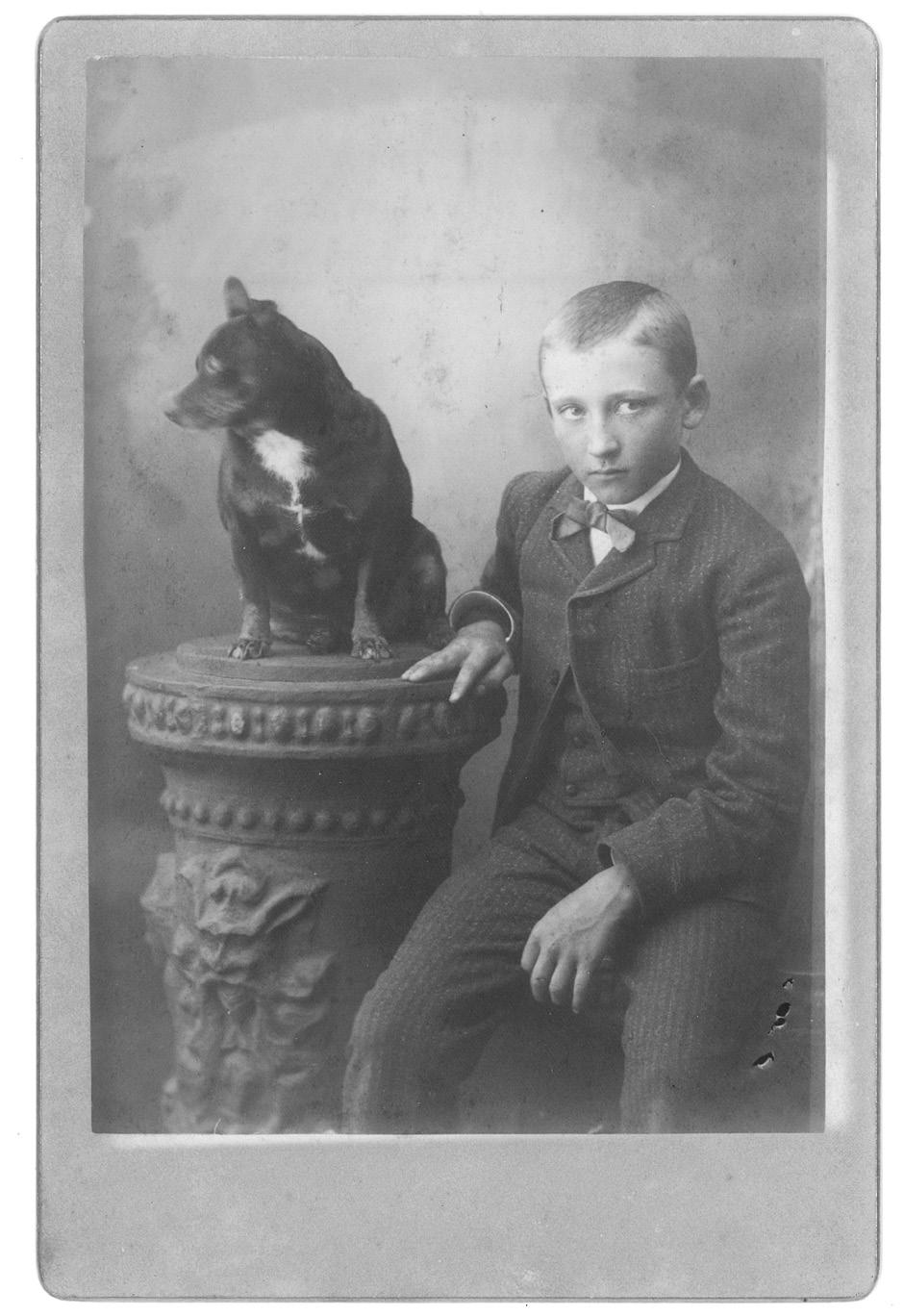


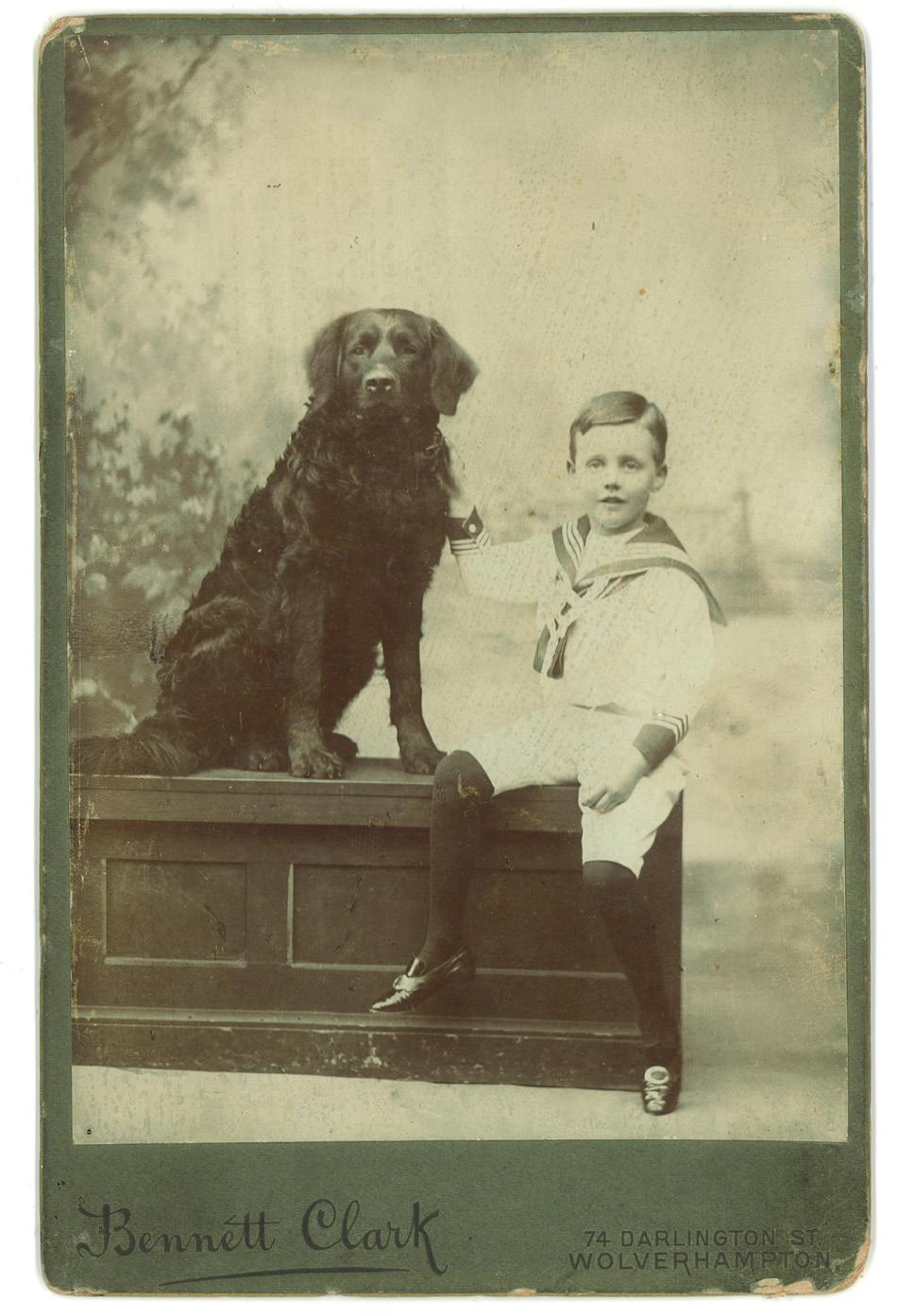


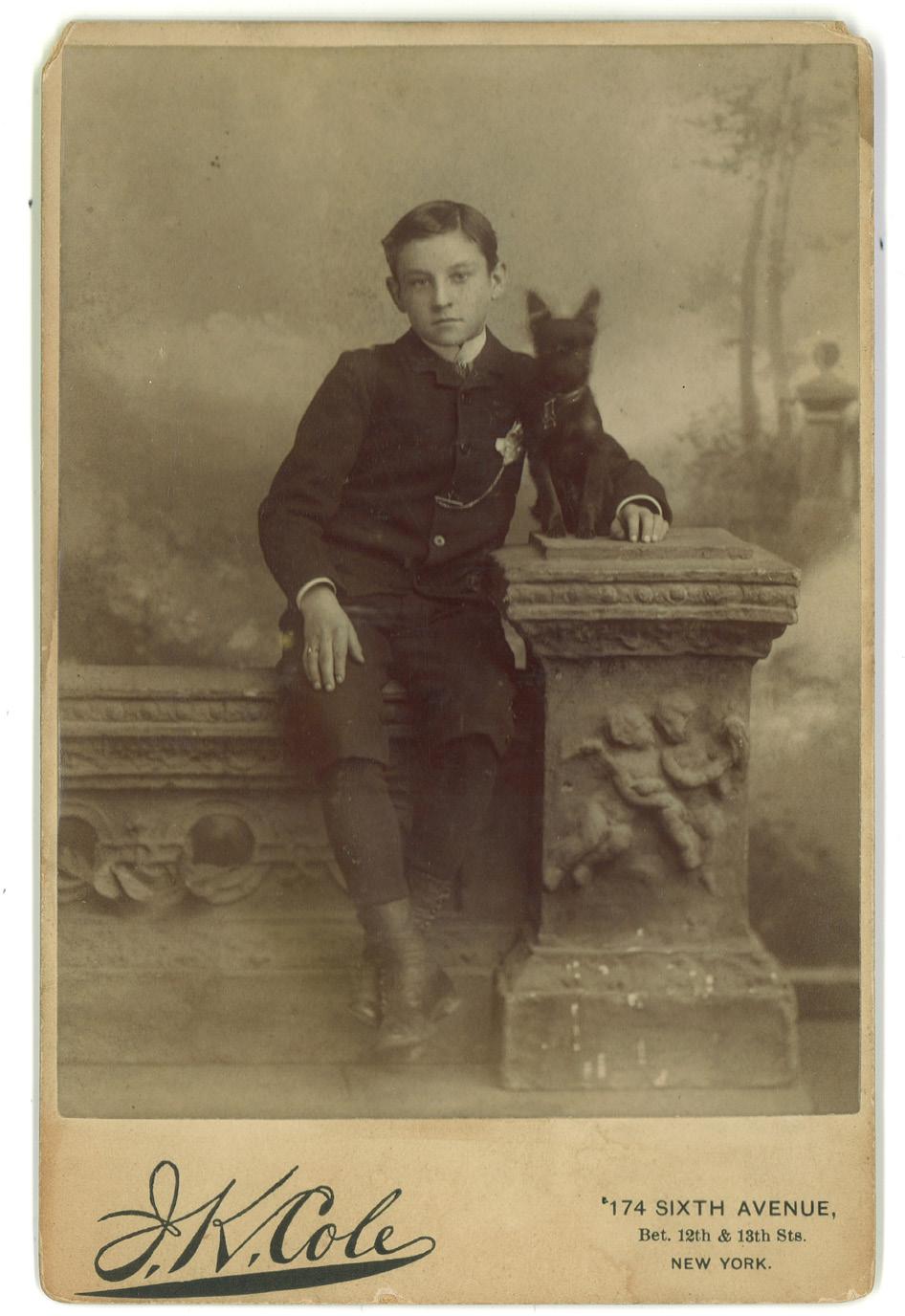
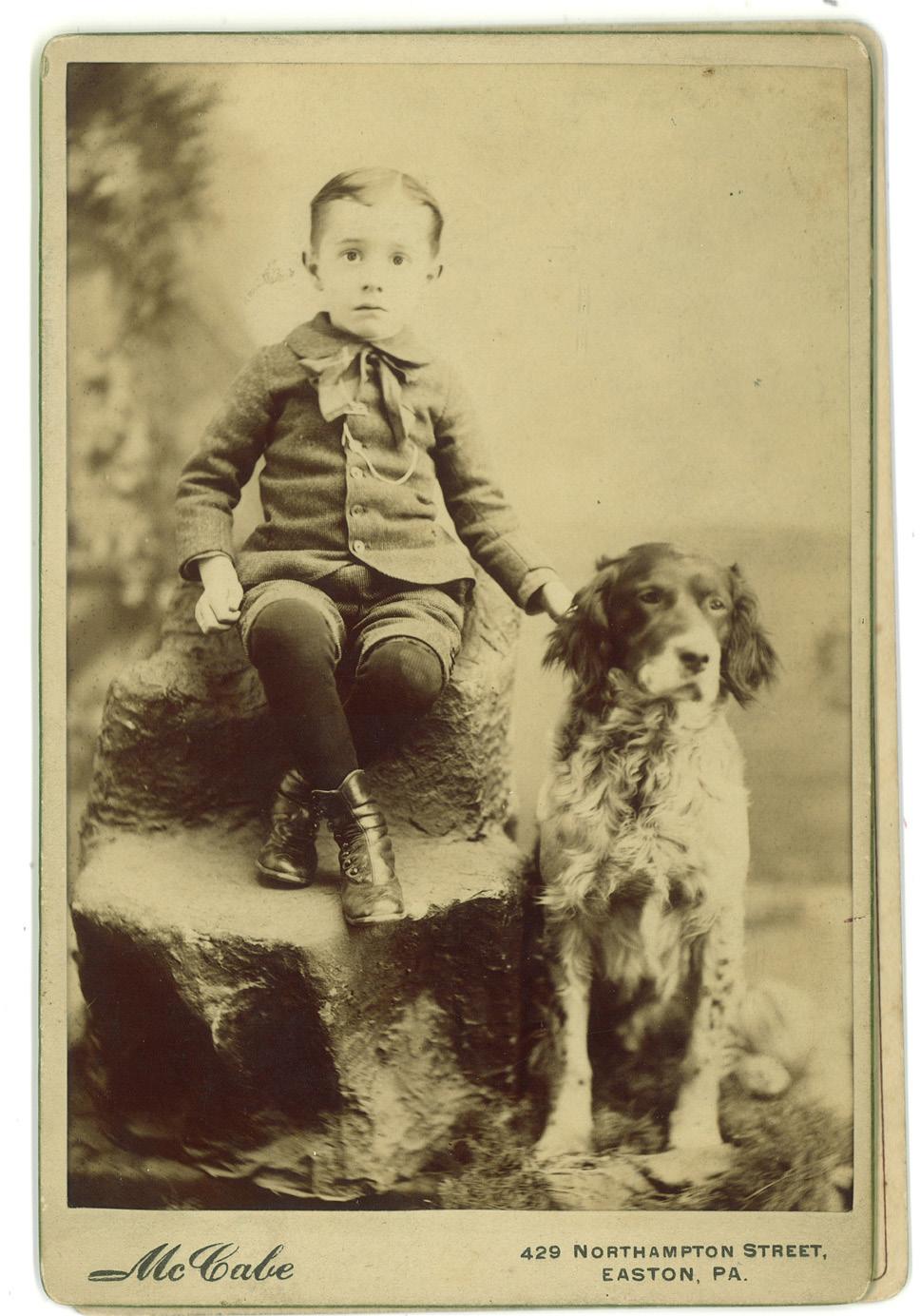
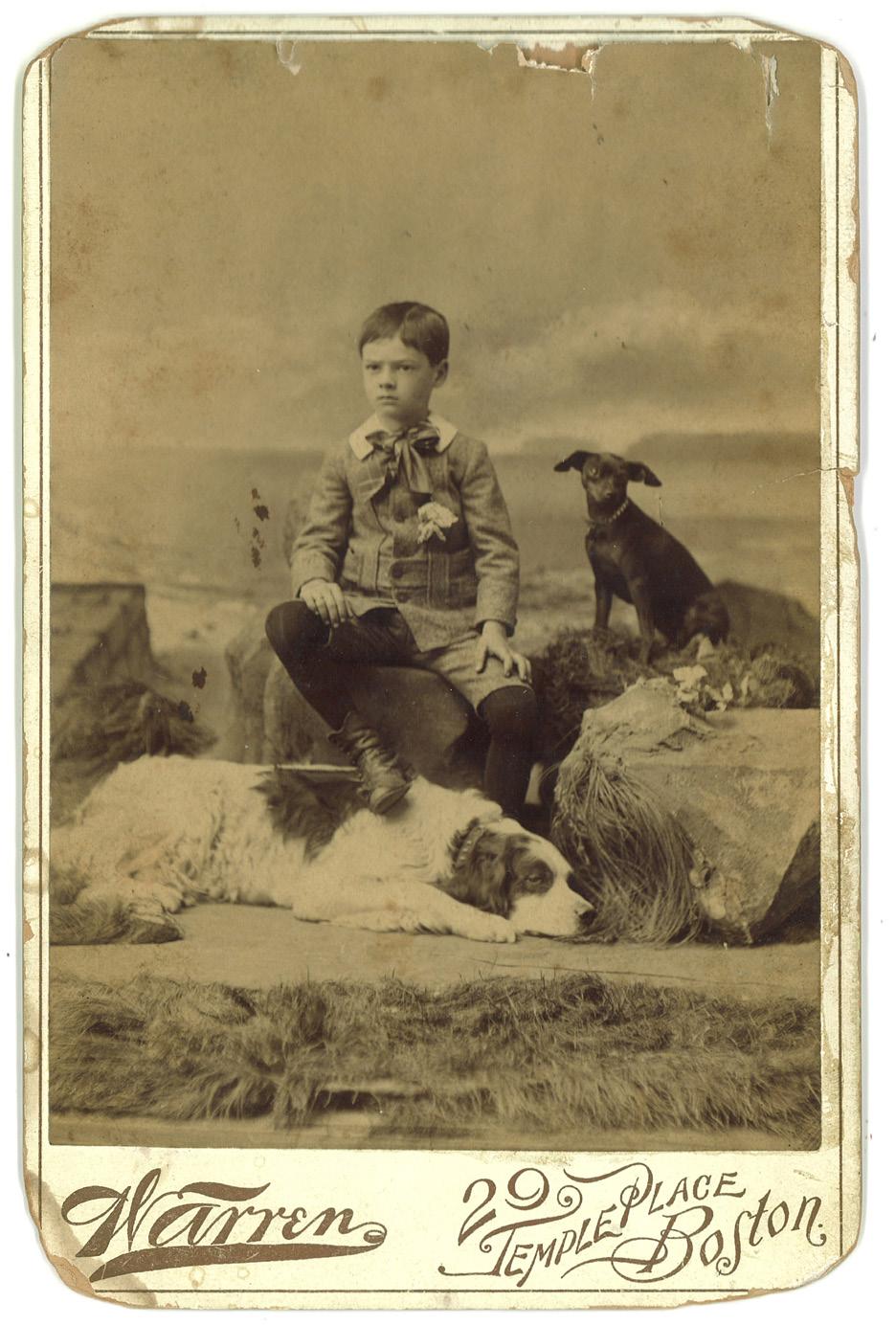
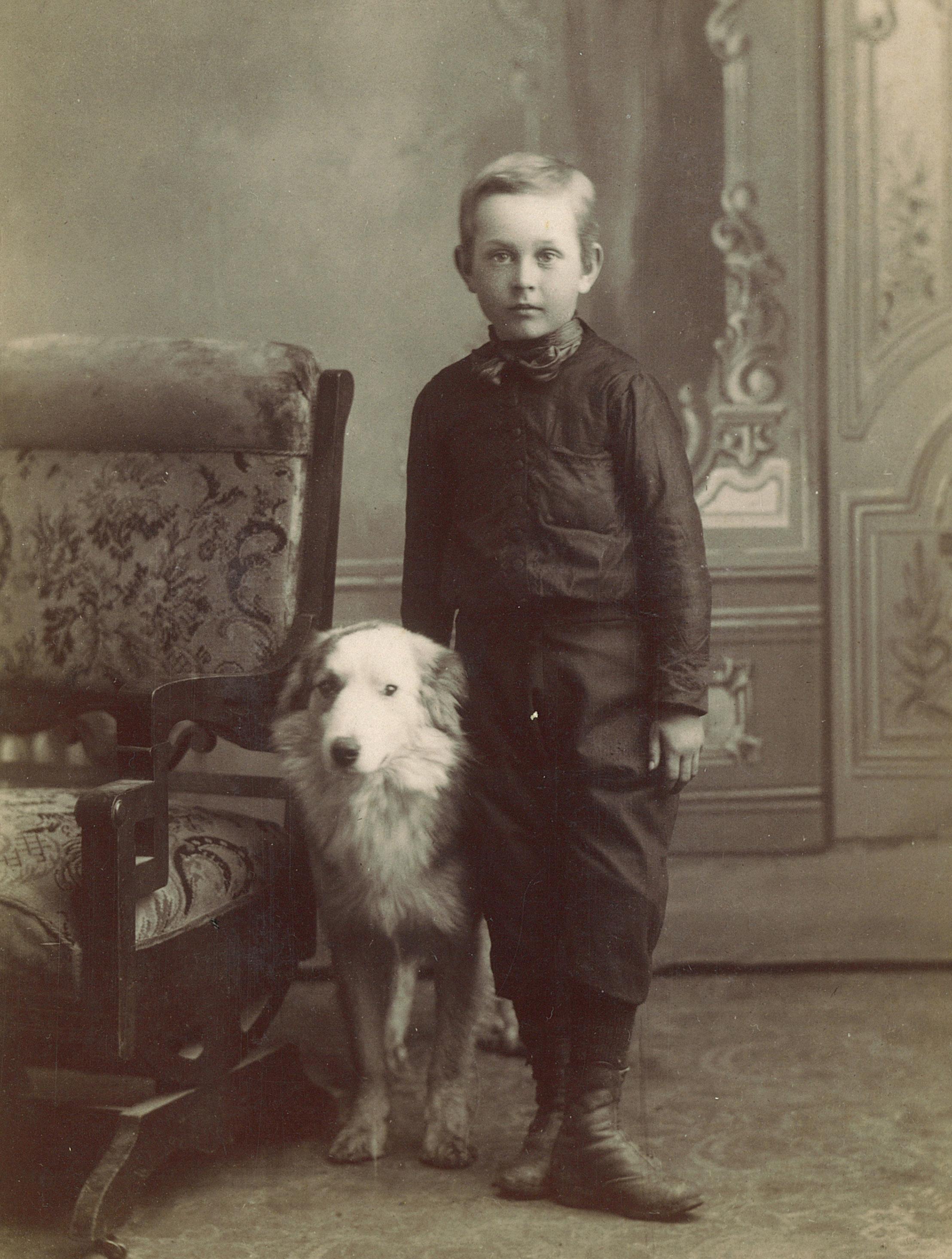
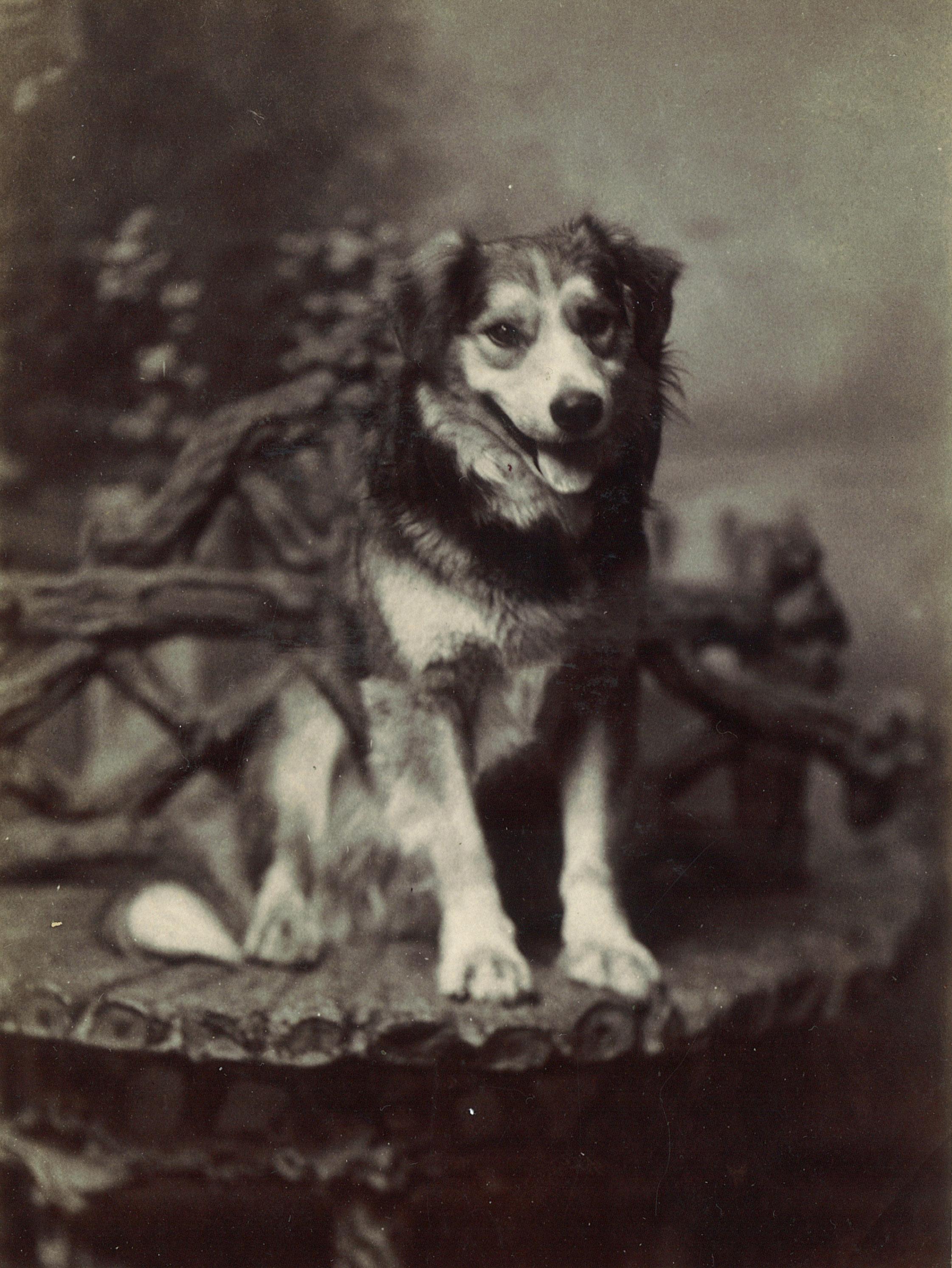

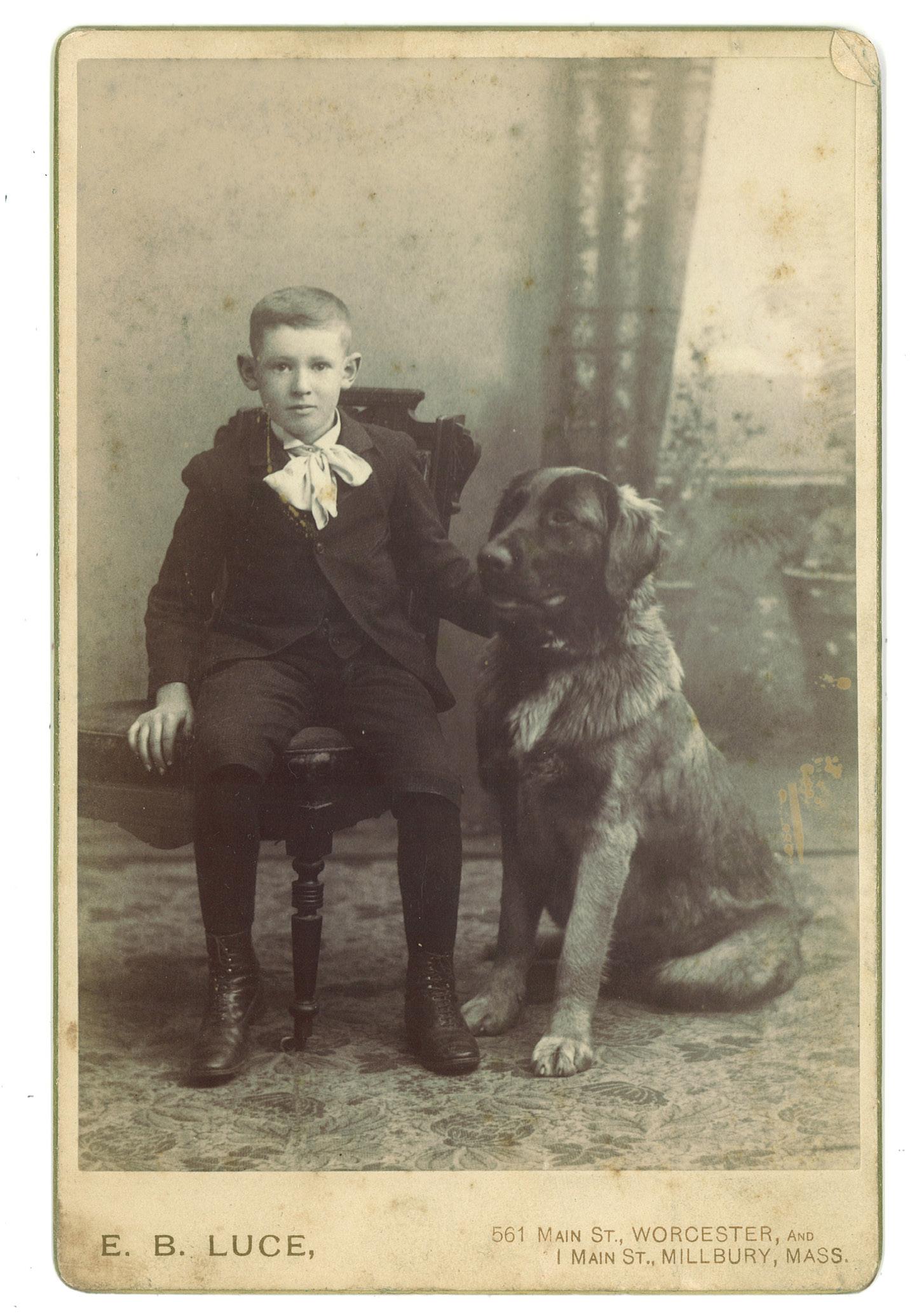
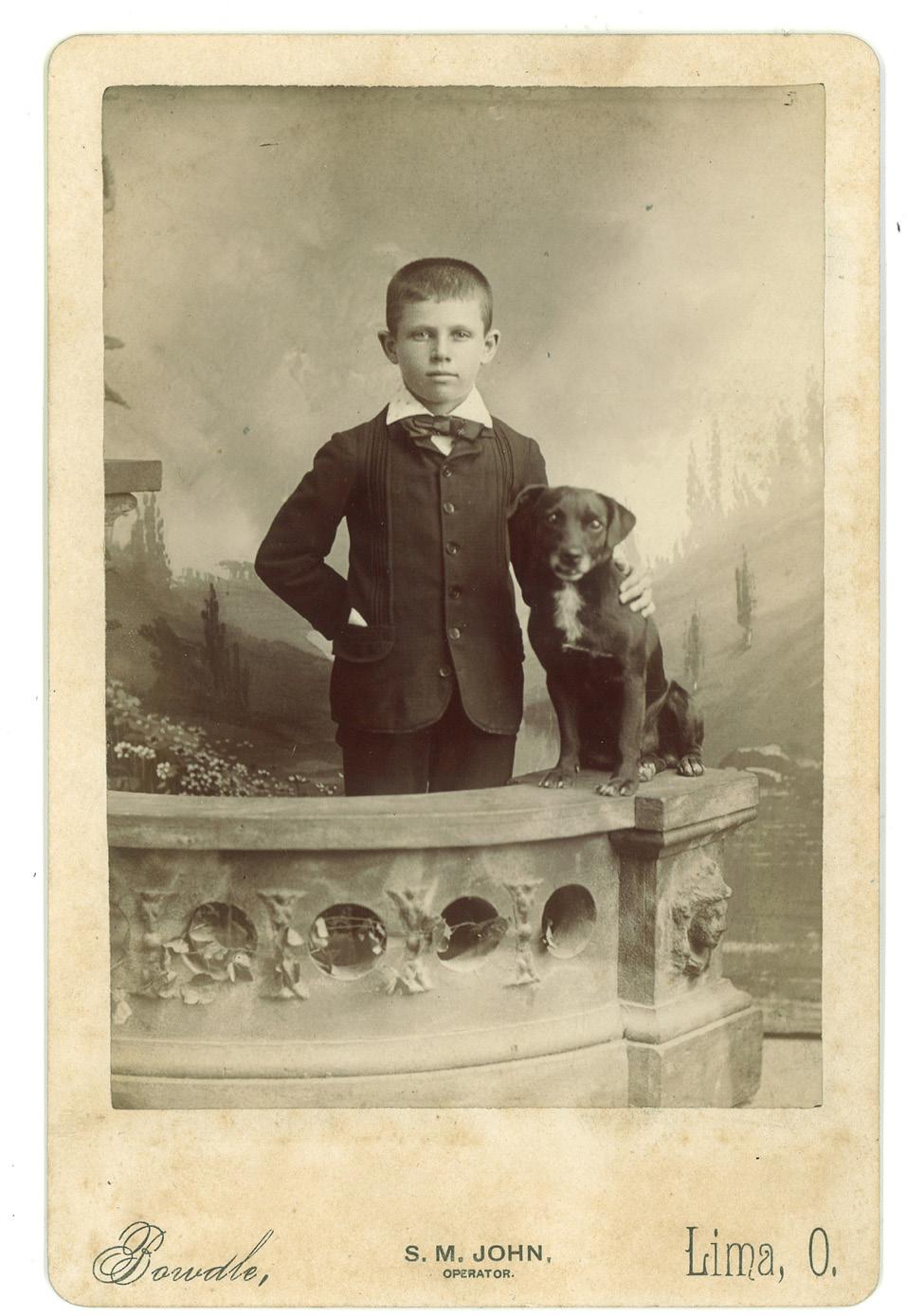
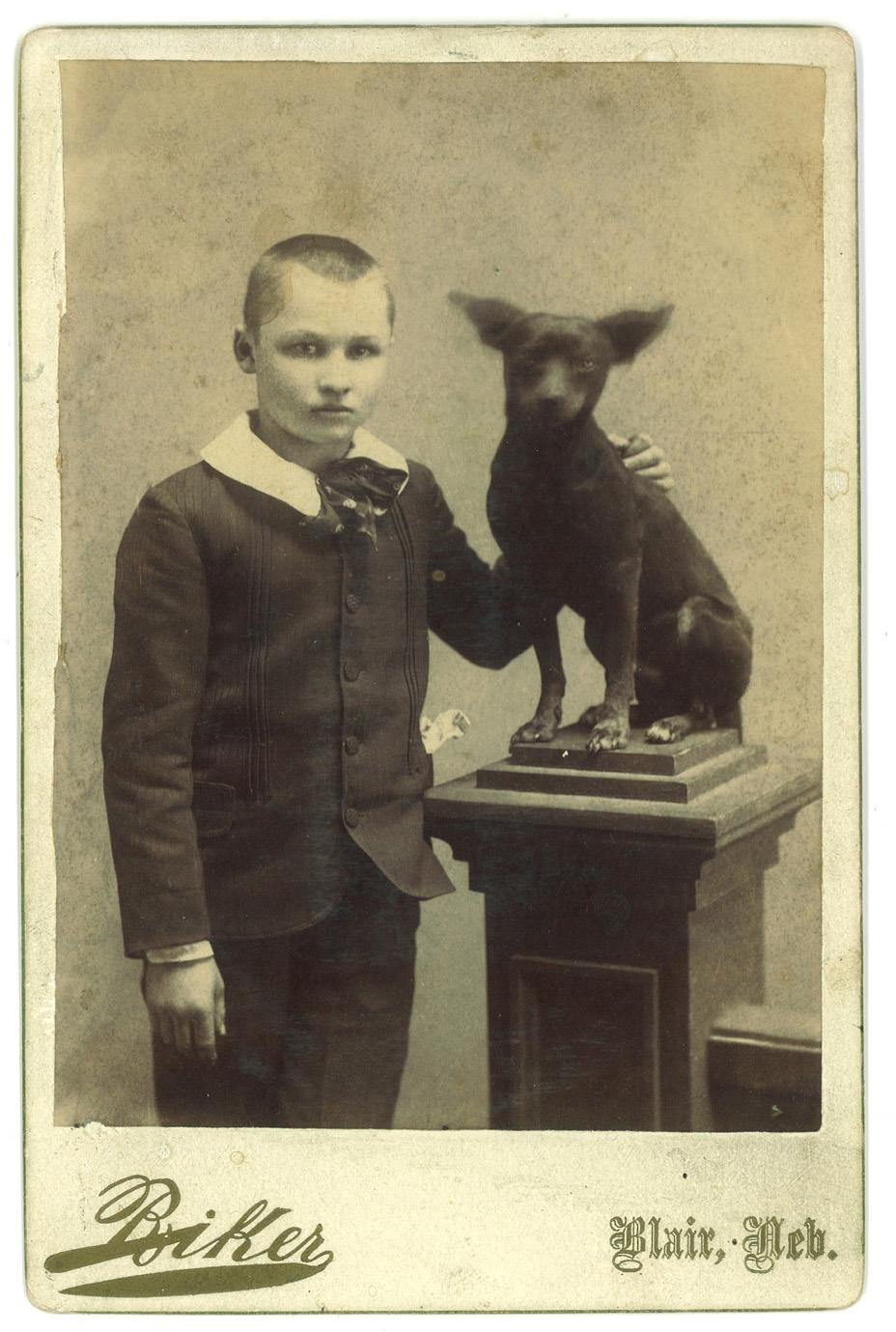

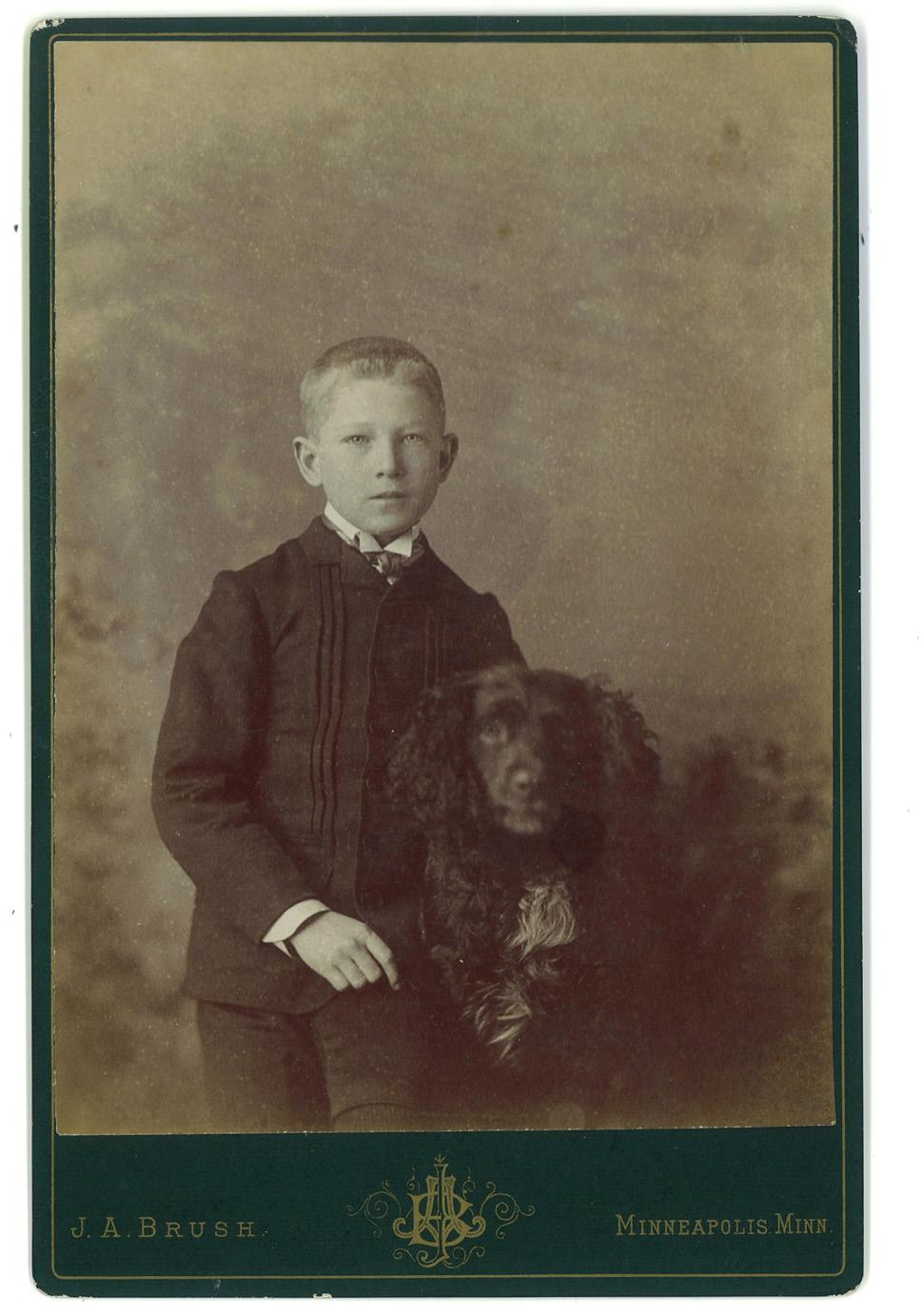
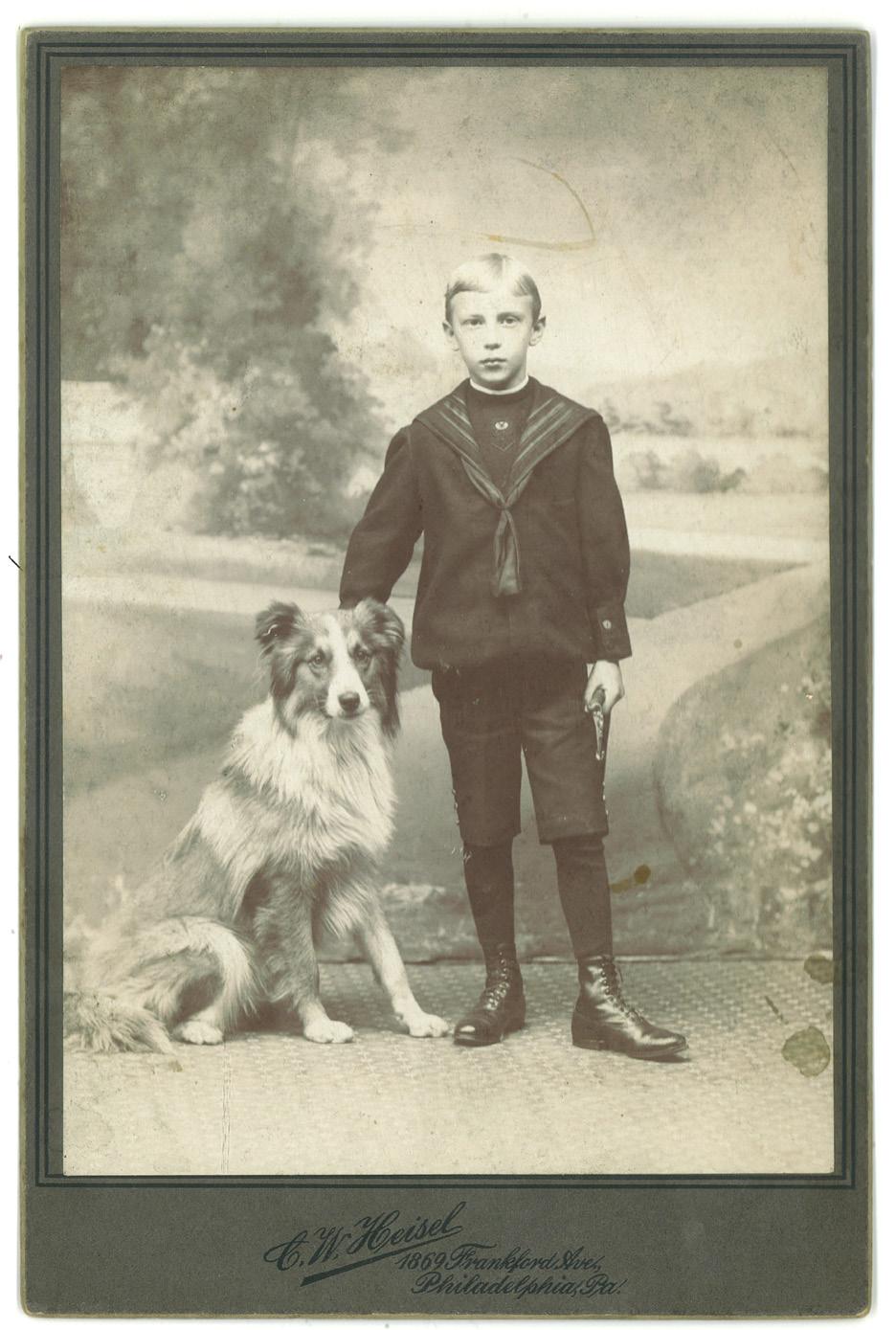
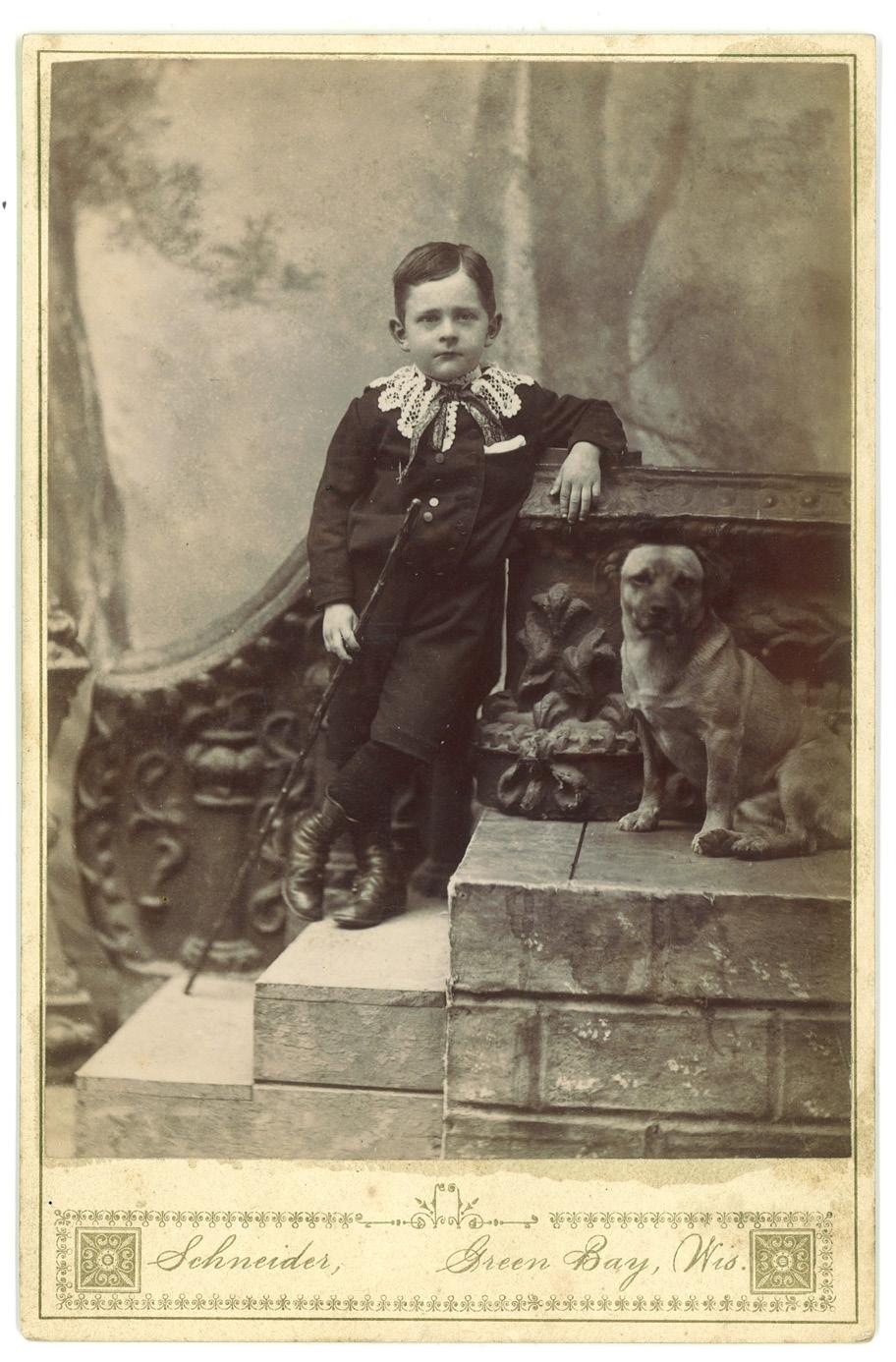
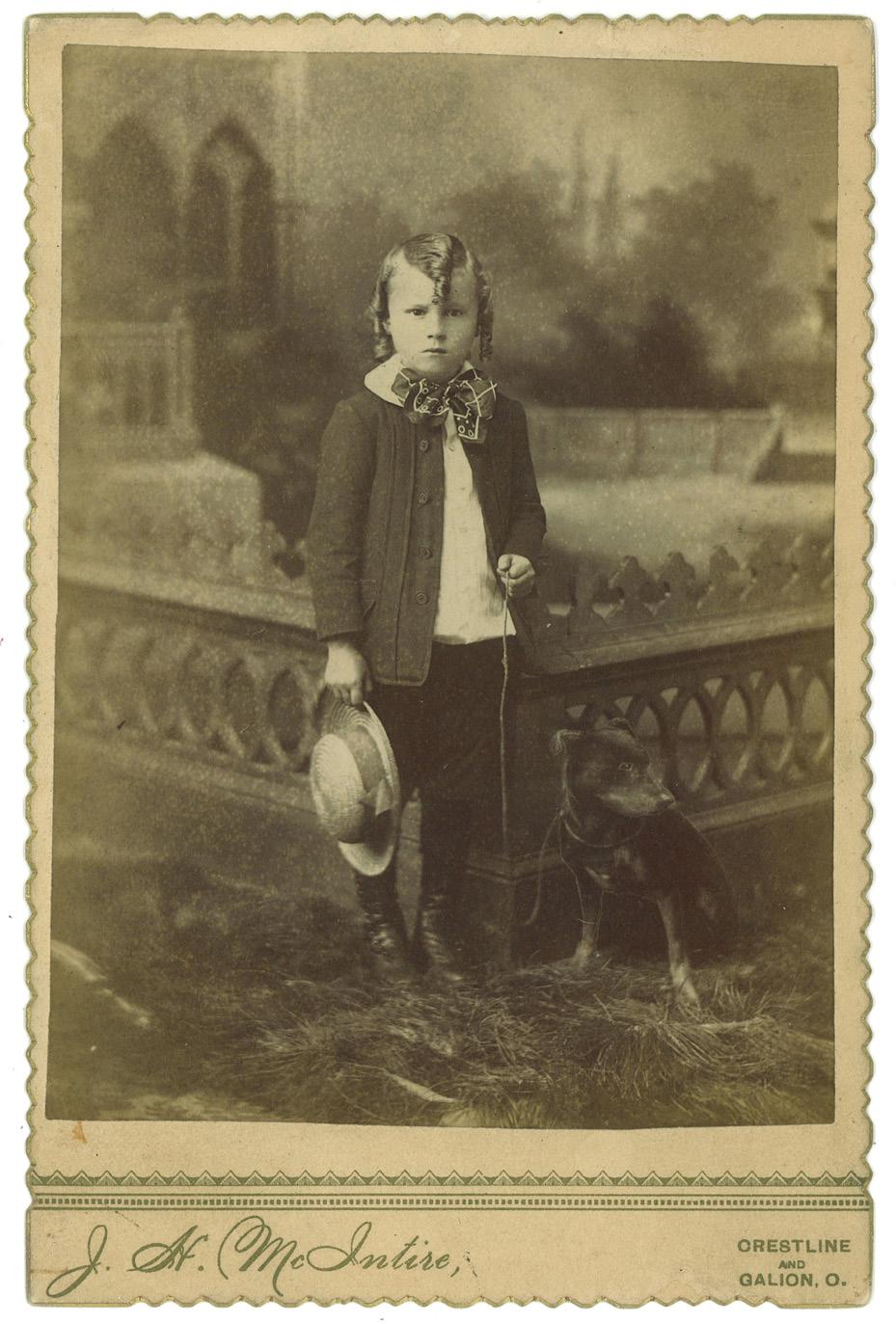
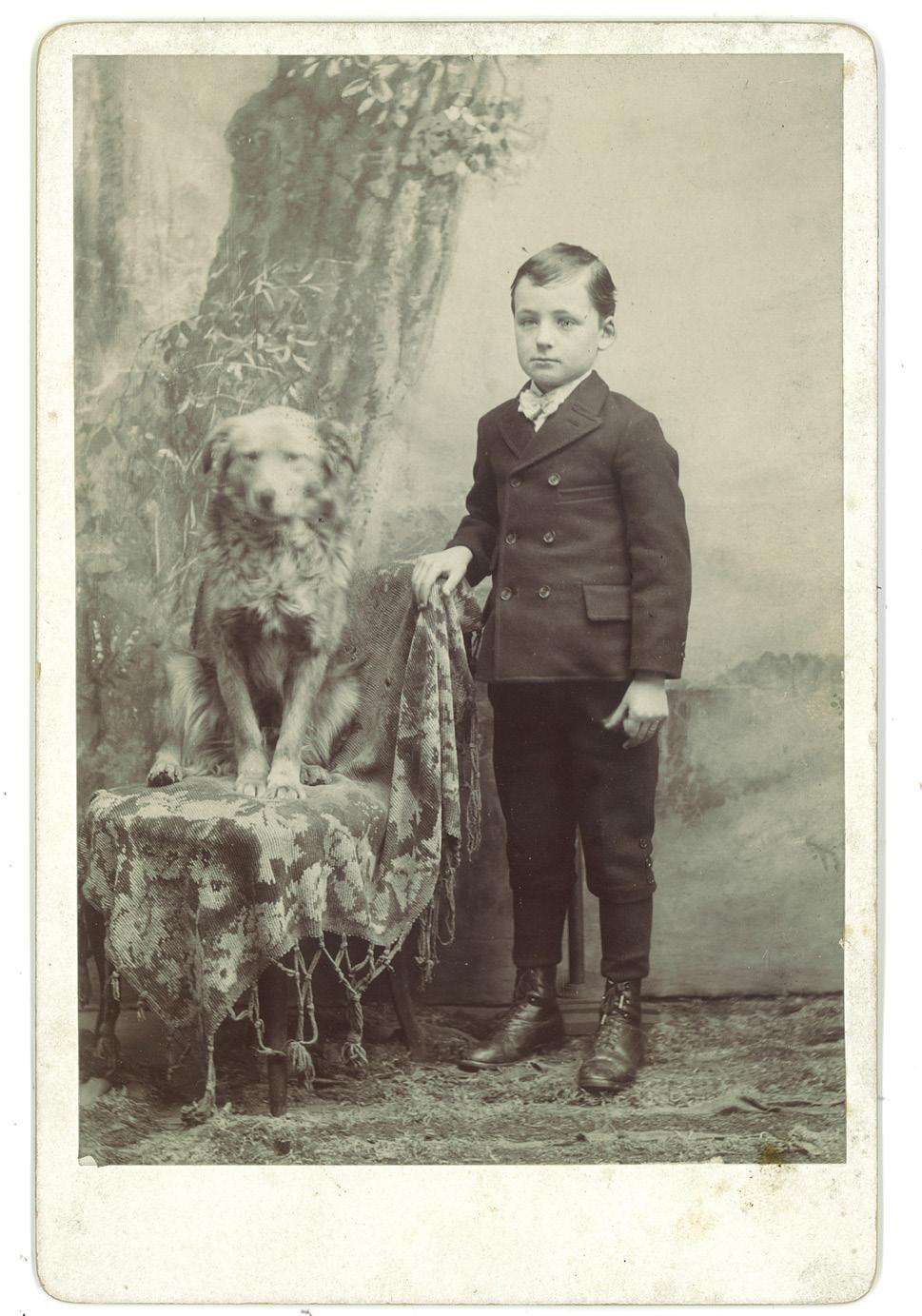
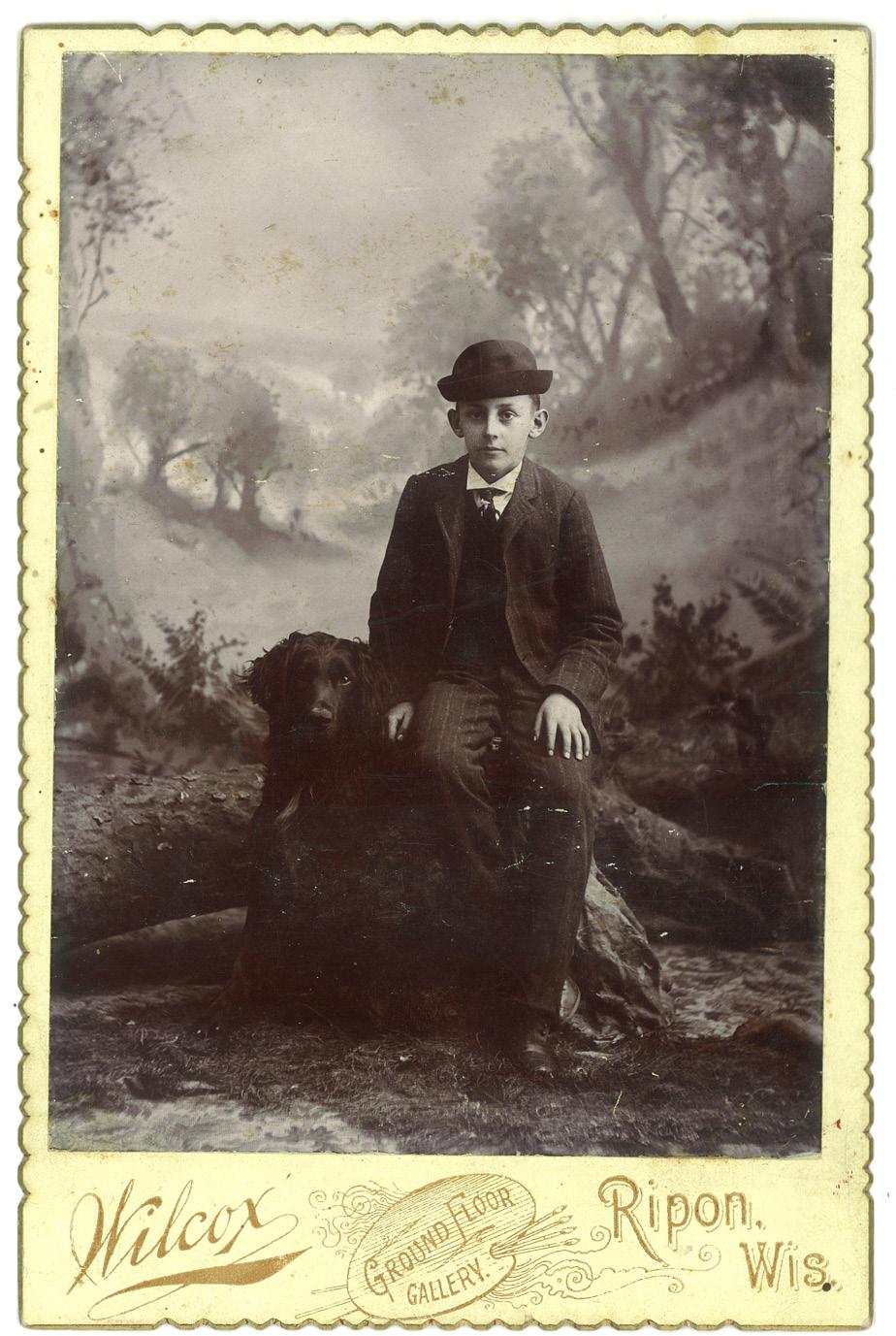
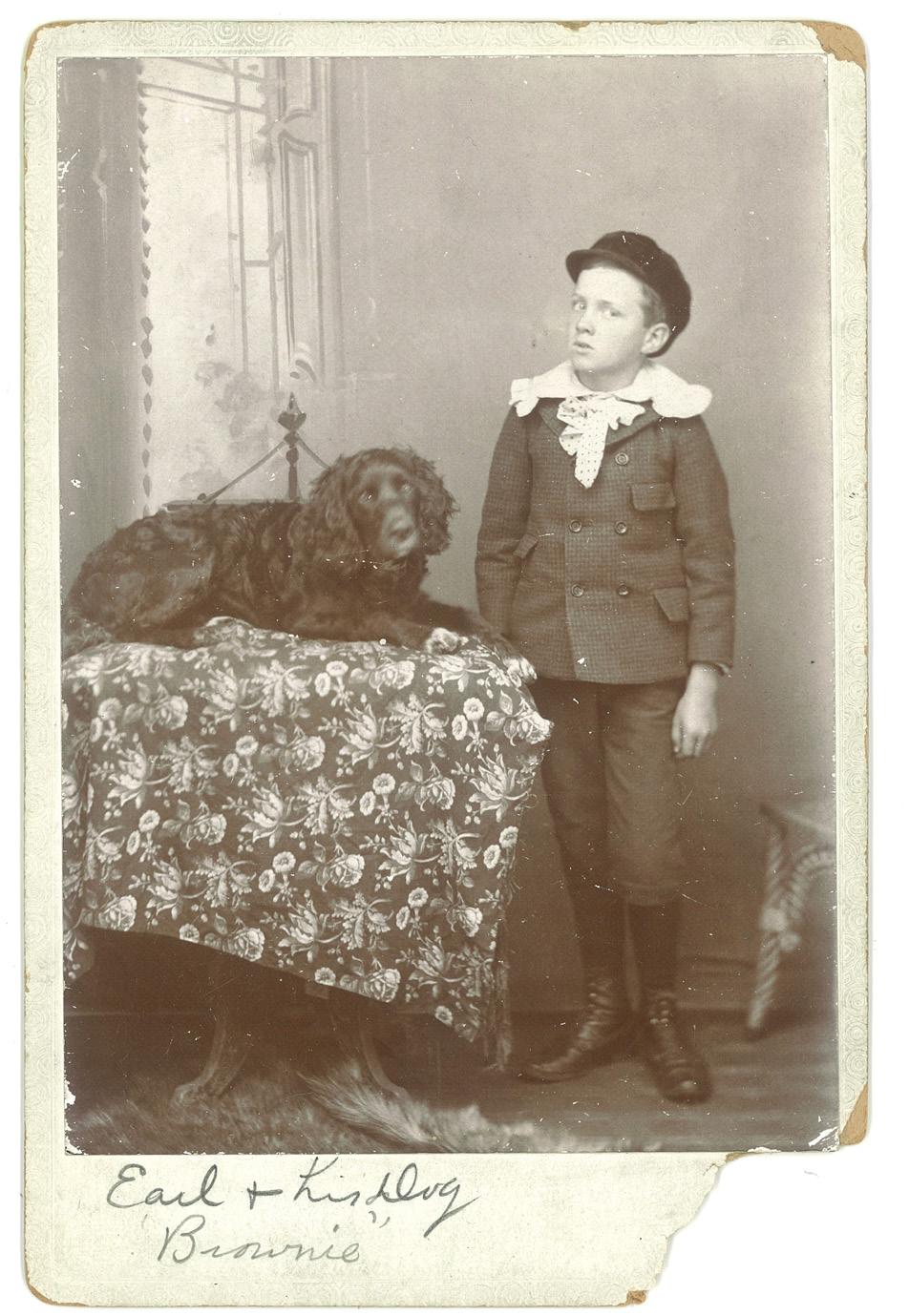
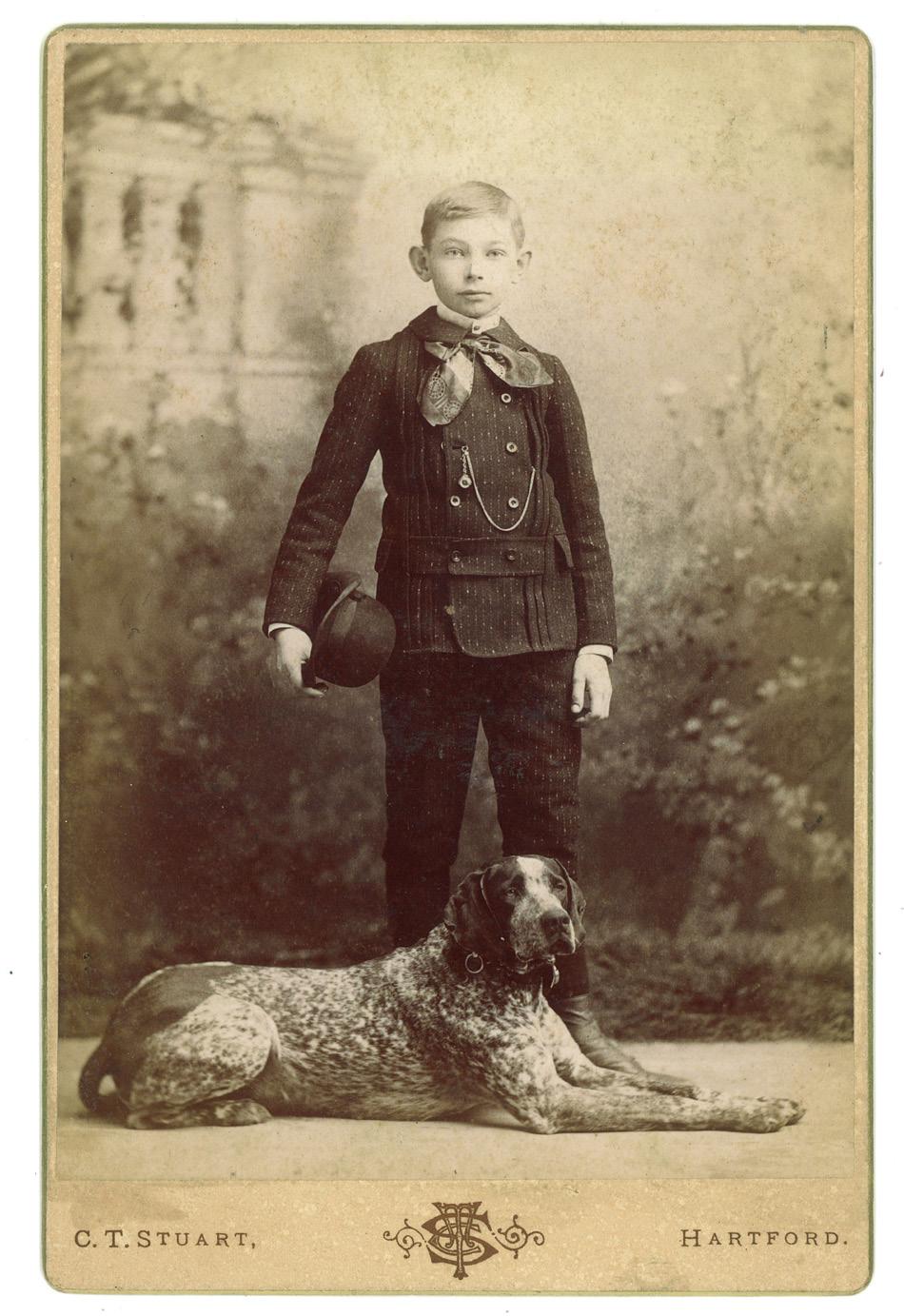

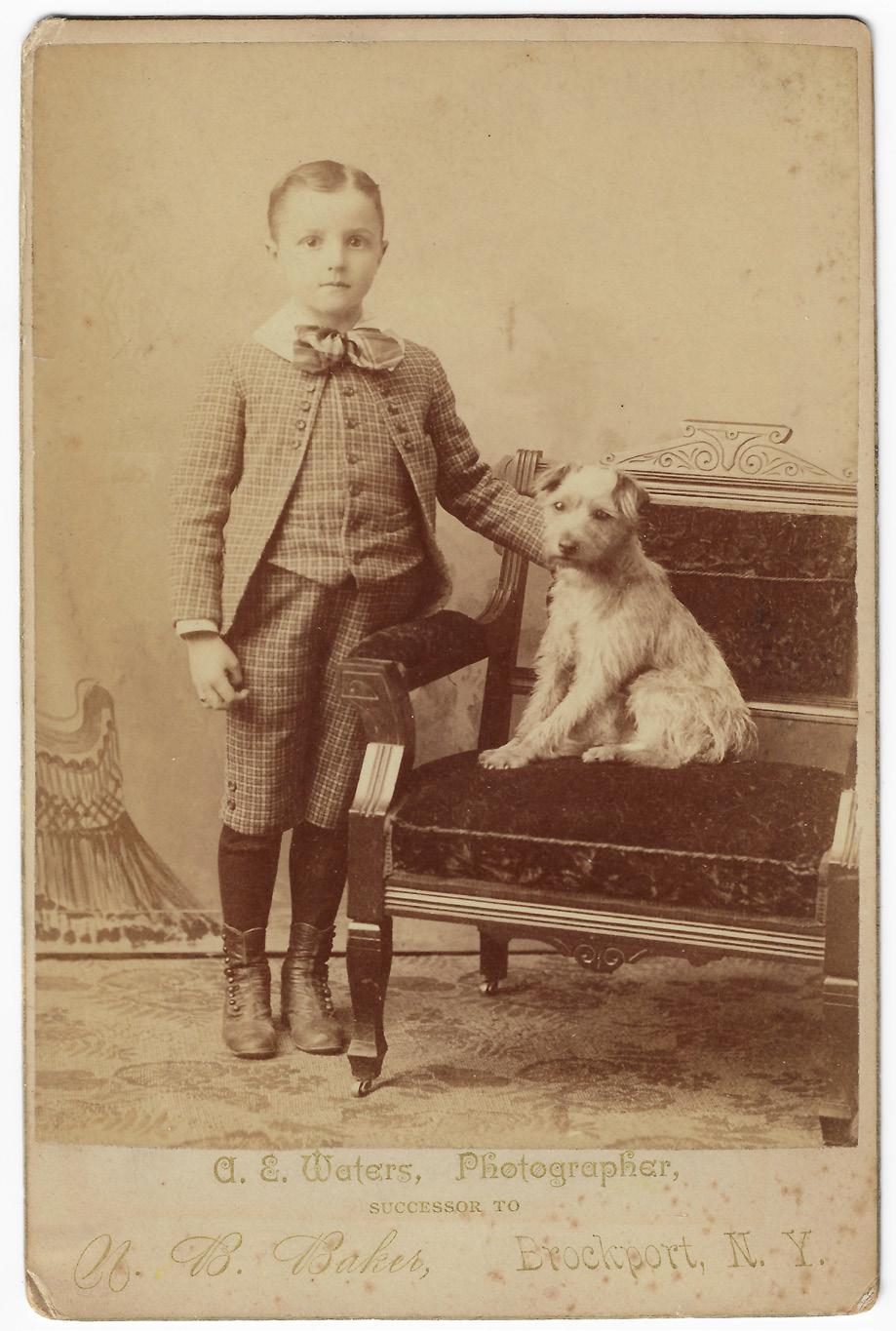
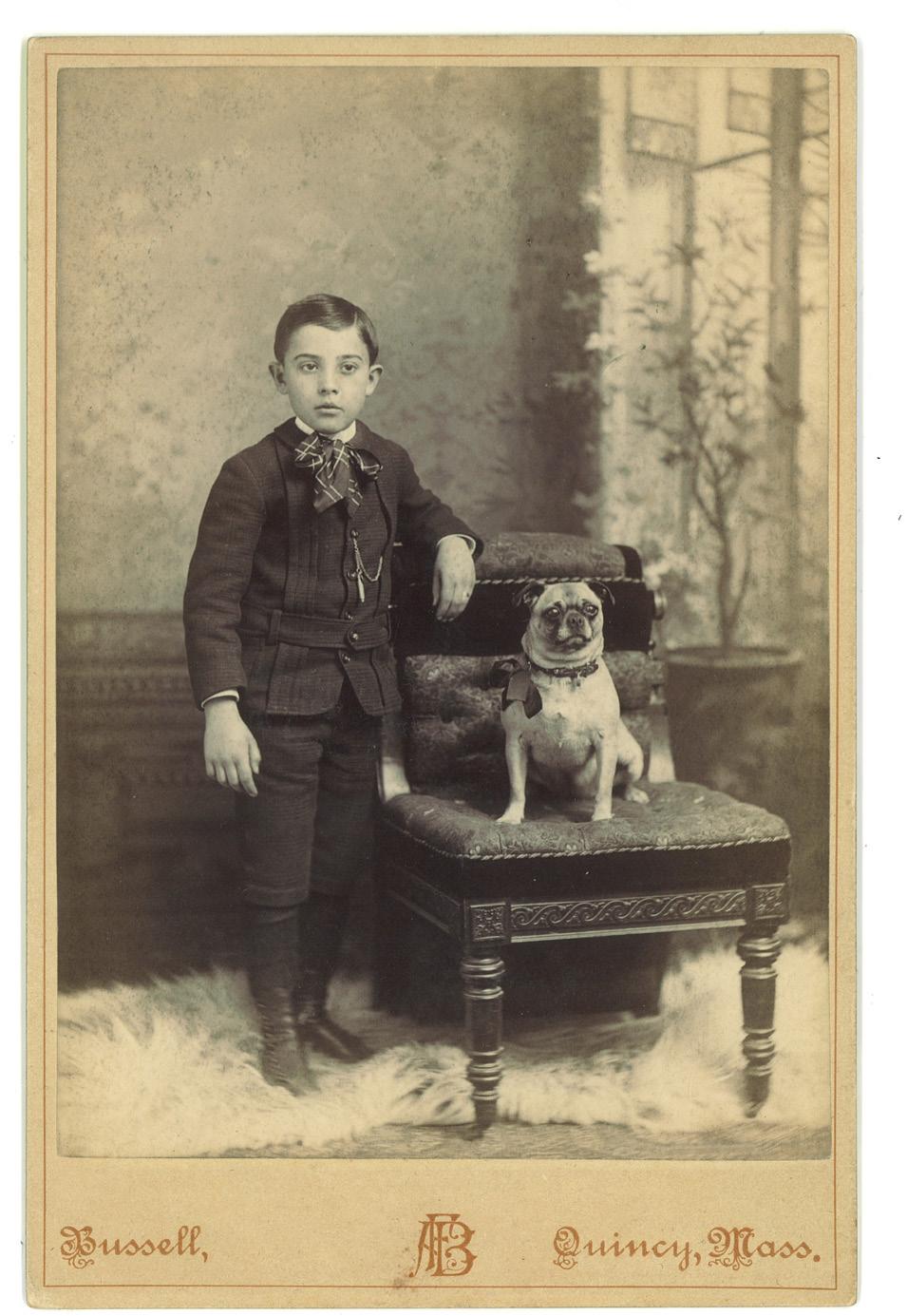


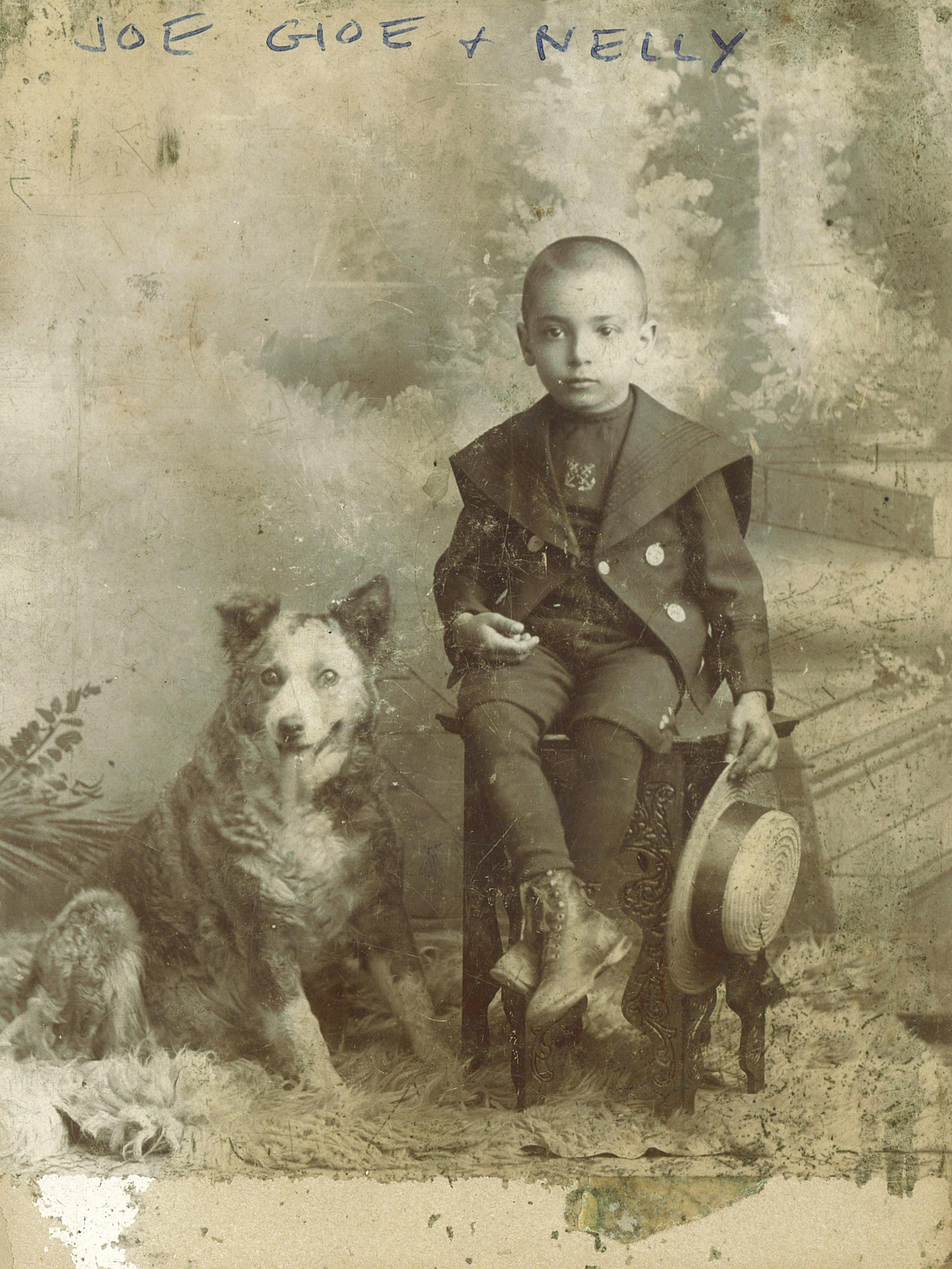



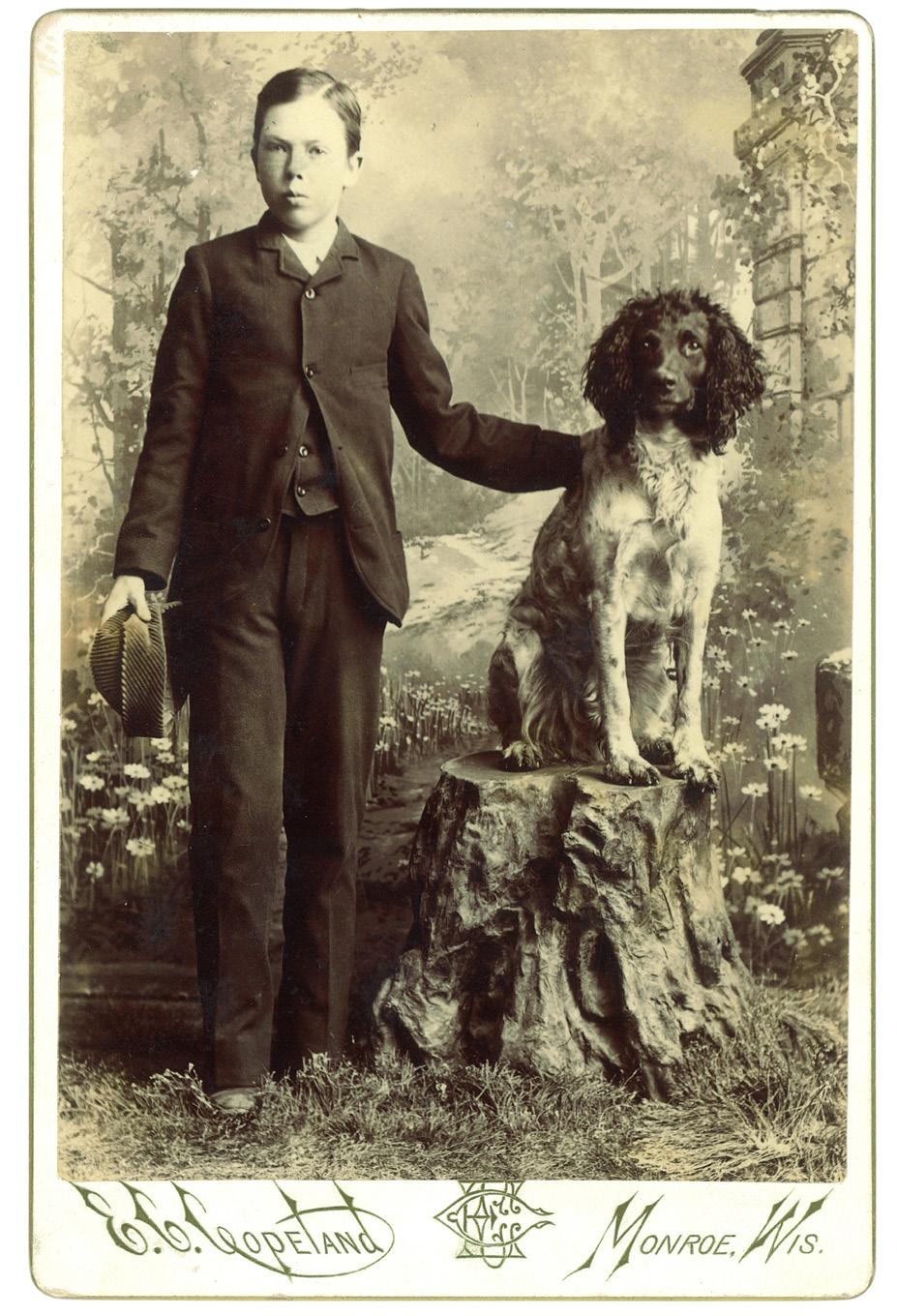

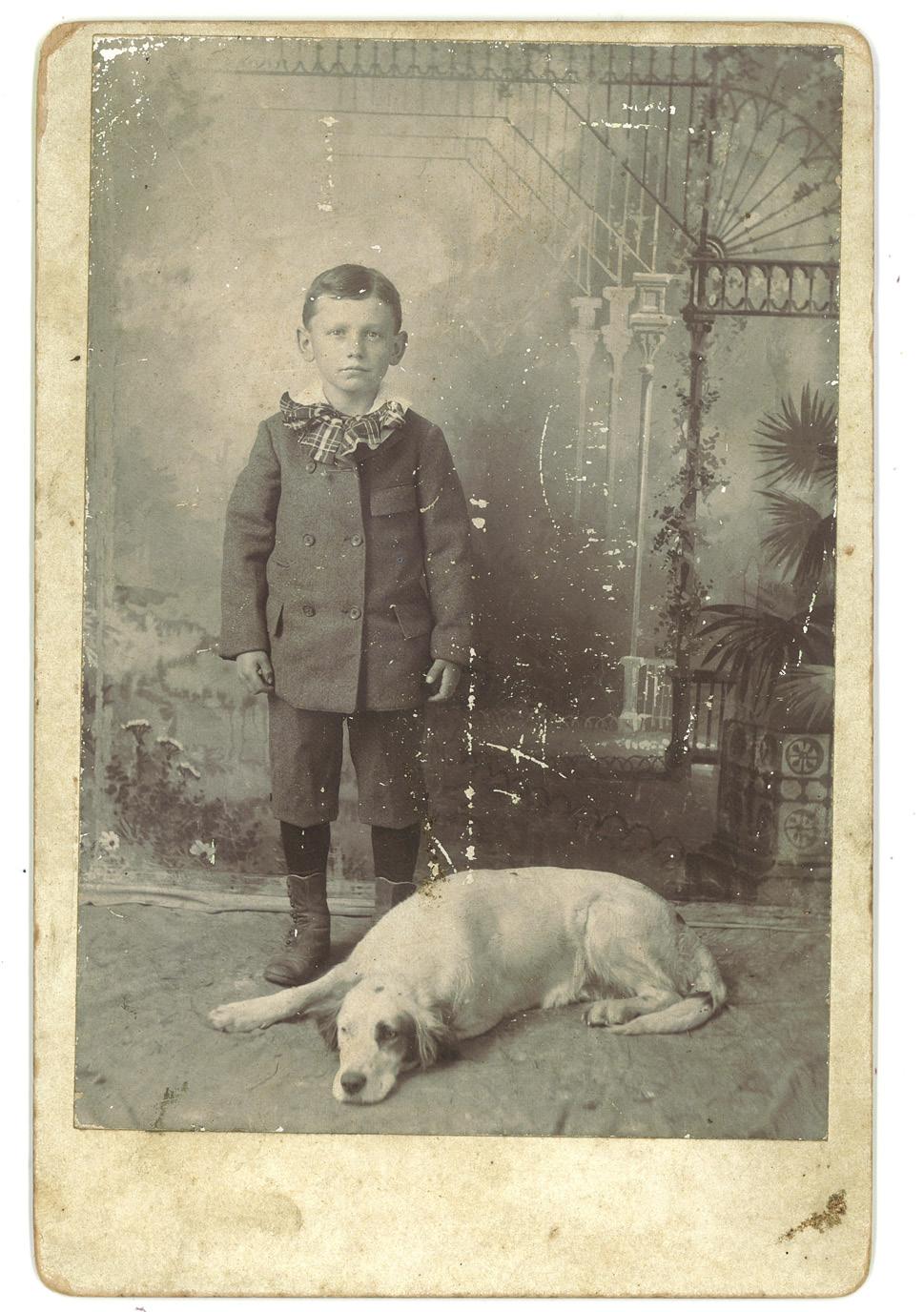
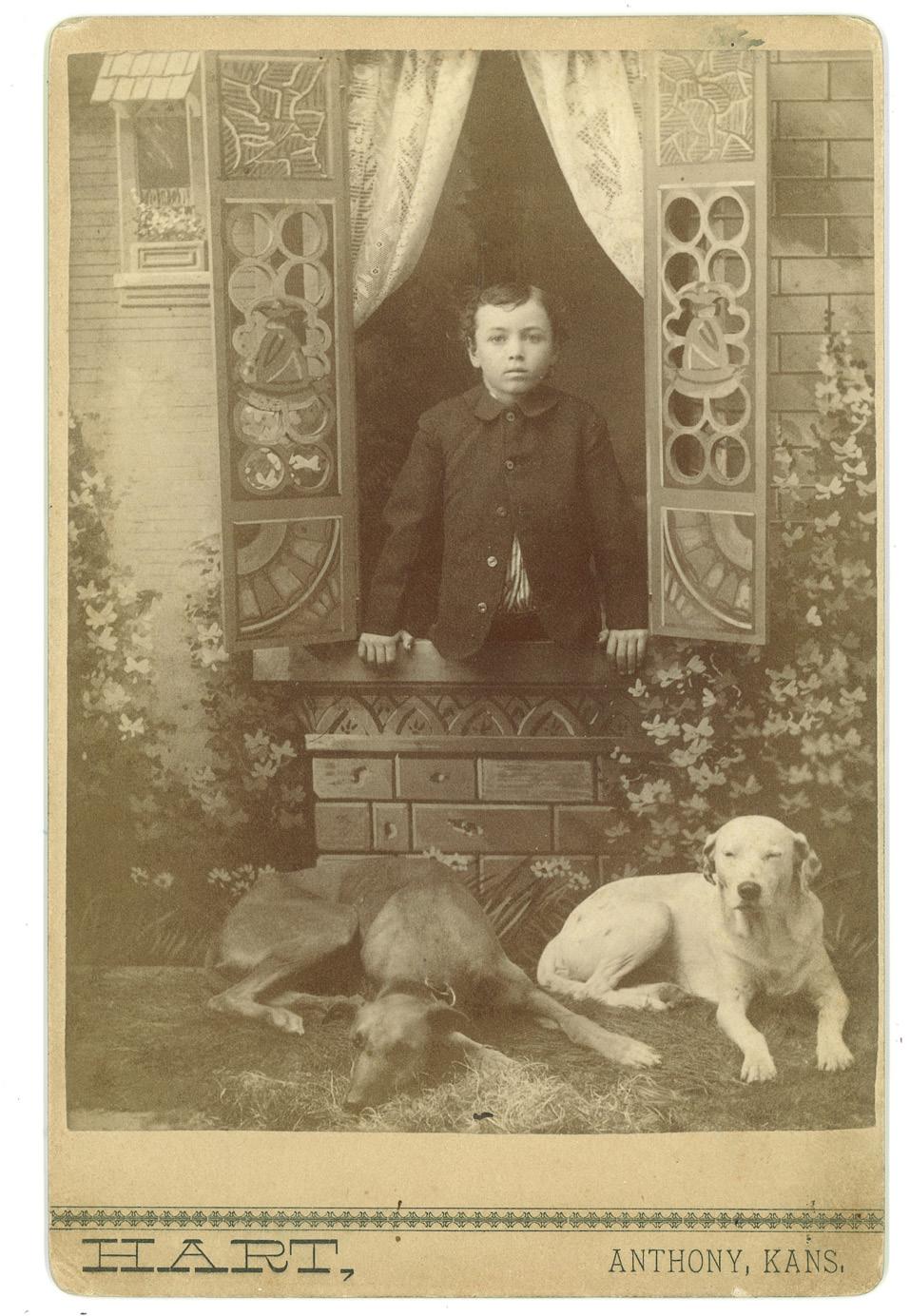


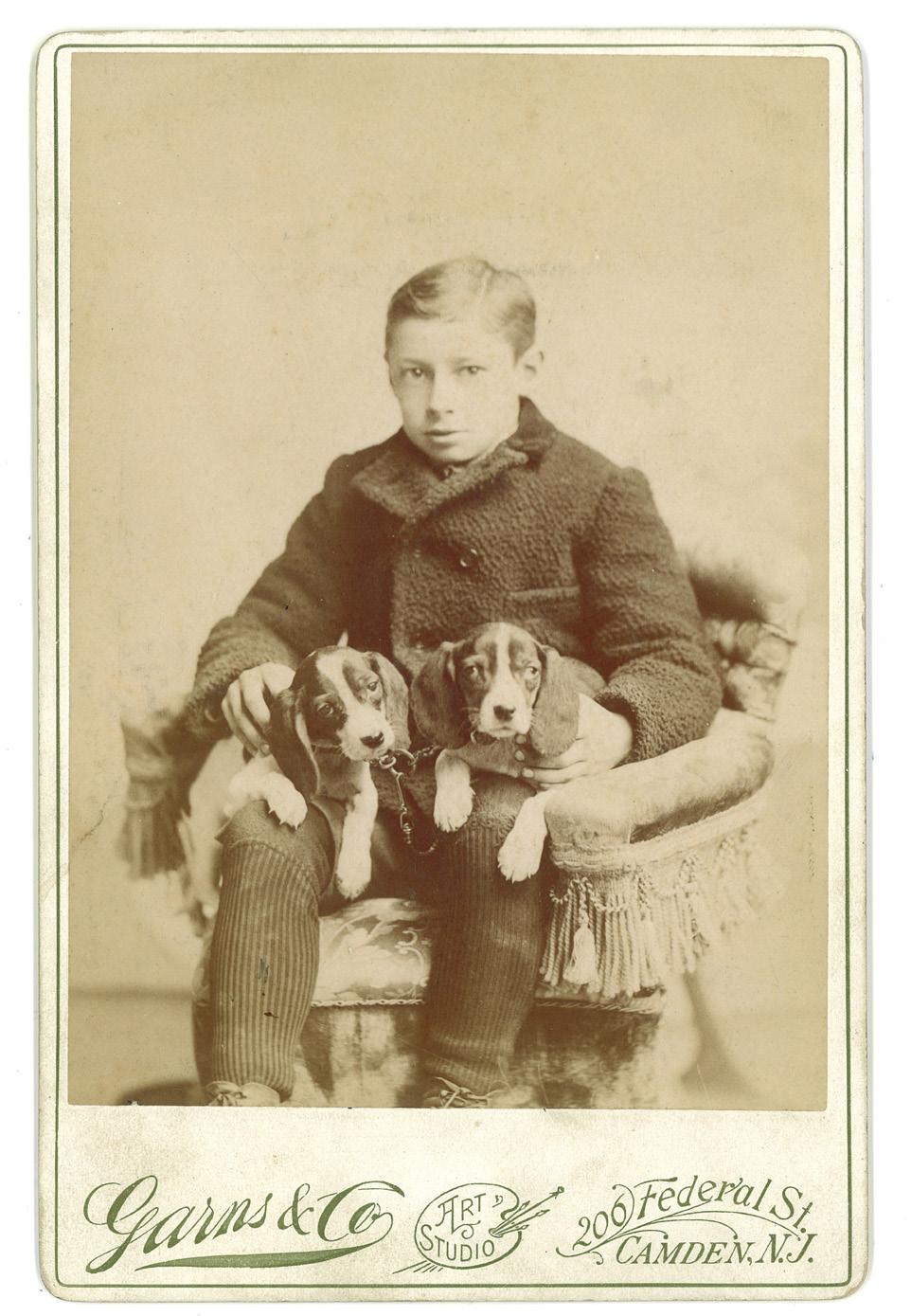
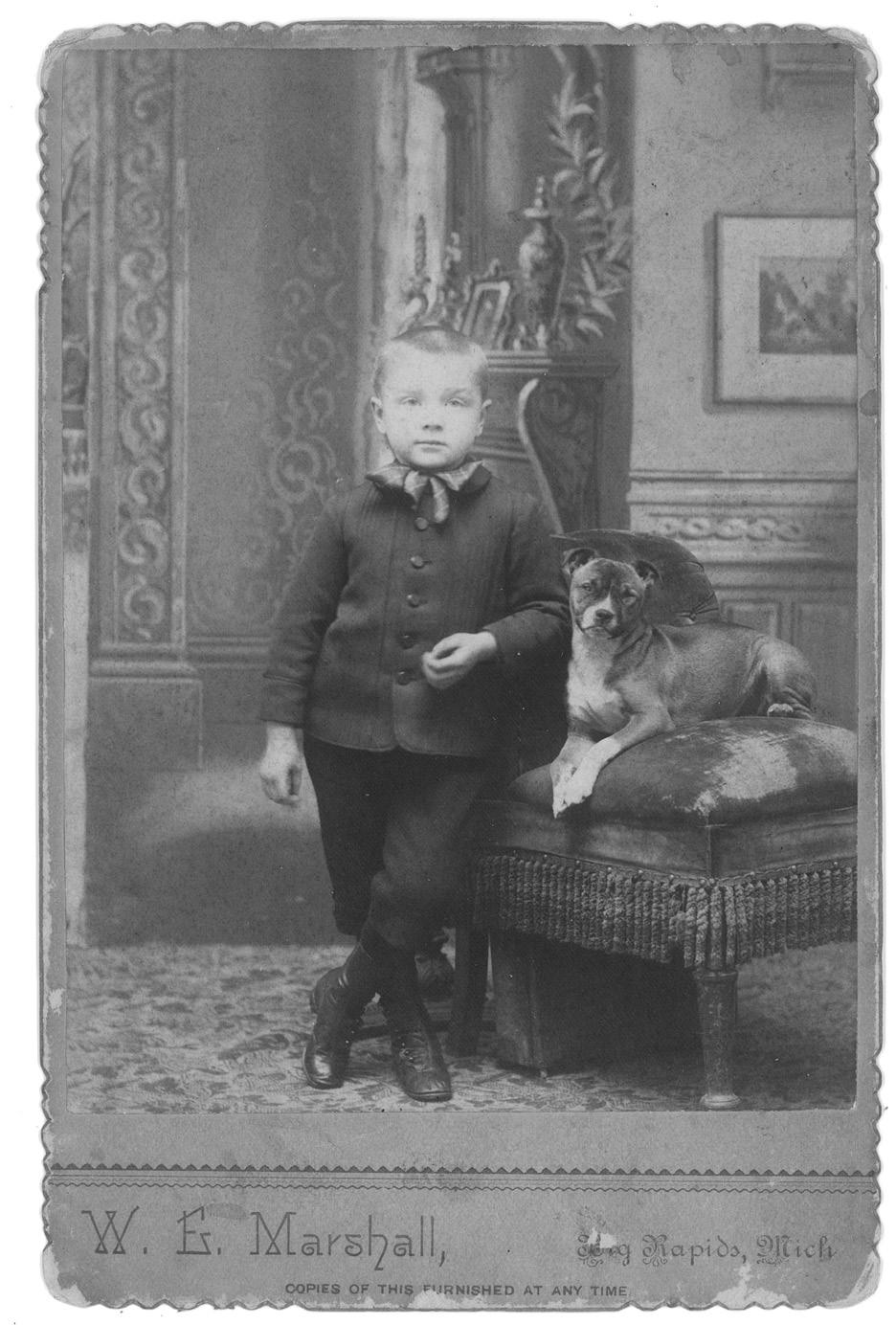
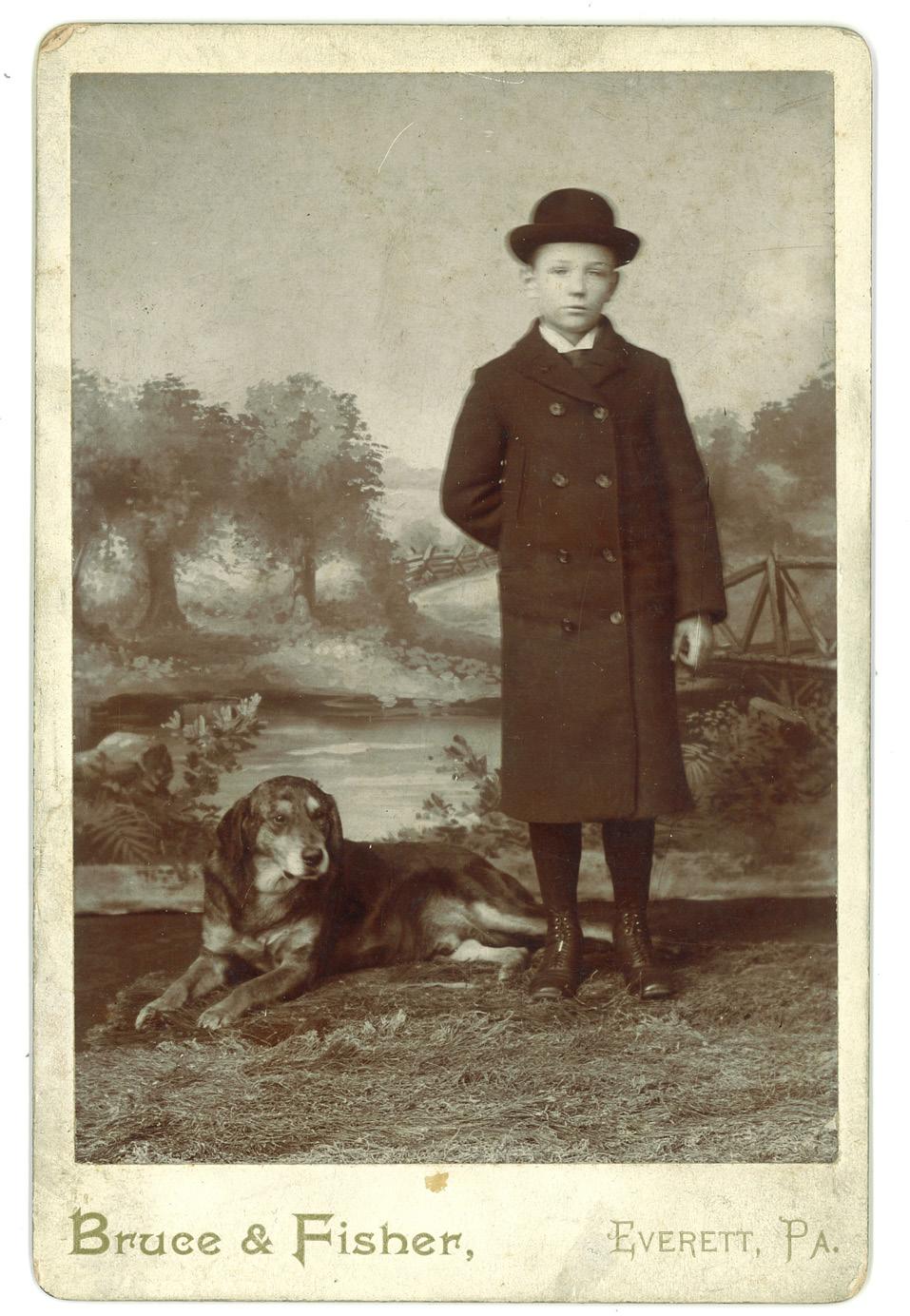
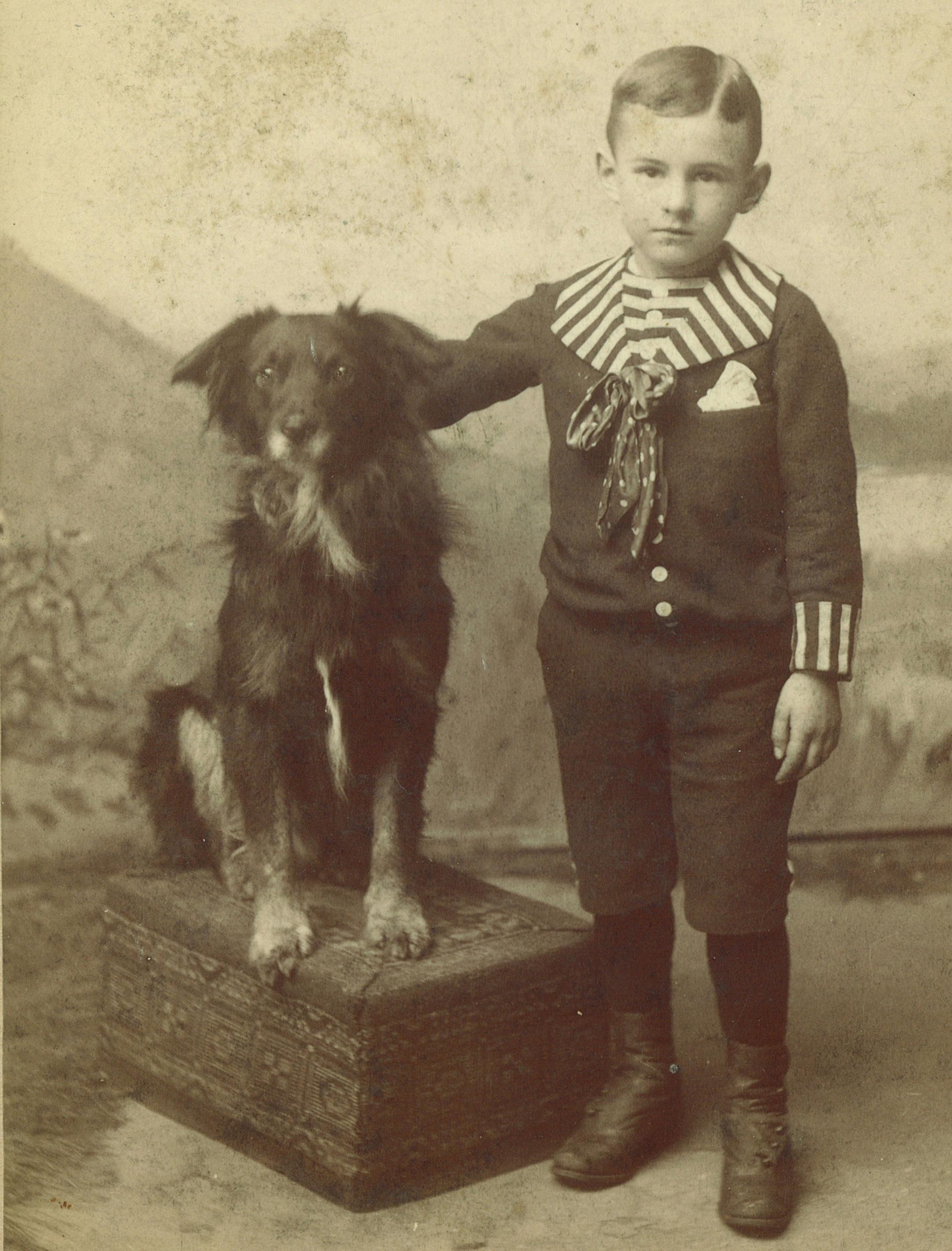
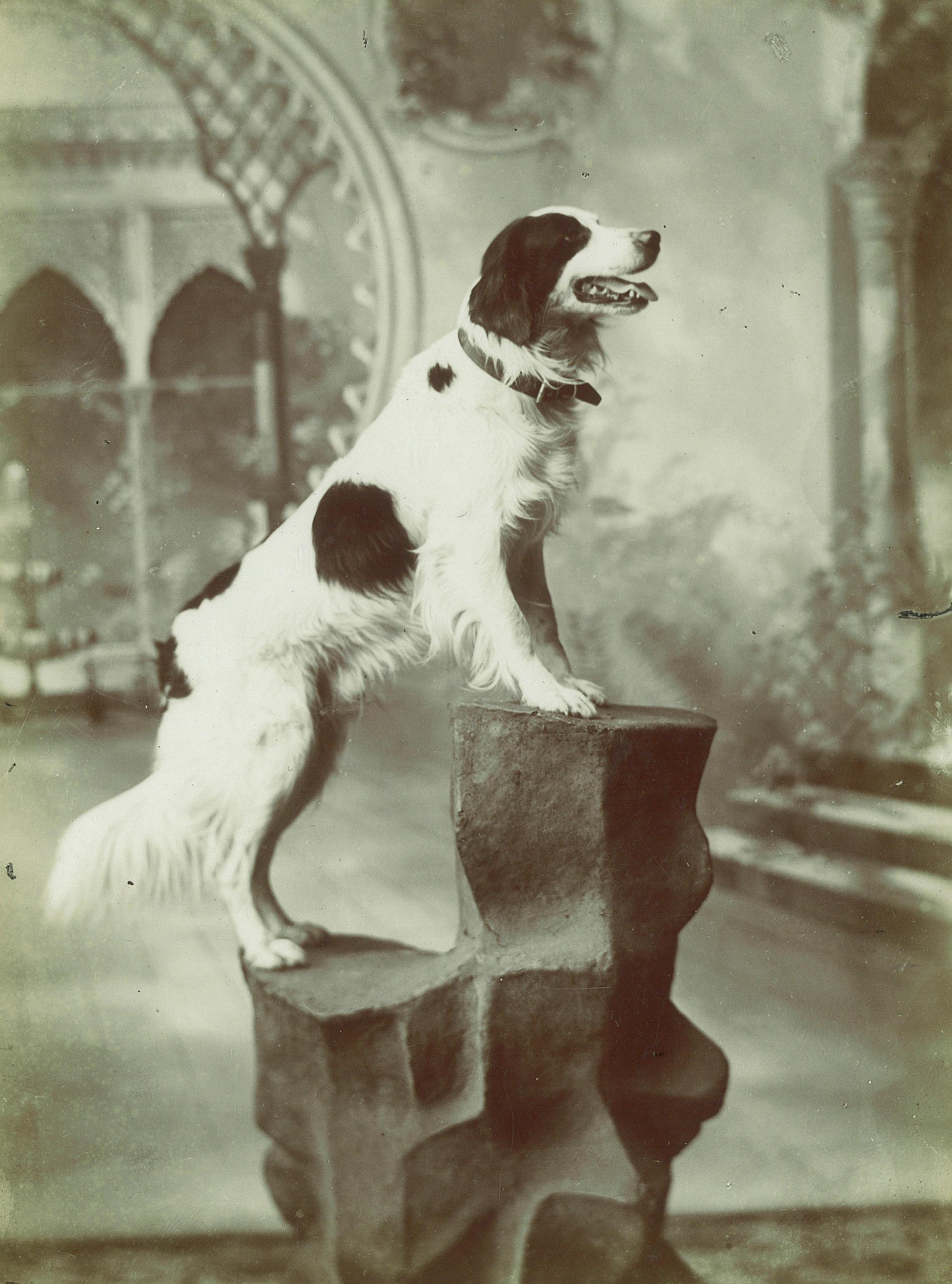

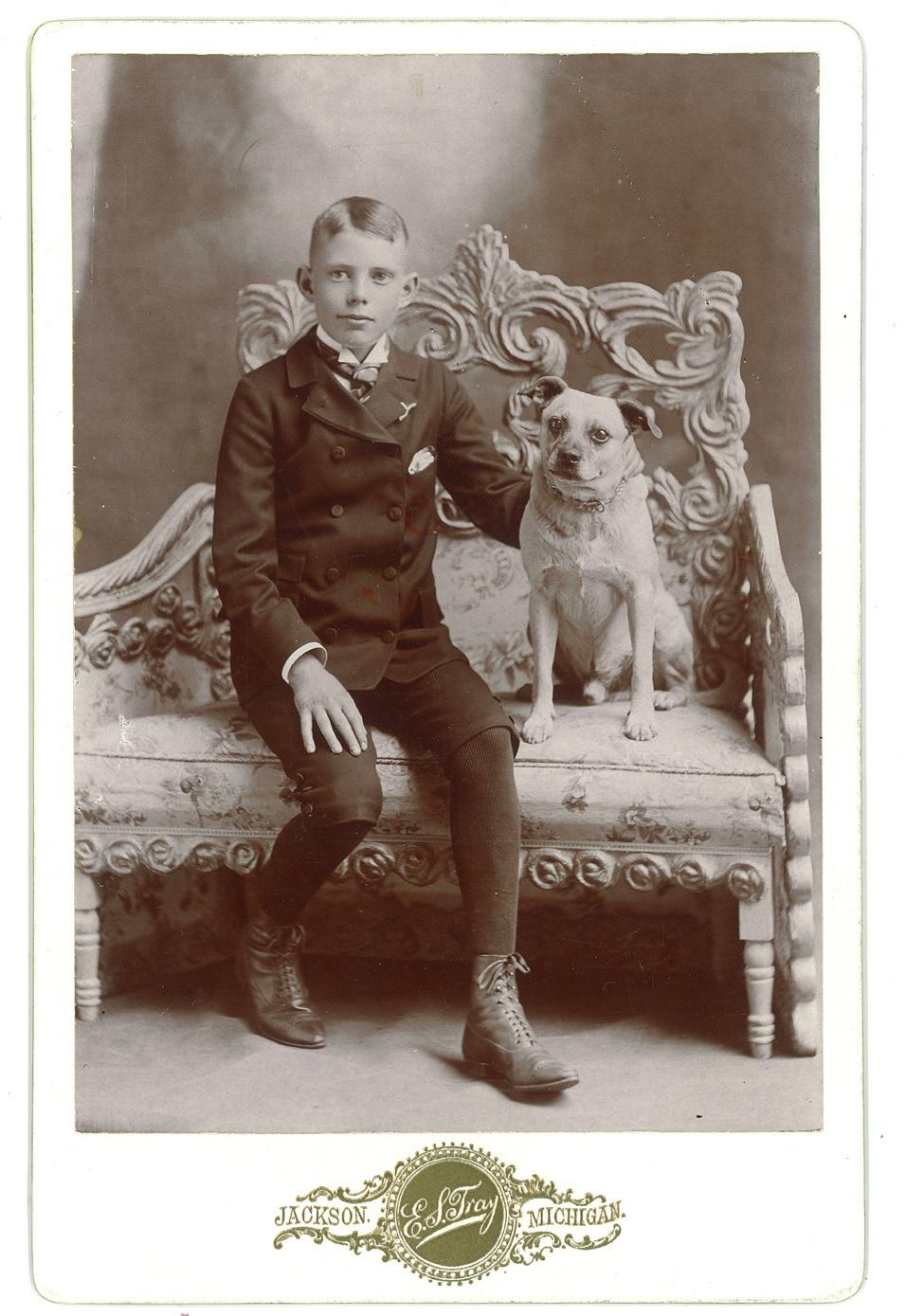



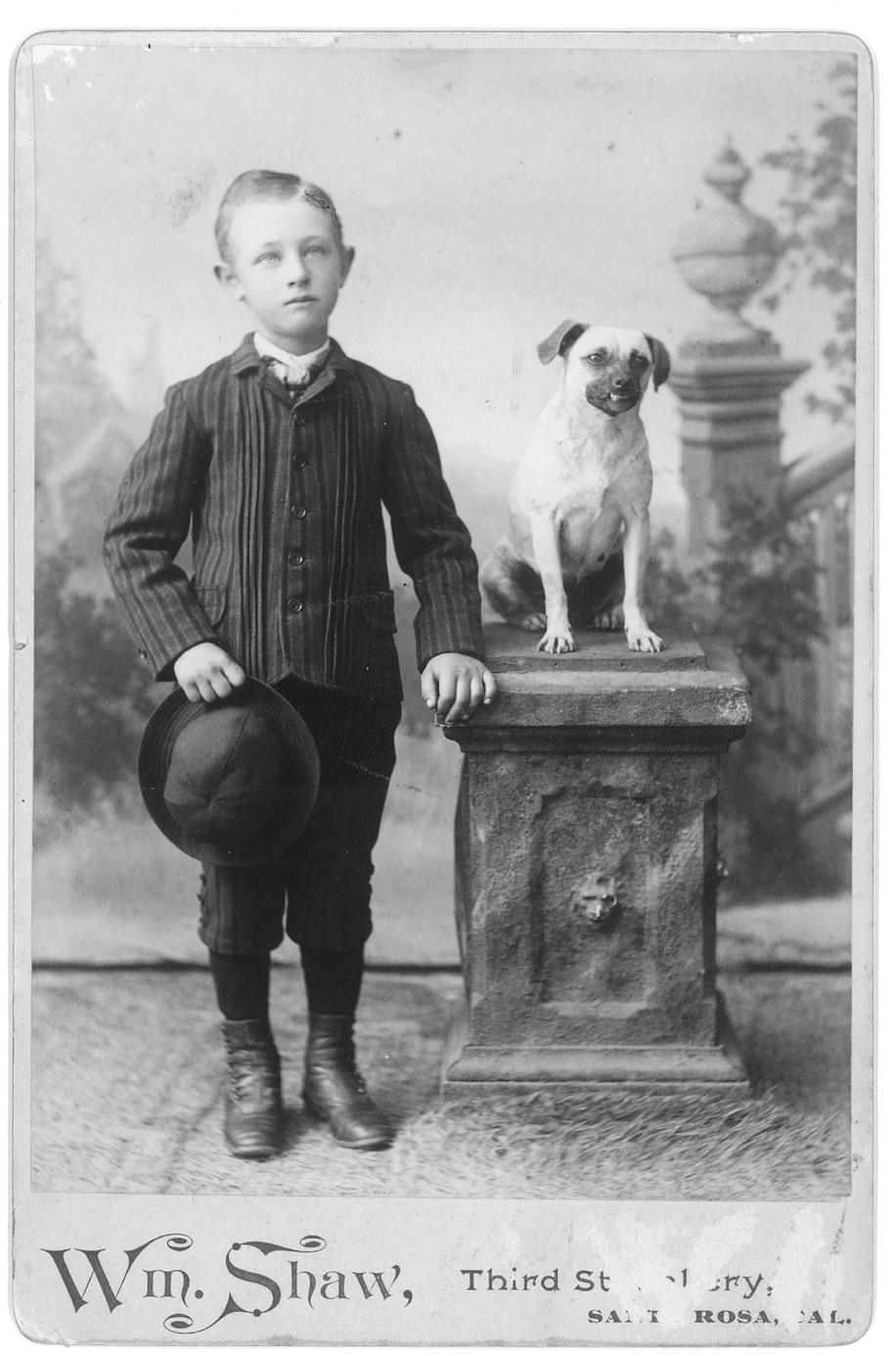
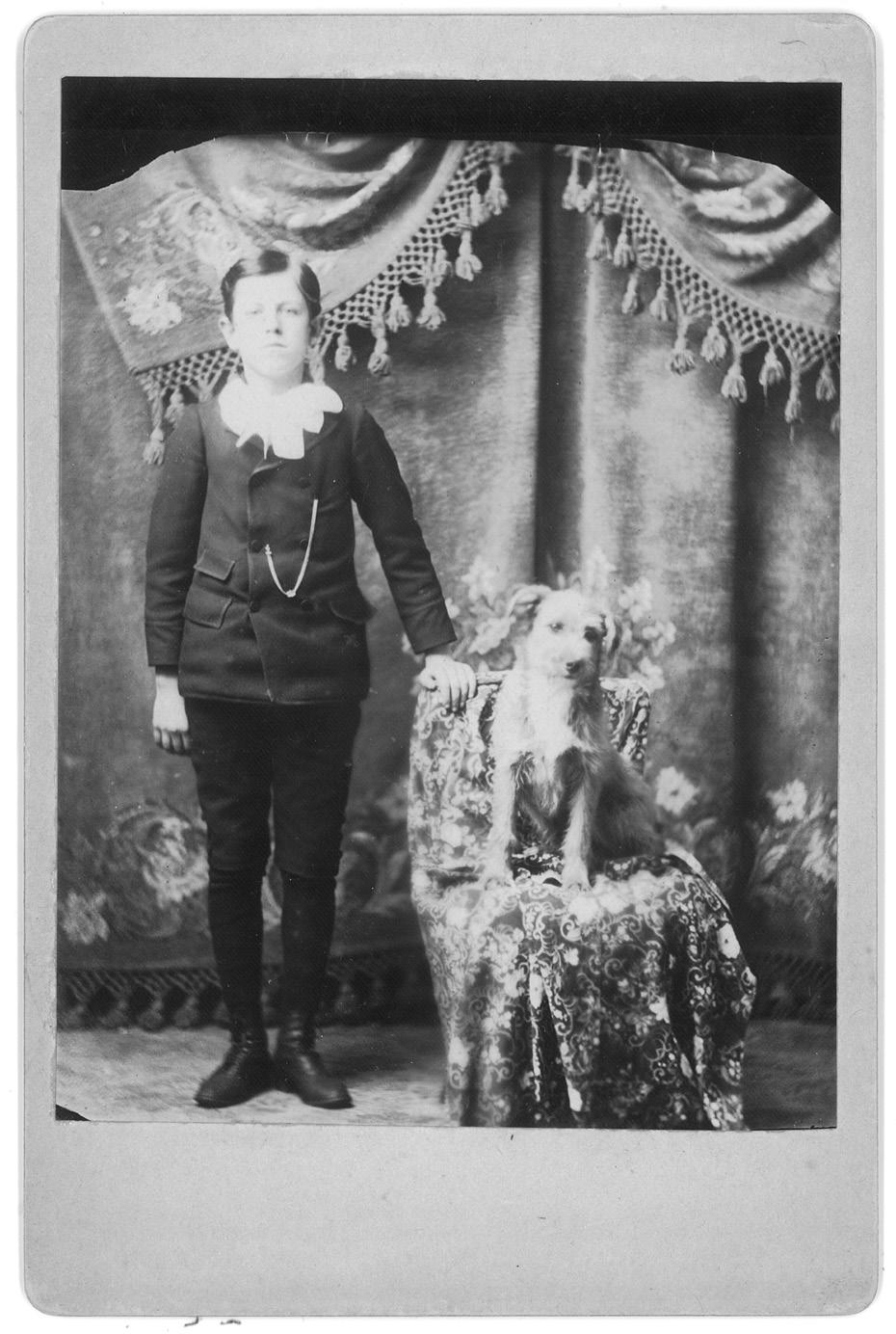




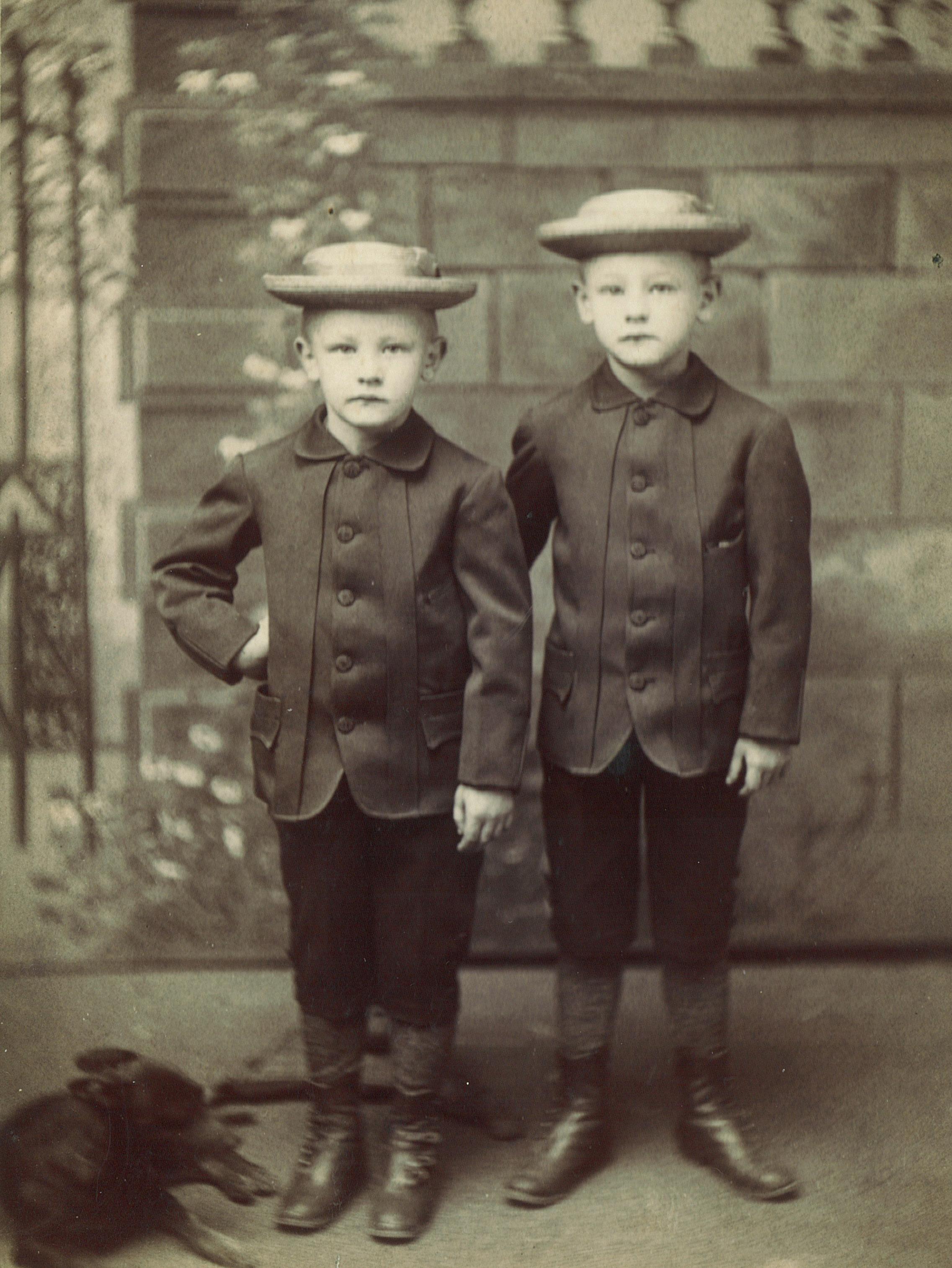
On the question of: Where are the girls?
Yes, out of the millions of cabinet cards created during that thirty-plus-year cabinet card era, a tiny subset of the total were boys with their dogs and an even smaller subset were girls with their dogs.
In that 19th century era there were typical photographic portrait scenarios for boys and for girls.
It was then more typical for girls to be photographed with dolls, baby carriages or on a swing, occasionally with a book to denote the importance of education.
Over the course of building this collection, numerous girl with their dog images were found and acquired but they are relatively rare.
Some are certainly masterpieces of composition and photography as shown in the examples included here.
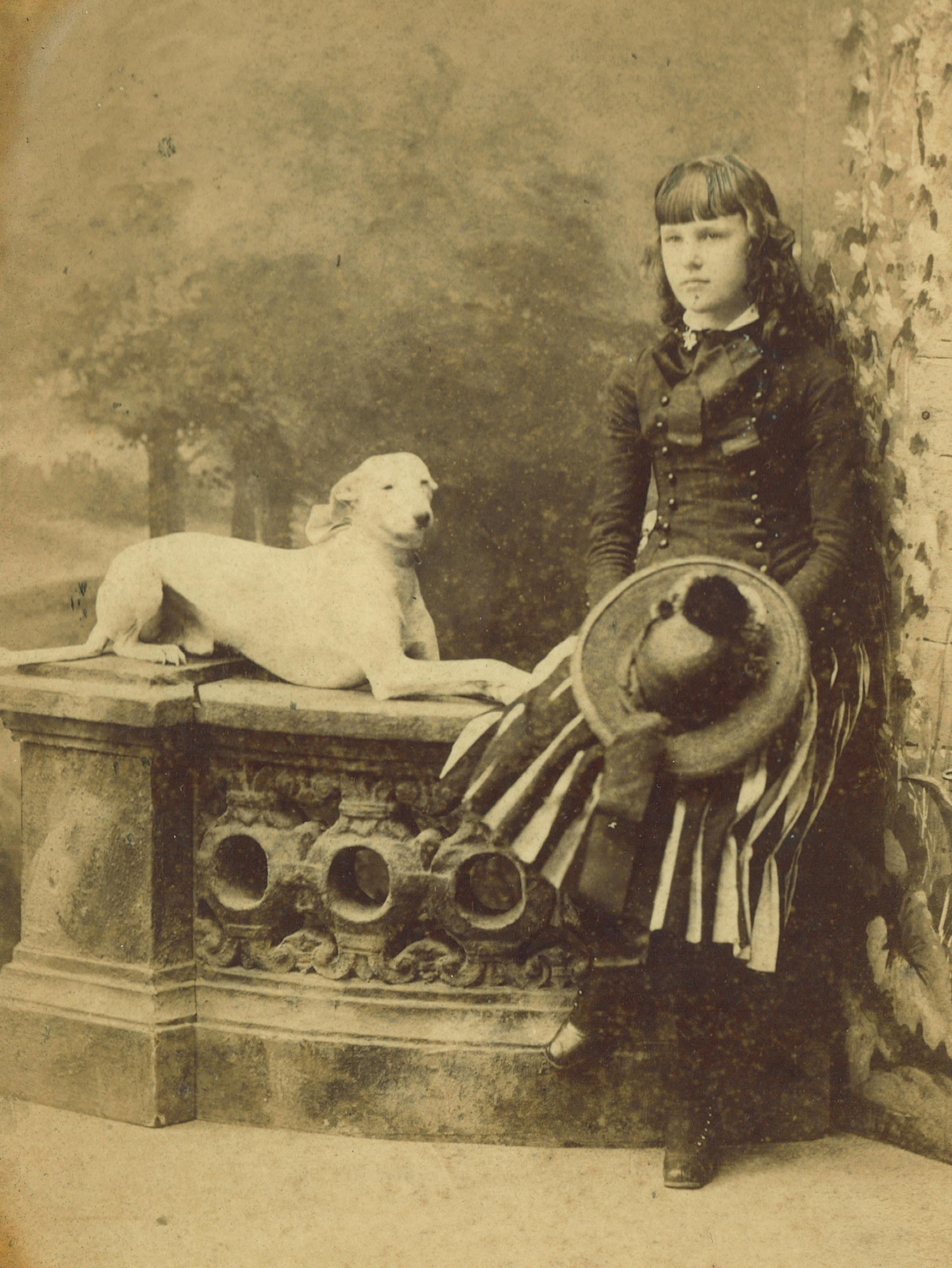
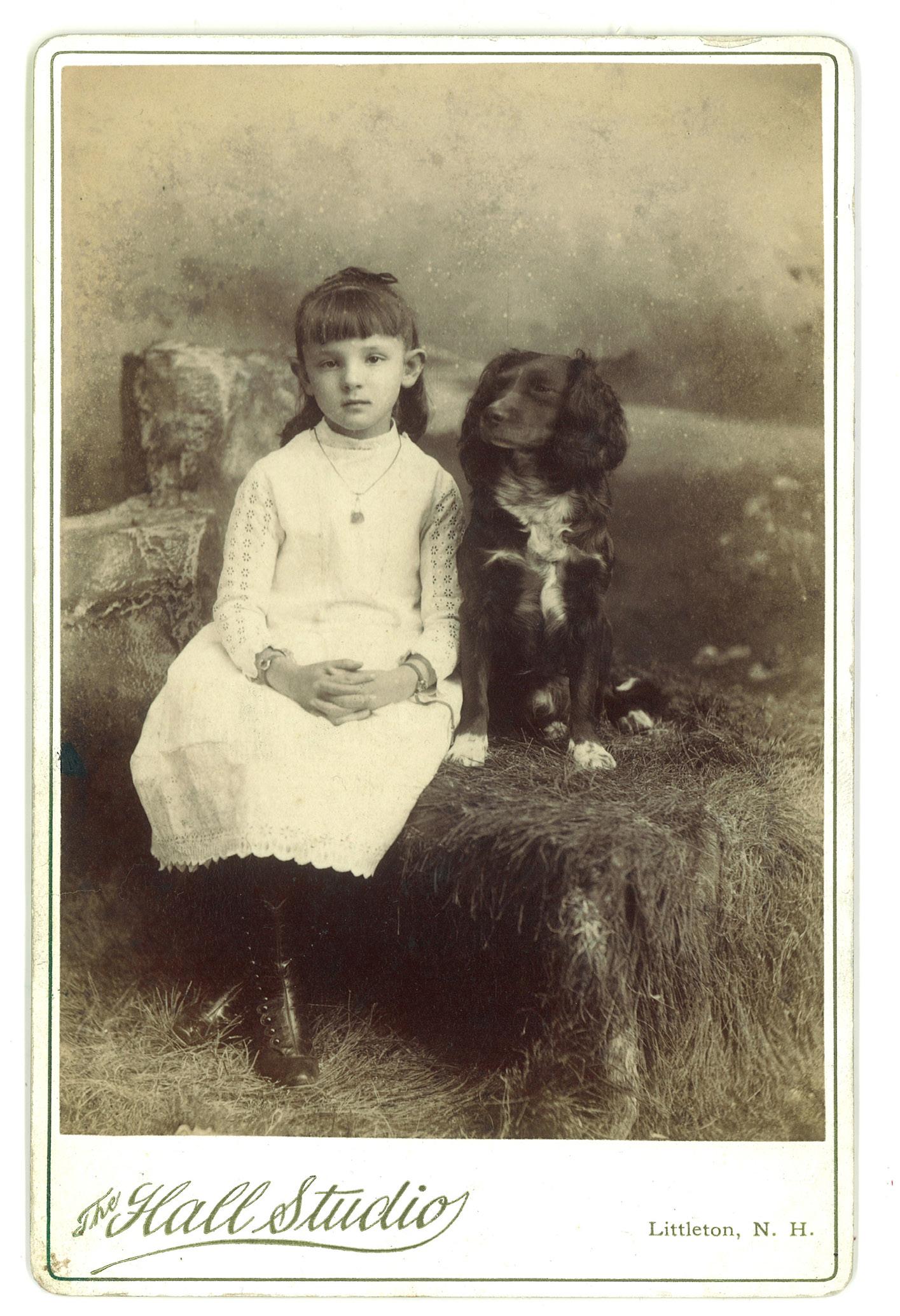
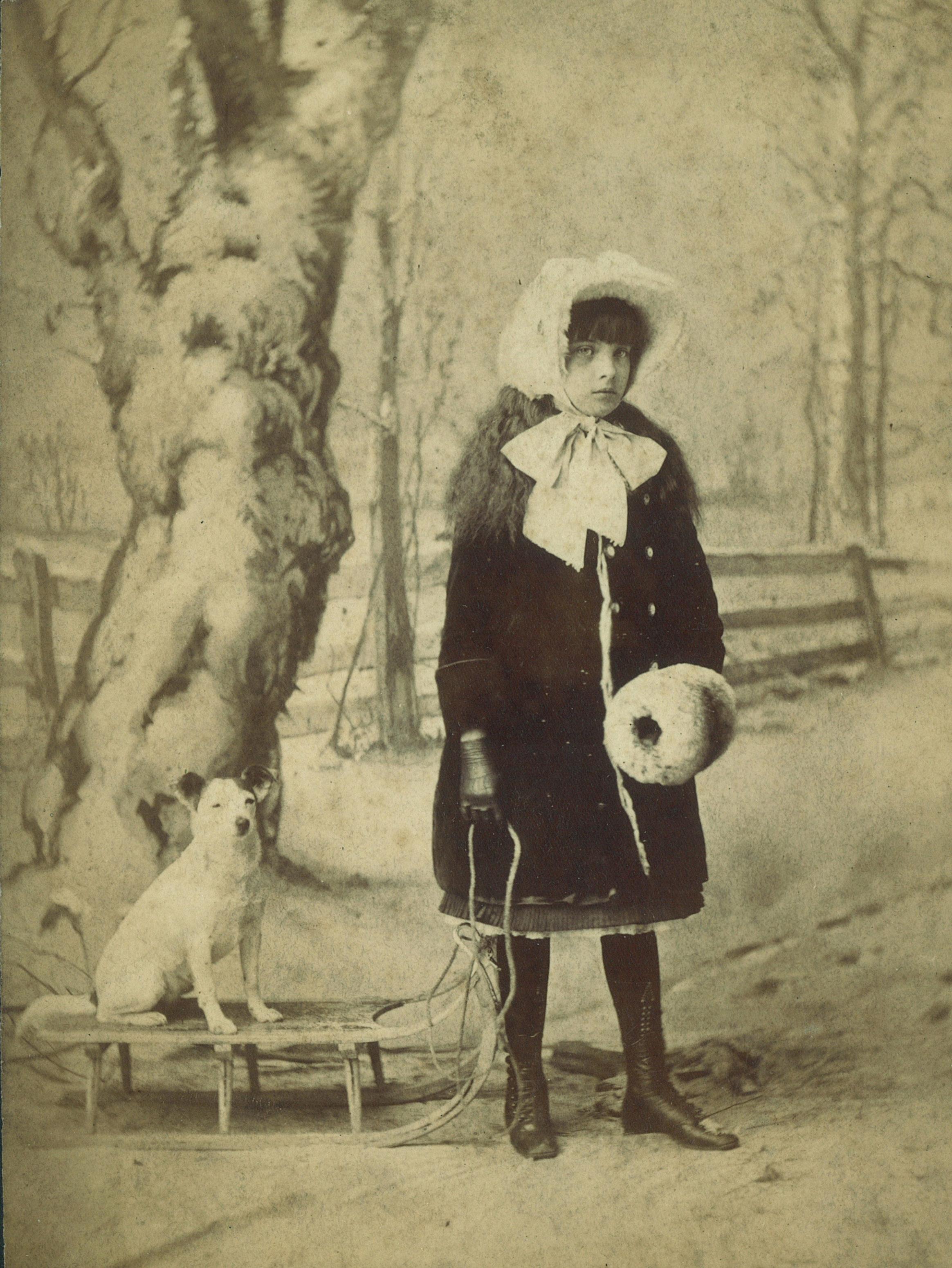

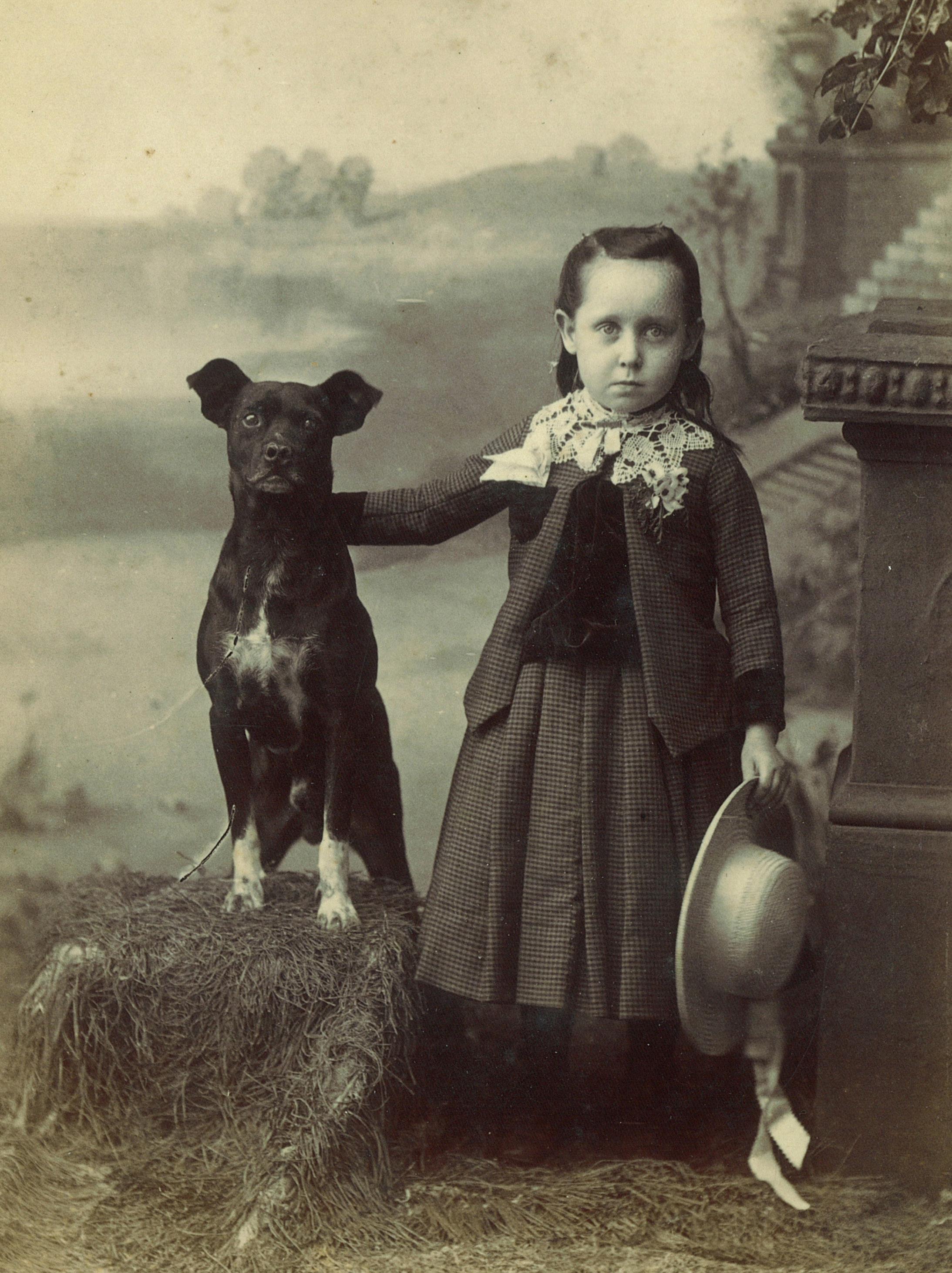

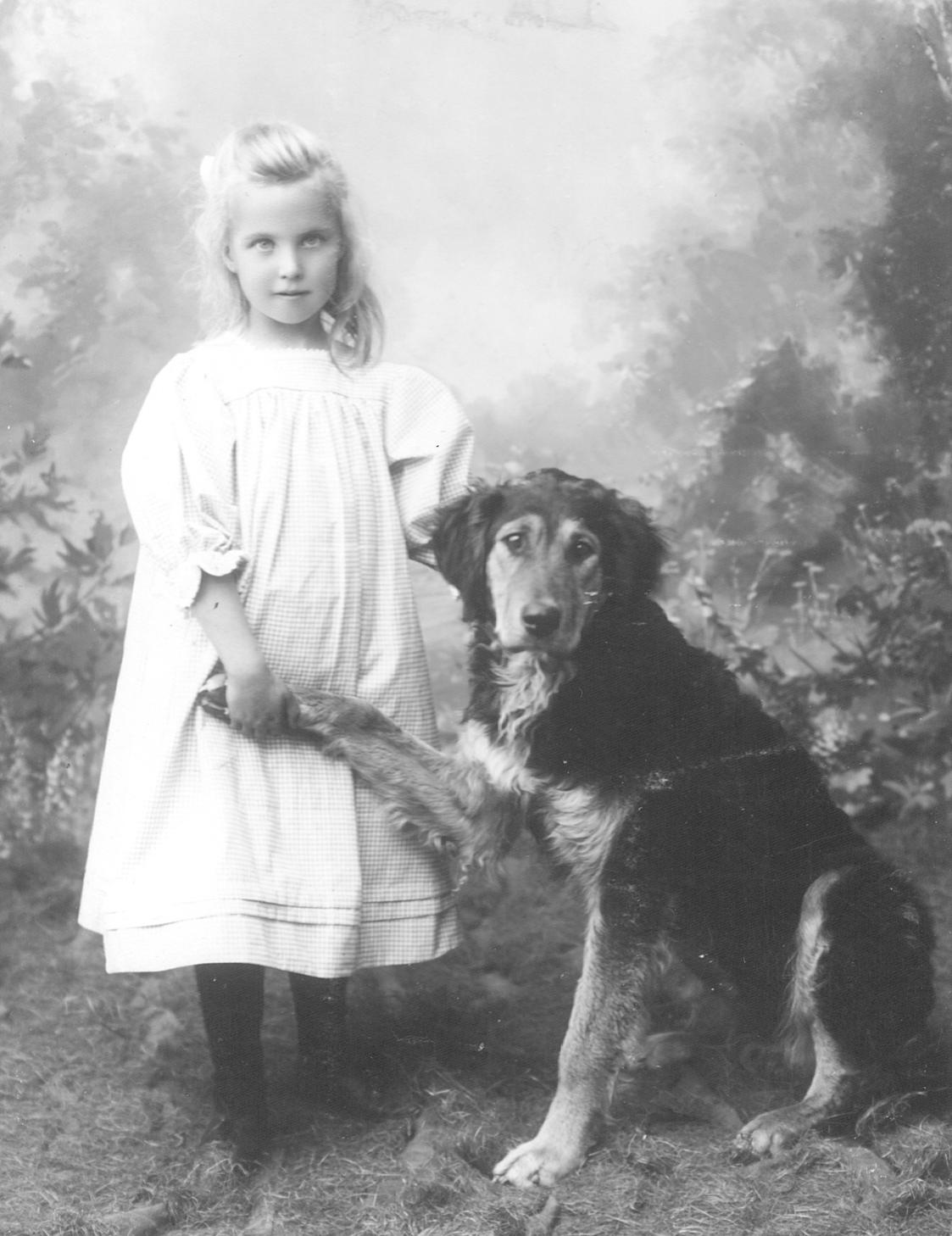
On the question of: Where are the cats?
Yes, an even smaller subset of the total number of cabinet cards photographs taken in that thirtyplus-year period 1866-1900 were boys with their cats.
Few and far between, there is only one cat masterpiece in this collection. It seems that dogs were more likely to be taken to the local photo studio.
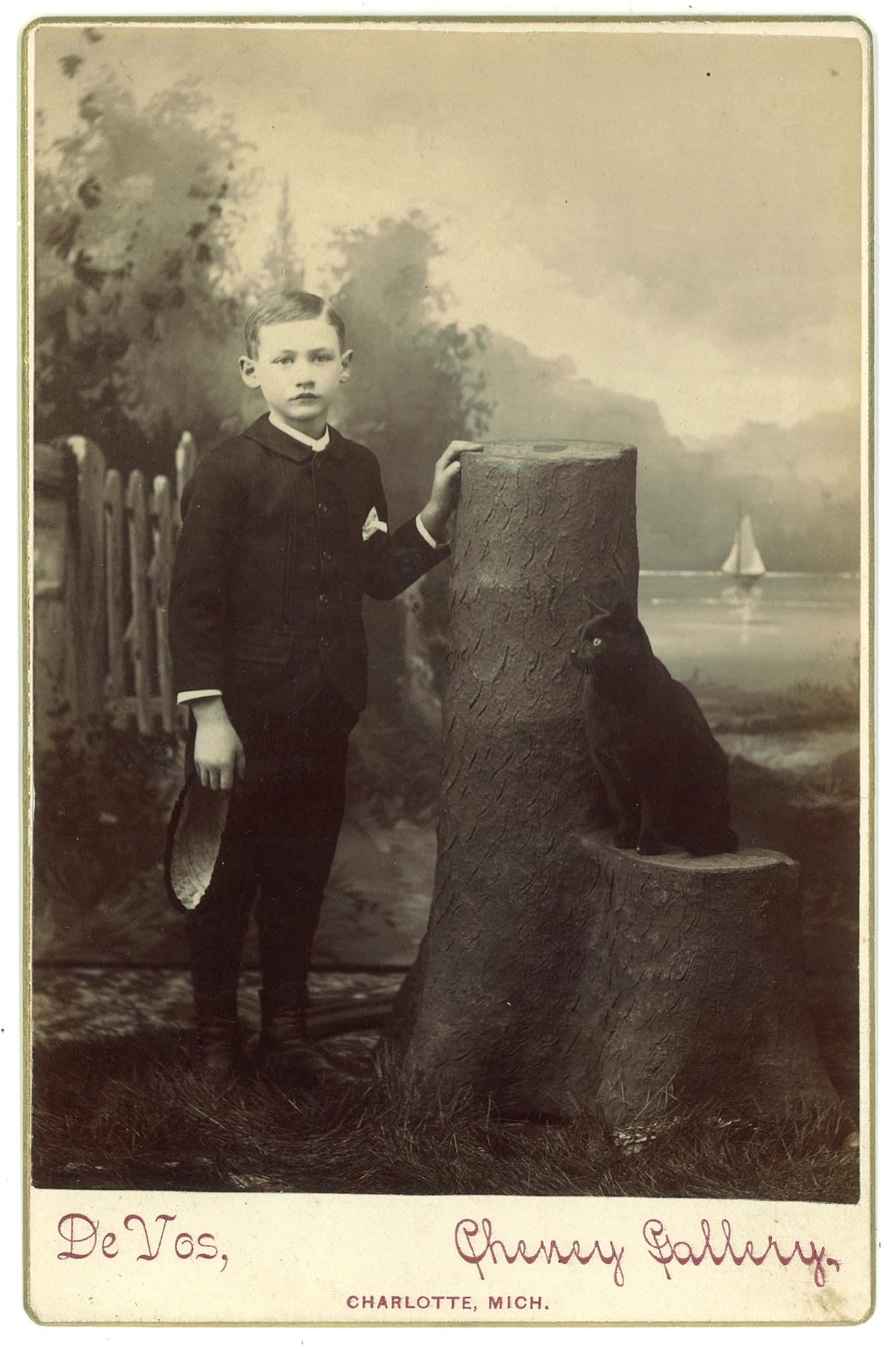
USA HOUSEHOLDS WITH DOGS
69 million
USA HOUSEHOLDS WITHOUT DOGS
60 million
We need more homes for dogs!
USA DOGS EUTHANIZED (CANNOT FIND HOMES)
390,000/
670,000 PER YEAR
By far the most difficult part of this topic and this book is to acknowledge that there presently is a vast imbalance between the dog population and available canine housing in the United States.
It is rather startling to grasp that, not hundreds, not thousands, but hundreds of thousands of dogs are euthanized each year in the United States. Although the actual number seems to be in debate and overall that number is receding, it remains shockingly high.
We are not suggesting we have the solution. We are seeking to raise awareness of this complex problem, as well as point out the many benefits of having a dog or participating in some form of dog support.
Would you like to aid in addressing the problem in a canine-centered way?
See Call to Activism on page 131.
Ownership Benefits
Boosts Brain Power
Teaches Empathy with Animals
Reduces Doctor Visits
Helps Reabilitation
Reduces Lonliness
Lowers Stress
Aids Emotional Well-Being Adds Meaning and Purpose
Teaches Confidence and Responsibility
Improves Self Esteem
This book is meant to be not just a historical reflection, but a call for increased appreciation and love for our dog and cat friends!
There is great need across the United States and around the world for greater care and consideration of dogs and cats. They are special spirit creatures that we are lucky to have among us.
If you have been inspired by this book, please consider one of the following participation avenues.
Do you have the capacity to help in any of these ways...?
1 2
Make a small (or large) contribution to your local animal shelter.
Choose one that has policies you agree with. Contributions don’t necessarily have to be monetary. Consider volunteering your time at a shelter to help walk or care for rescue animals
Speak up and advocate in your community for this cause.
All past, present, and future dogs and cats will thank you forever. Giving voice to the voiceless is always good.
3 Woof! Woof! (Thank you!)
Providing a loving, caring home would be SUPER-SONIC, GIGANTIC, and an INVALUABLE contribution to making the world a better place.
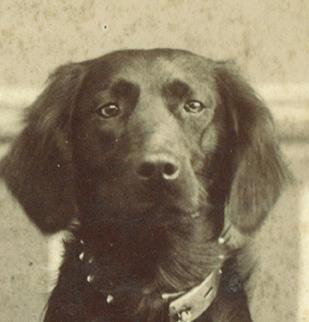
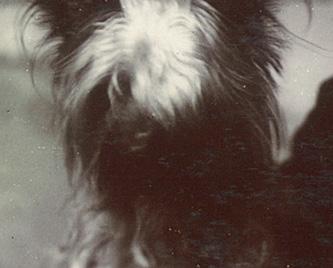
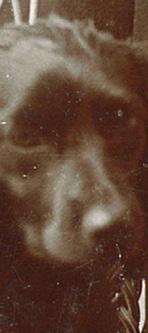
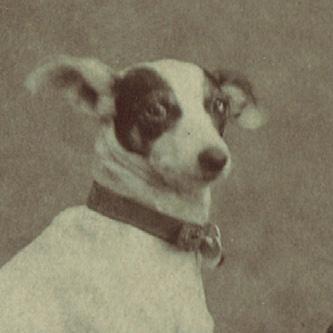
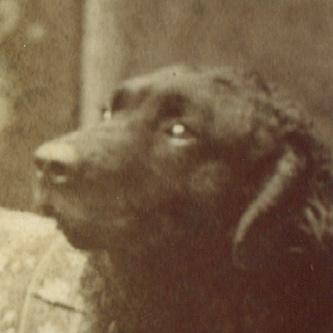
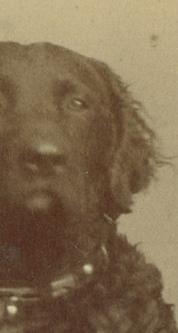

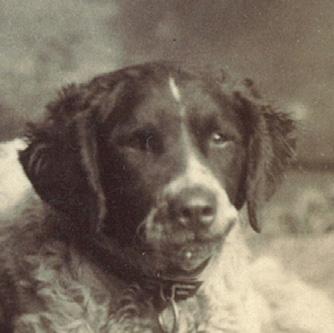

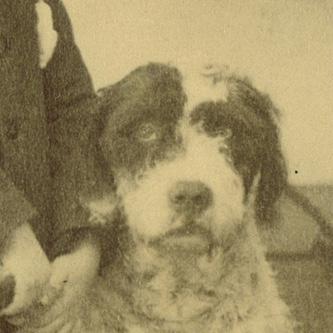
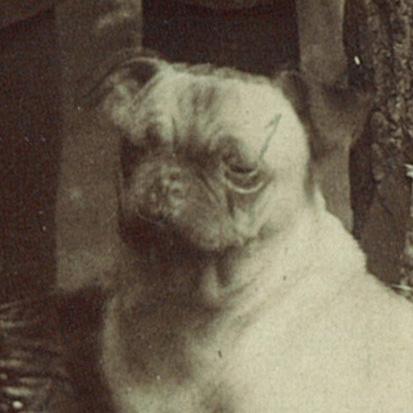

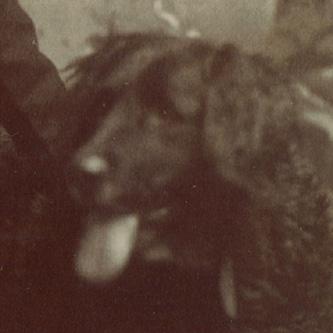

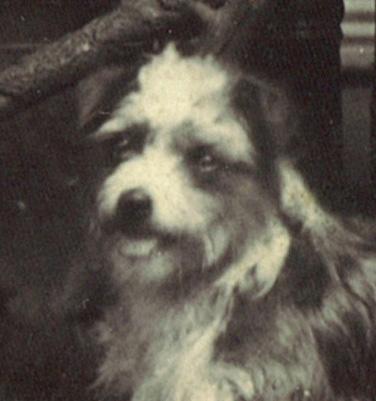
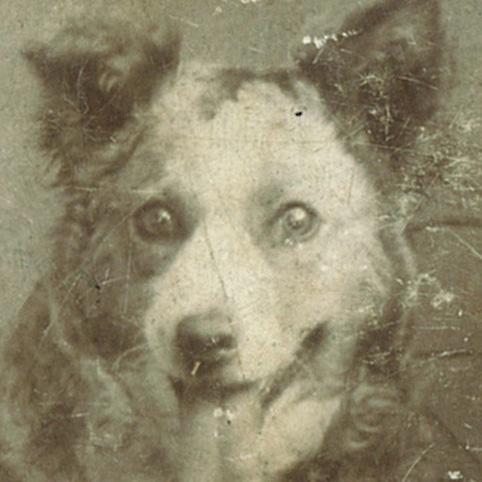
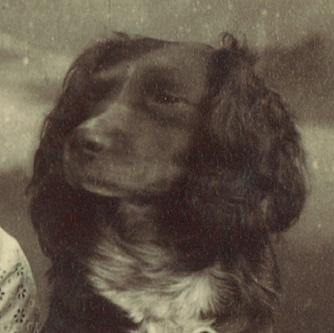
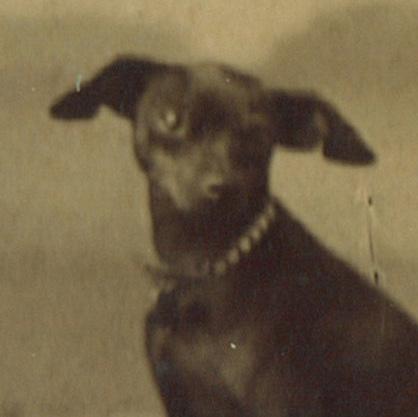
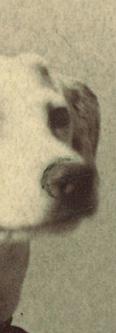
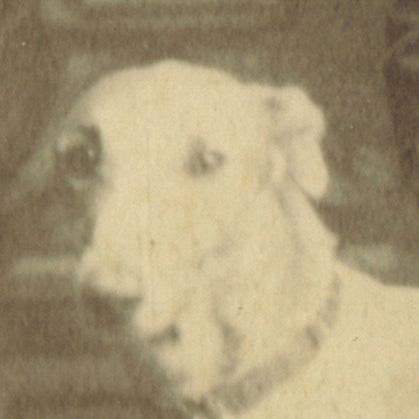
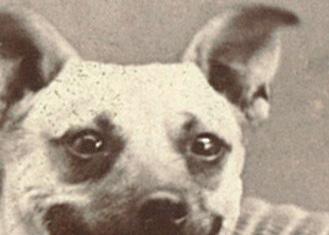
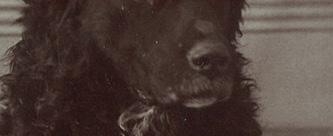
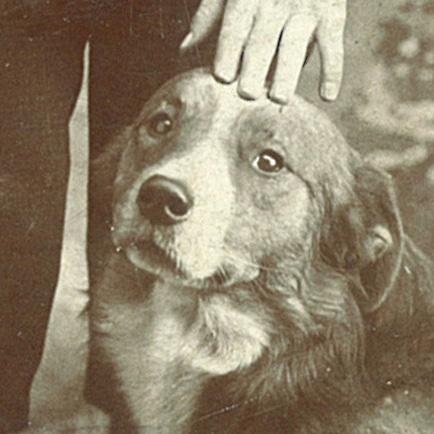
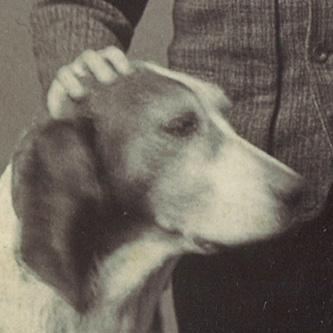
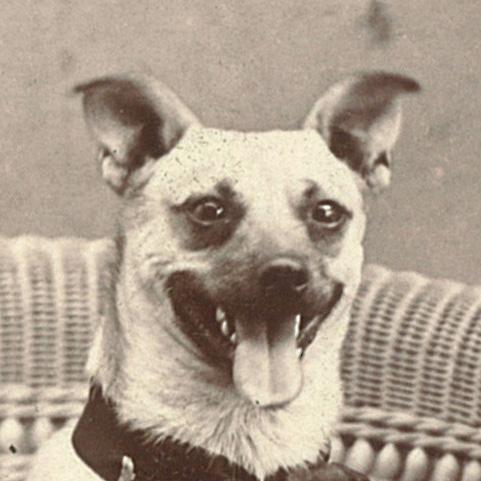
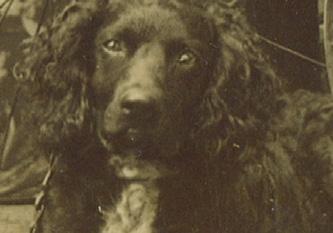
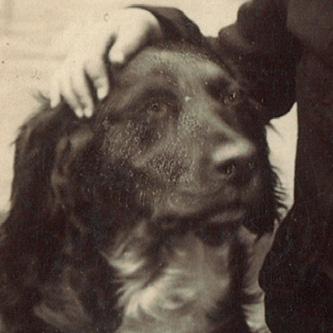
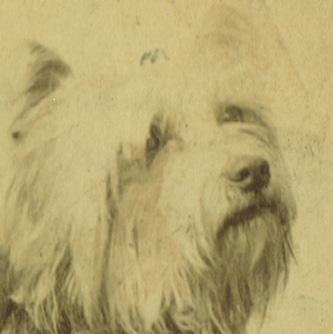

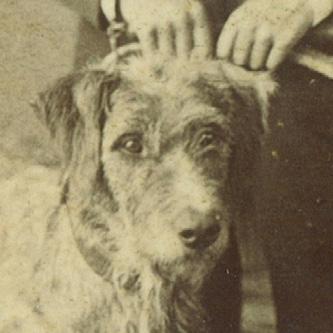

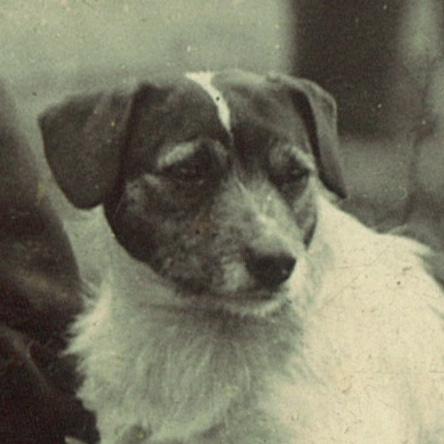
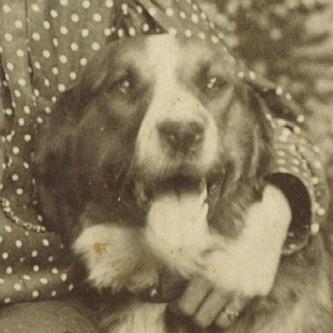


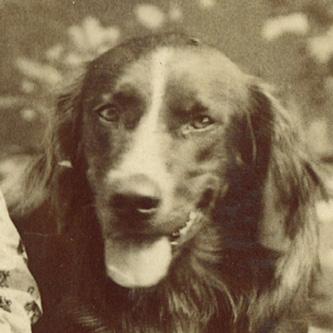
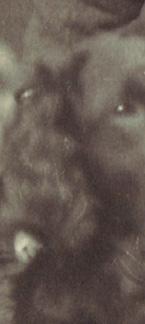
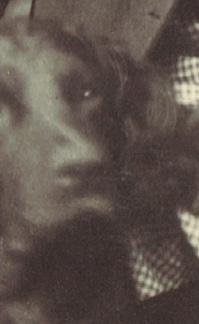
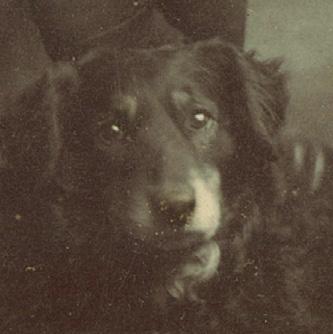


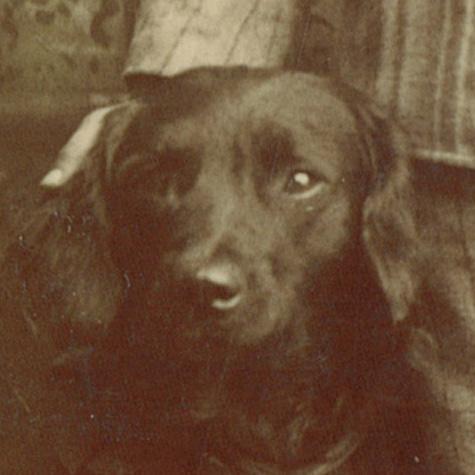

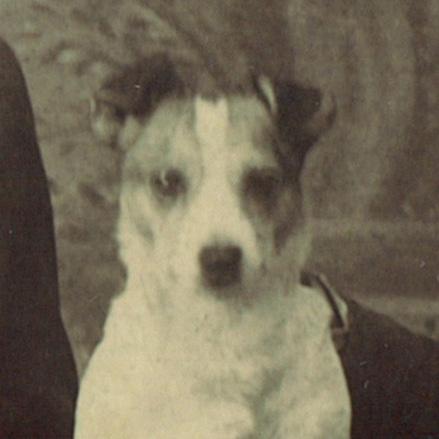


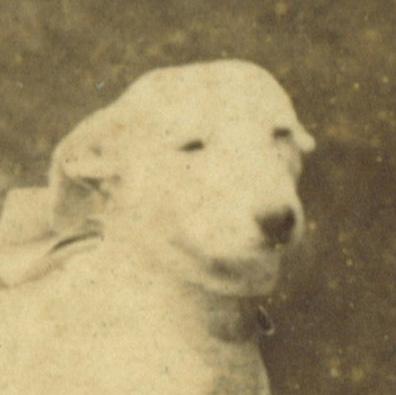
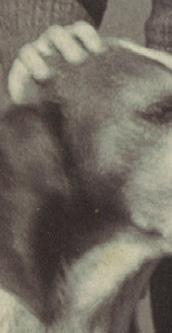
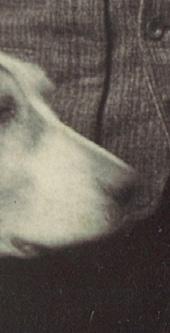
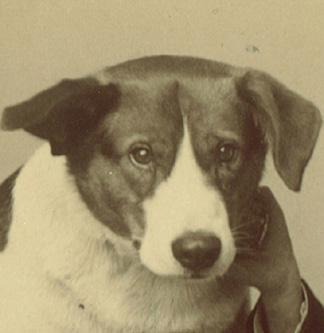
RESTING TOGETHER
RESTING TOGETHER



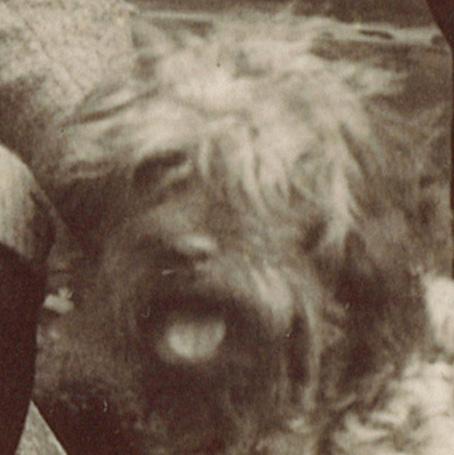

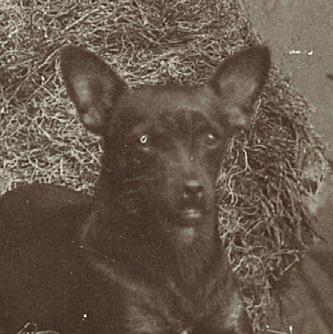
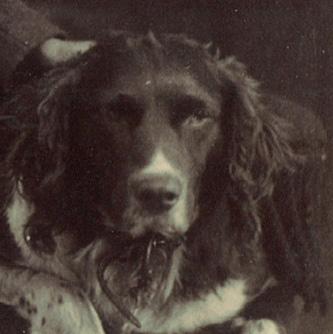
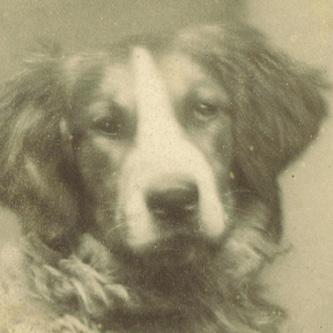
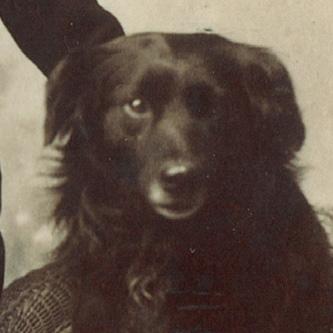
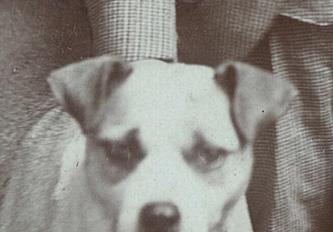
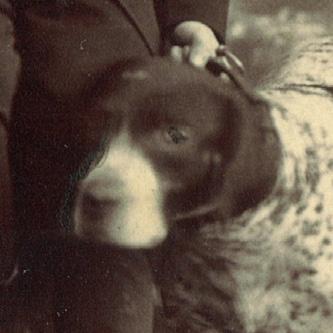

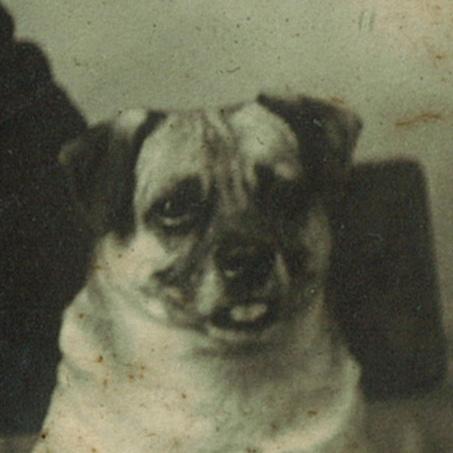
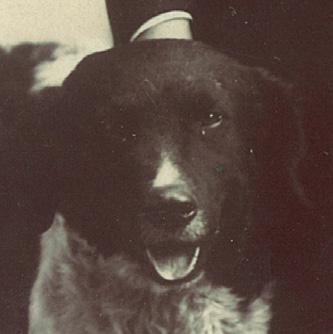
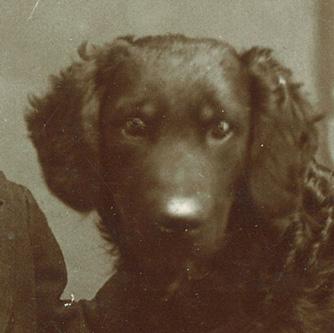
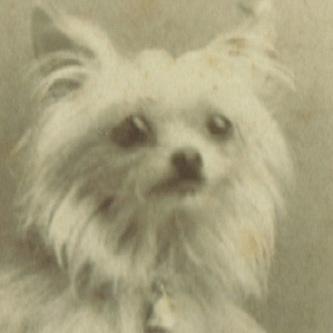

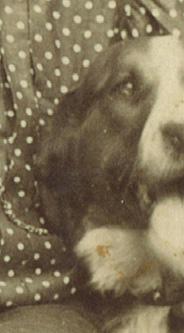
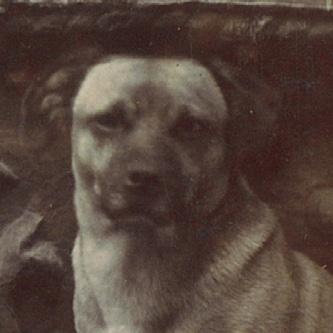
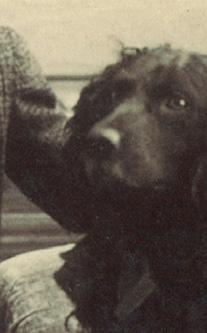

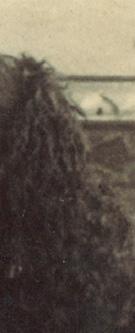
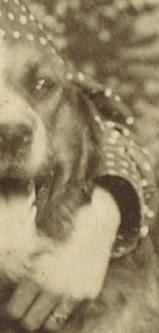

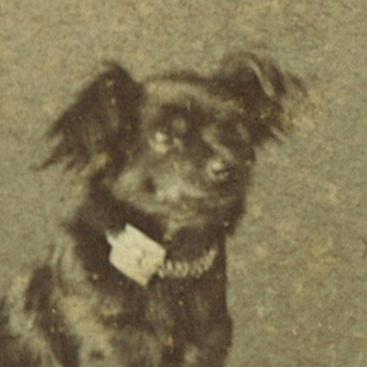
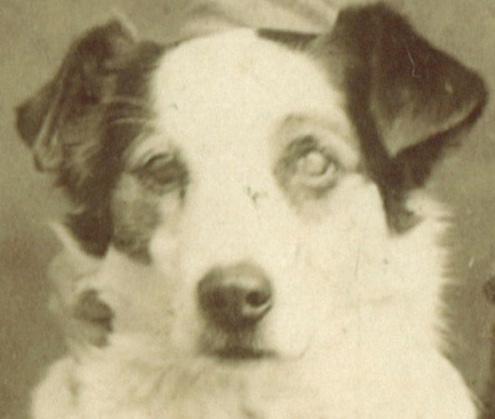


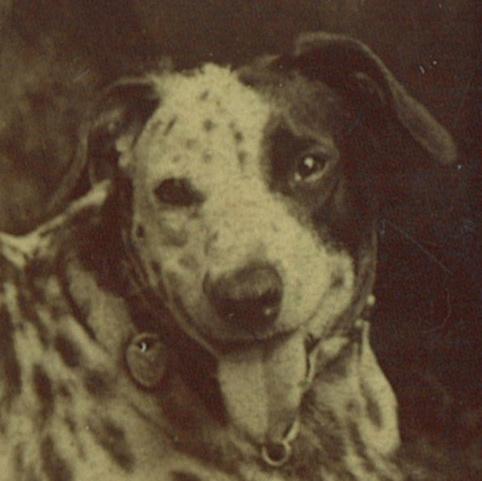


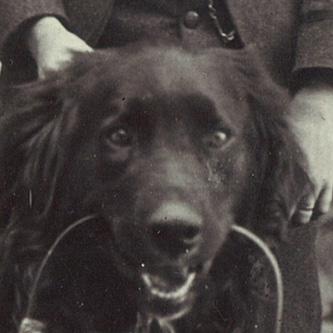

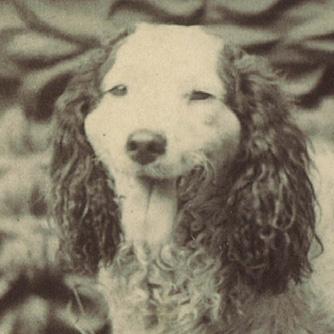
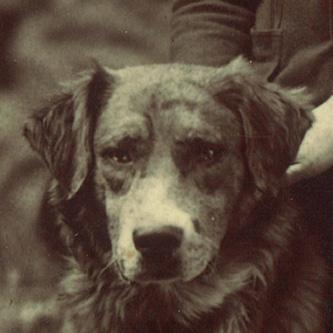
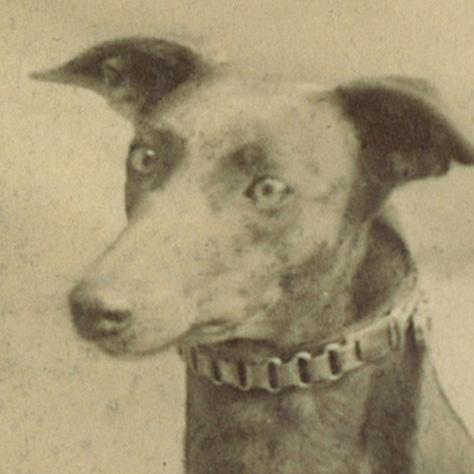

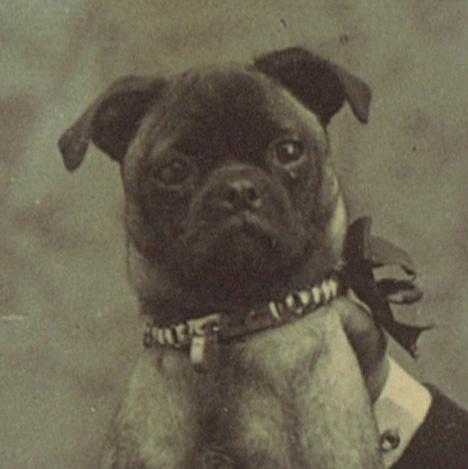
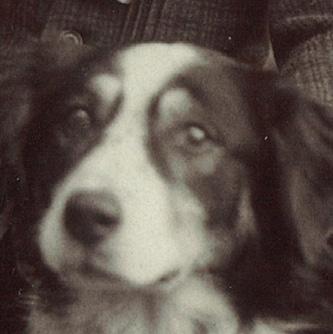
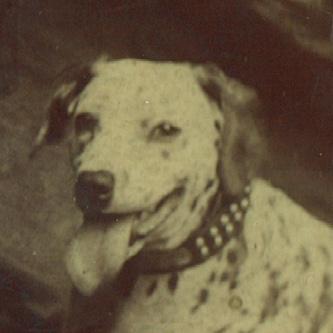

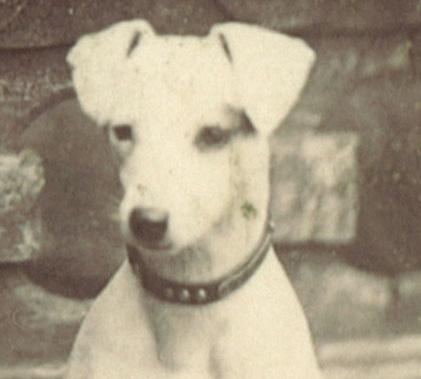

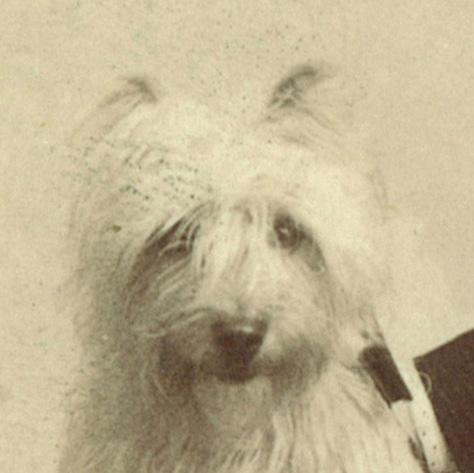
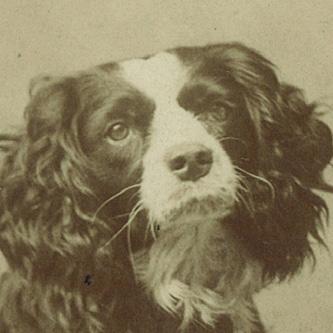
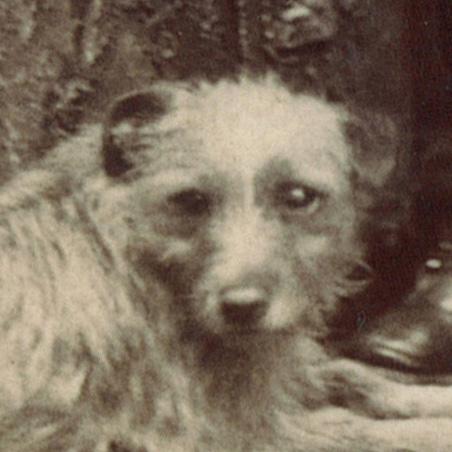
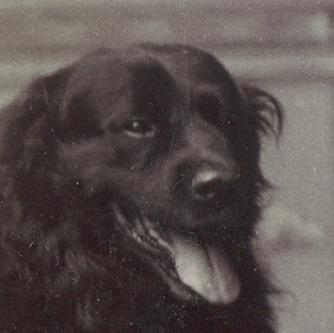

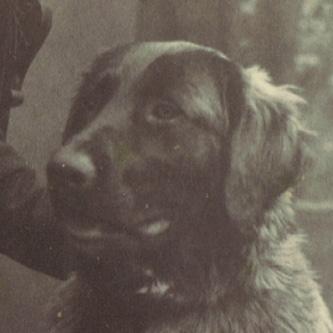
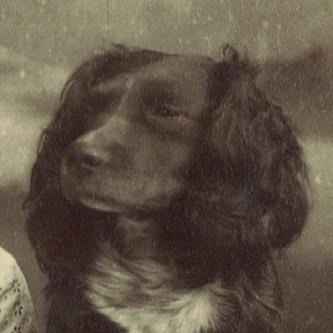
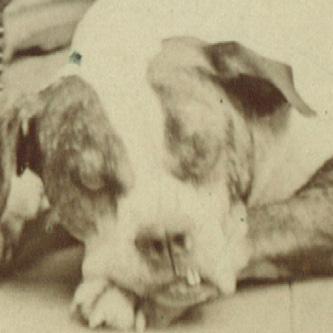


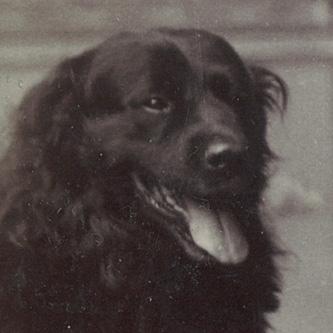

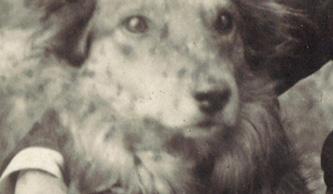
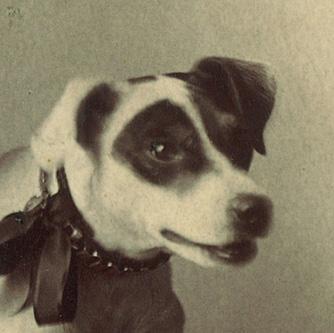
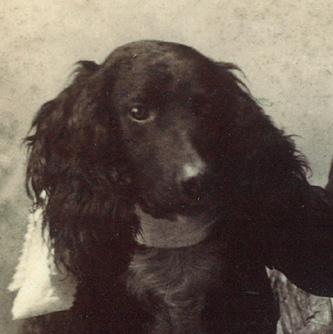

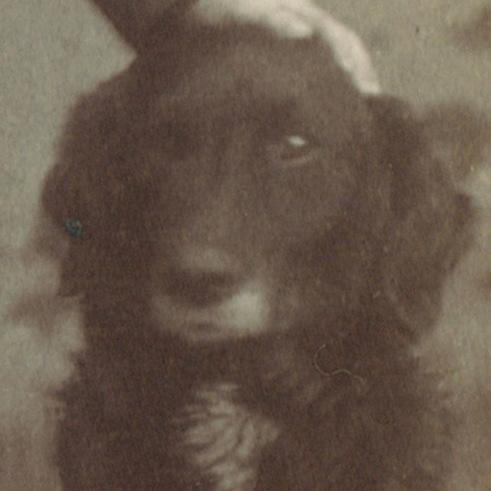



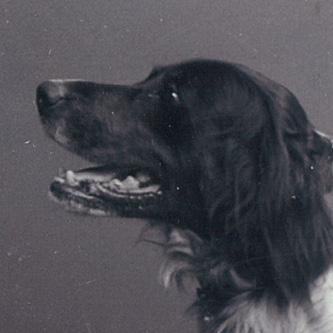
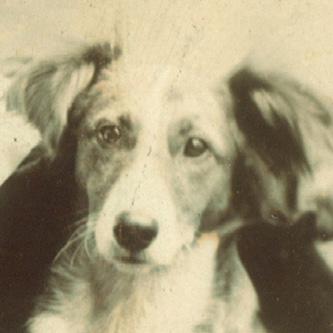
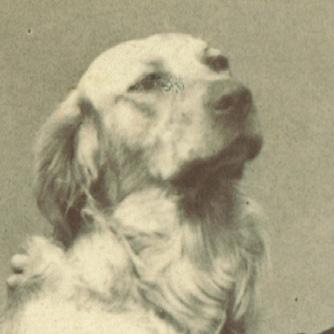

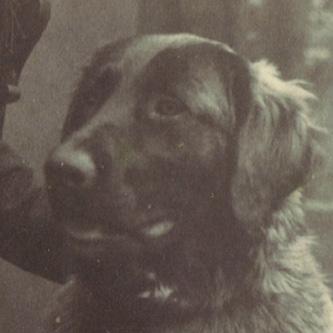
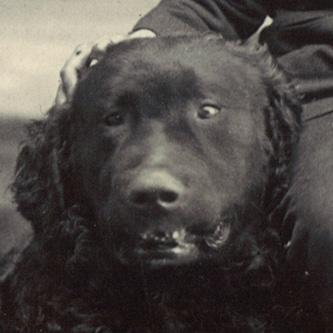
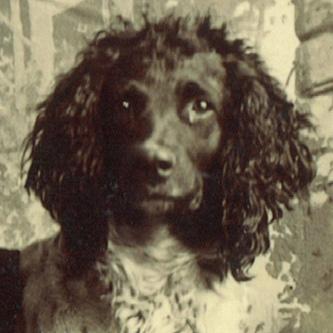
TIP FROM DOGGIE HEAVEN: Always be the good person your dog thinks you are!
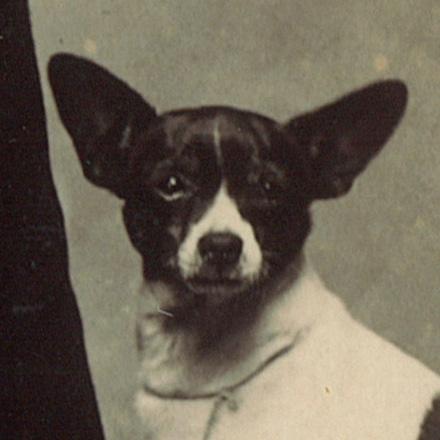
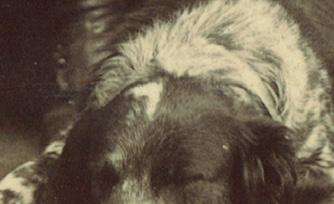
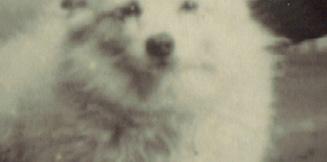
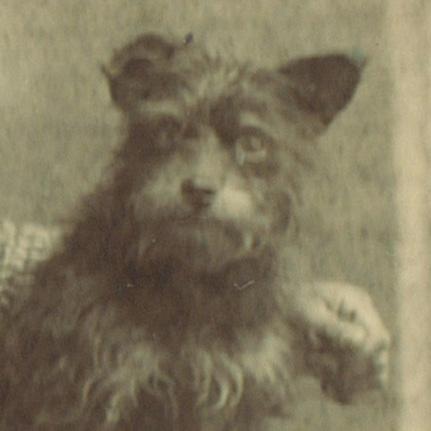
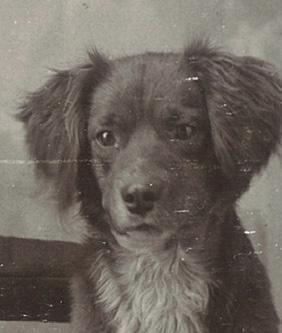

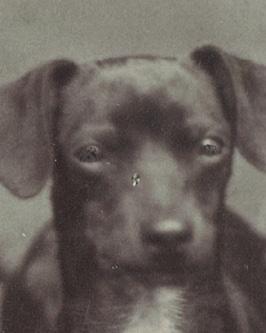


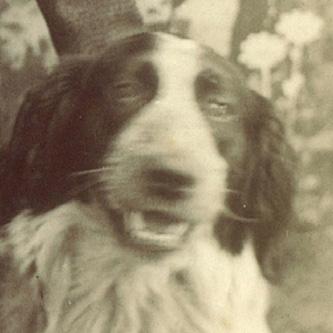
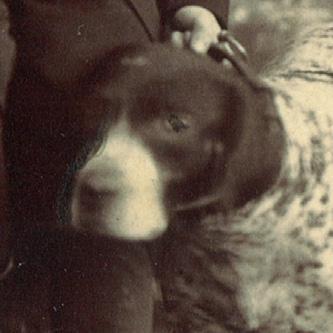
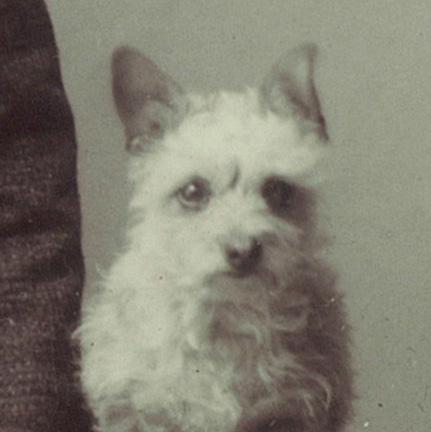
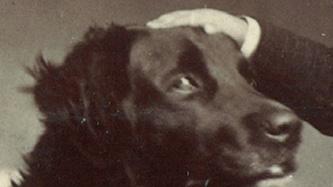
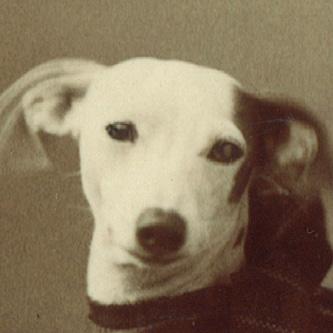
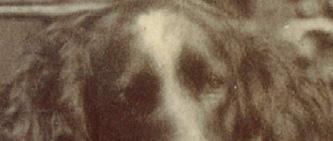



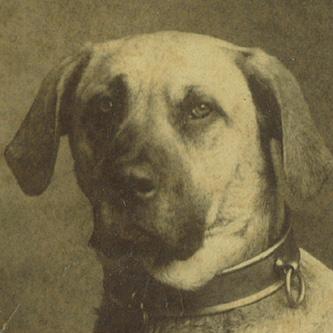
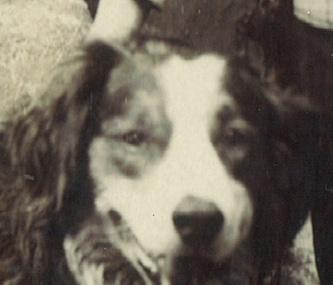
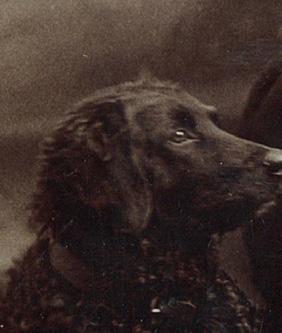
“You had me at woof.”
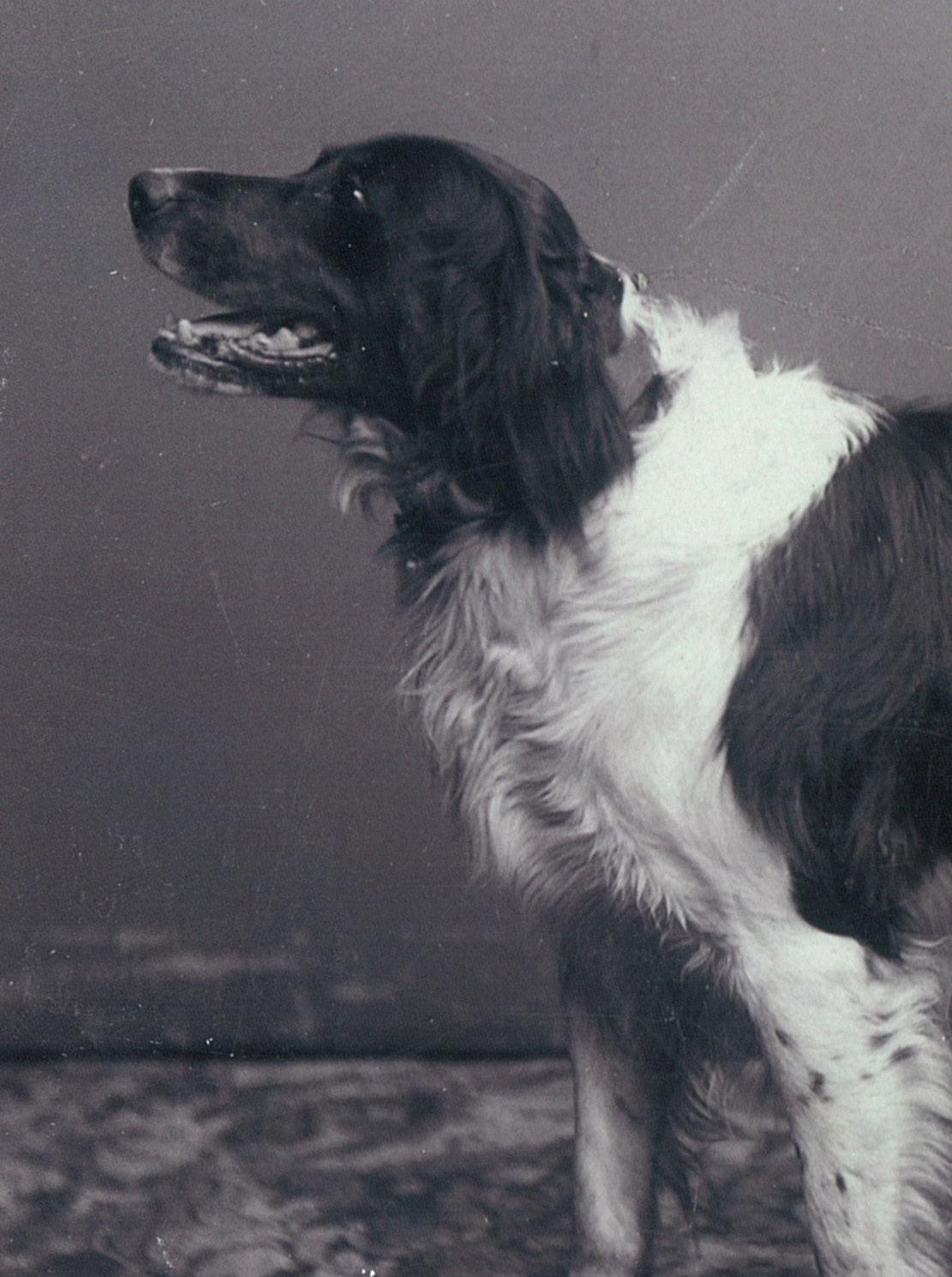
"Love is a four-legged word.”
“We have the ulti-mutt friendship.”
“Anything is paw-sible with a dog by your side.”
“Dogs are not our whole life, but they make our lives whole.”
“This friendship is fur real.”
“Just taking some time to paws and reflect.”
“Dogs are a girl’s best friend.”
“My dog thinks that she’s always on vacation.”
“Everyone thinks they have the best dog. And none of them are wrong”
“Life goals: pet all the dogs.”
“My therapist has four legs and a tail.”
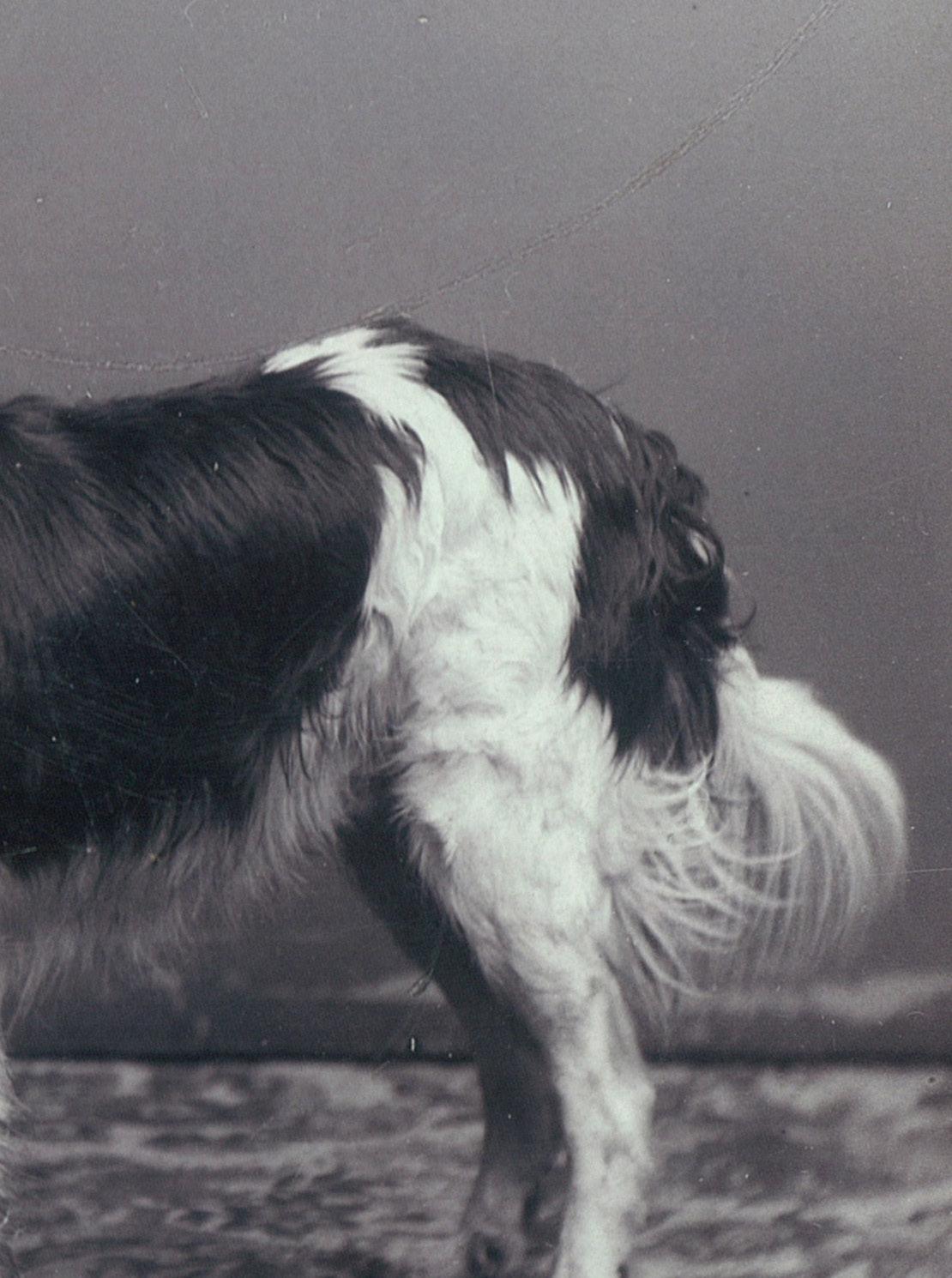
“Raise your paw. Who’s up for an adventure?”
“Dogs are the universe’s way of apologizing for your relatives.”
“Keep calm and bark on.”
“Dogs just make things better.”
“Just can’t escape the pup-arazzi.”
“You can’t buy happiness, but you can rescue it.”
“If there are no dogs in heaven, I don’t want to go.”
SOURCE: Instagram
“Please, hold your appaws.”
“Saving one dog will not change the world, but surely for that dog, the world will change forever.”
Anonymous
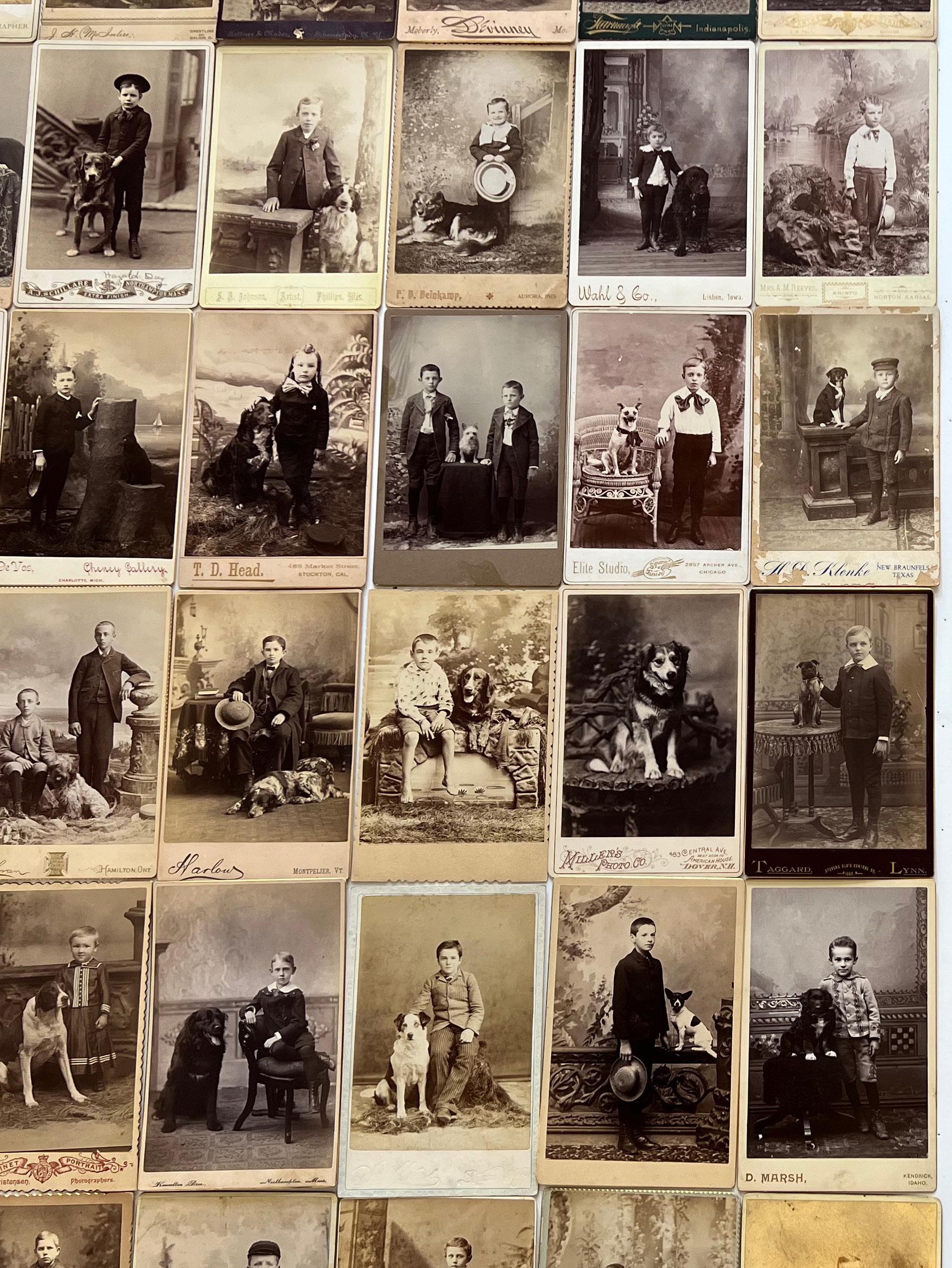
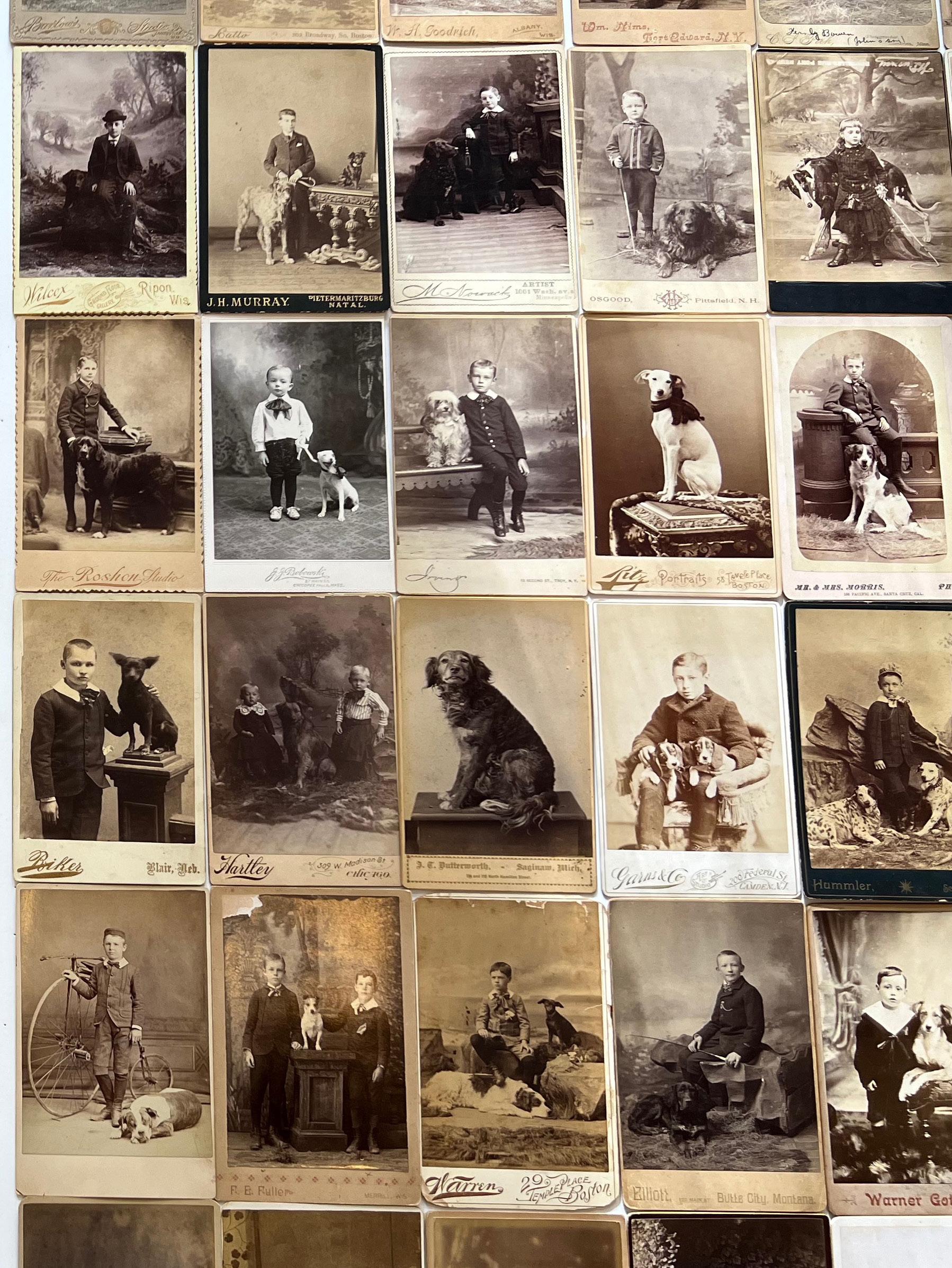
In the 19th century, before the camera became small and mobile, people had to go to where the camera was to have their picture taken. Within this book are two parallel journeys: one of boyhood and the other a dog’s life.
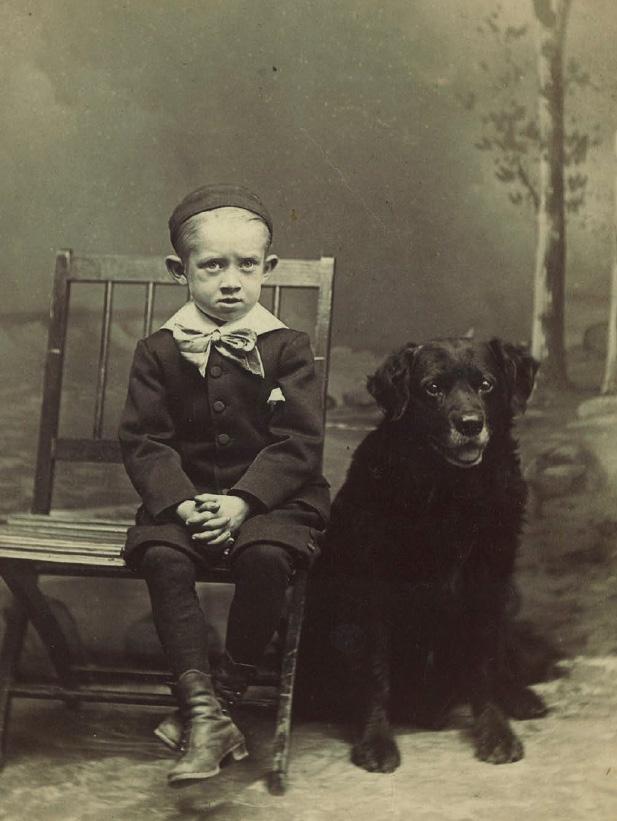
INSIDE: 200 DOGS! 3 CATS! TIMELINE 1866-1900
CODE See DIFFICULT TRUTHS Page 126